Since its introduction as a concept car at the 1989 North American International Auto Show in Detroit, the Dodge Viper has captured the hearts and imagination of enthusiasts around the globe. It has also captured its share of trophies on the track as a three-time FIA GT2 and Le Mans class champion.
2003 Dodge Viper SRT10
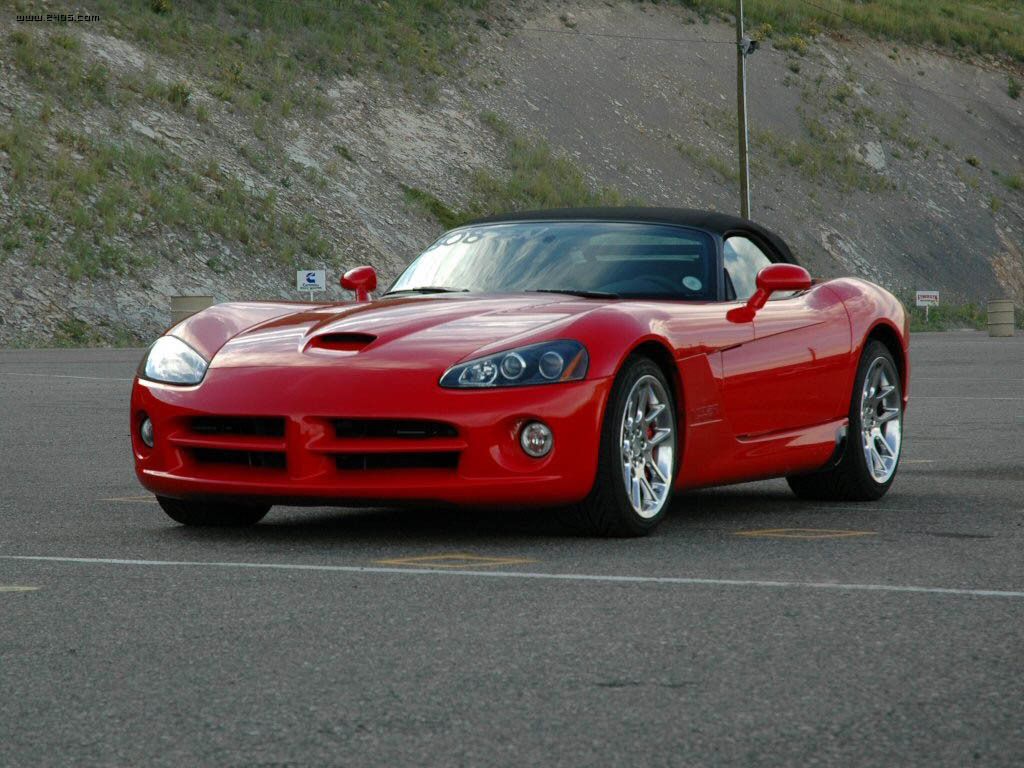

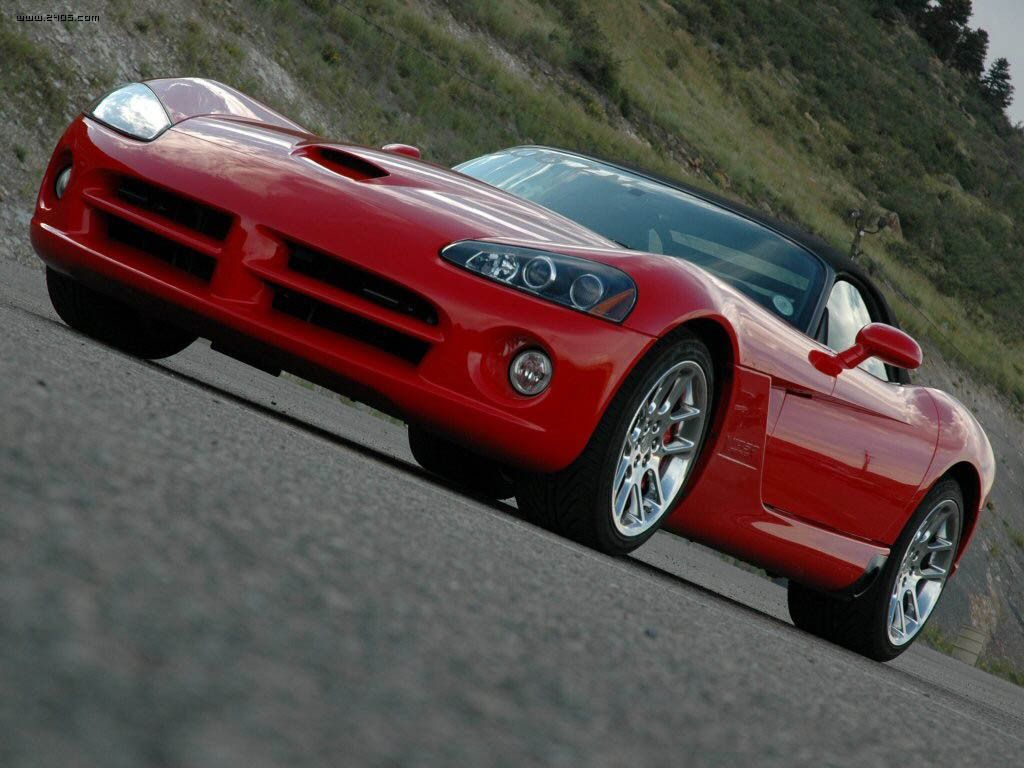
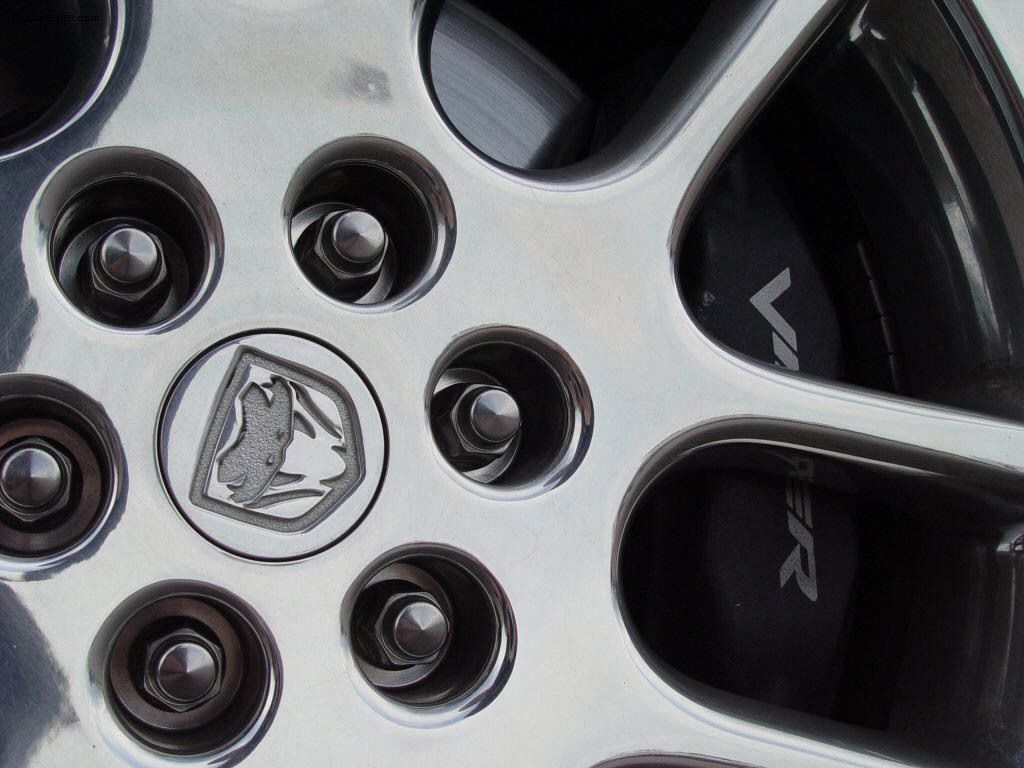
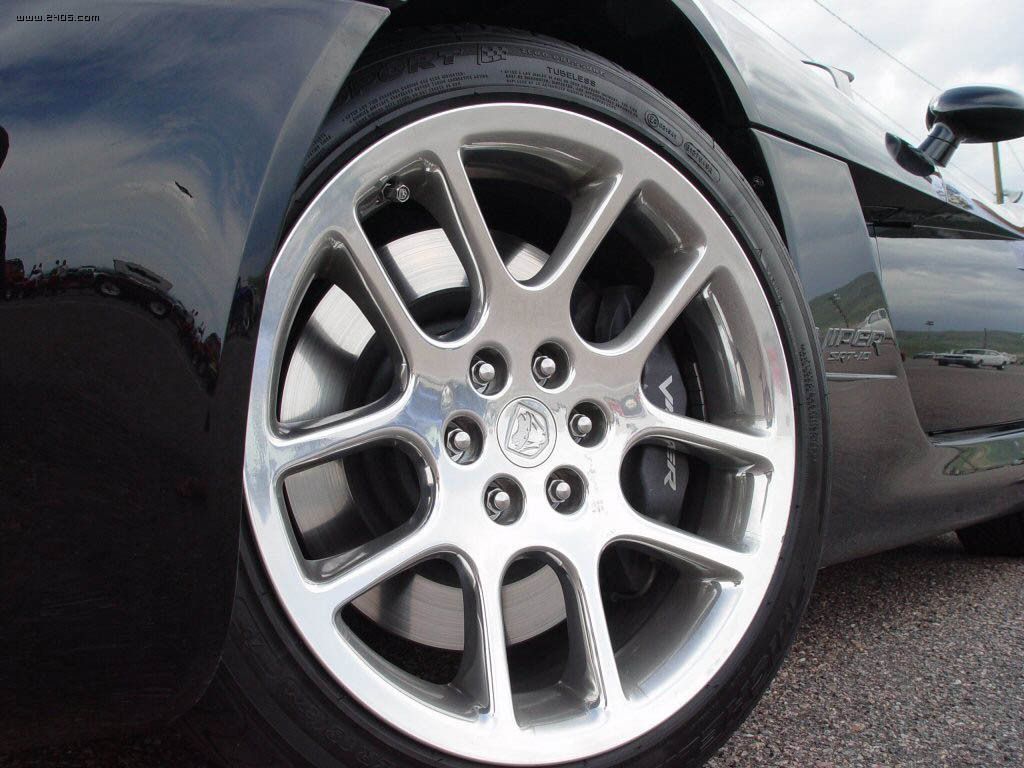
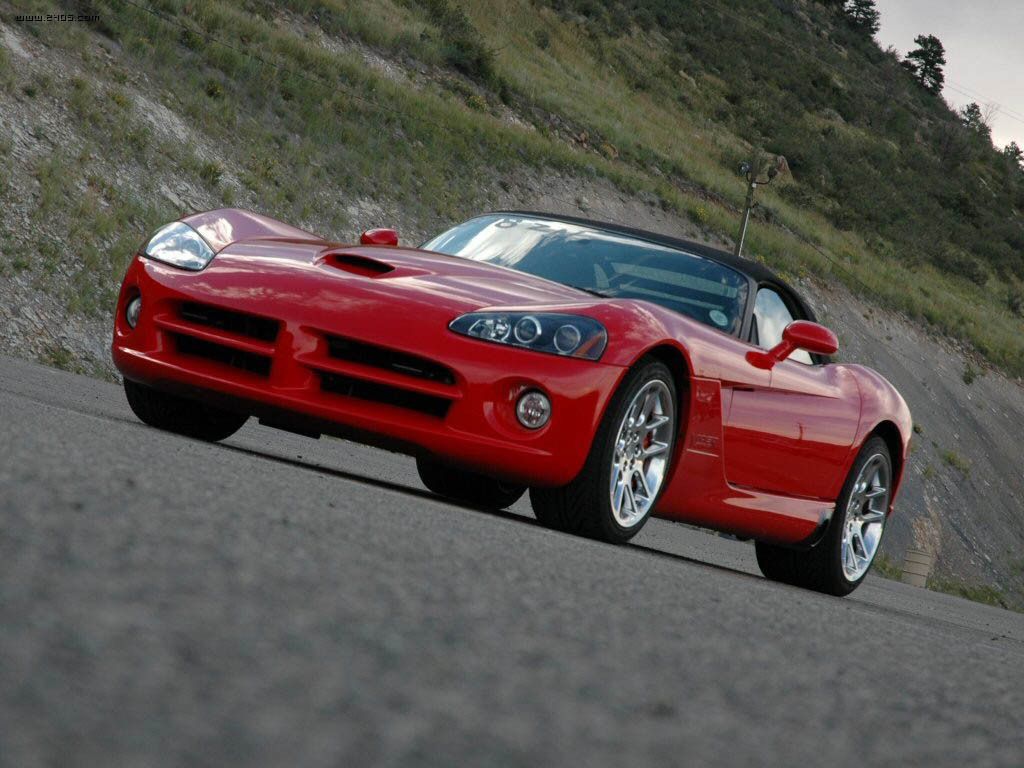
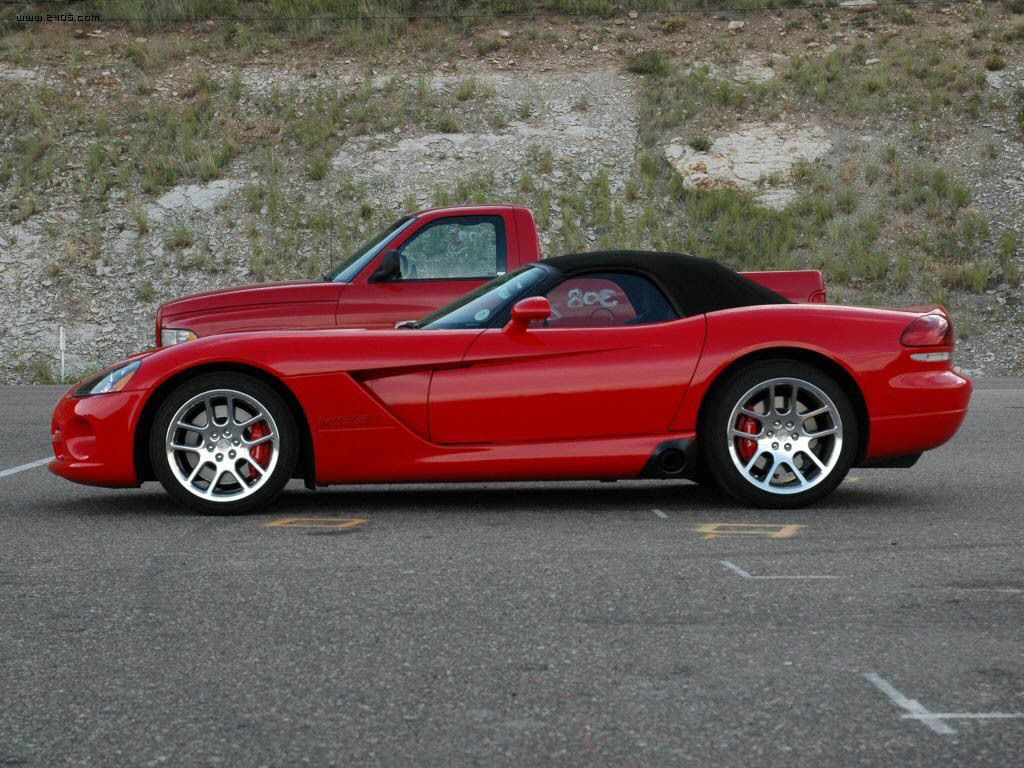
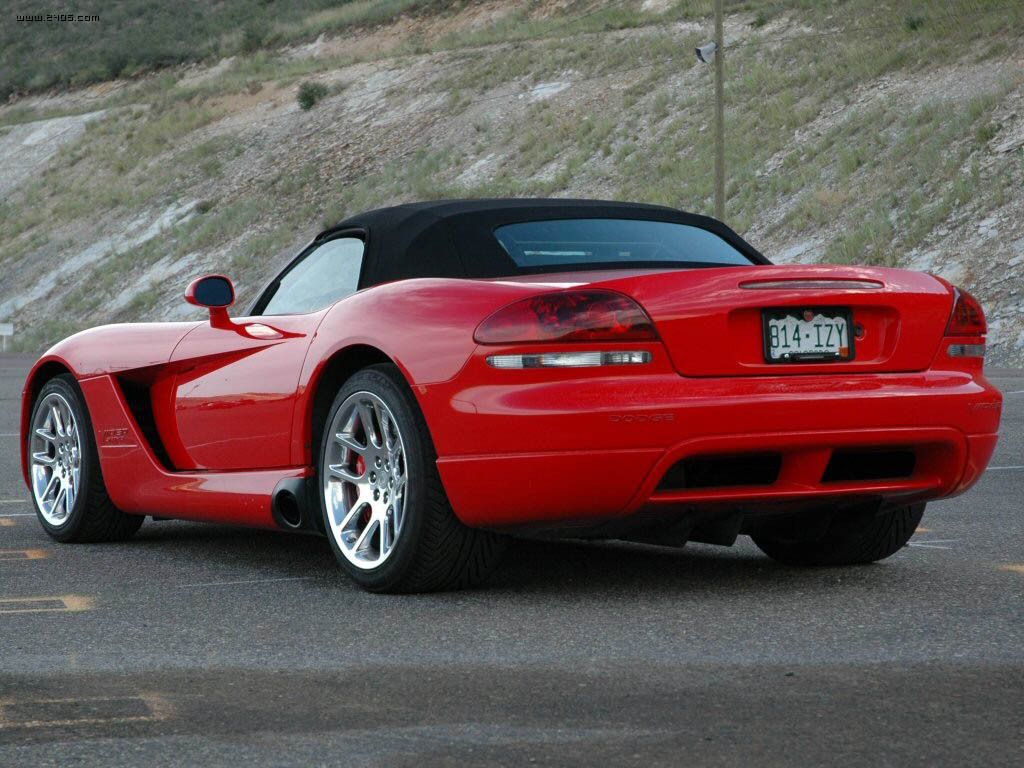
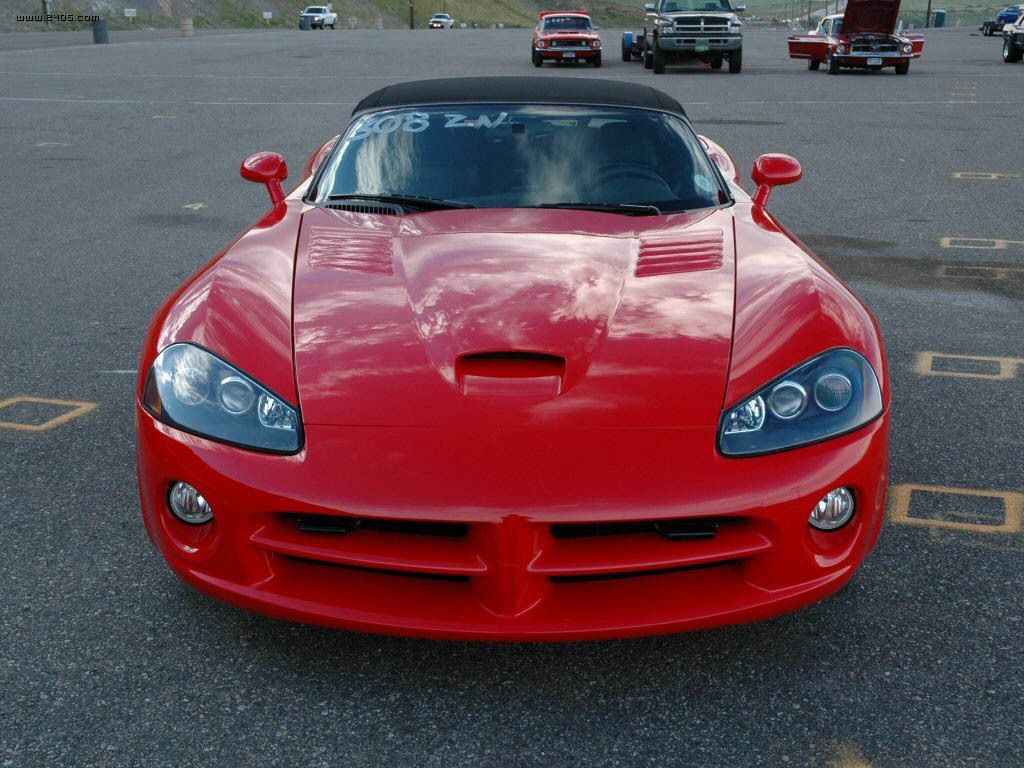
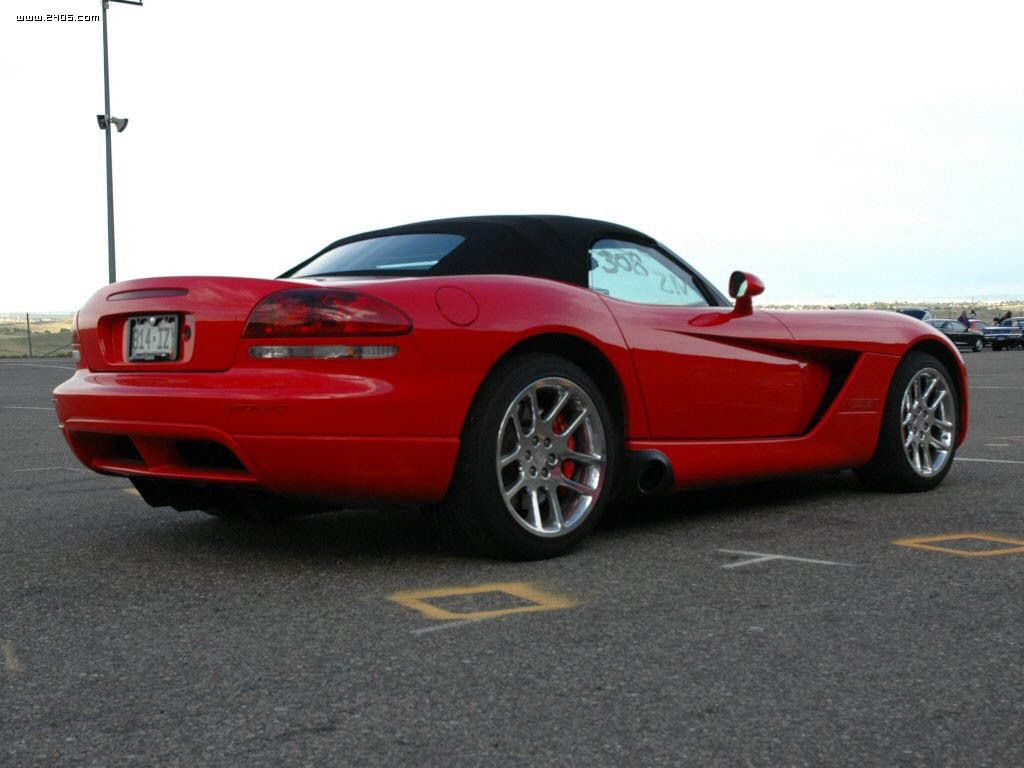
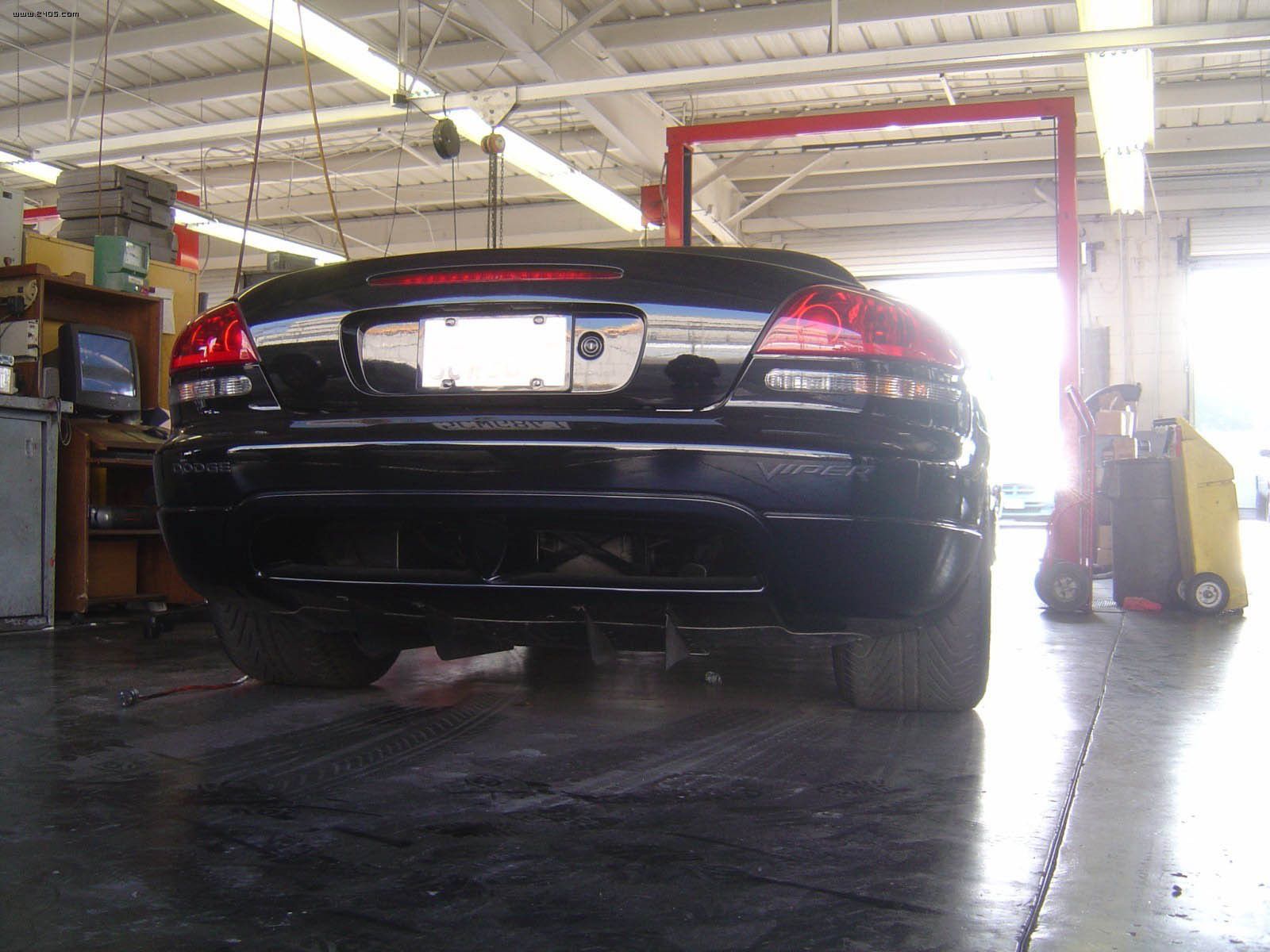
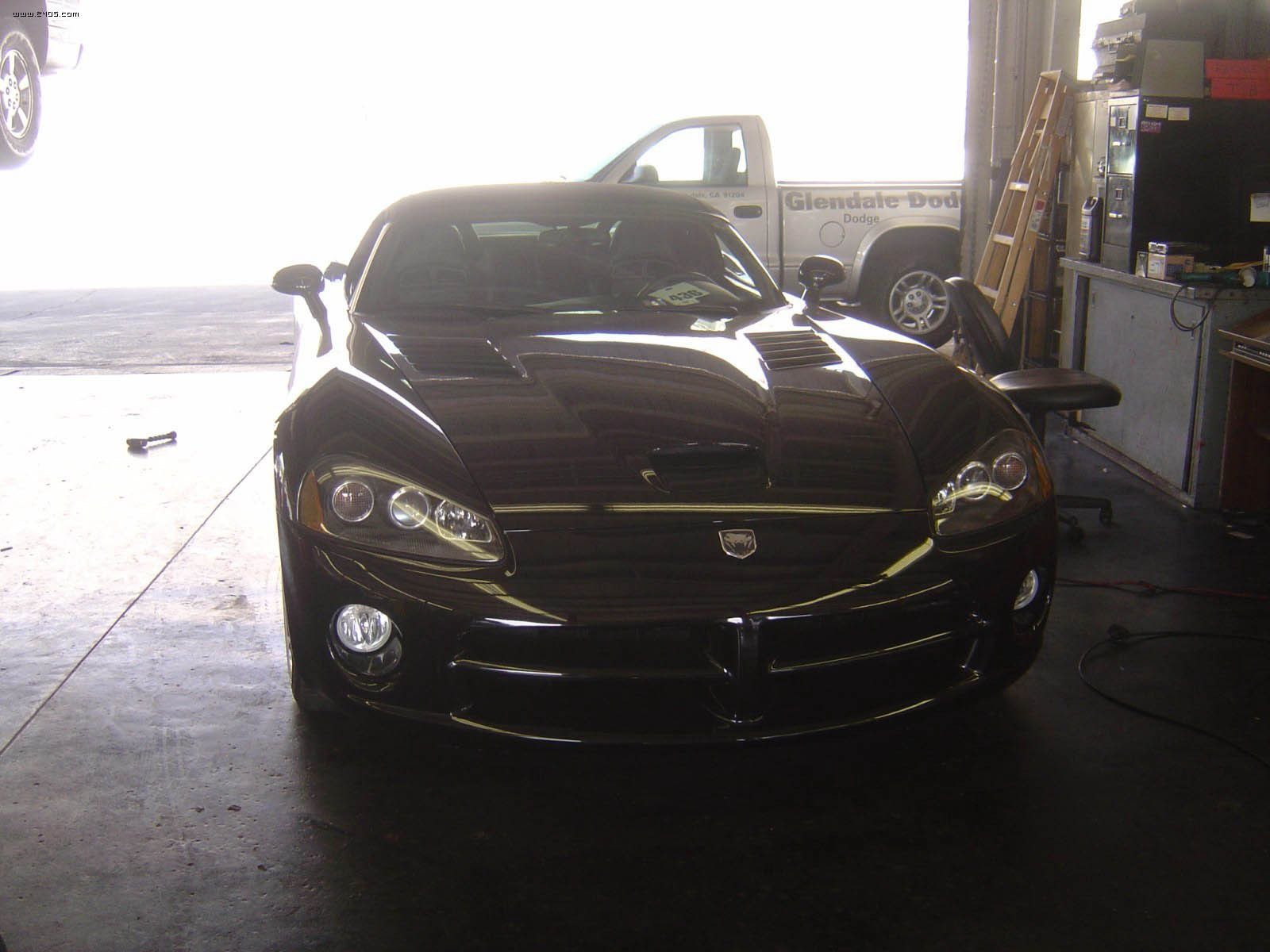
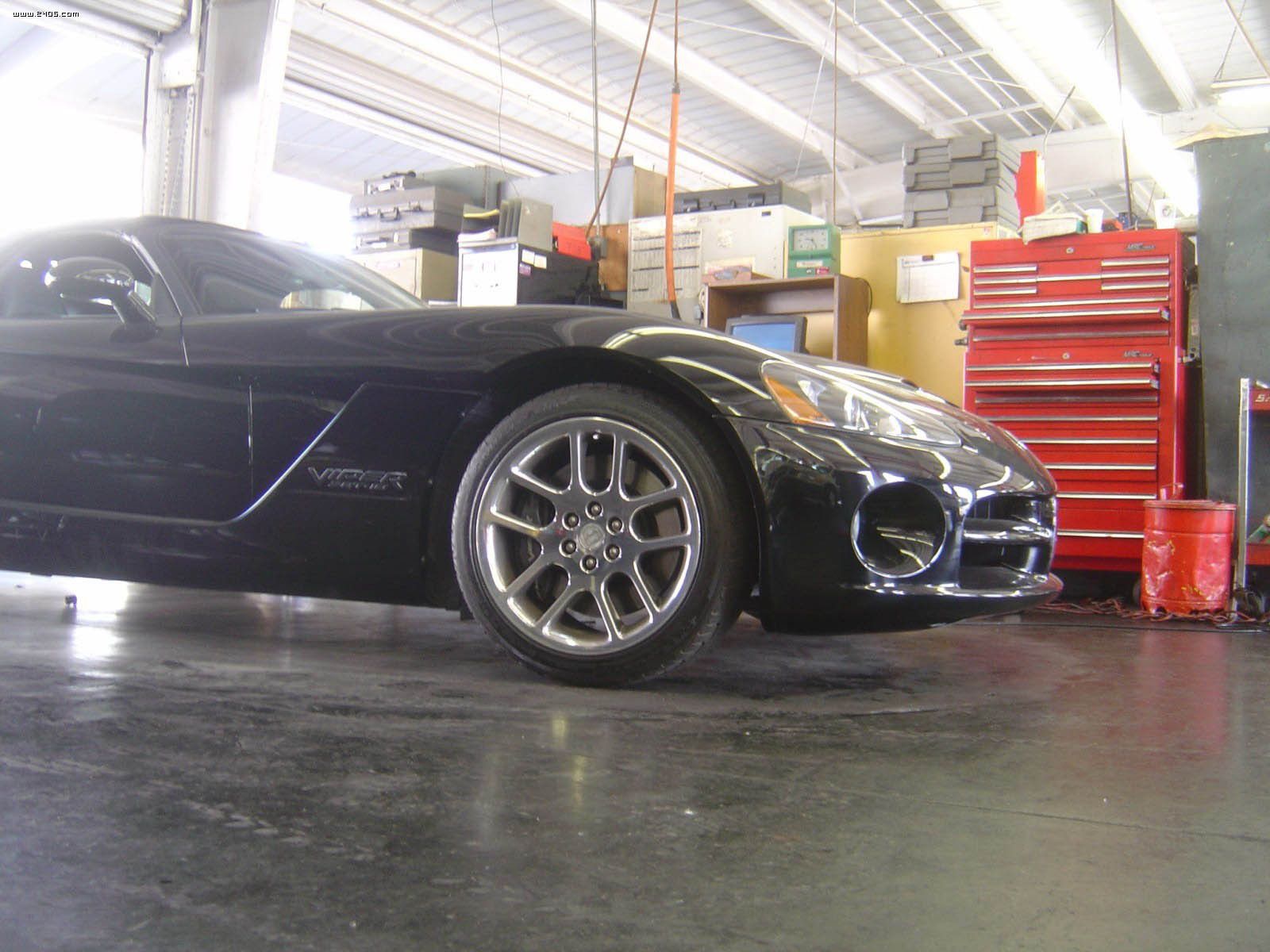
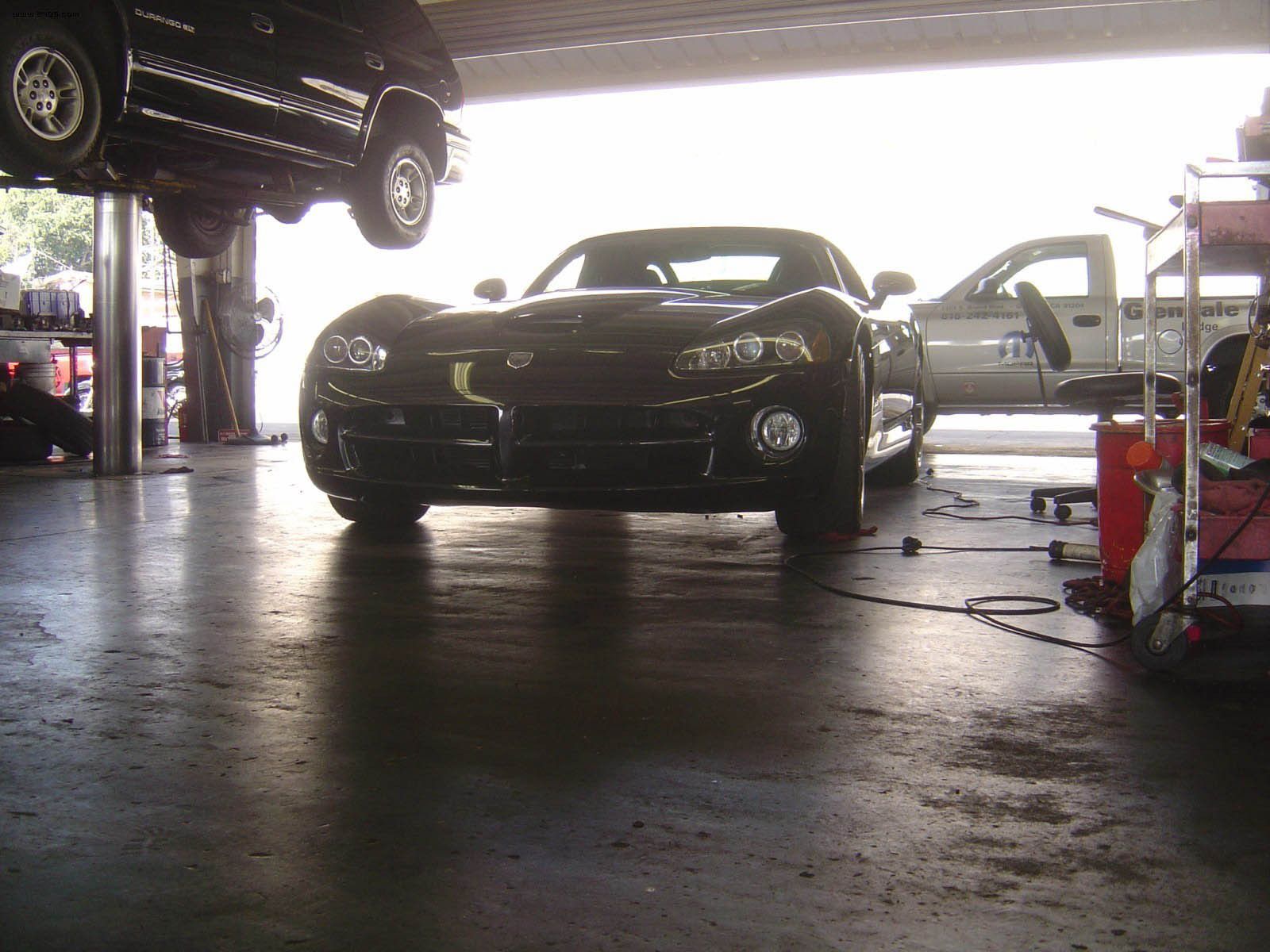
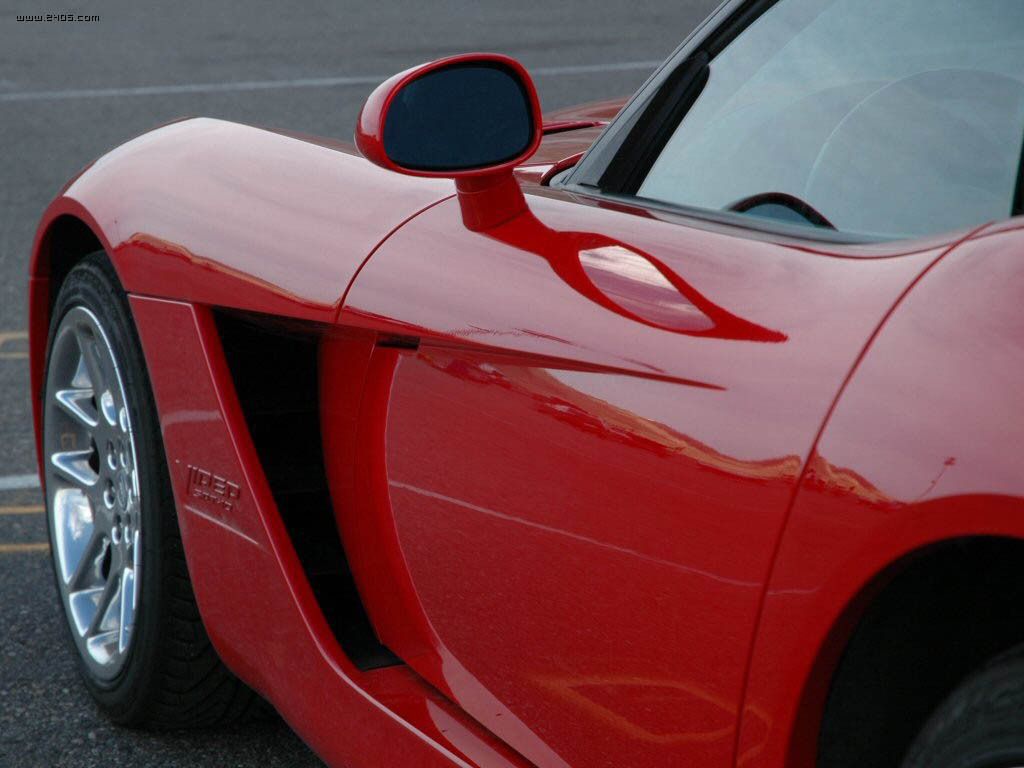
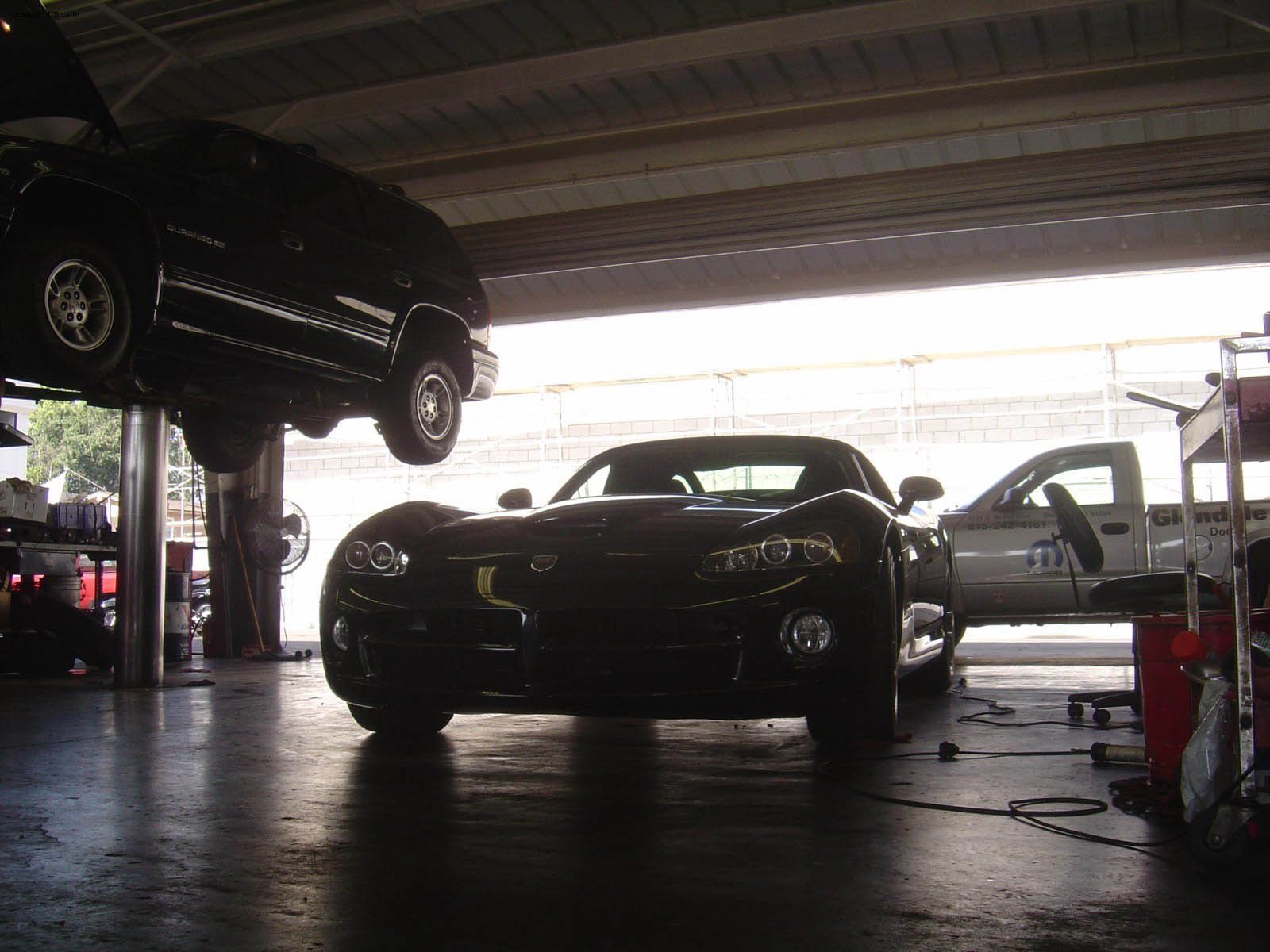
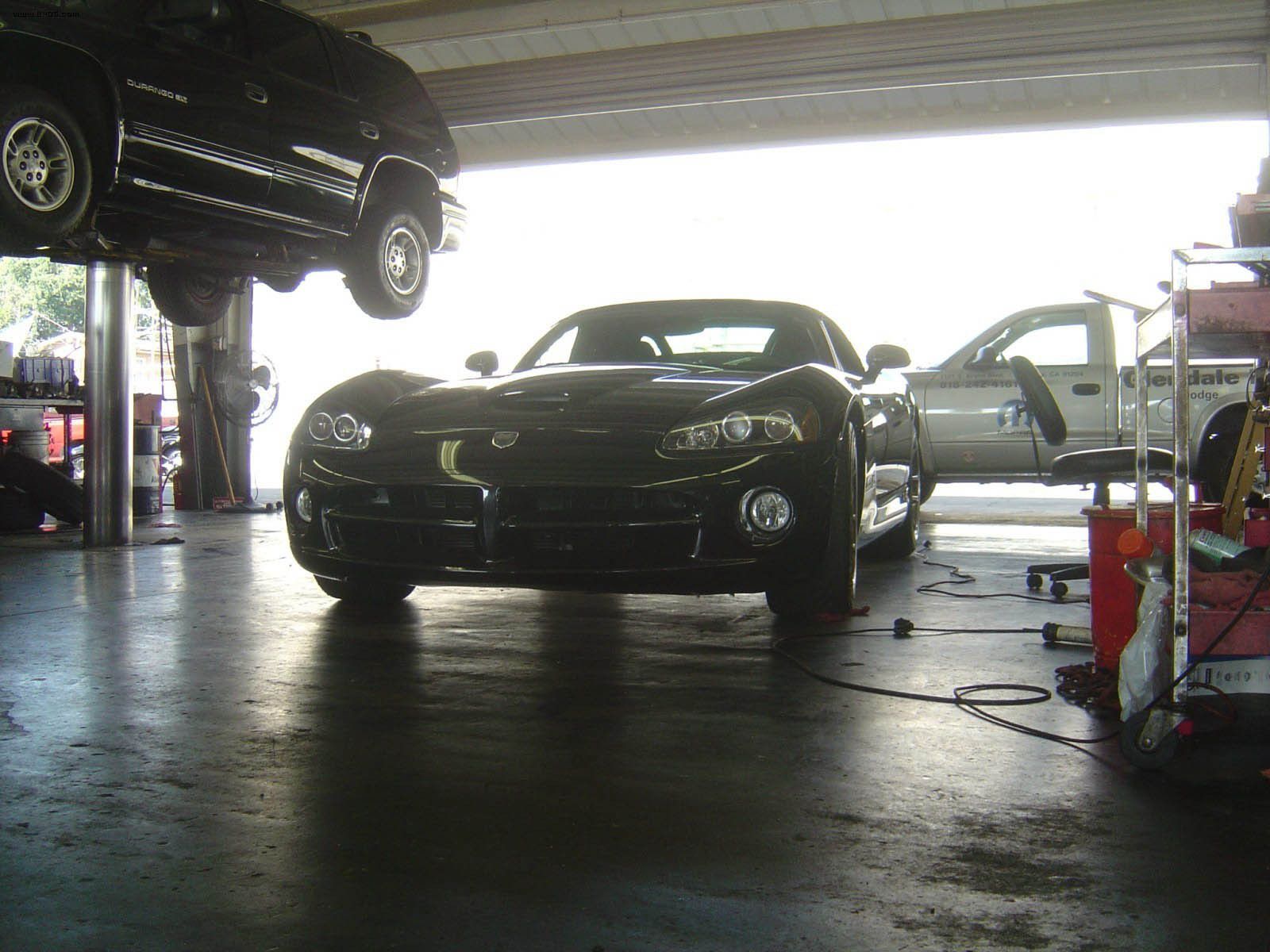
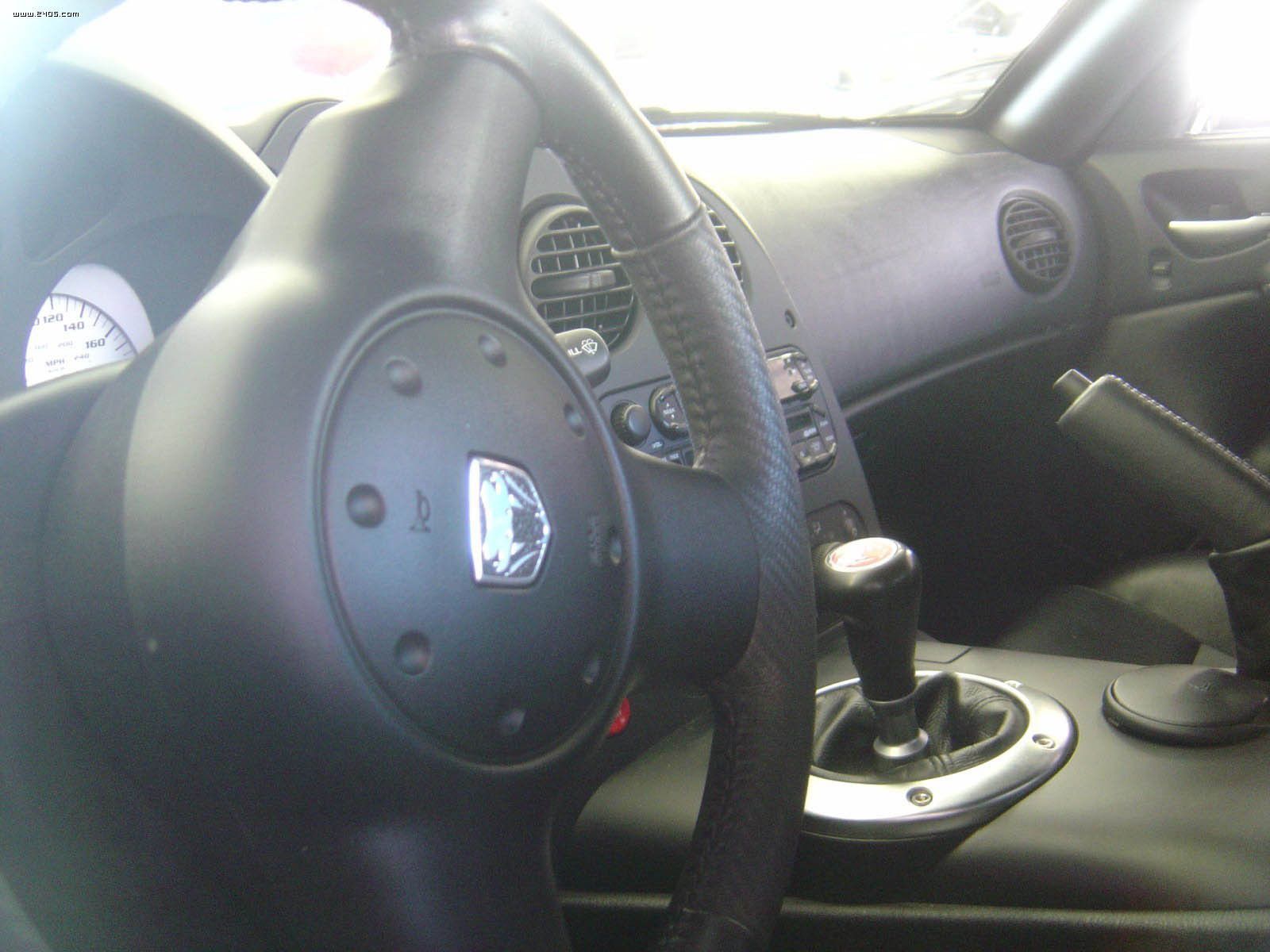
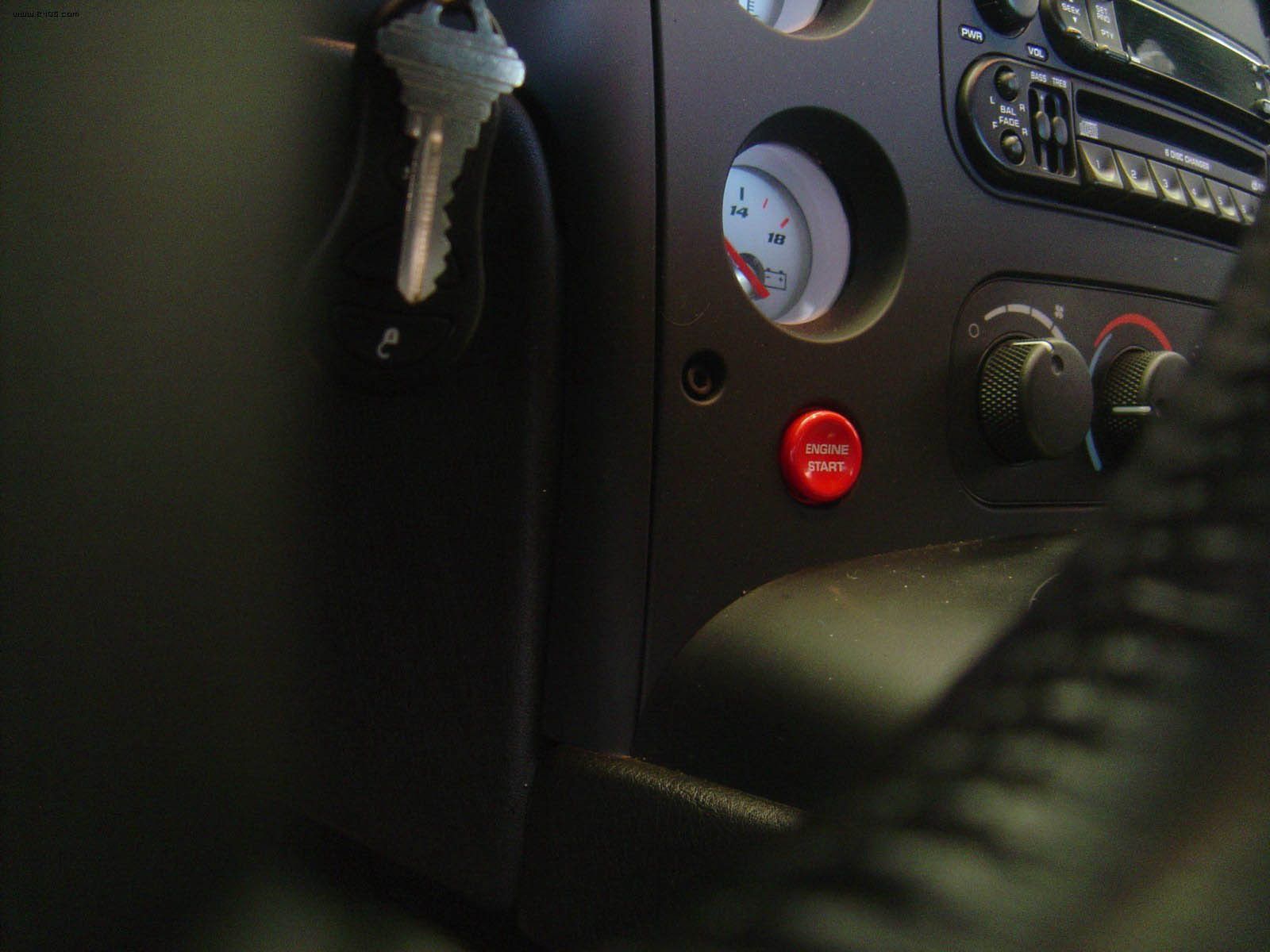
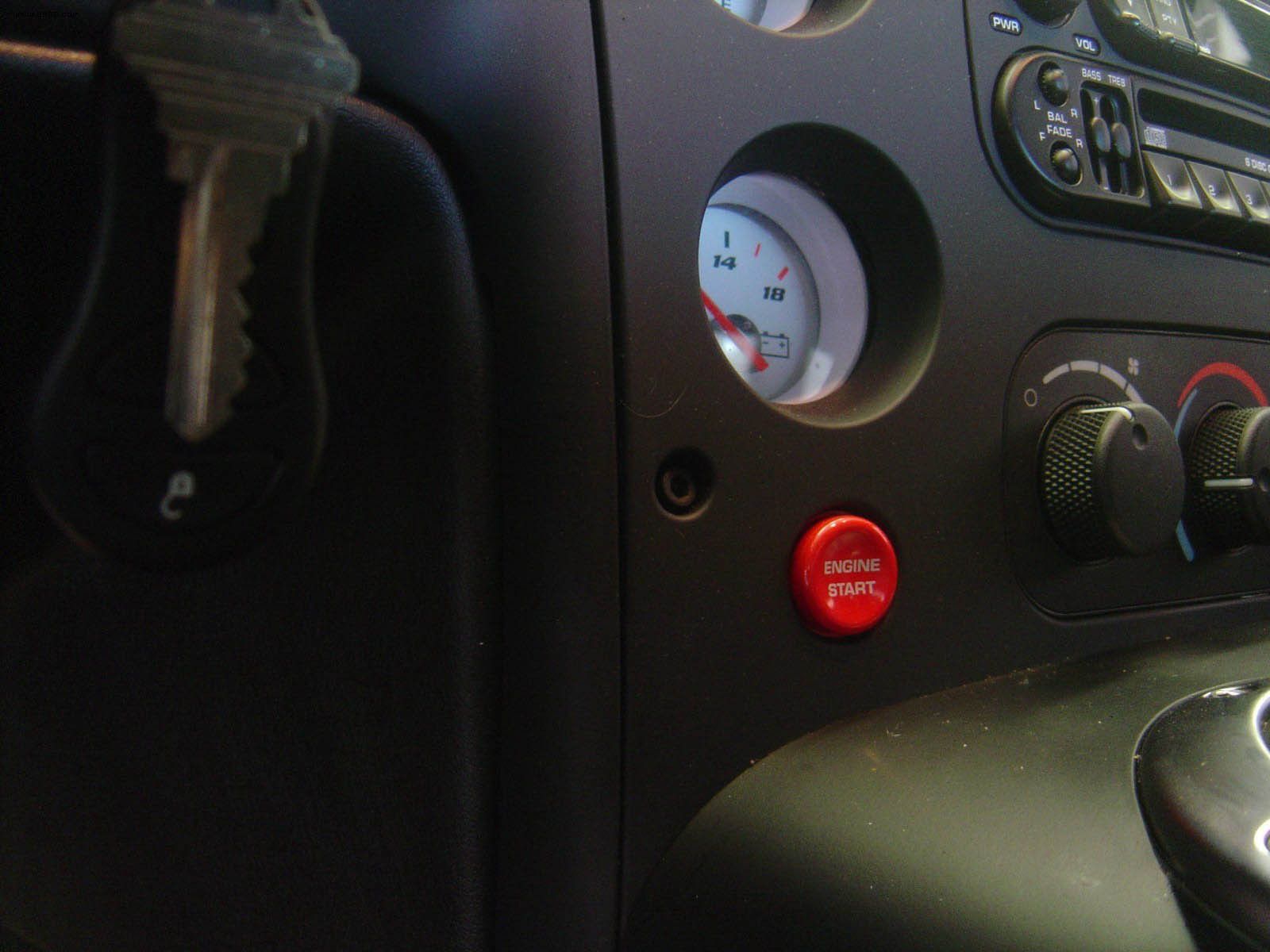
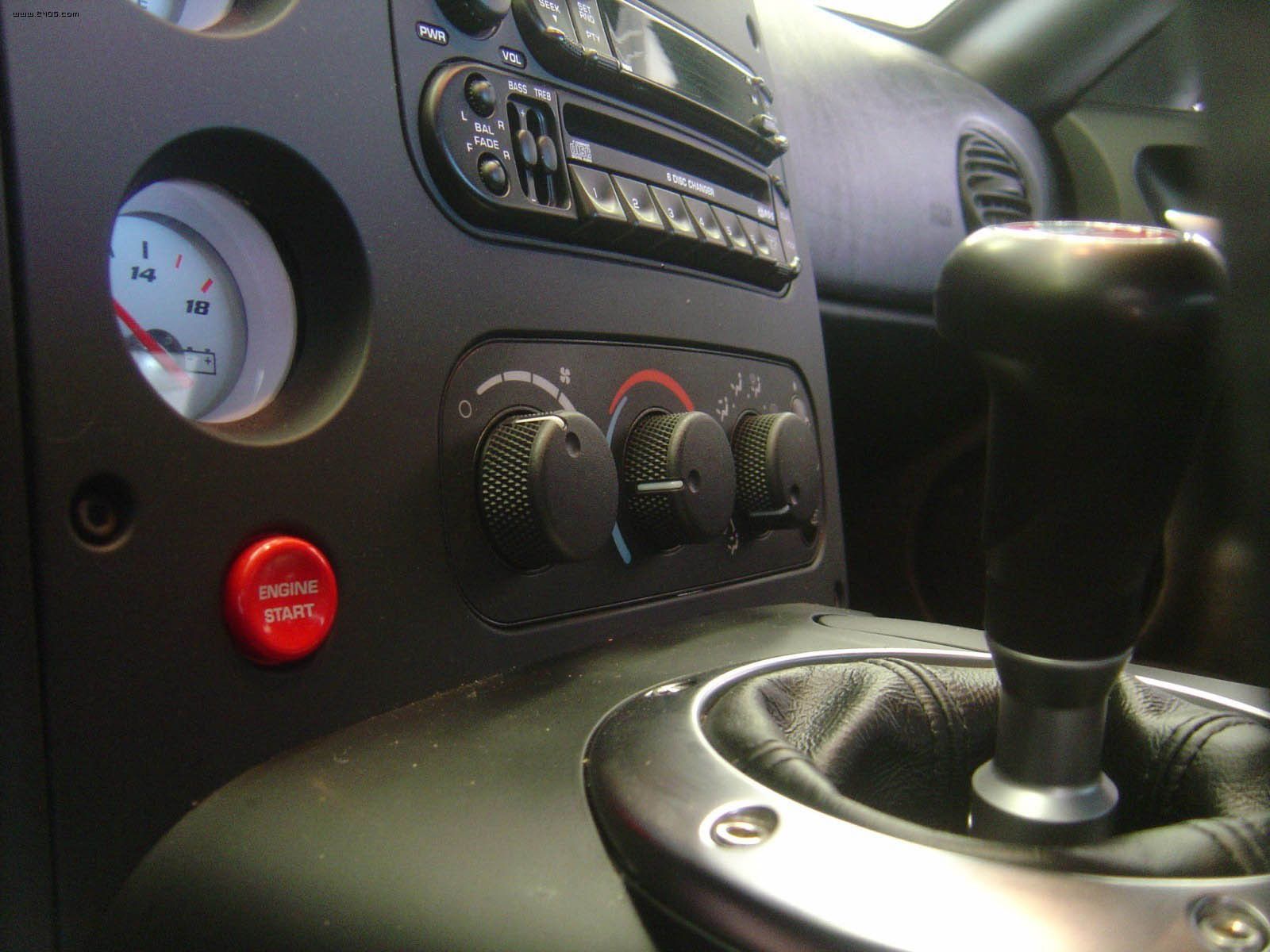
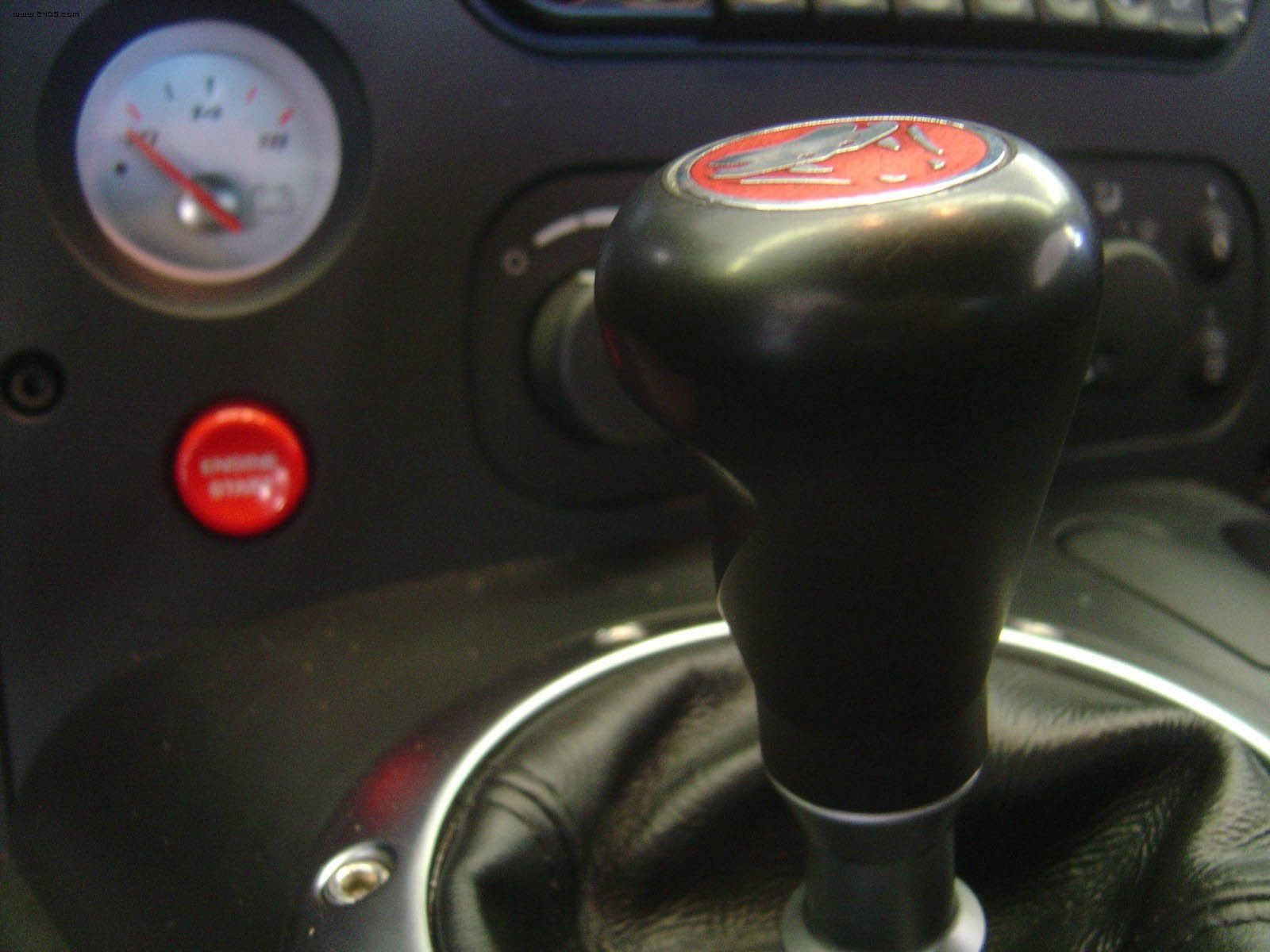
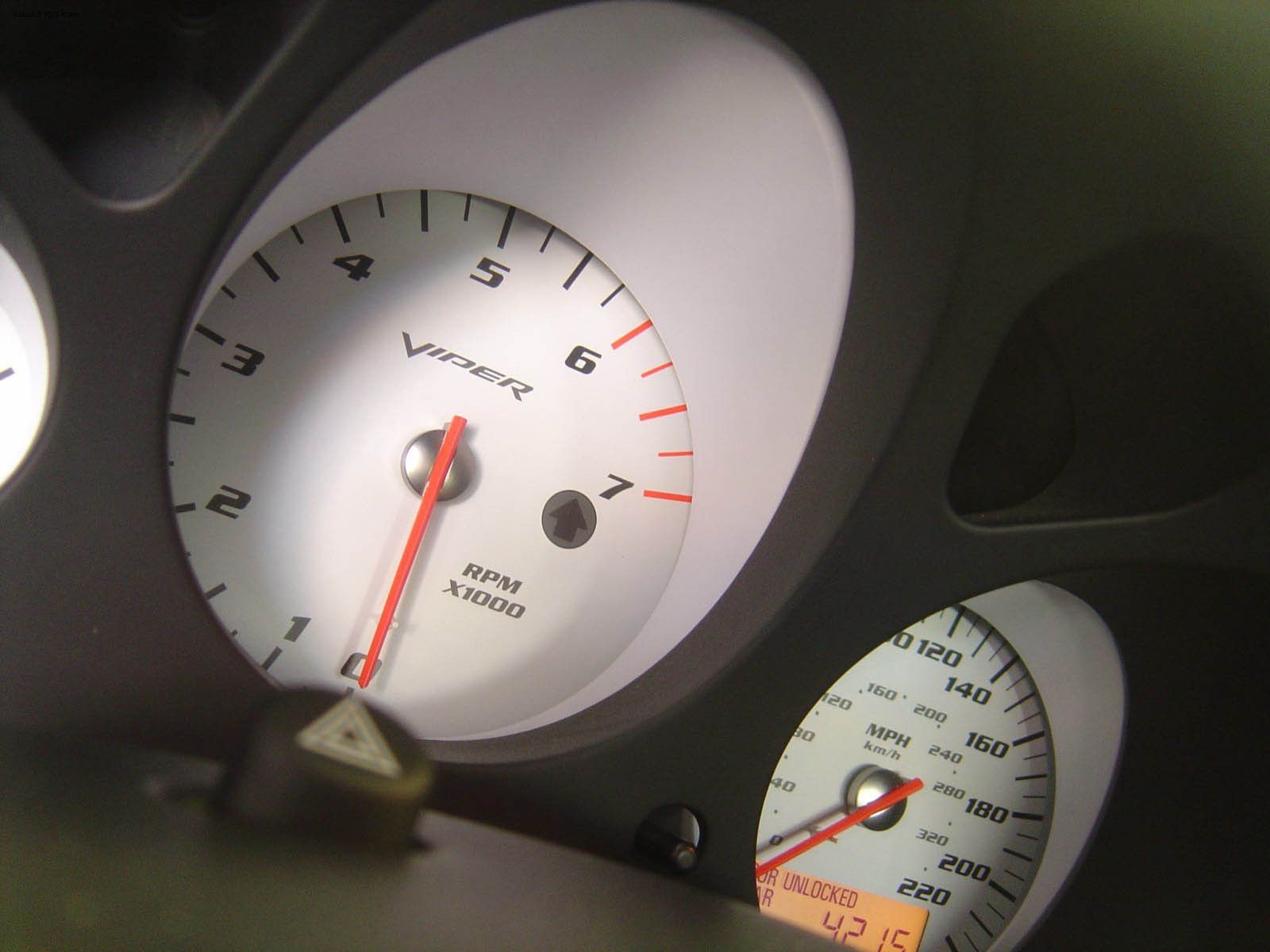
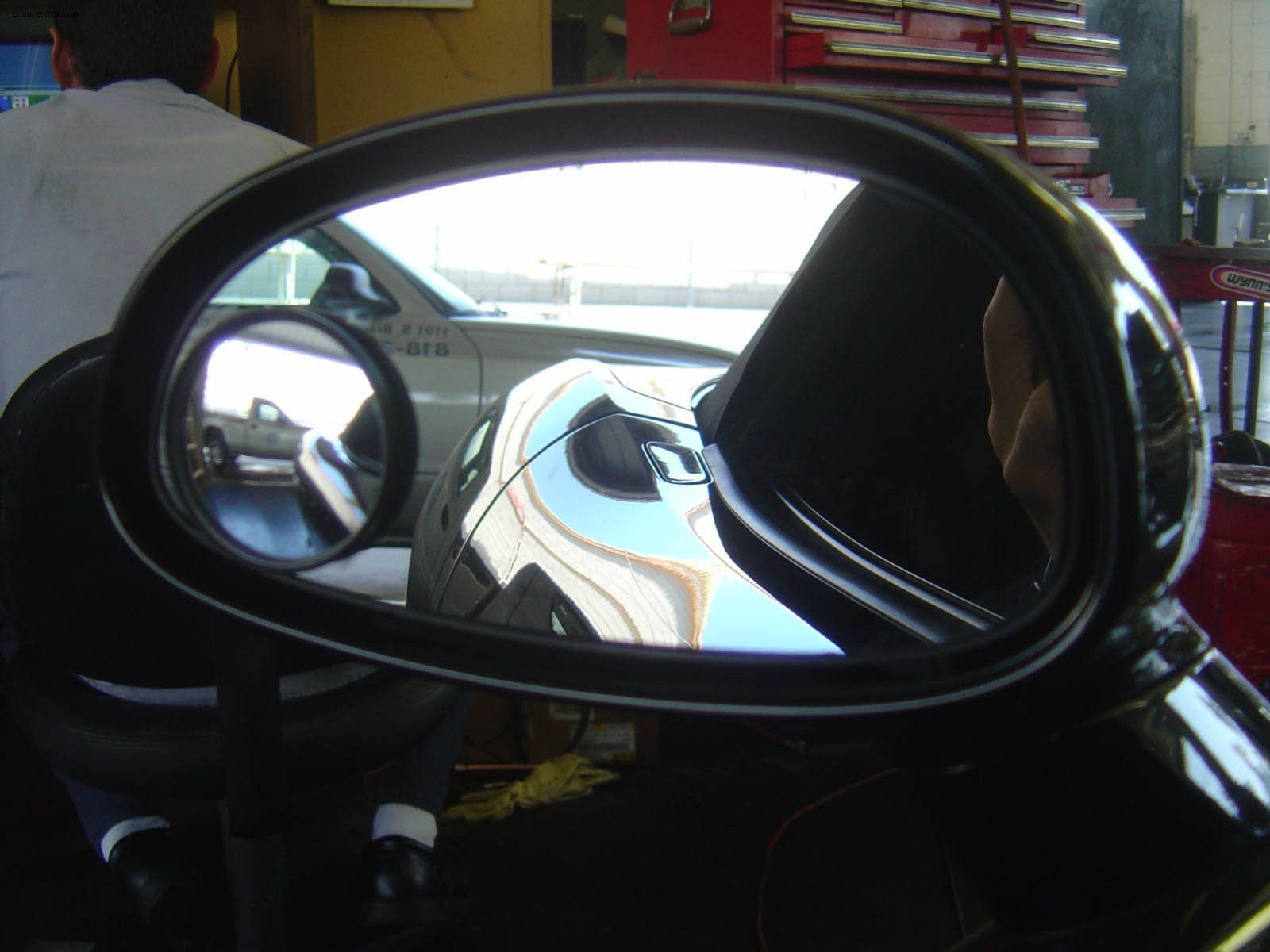
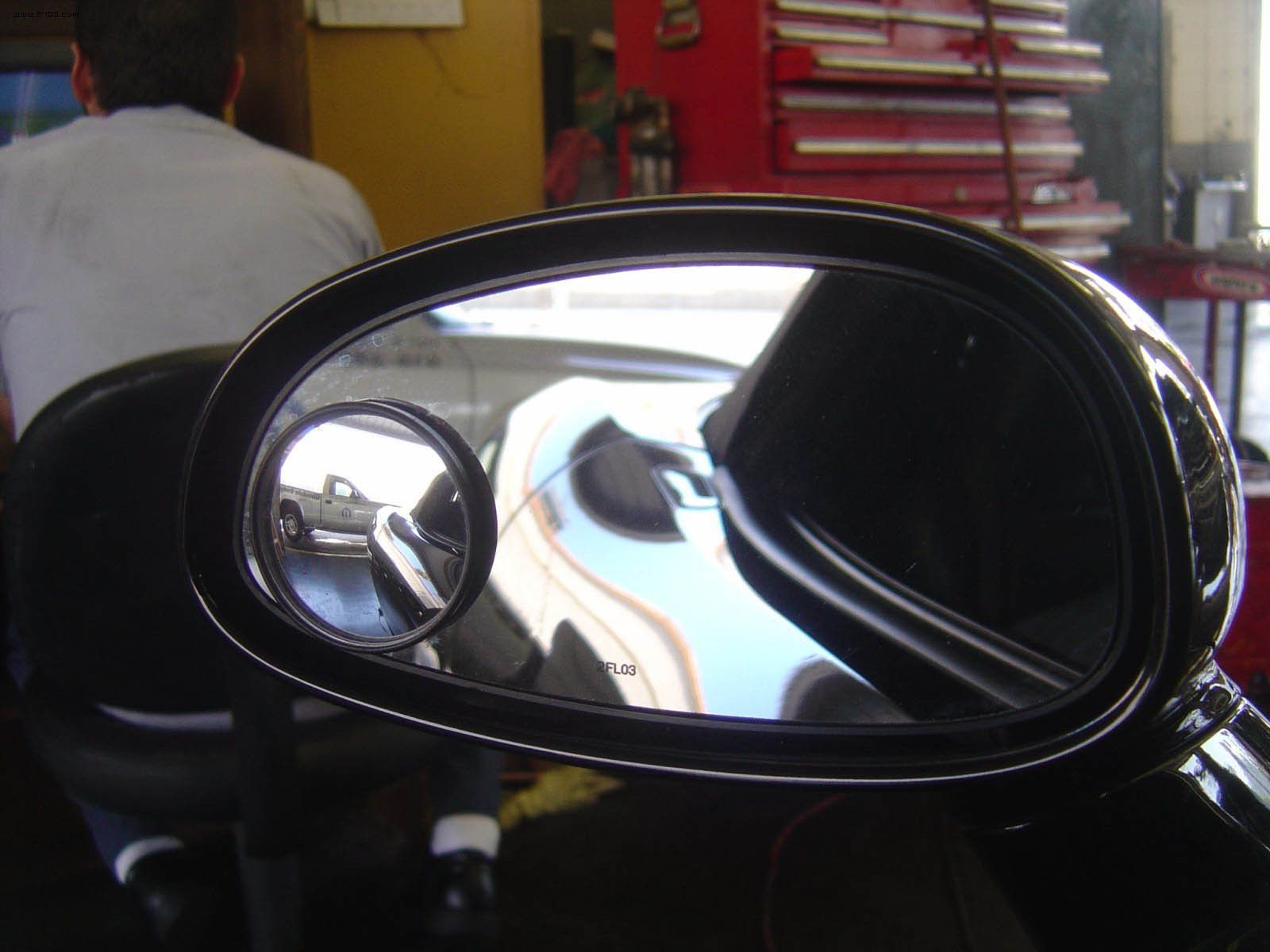
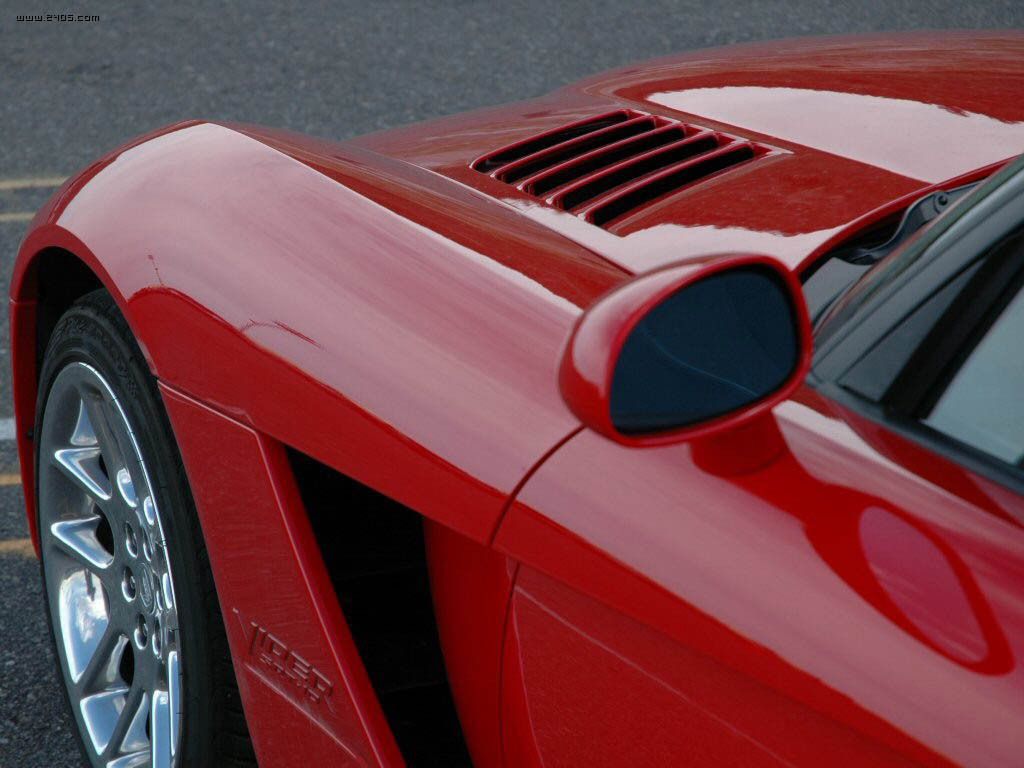
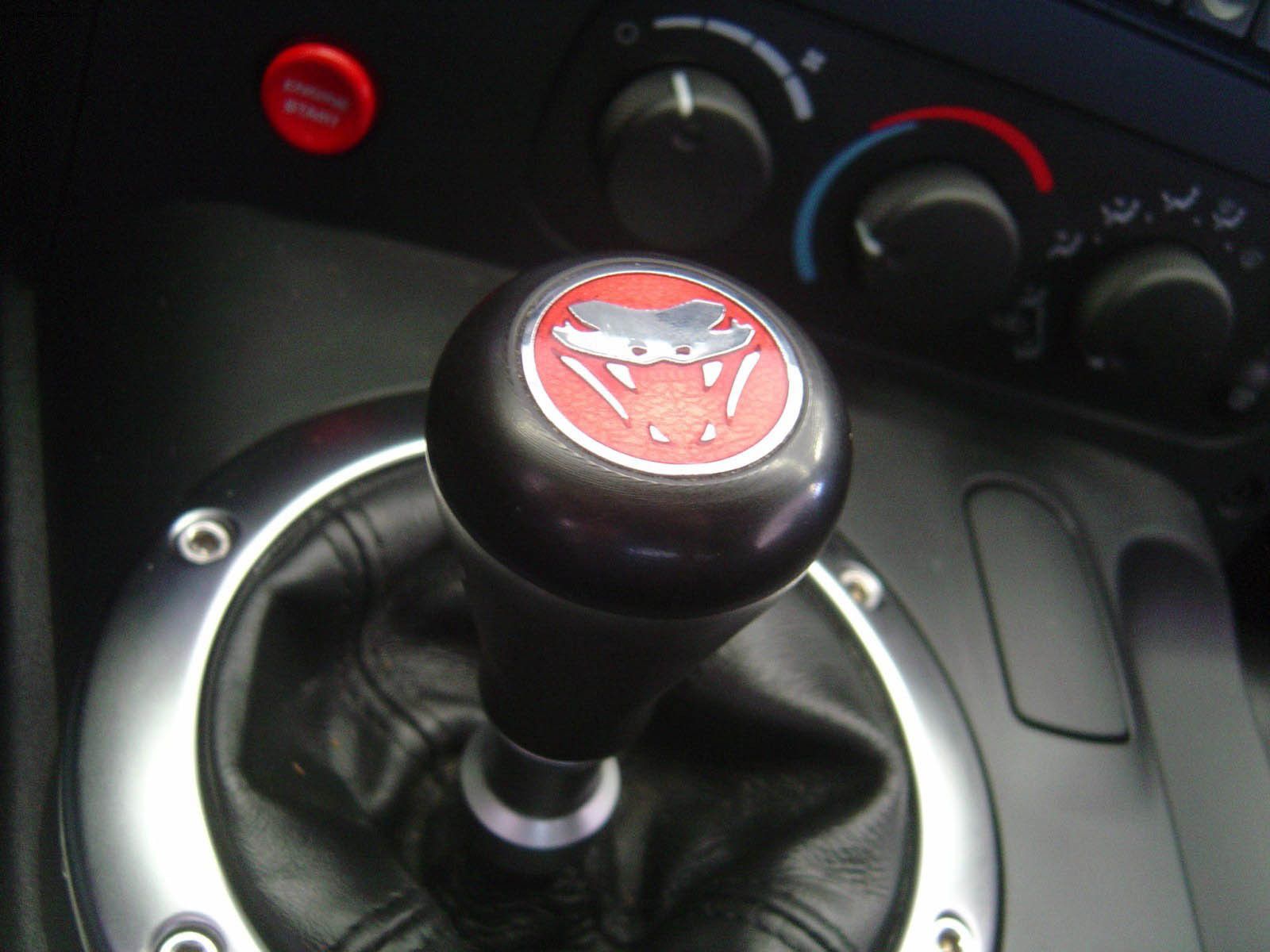
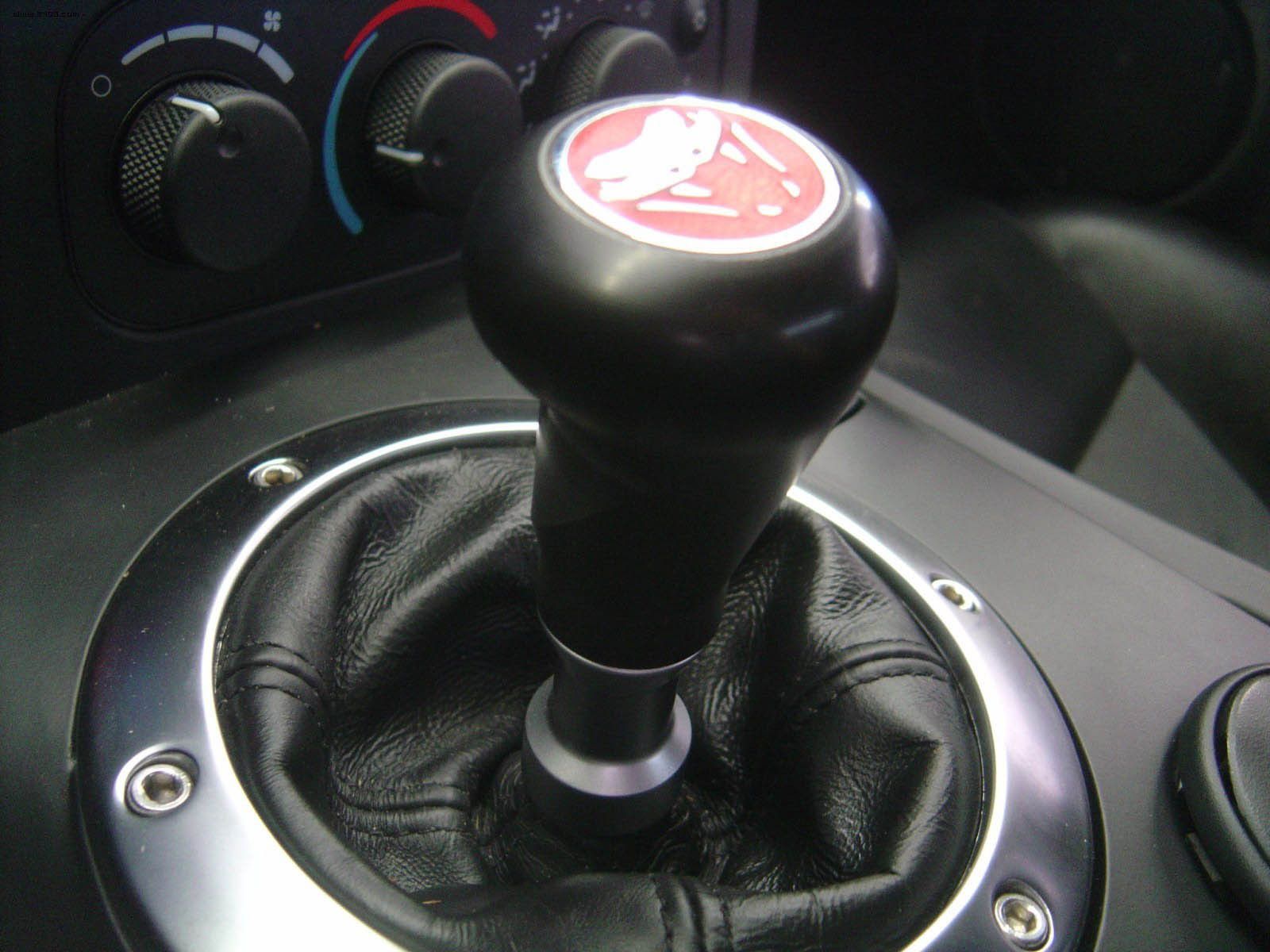
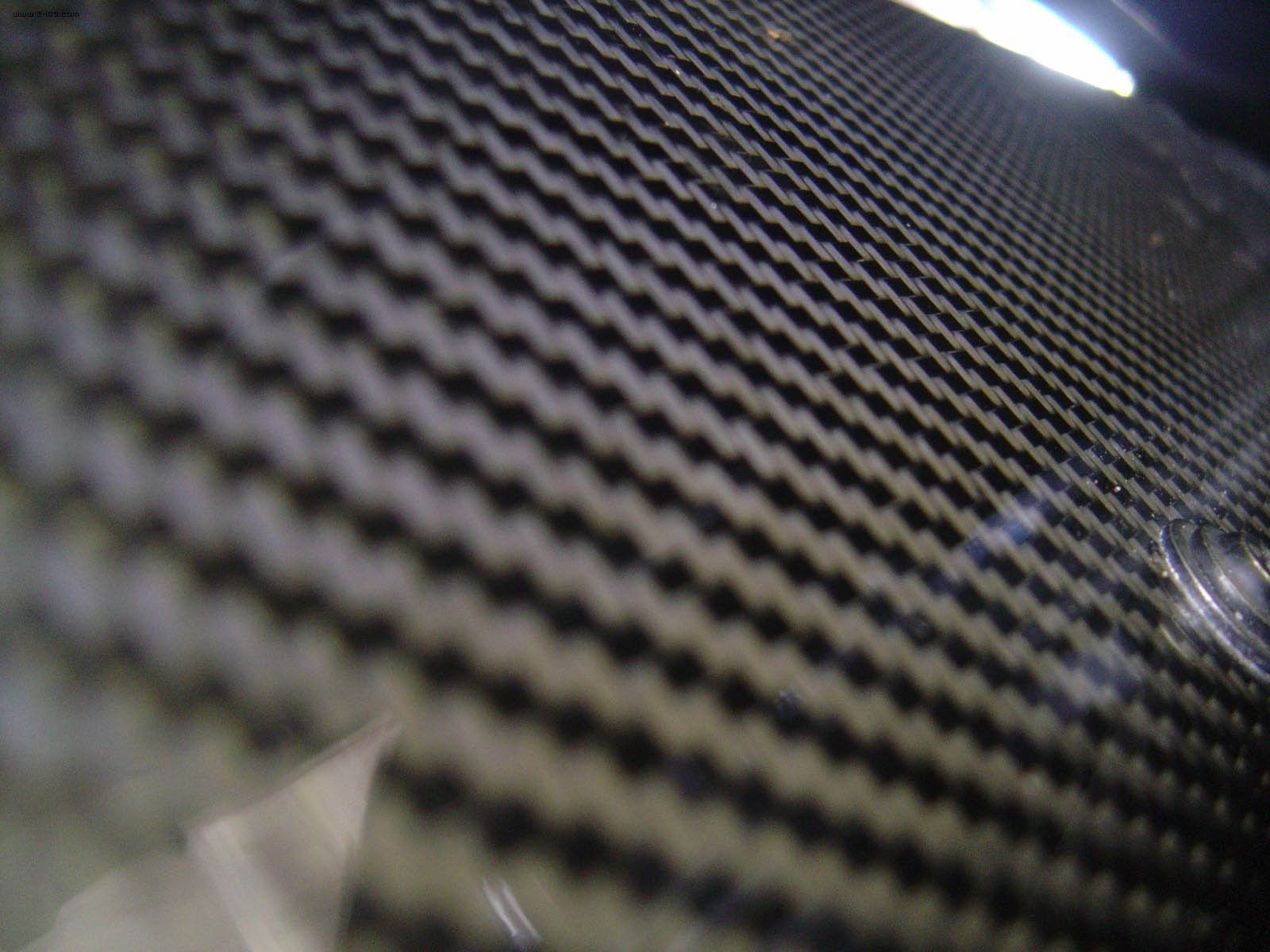
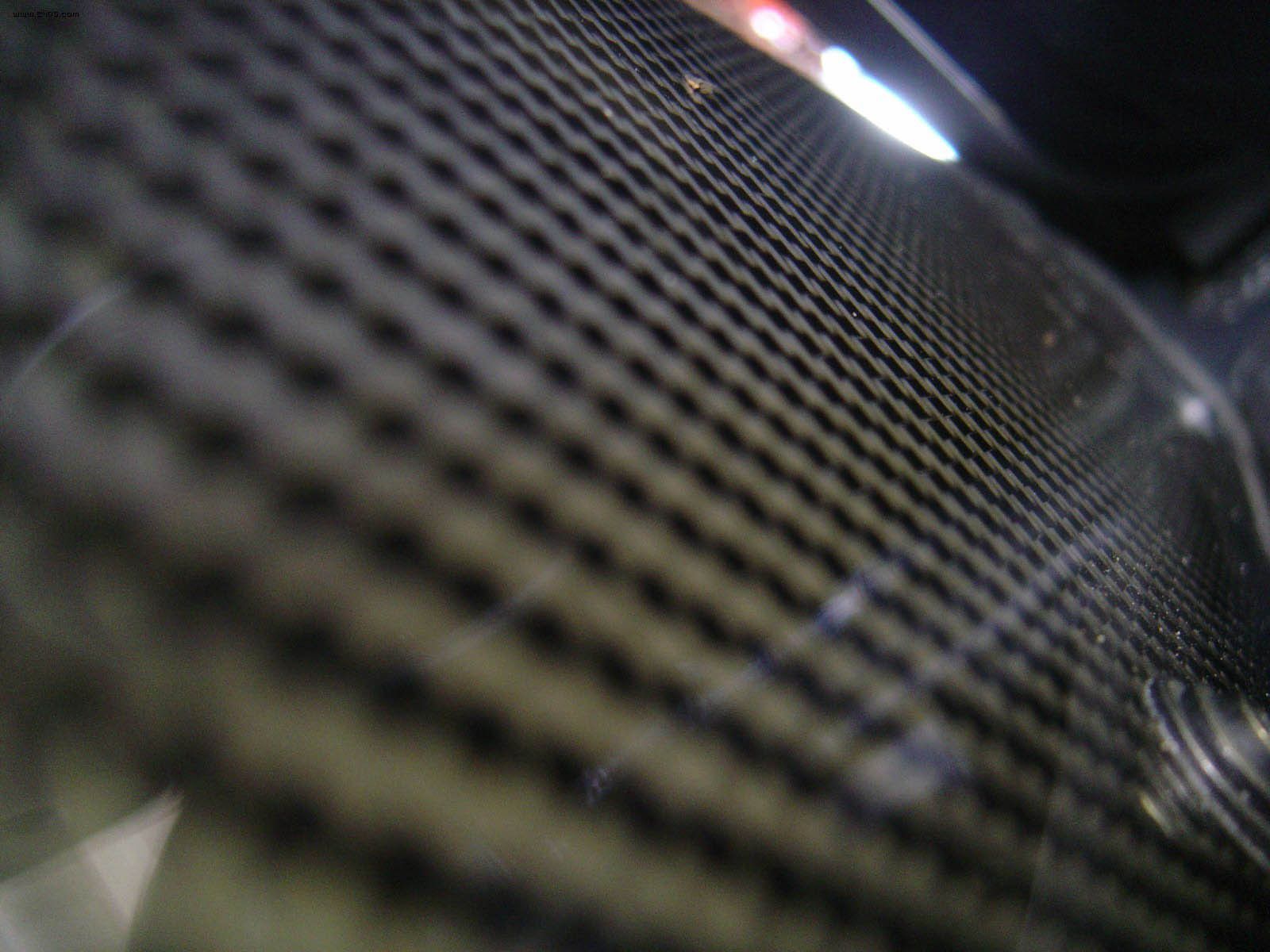
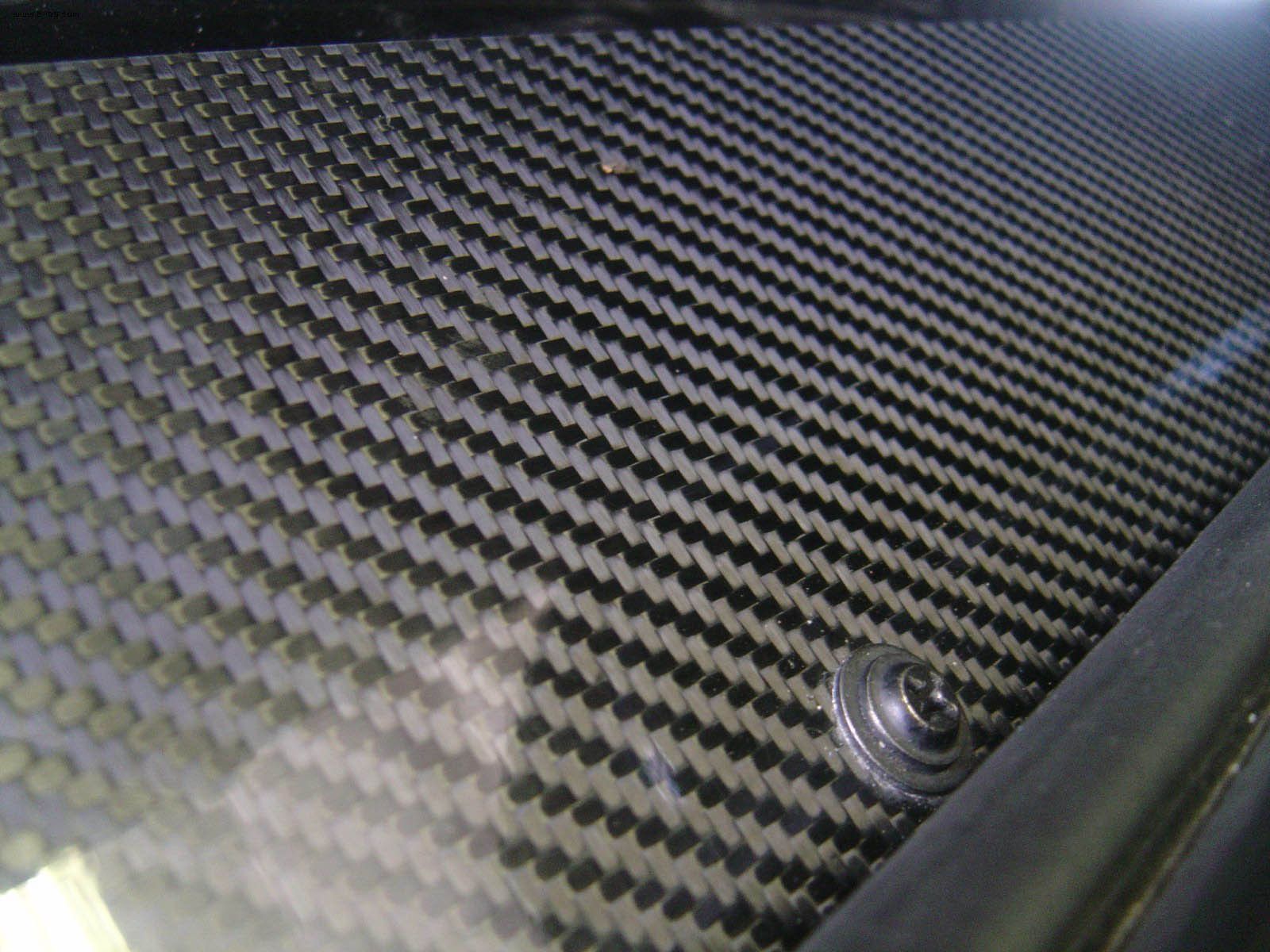
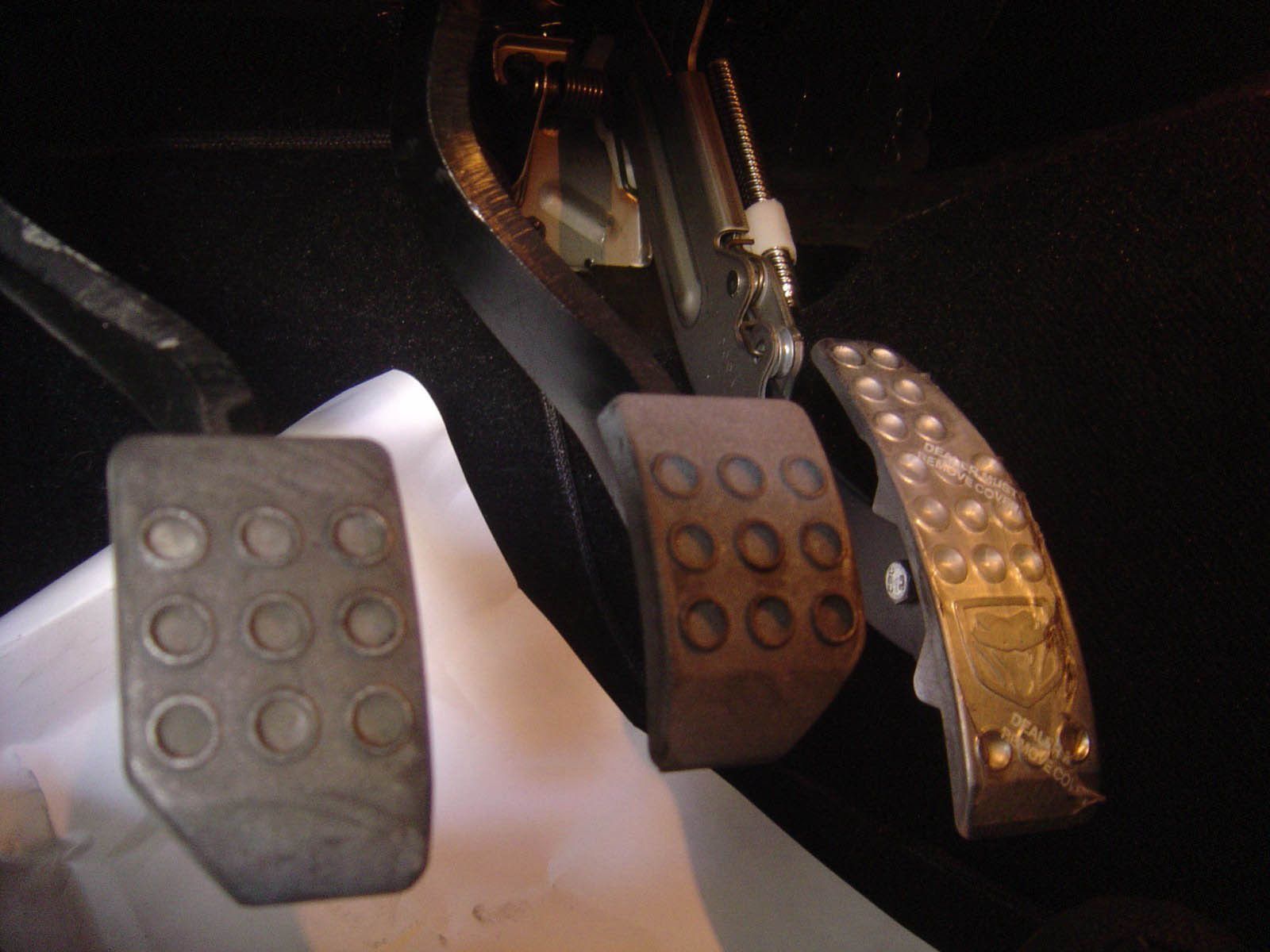
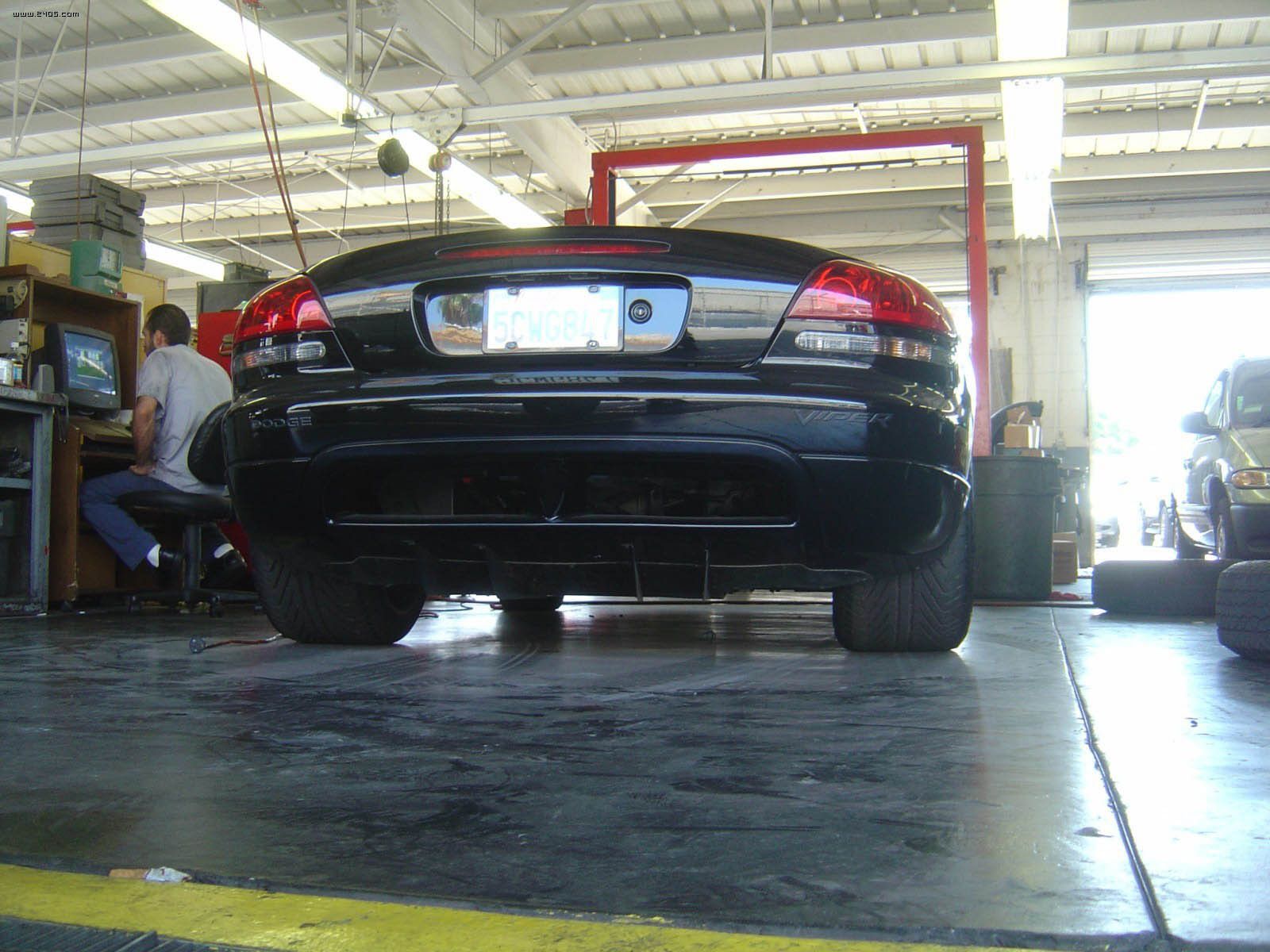
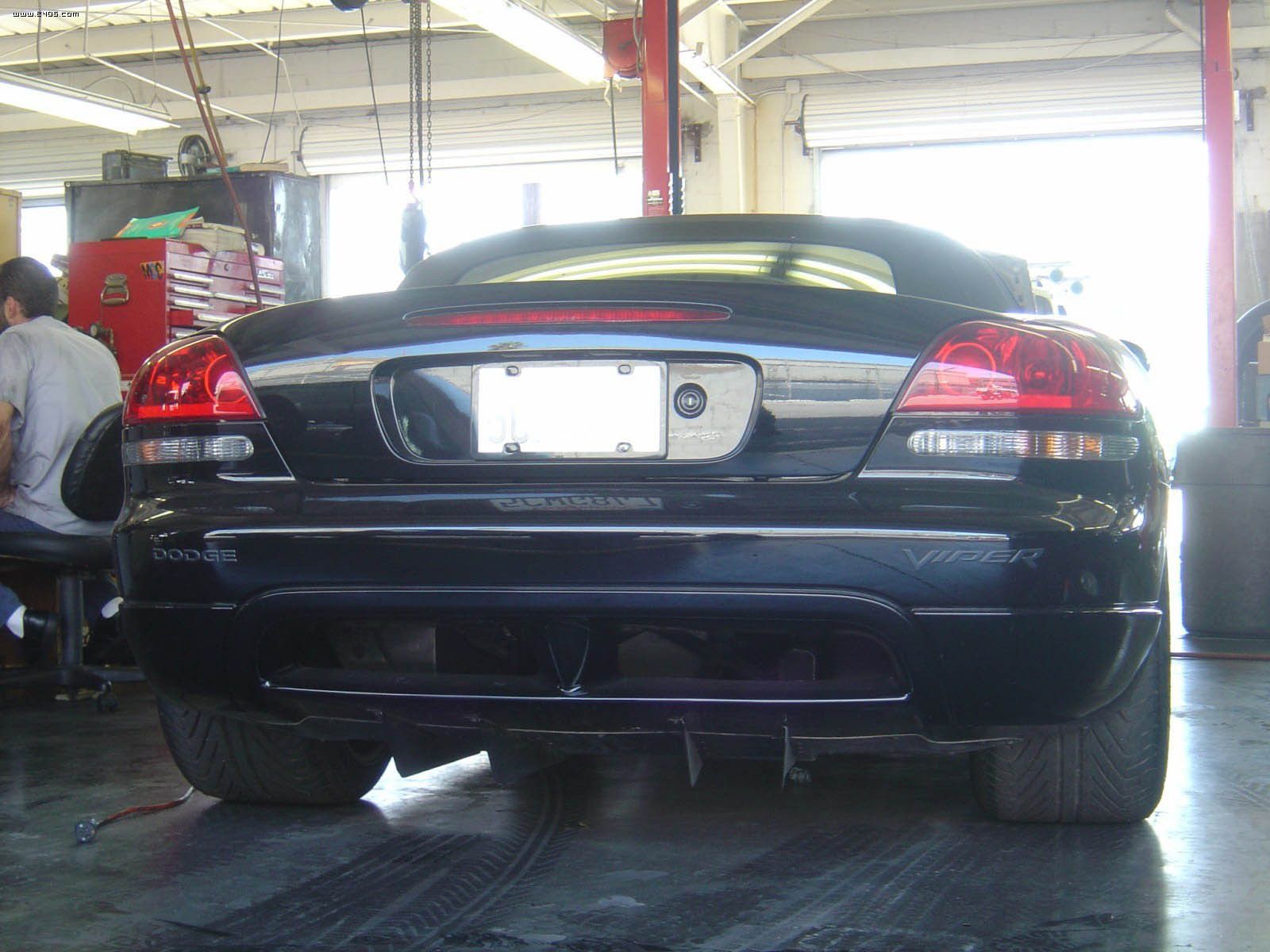
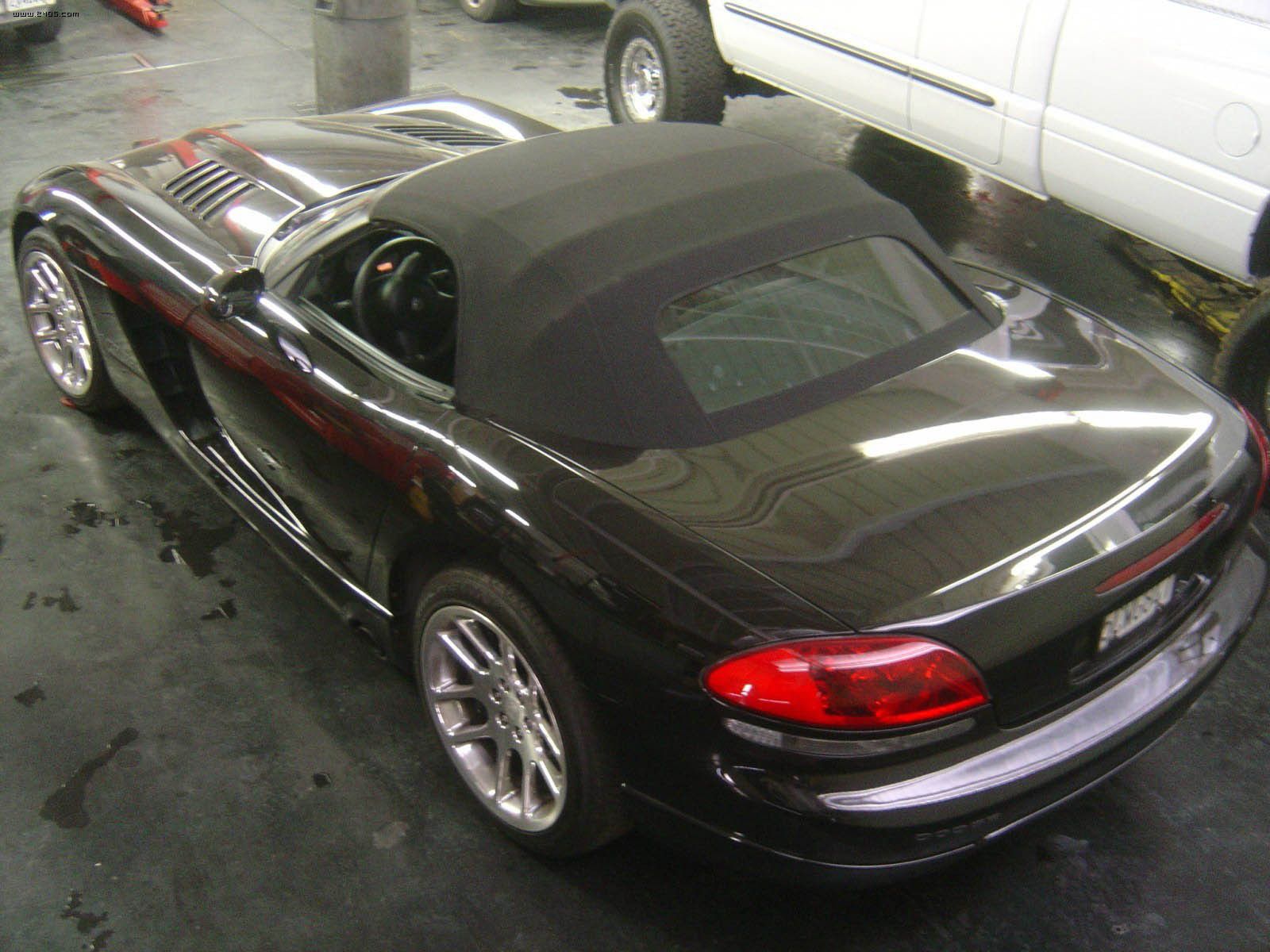
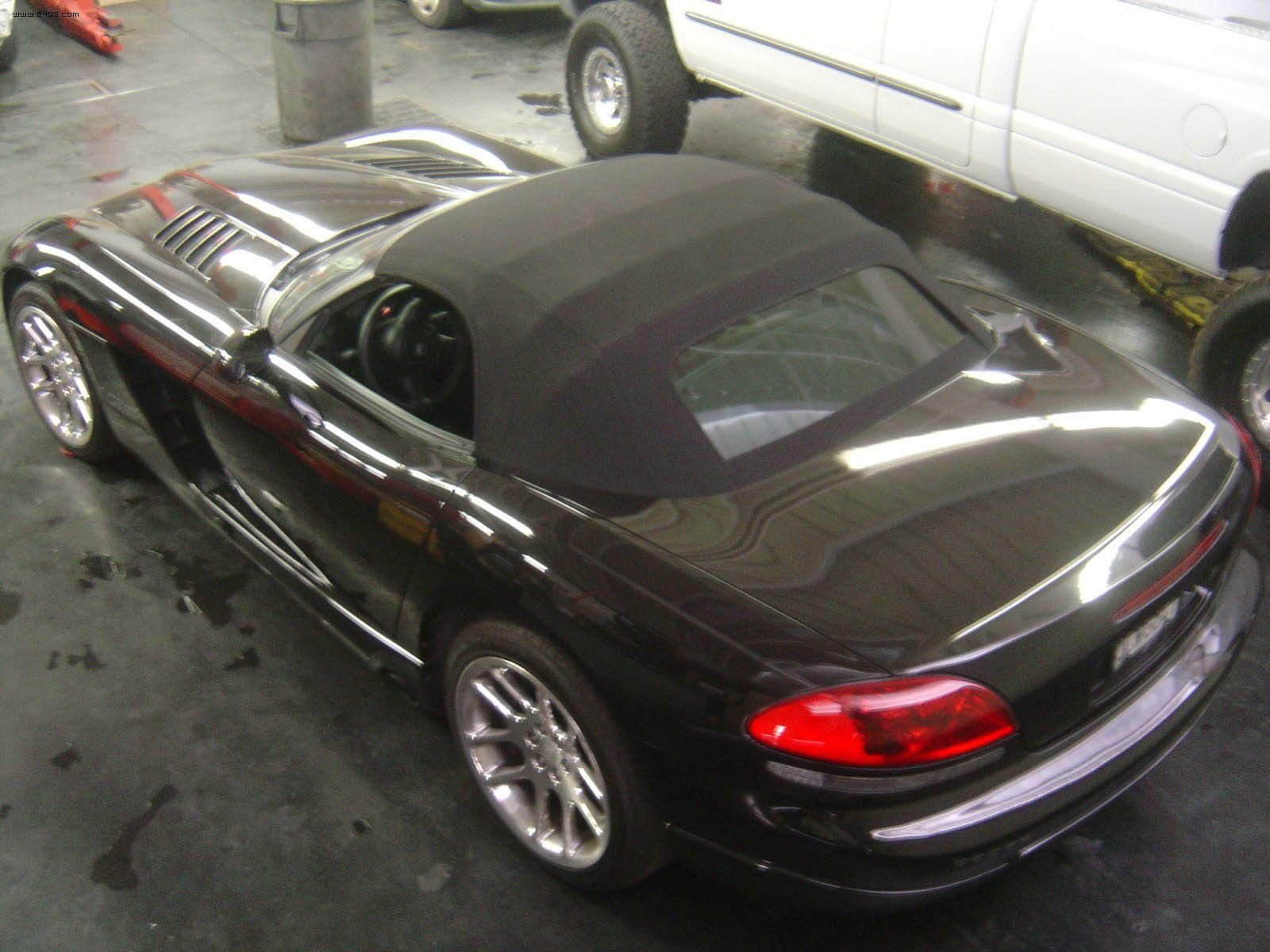
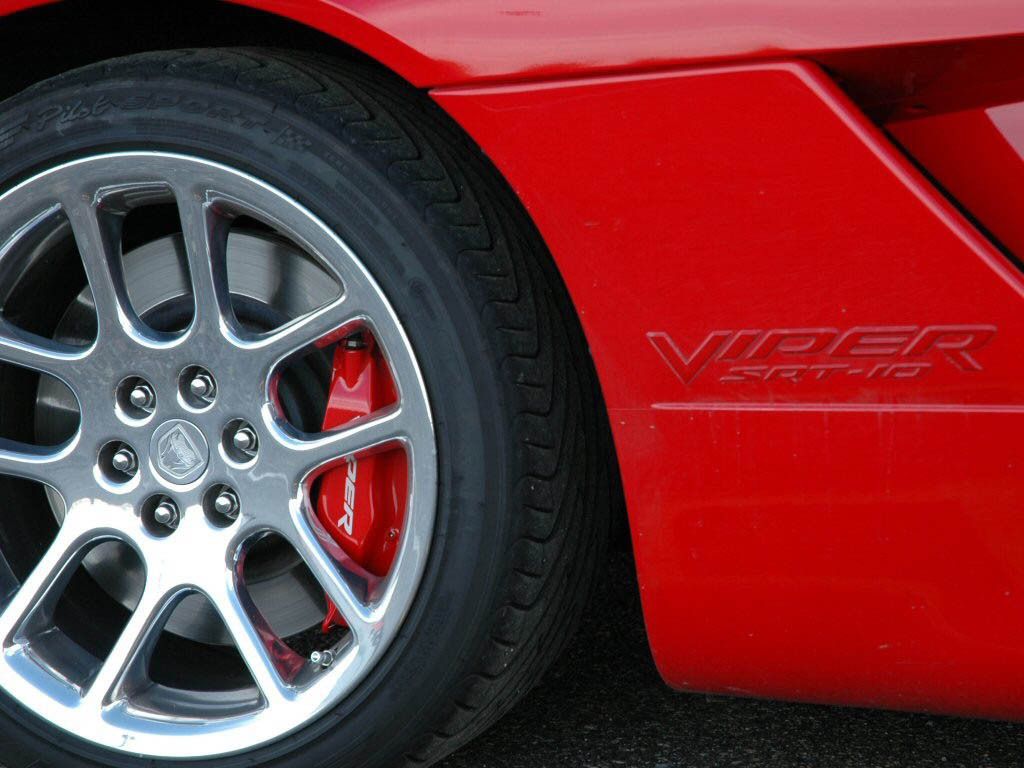
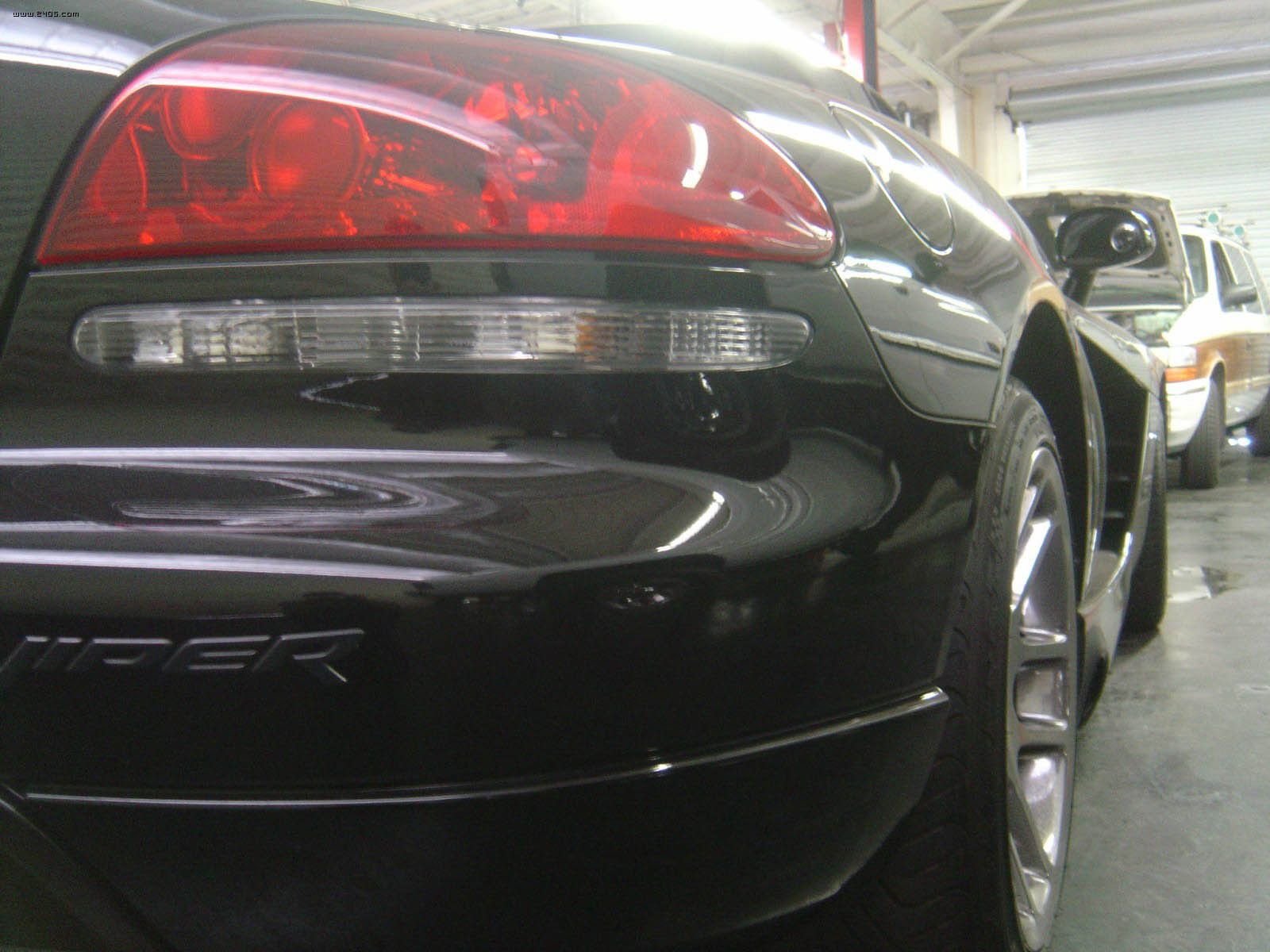
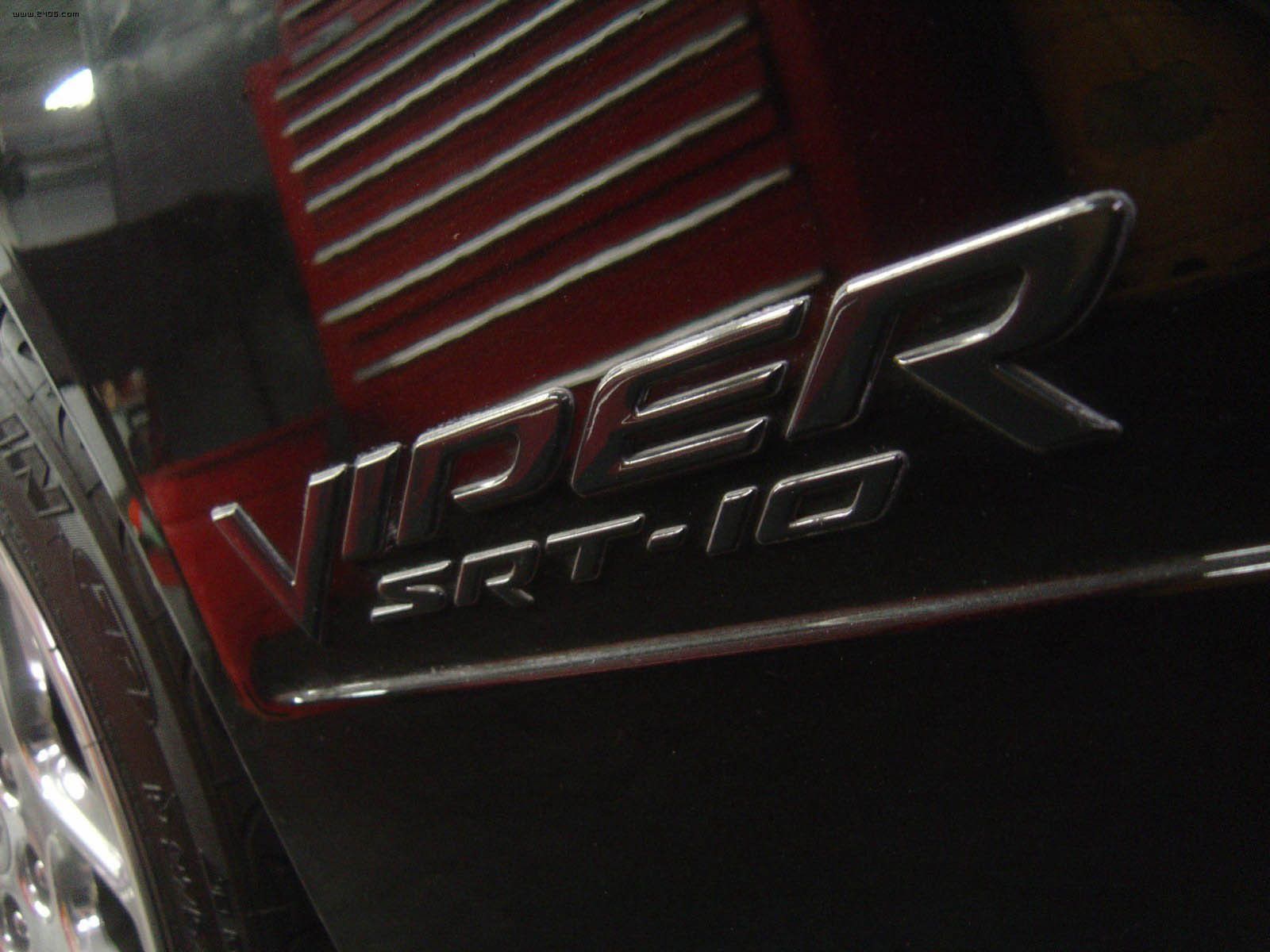
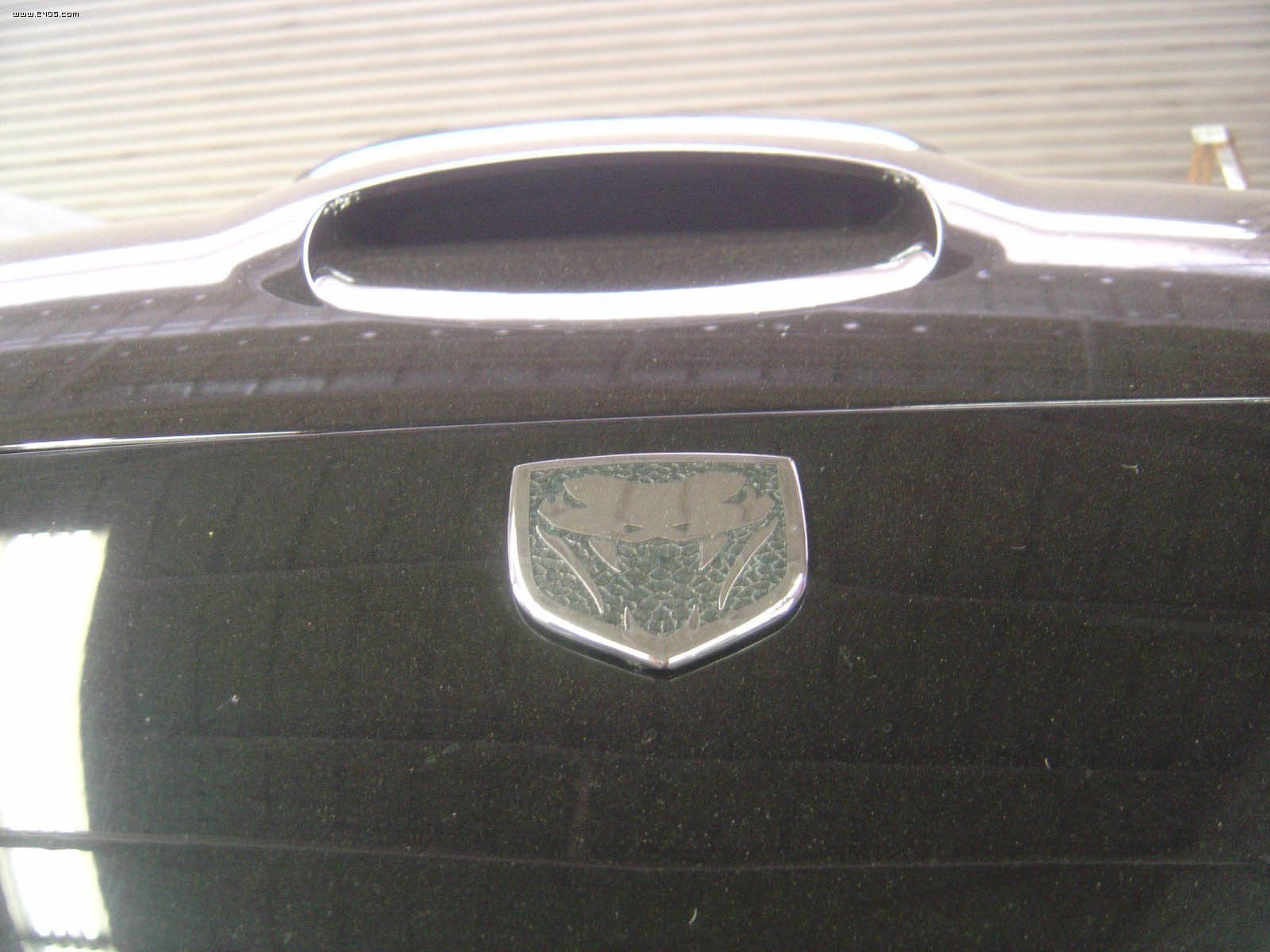
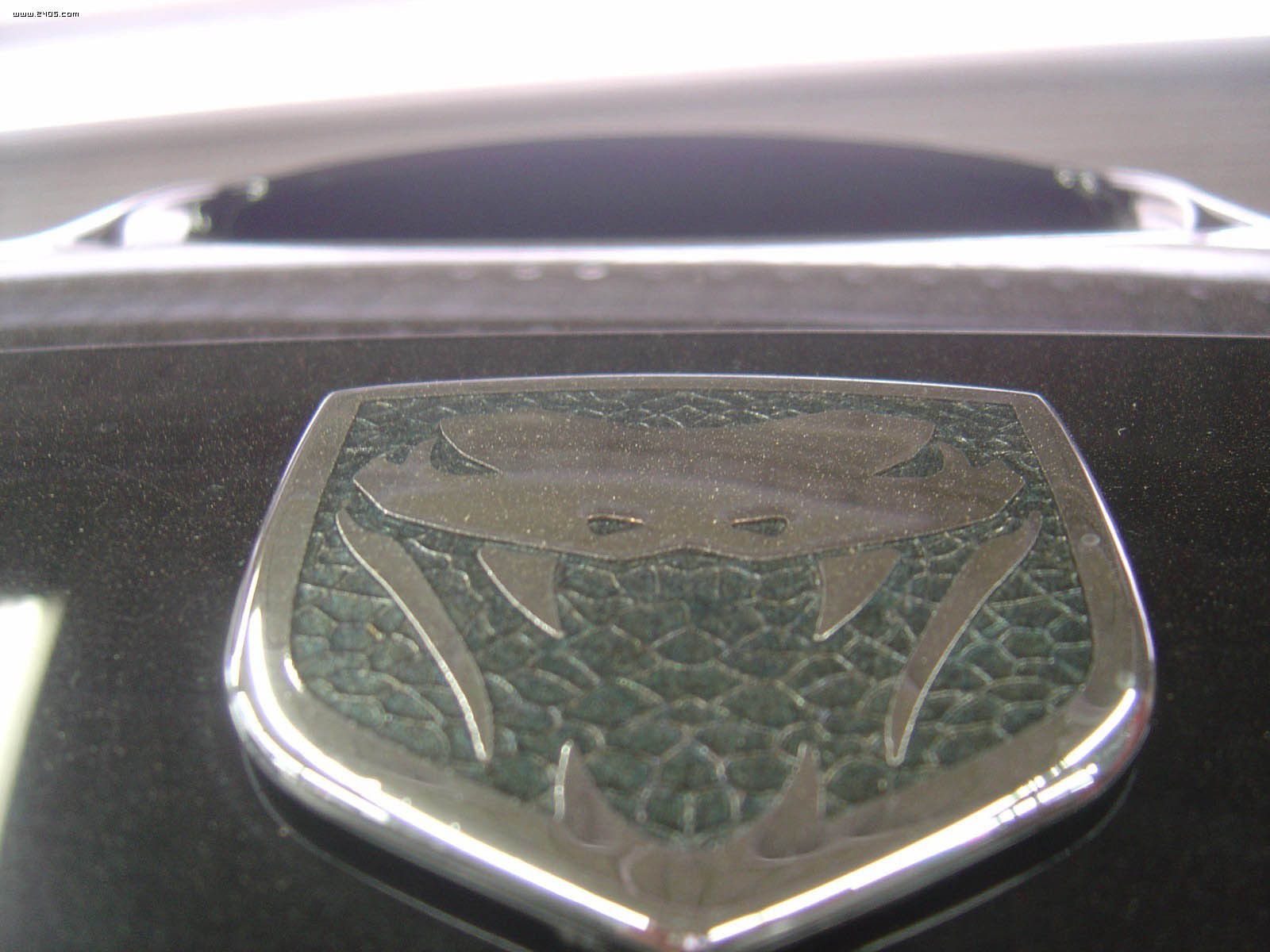
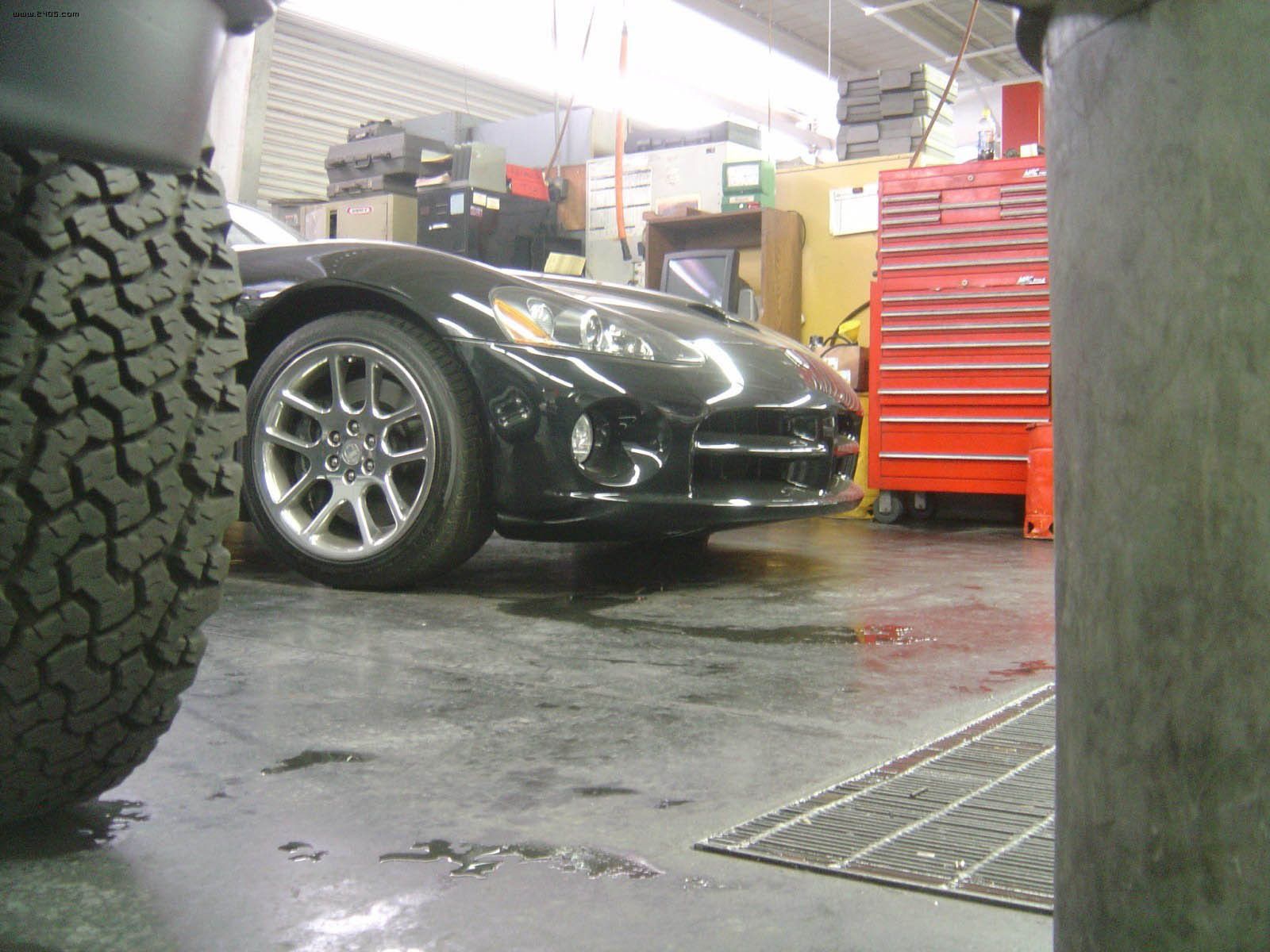
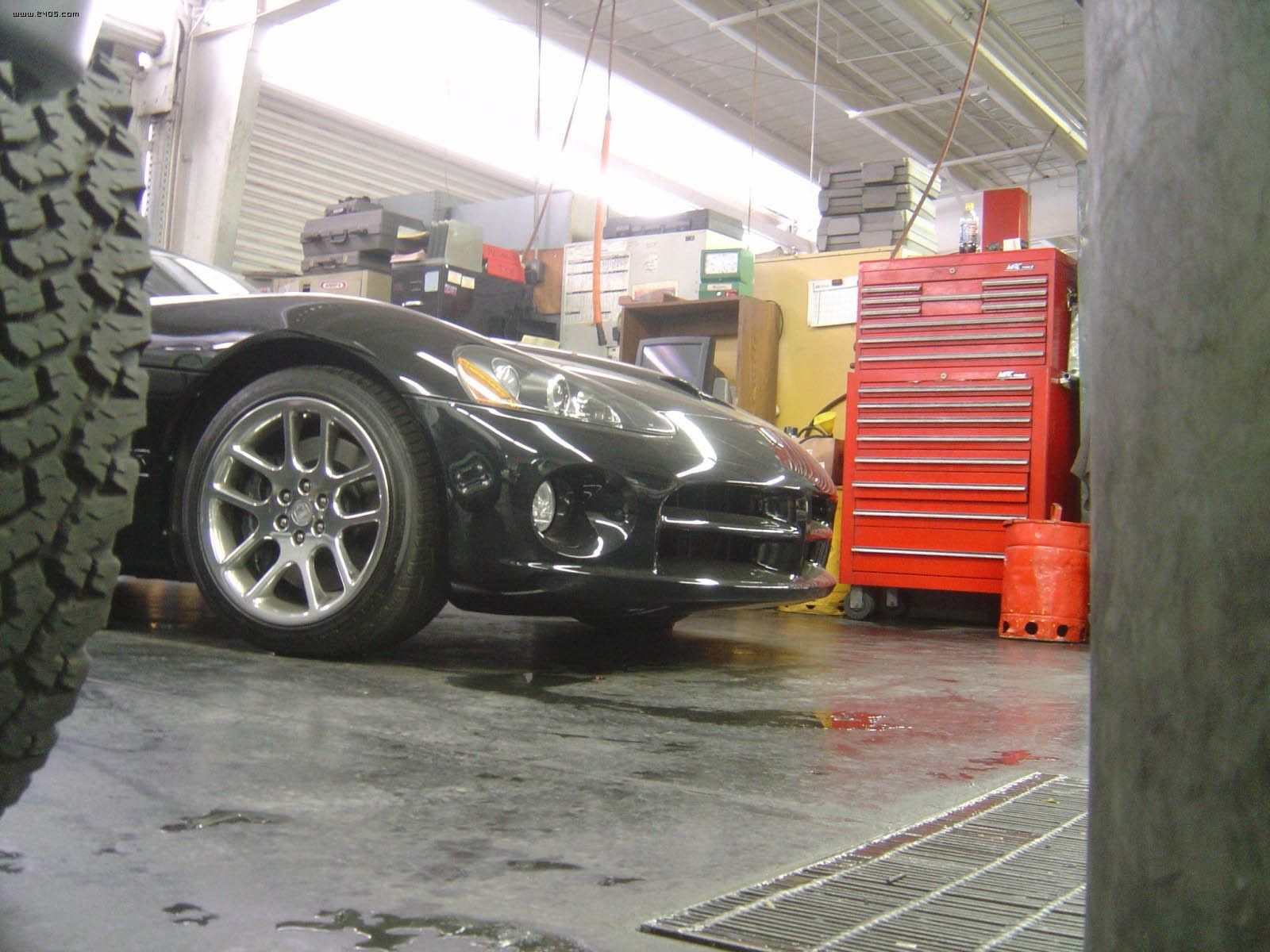
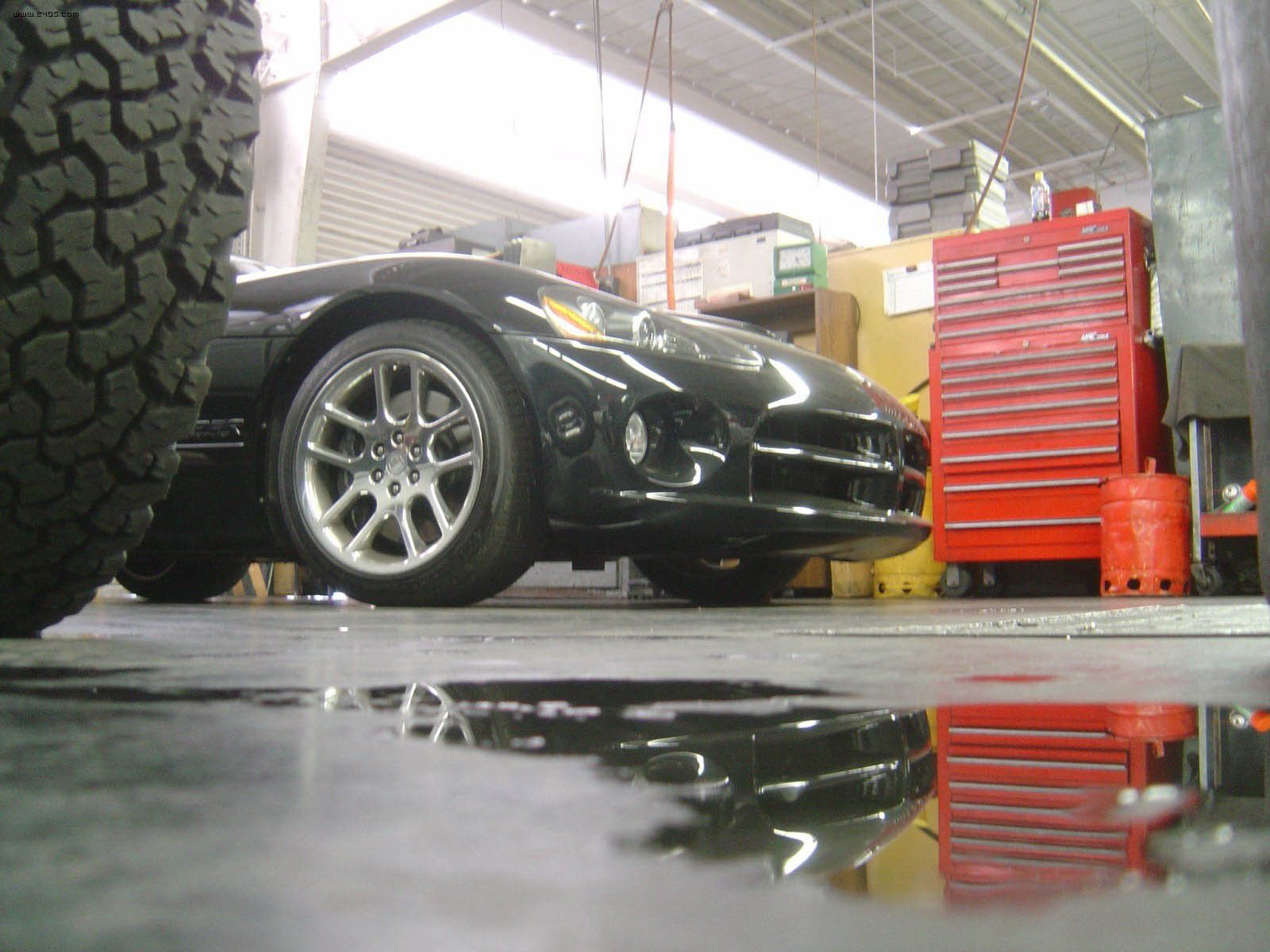
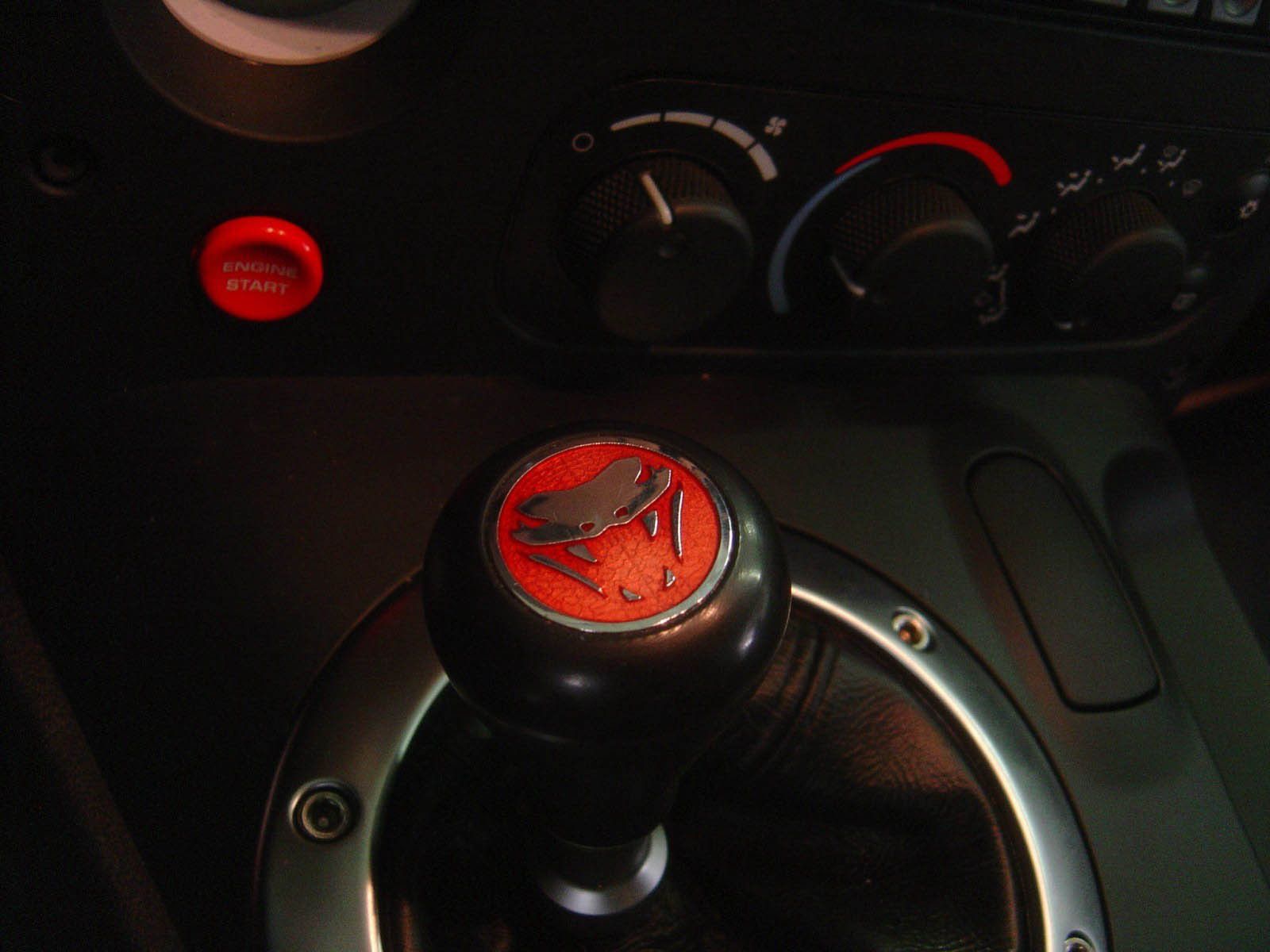
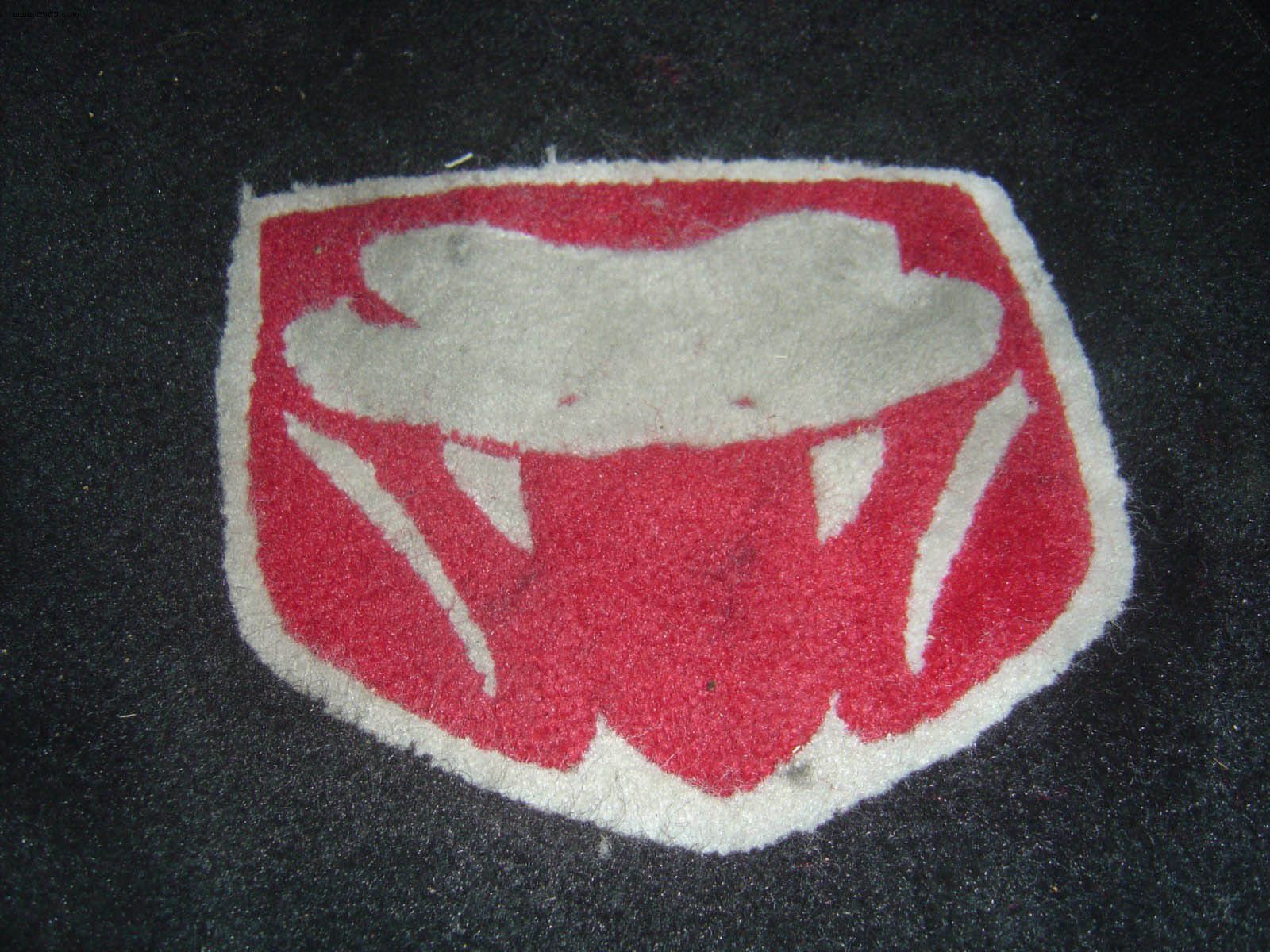
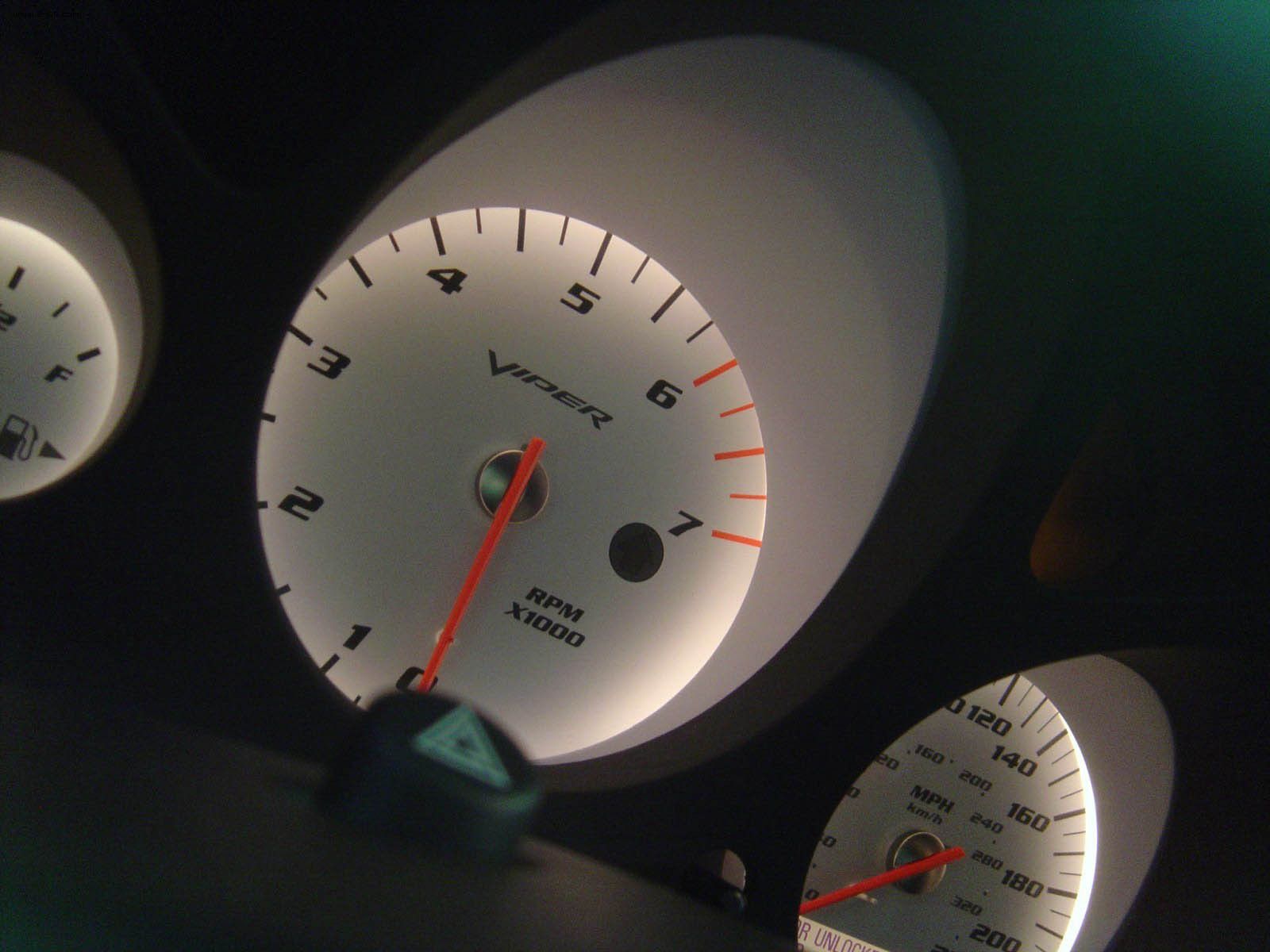
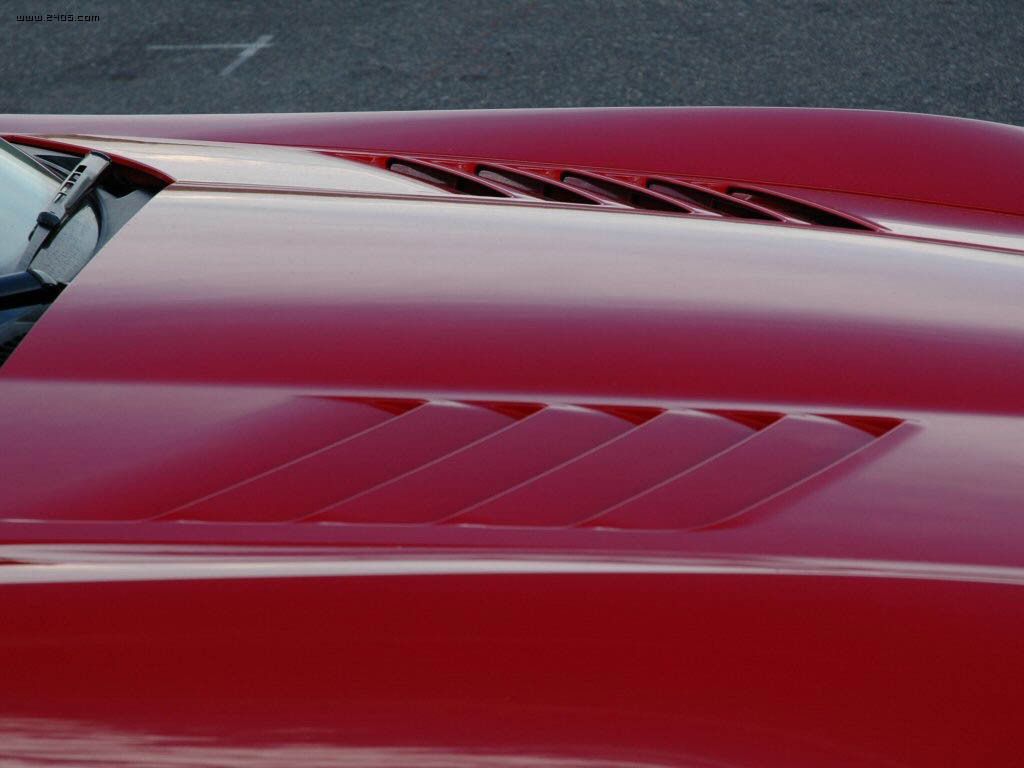
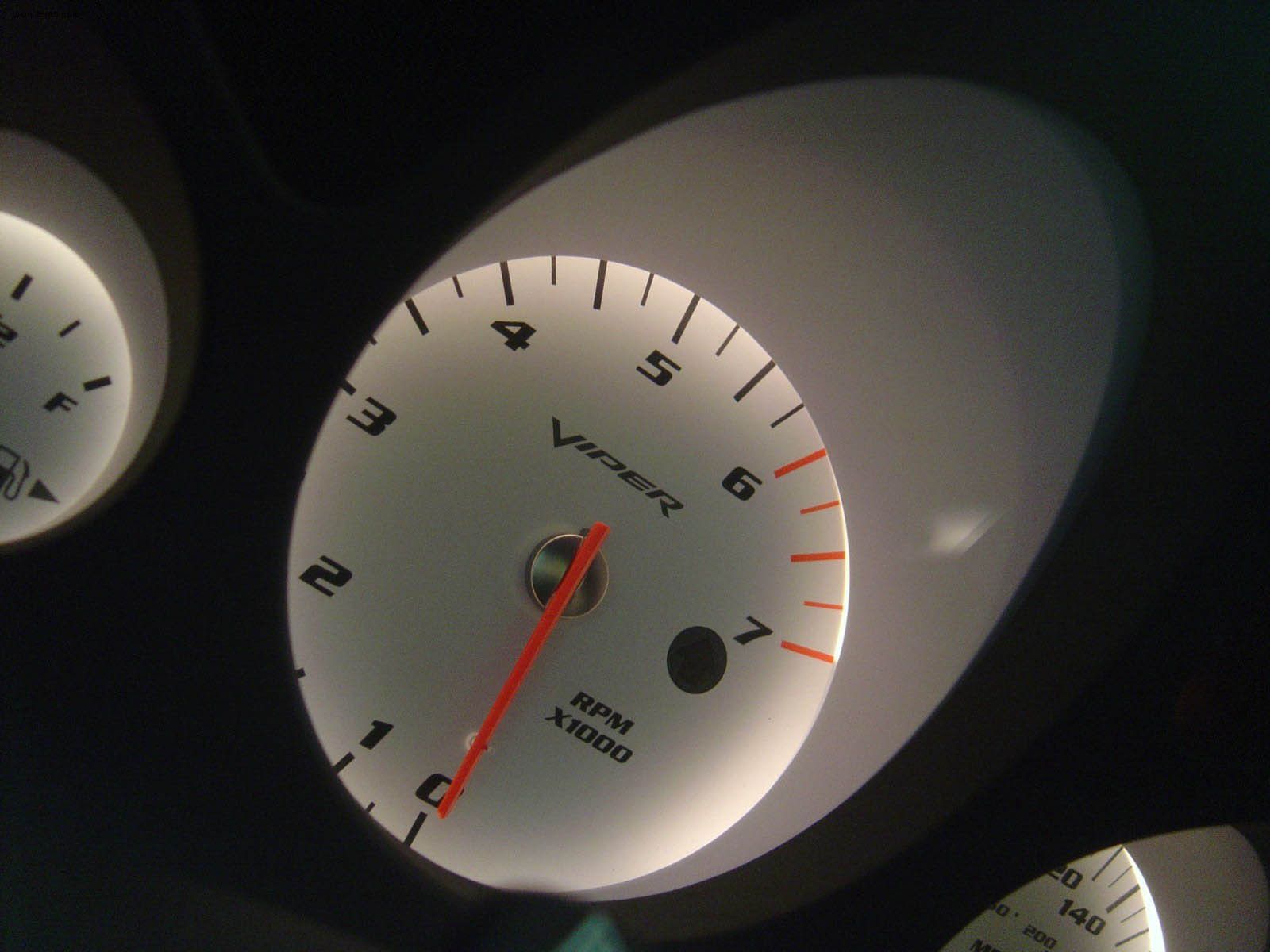
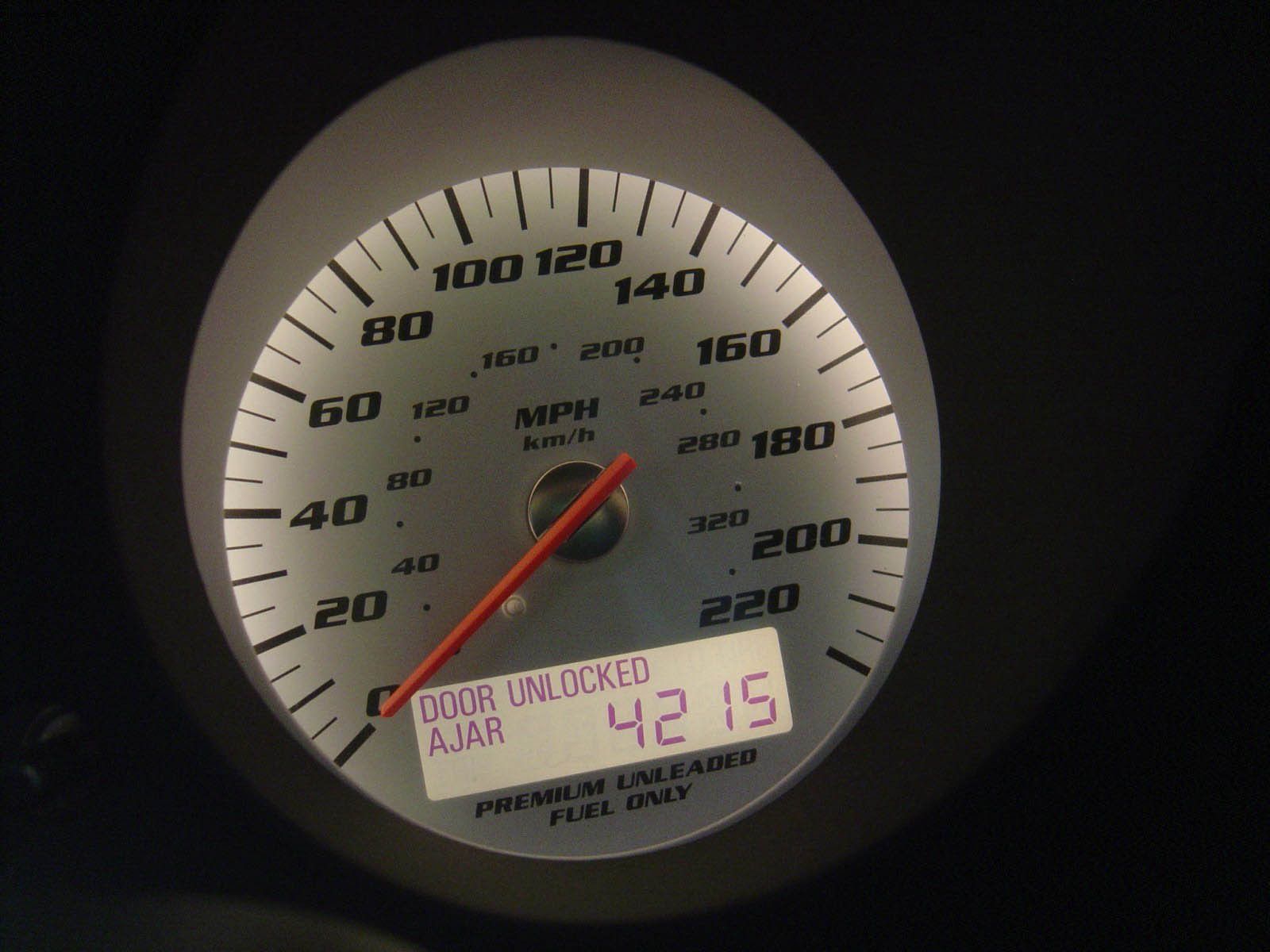
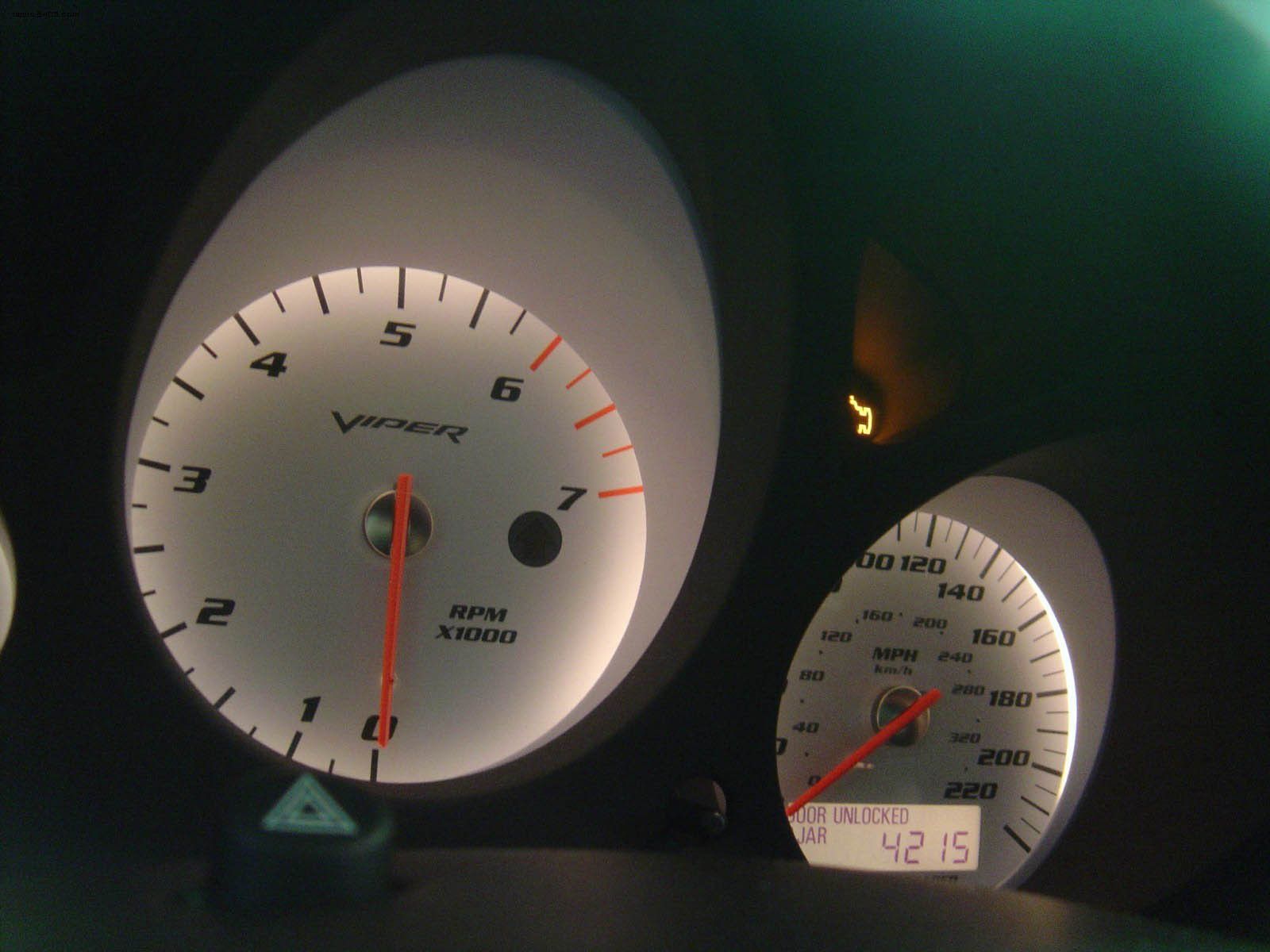
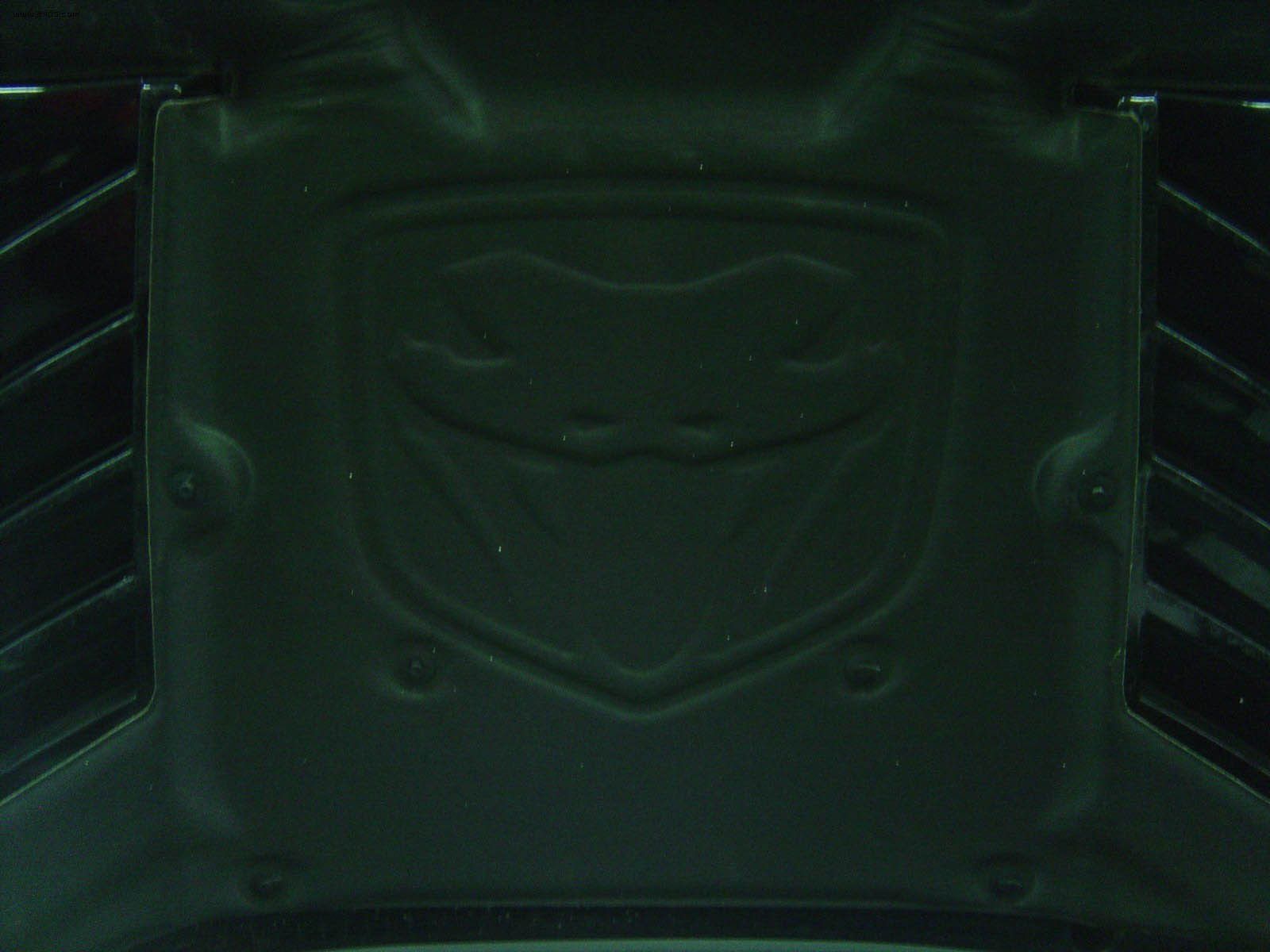
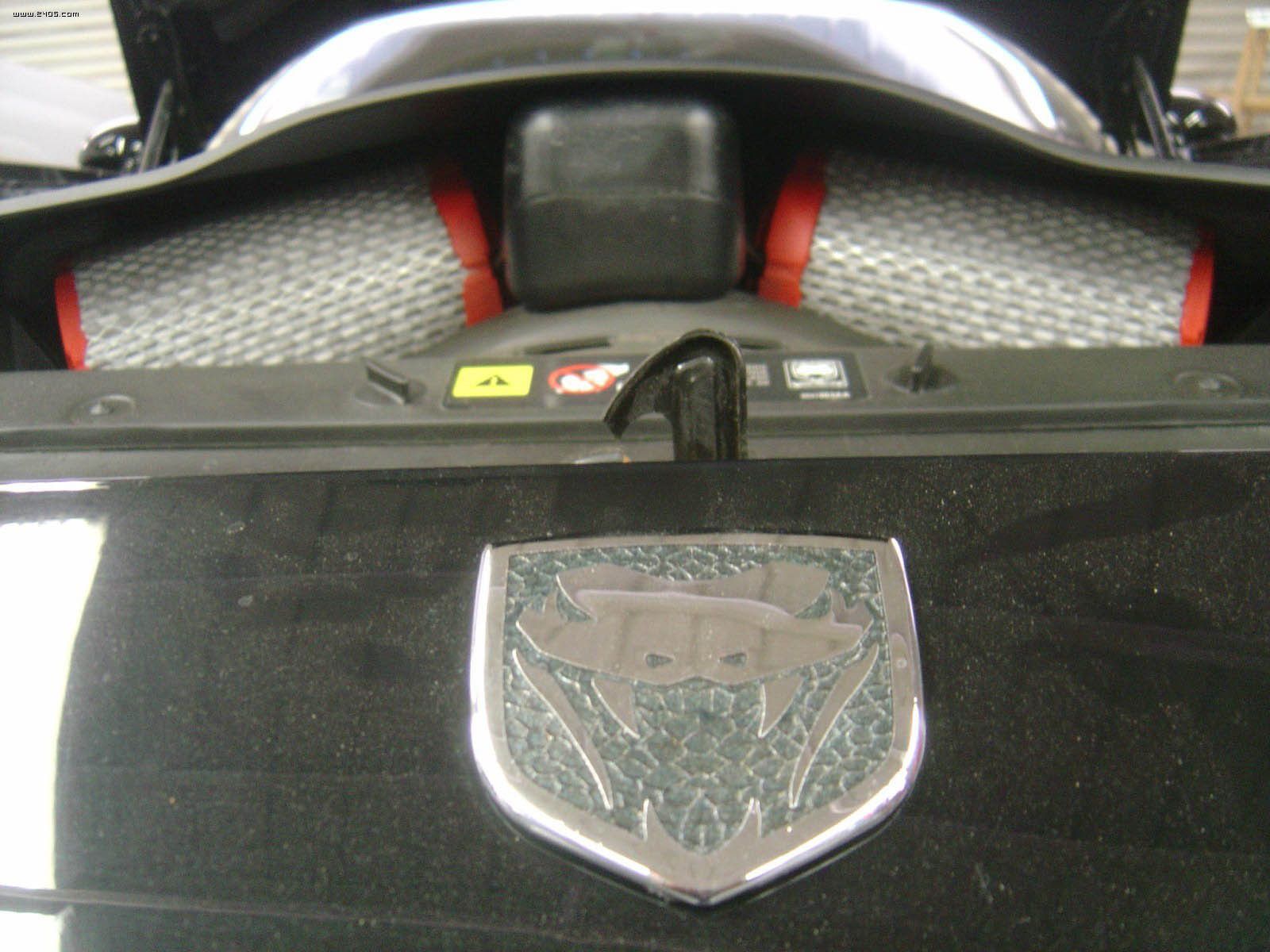
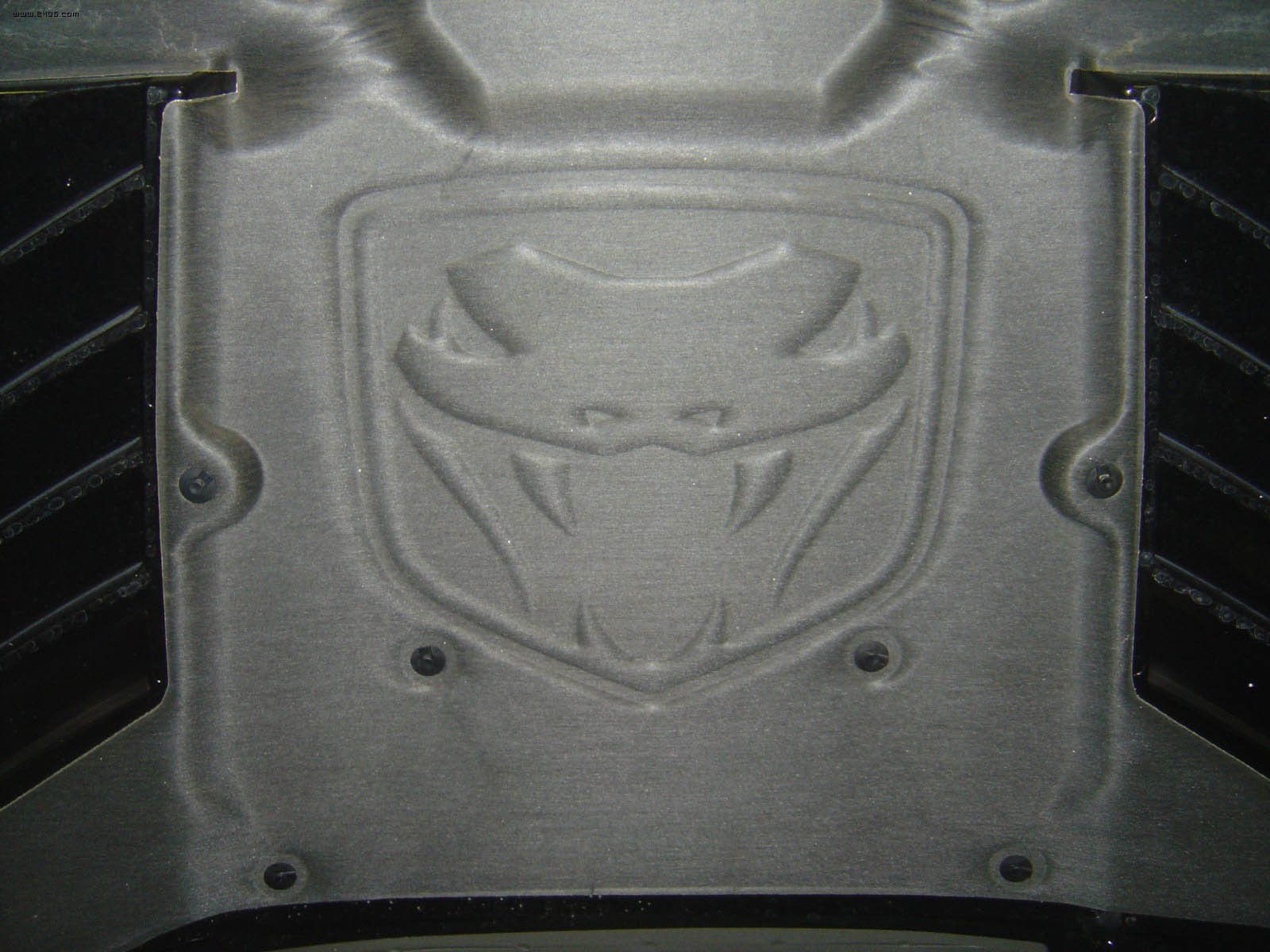
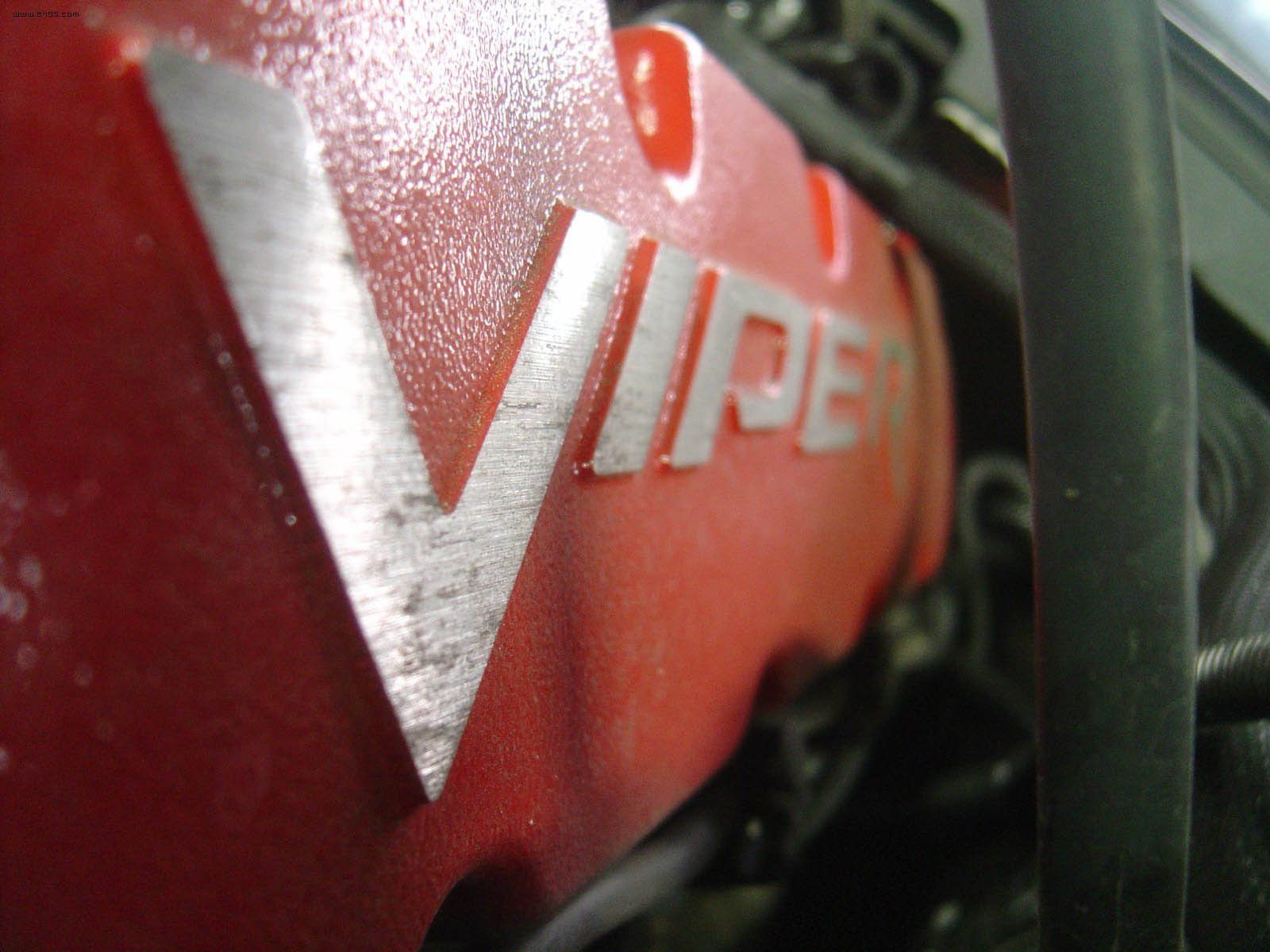
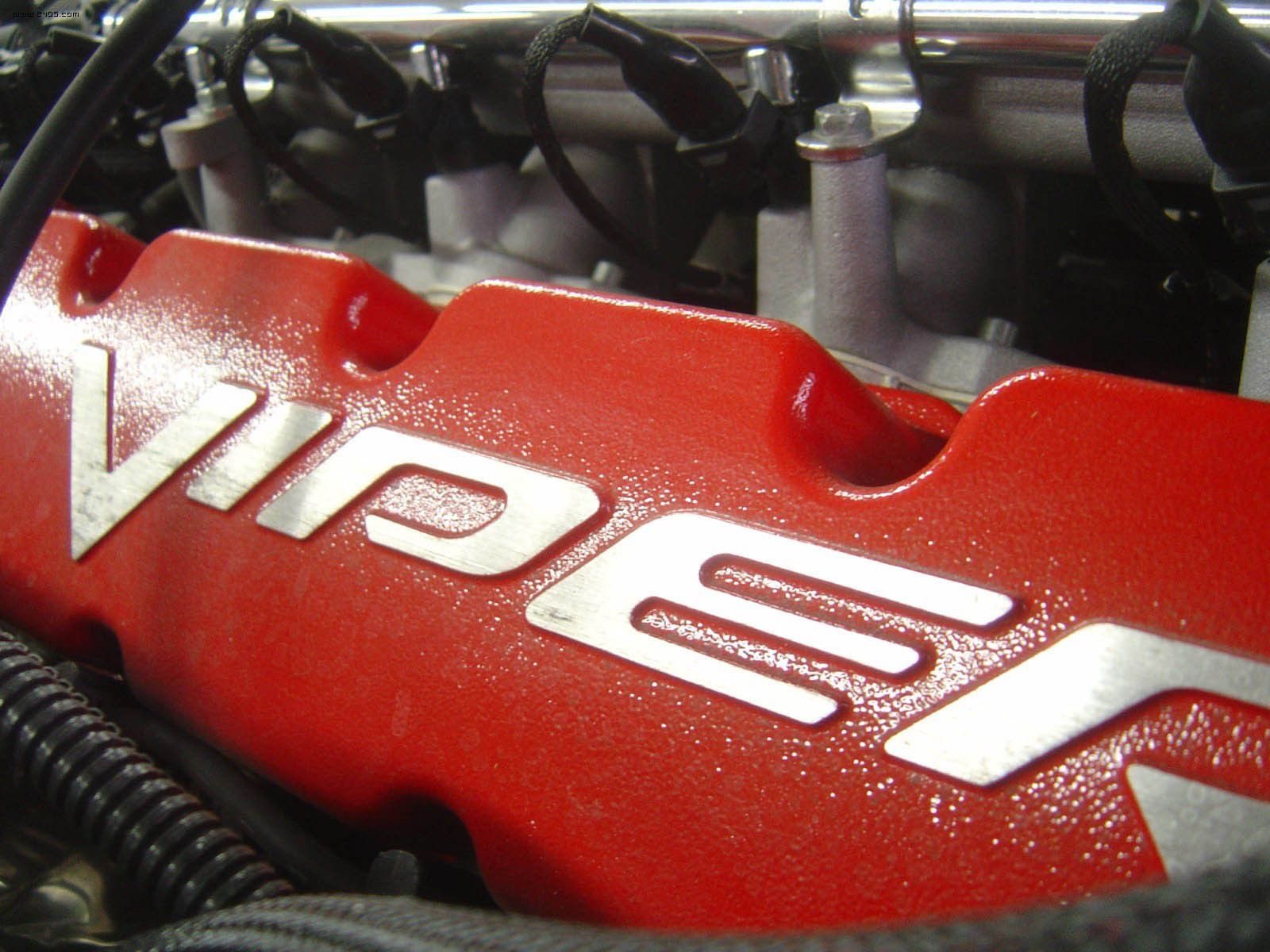
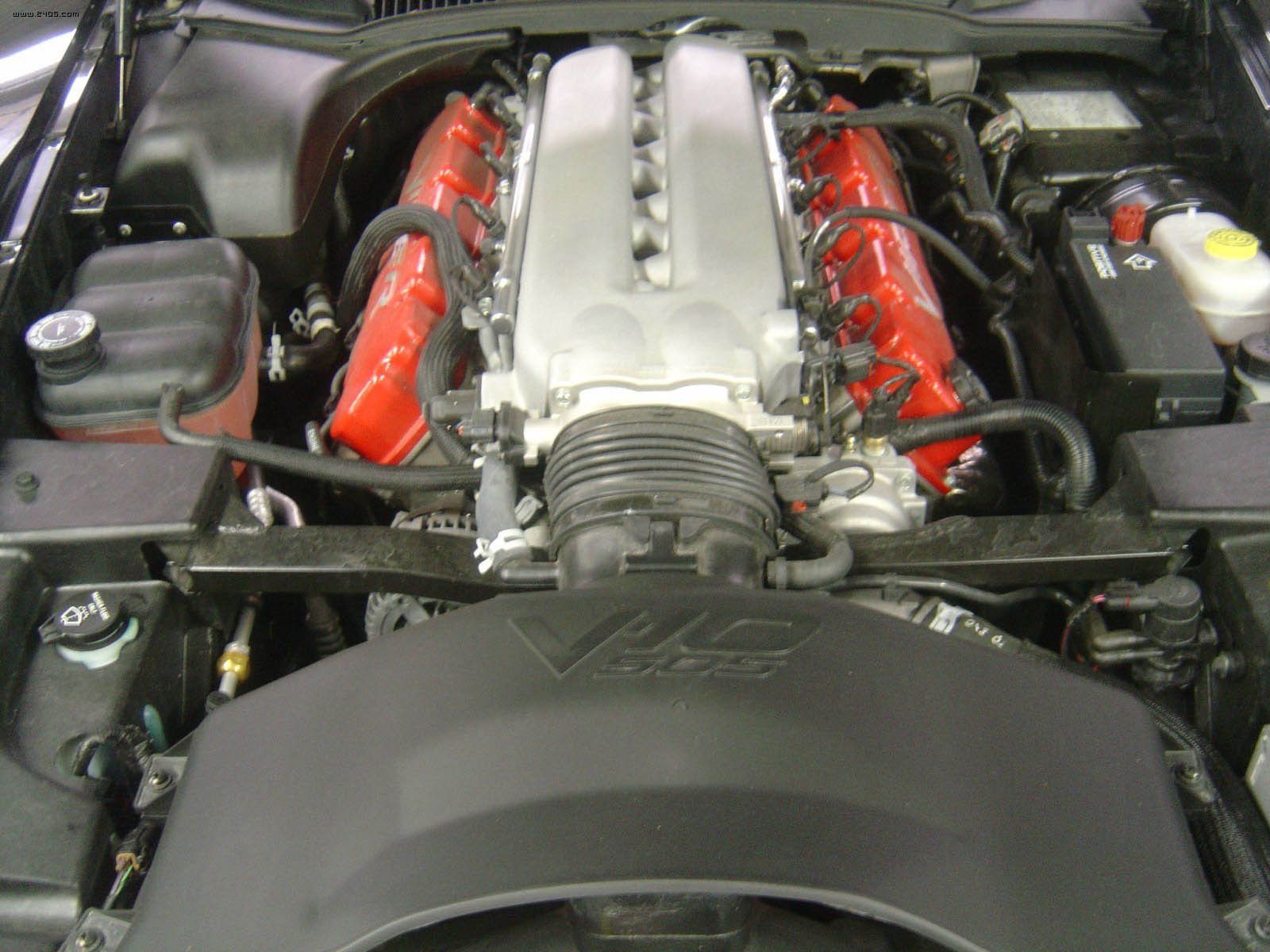
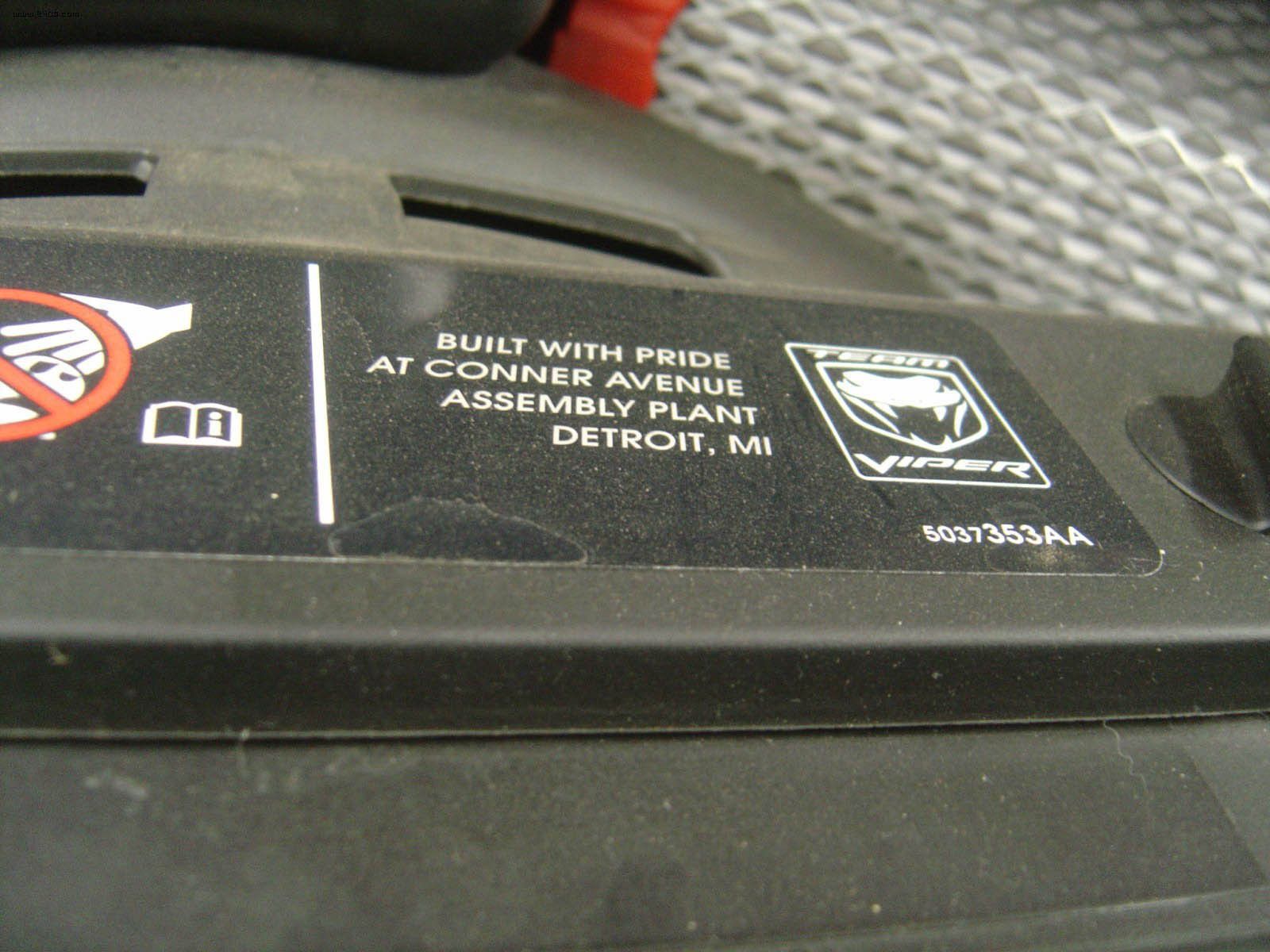
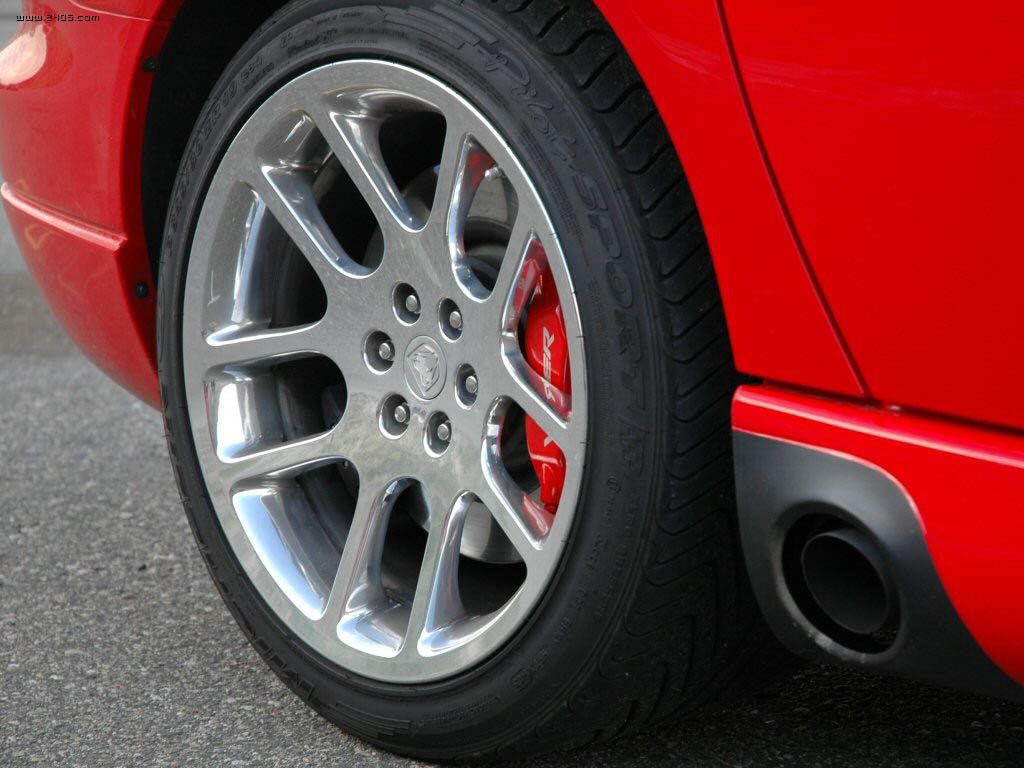
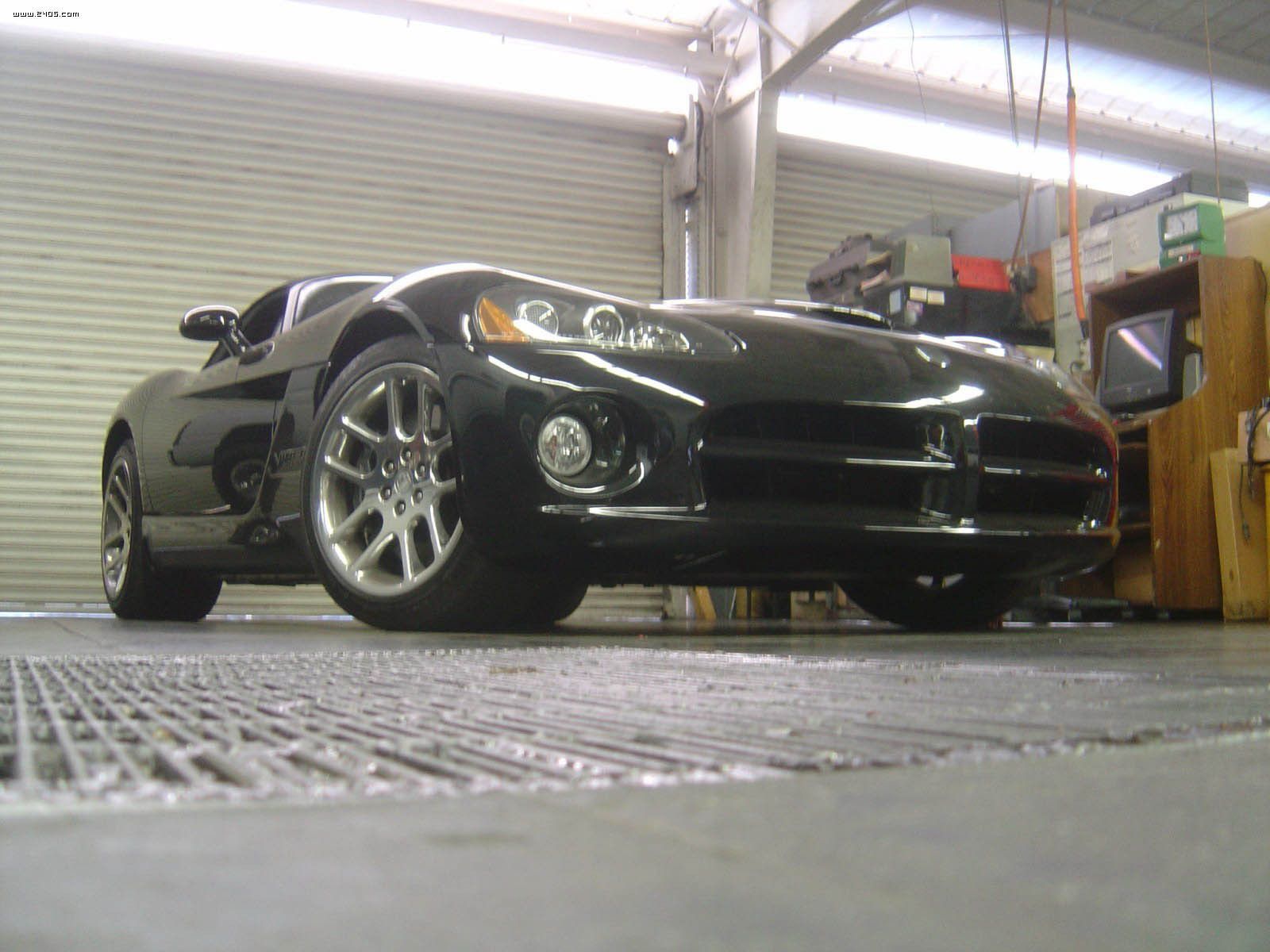
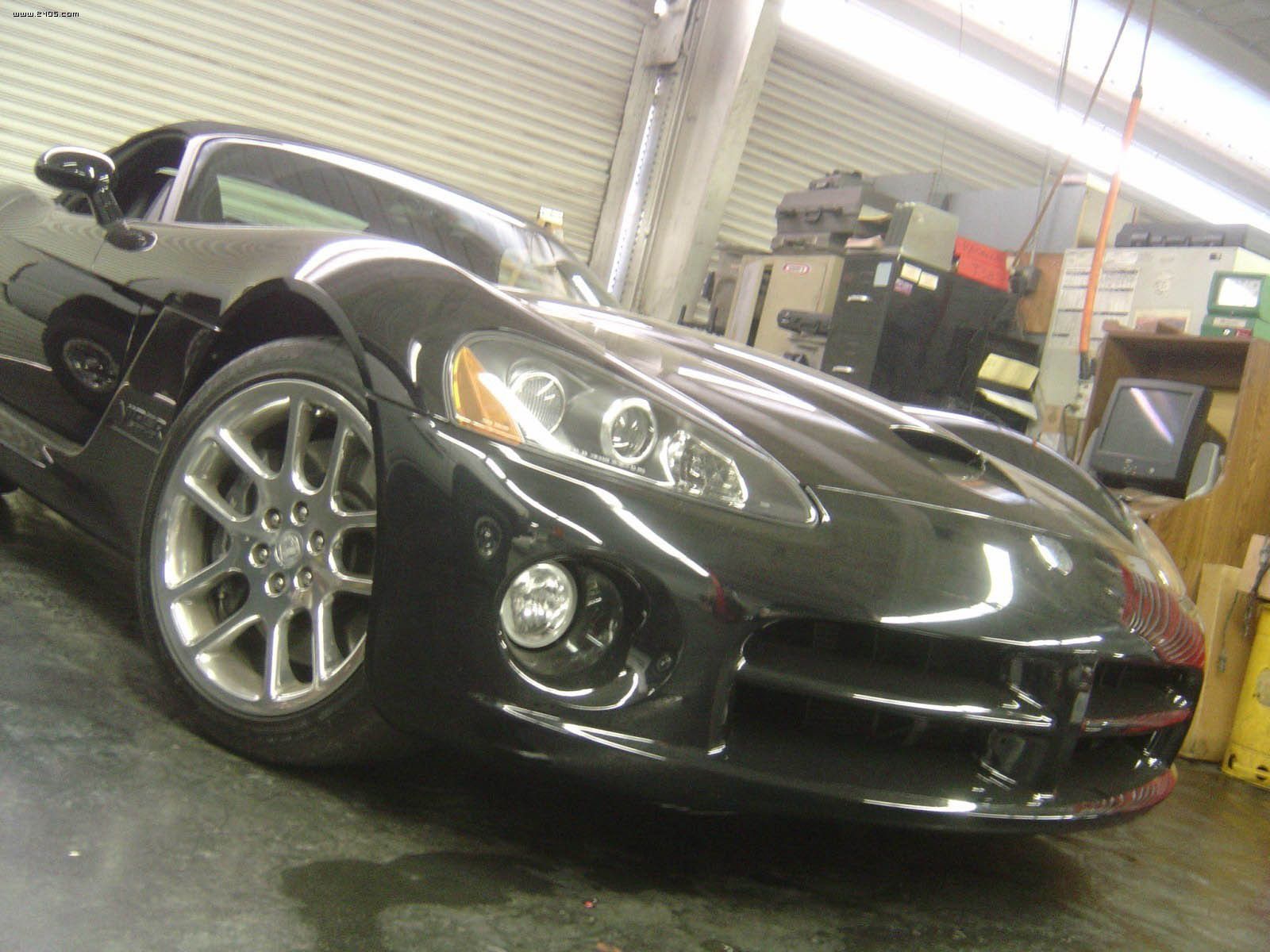
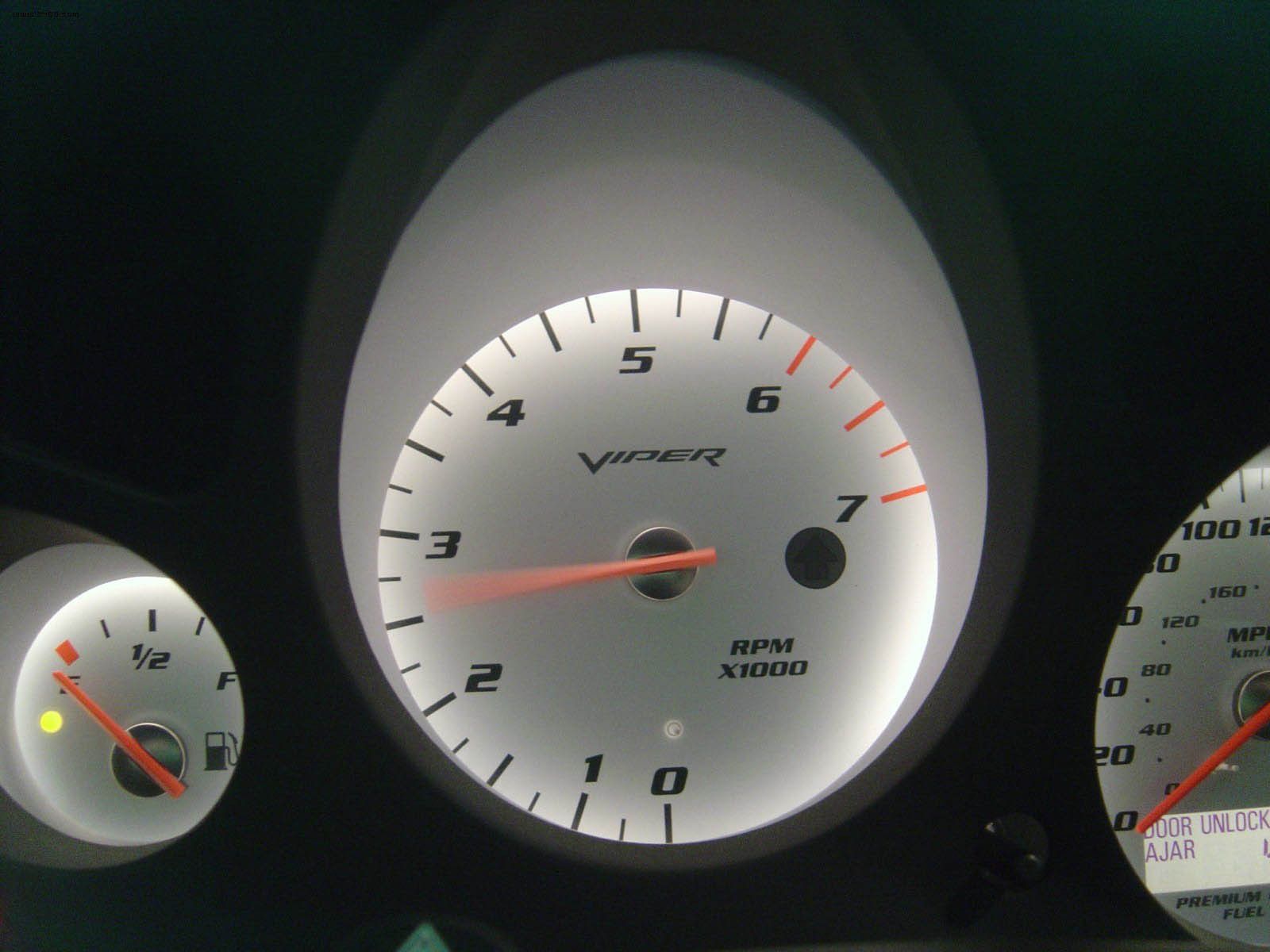
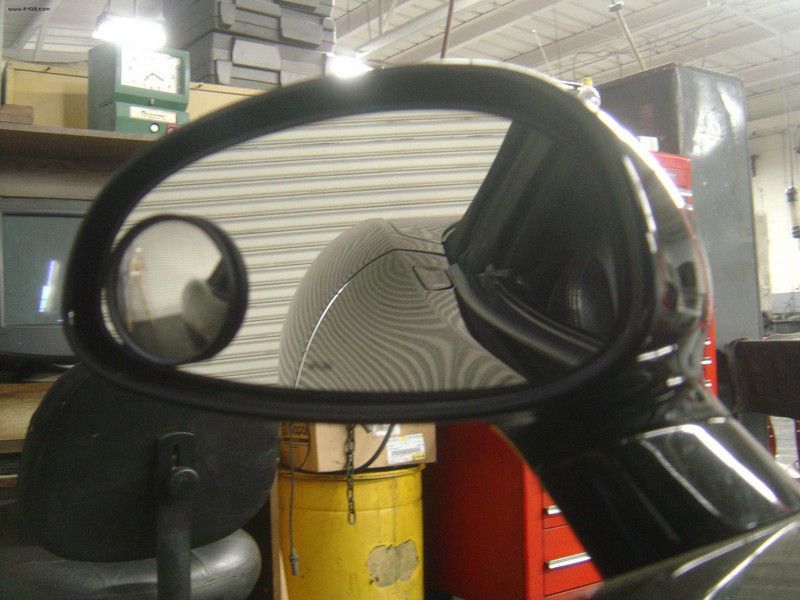
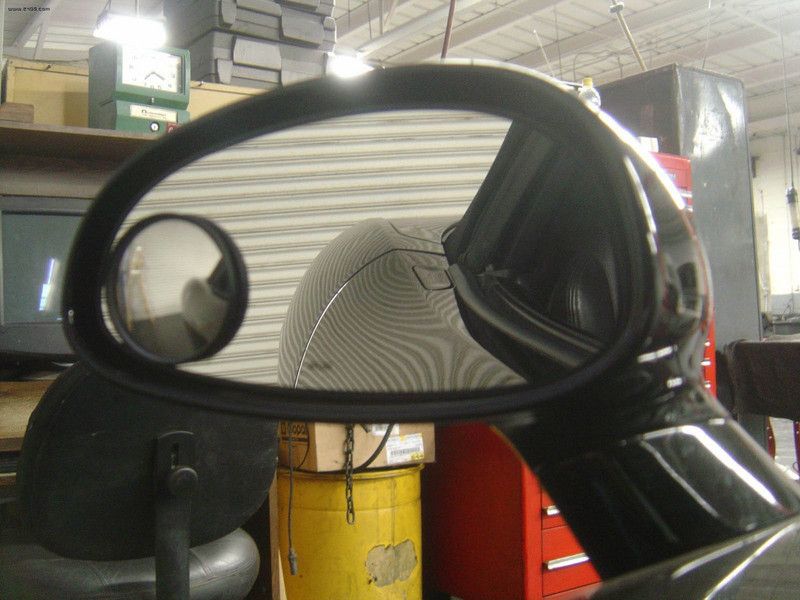
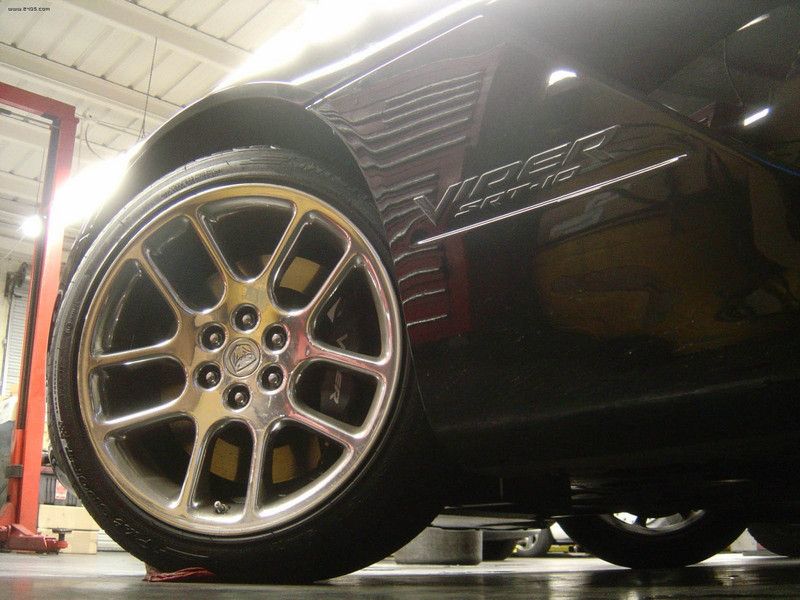
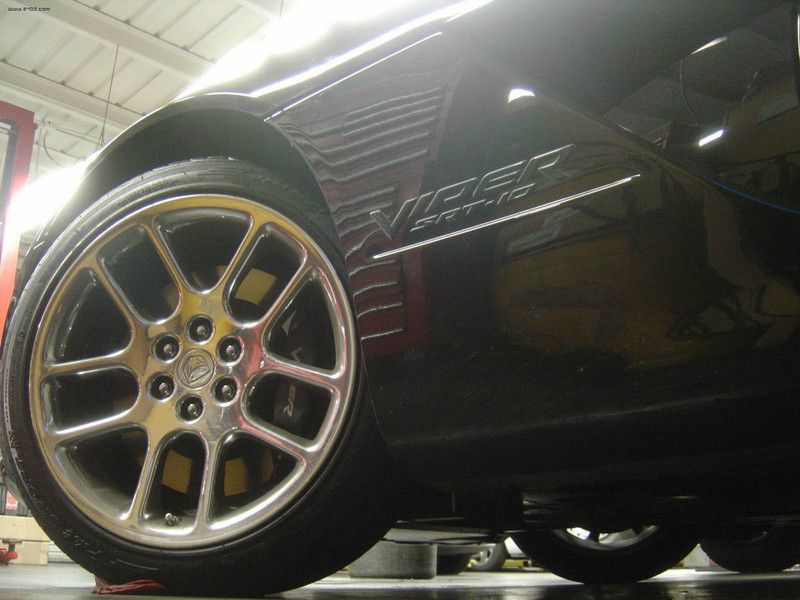
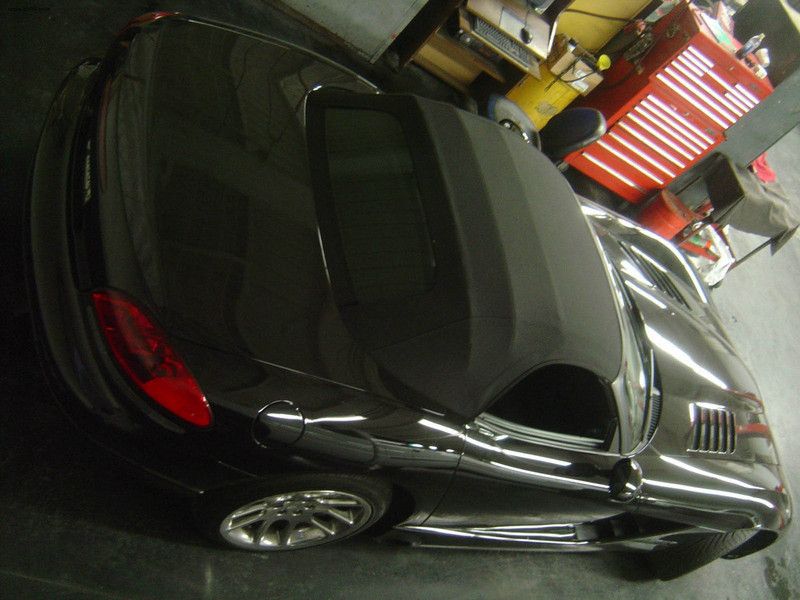
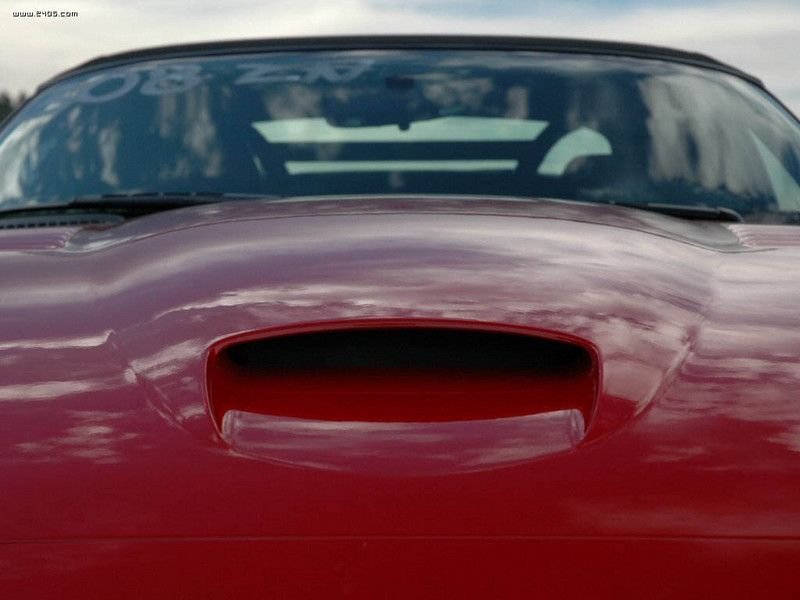
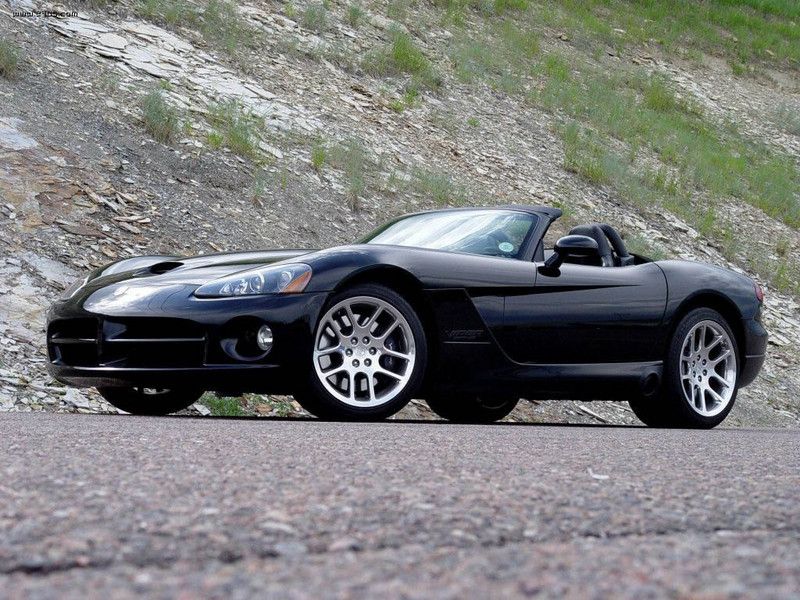
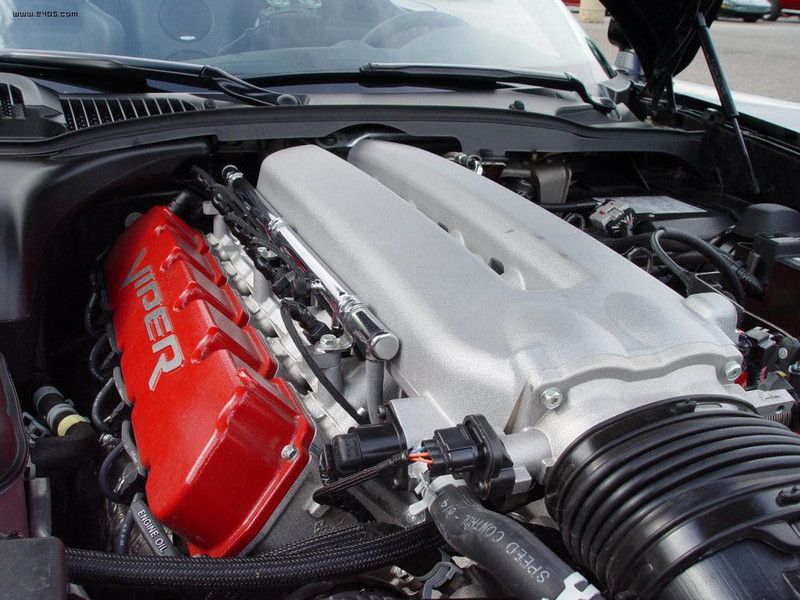
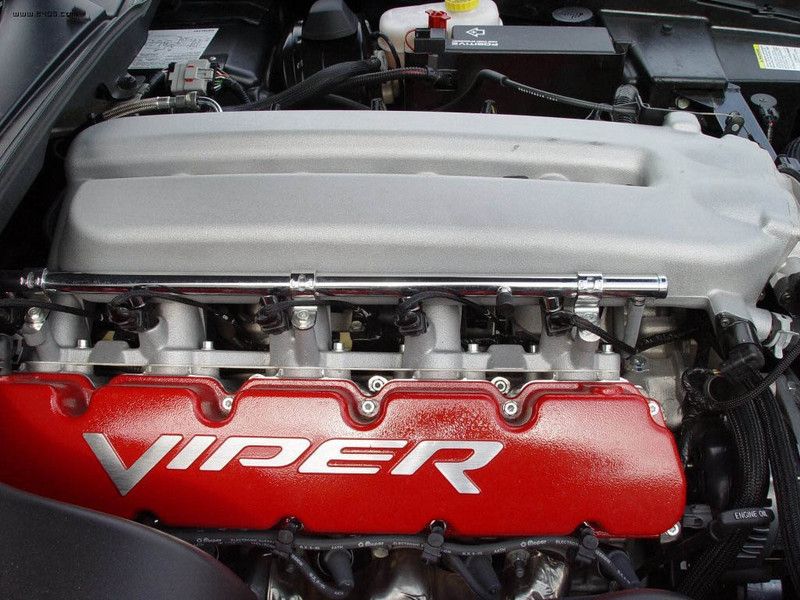
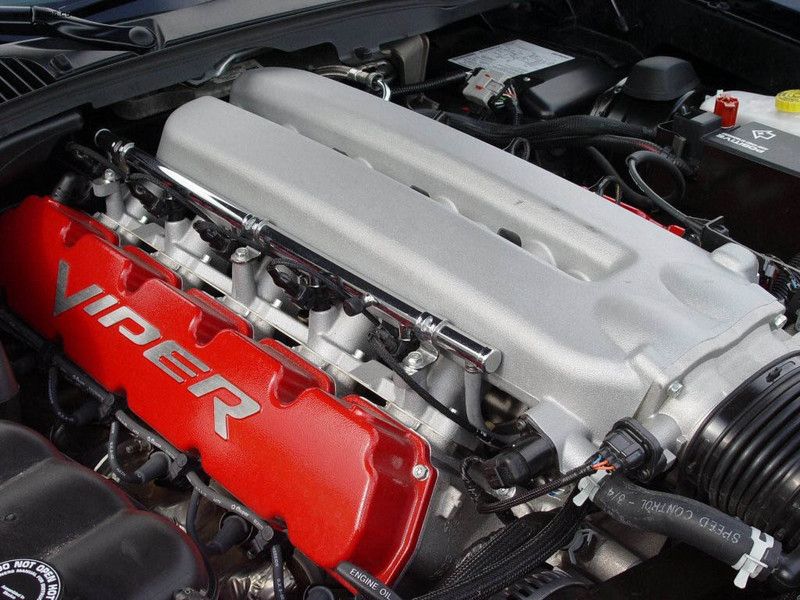
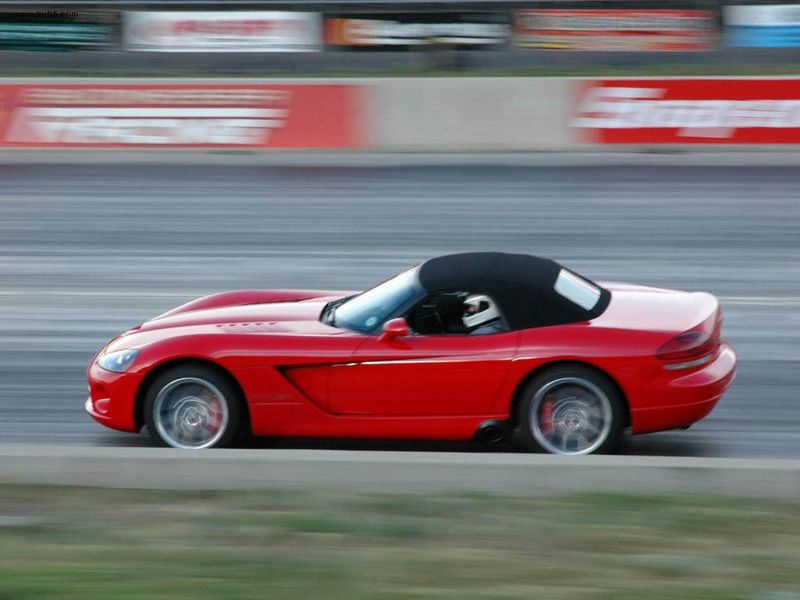
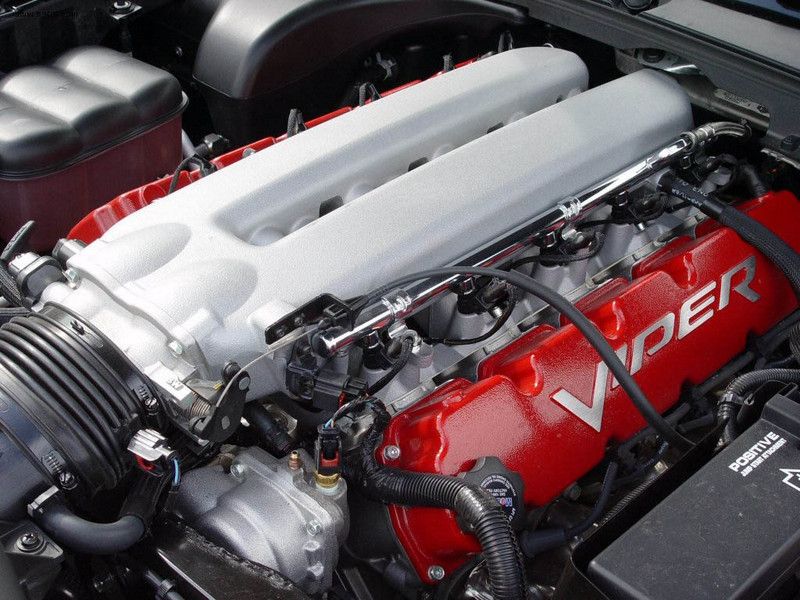
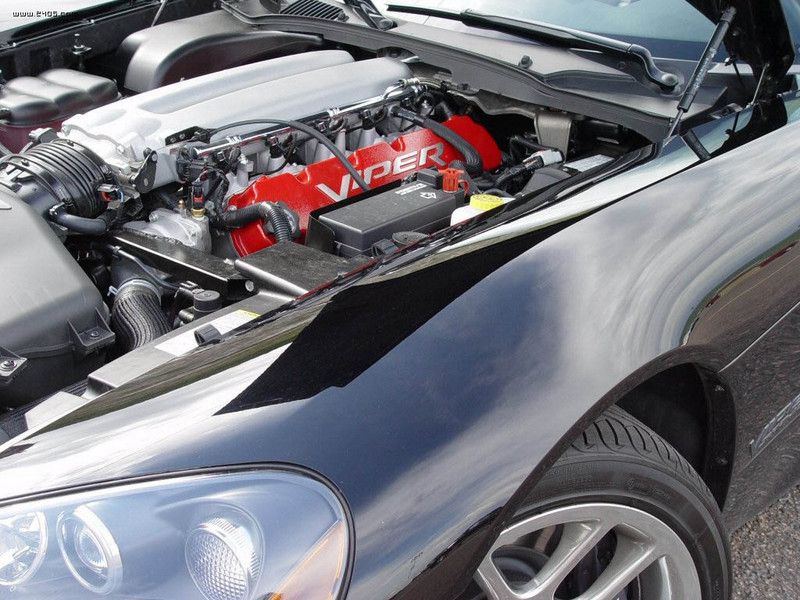
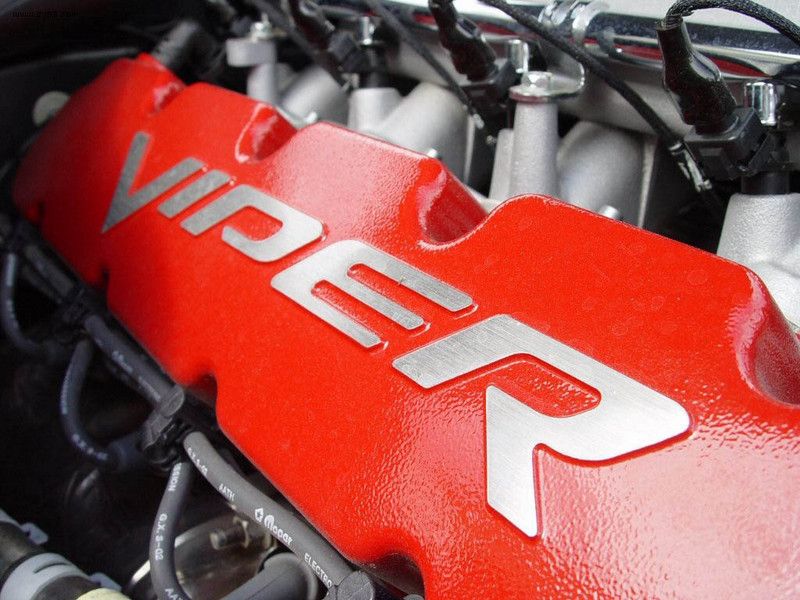
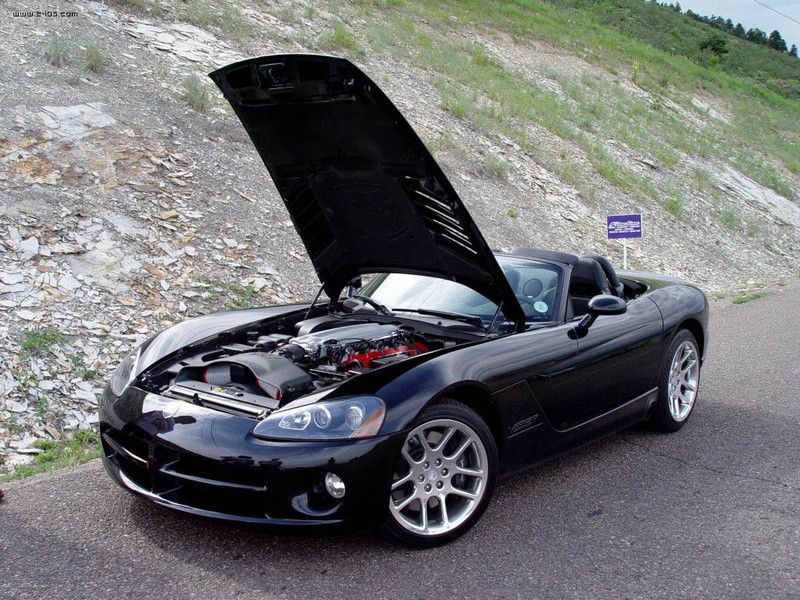
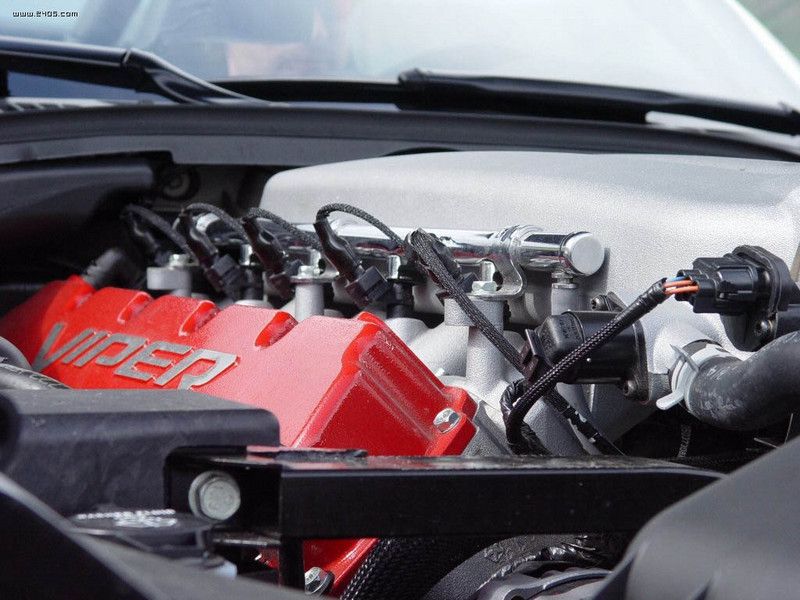
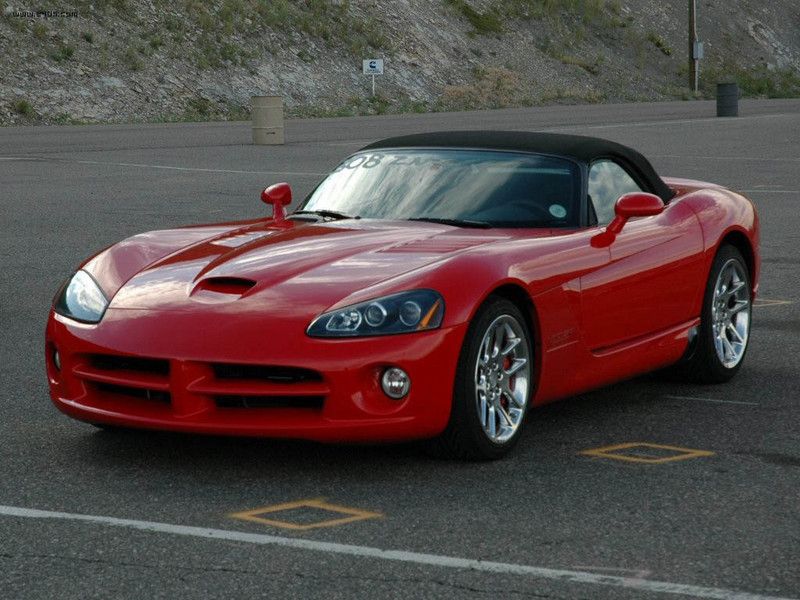
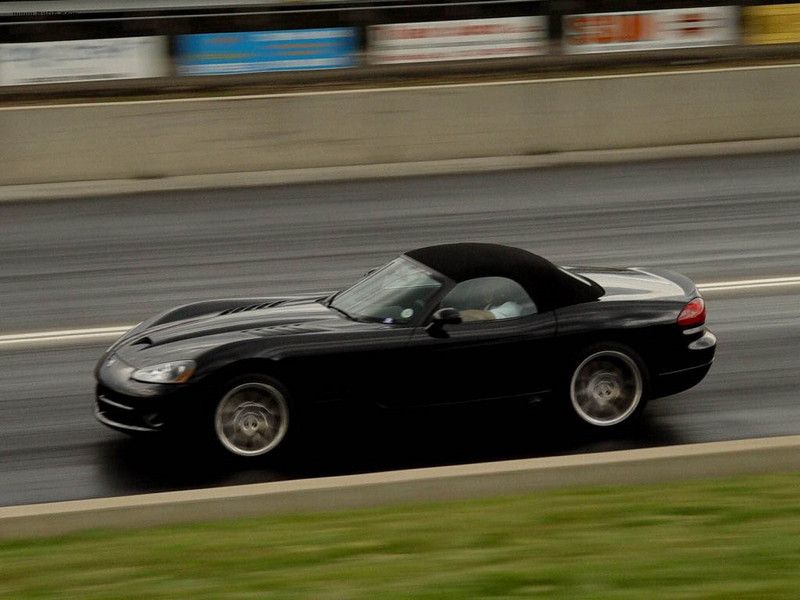
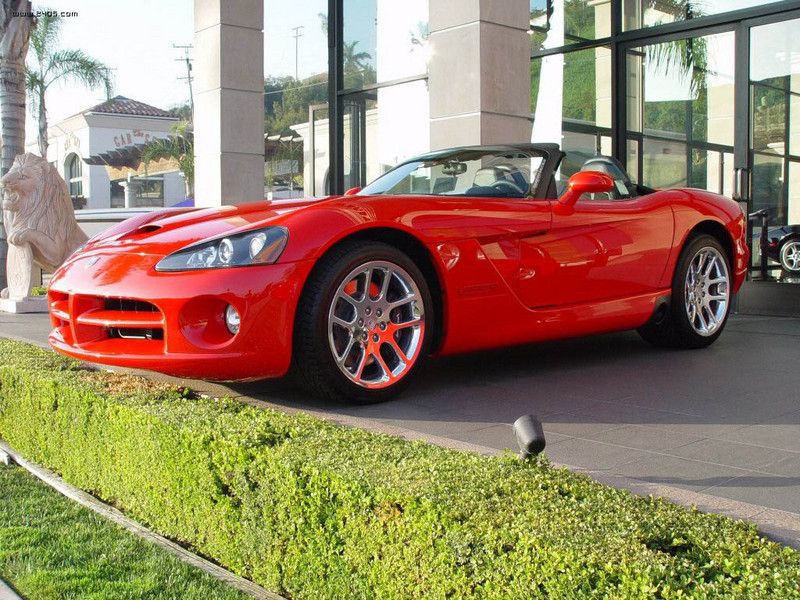
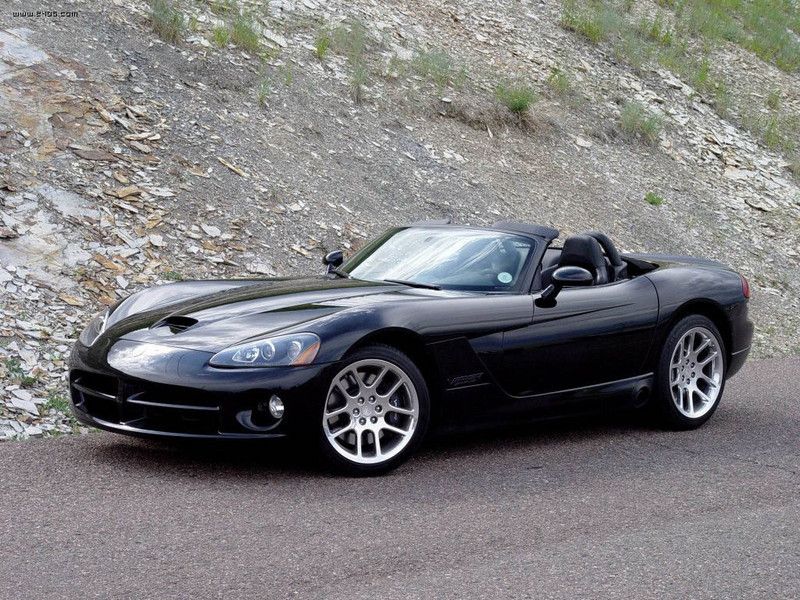
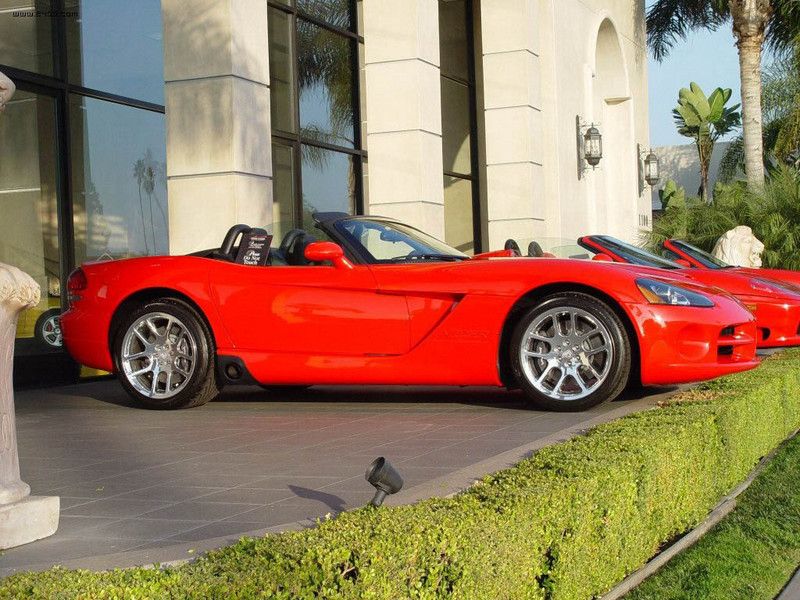
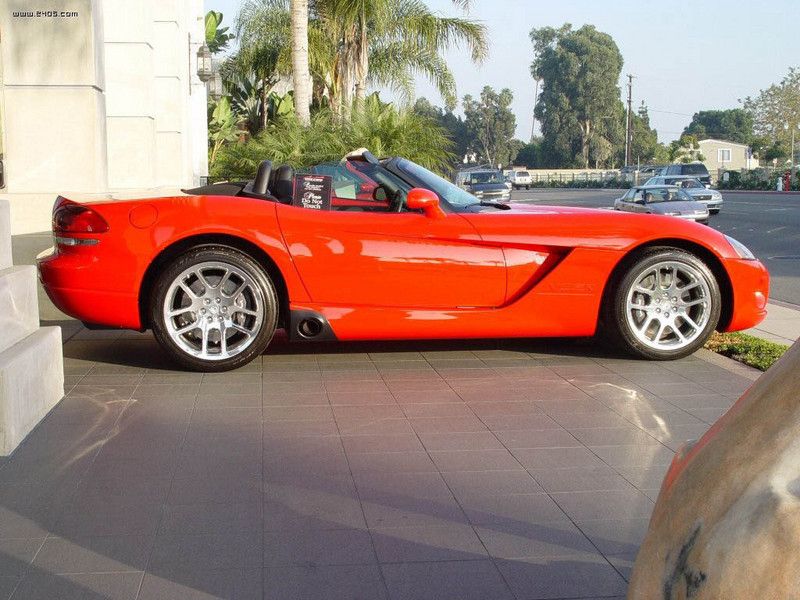
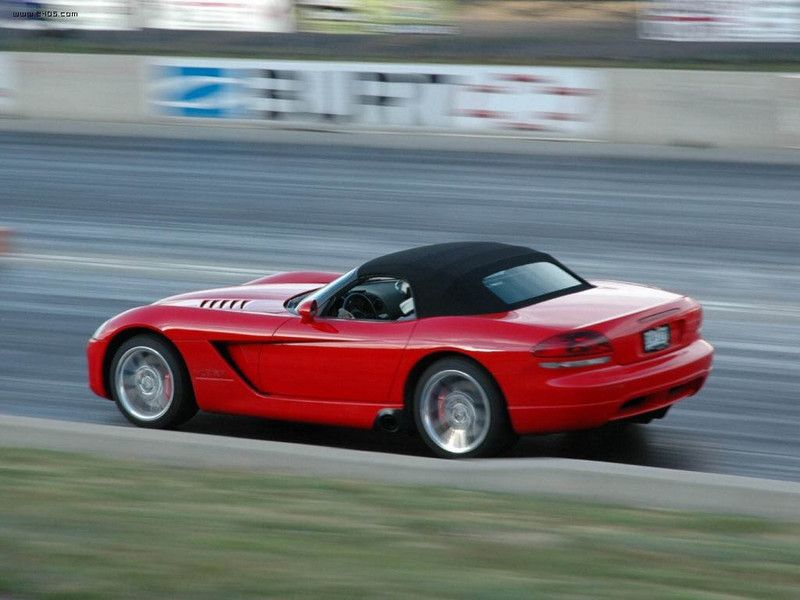
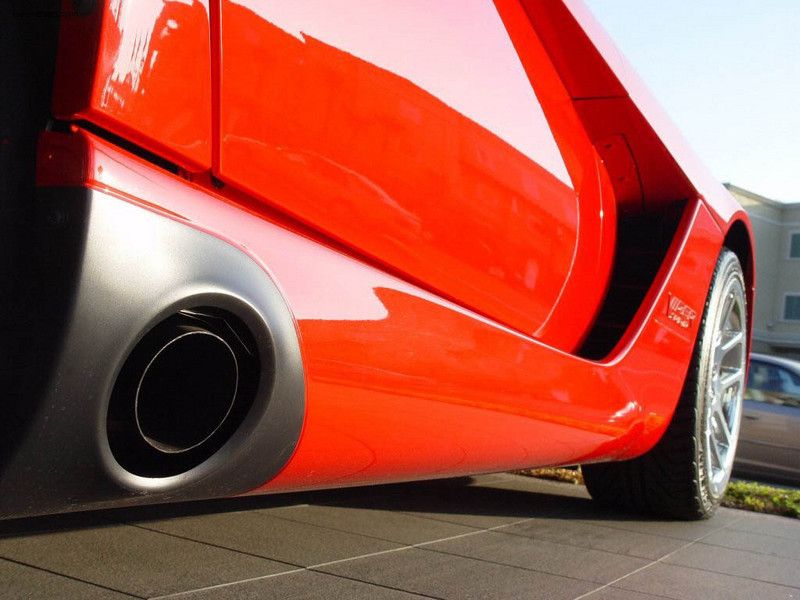
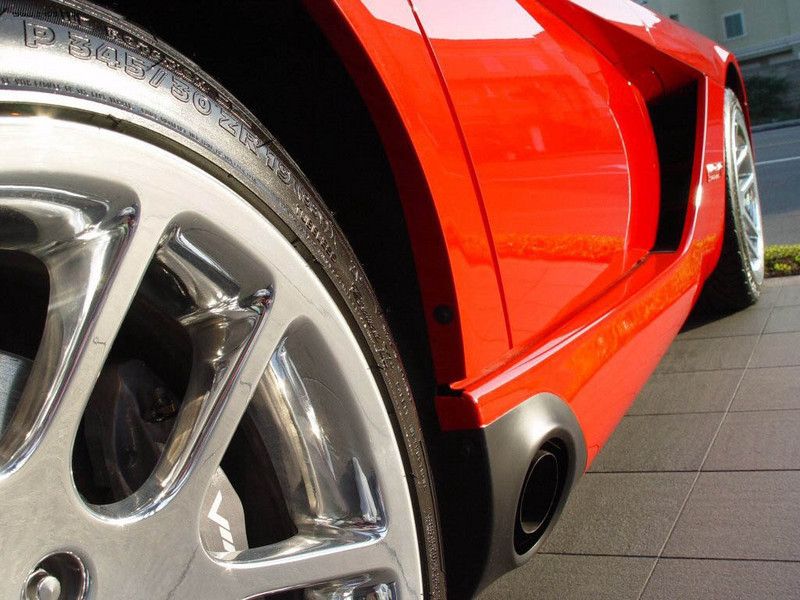
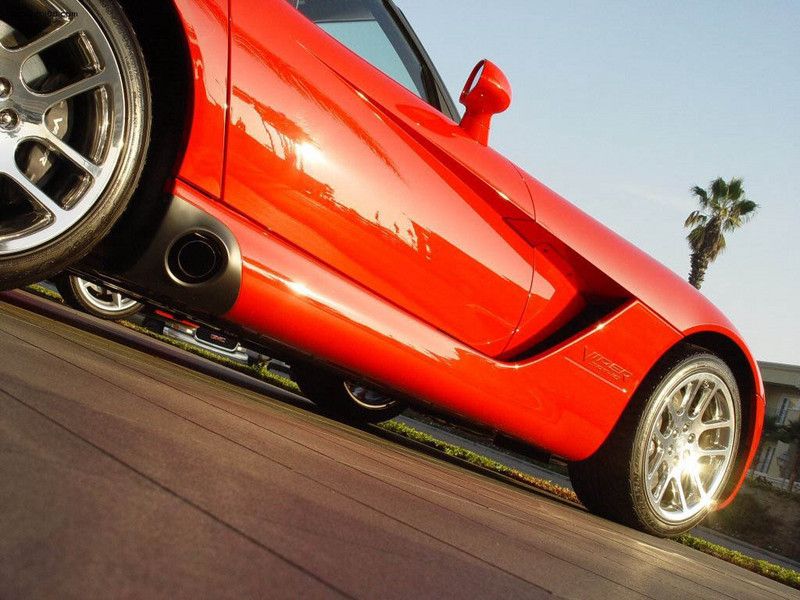
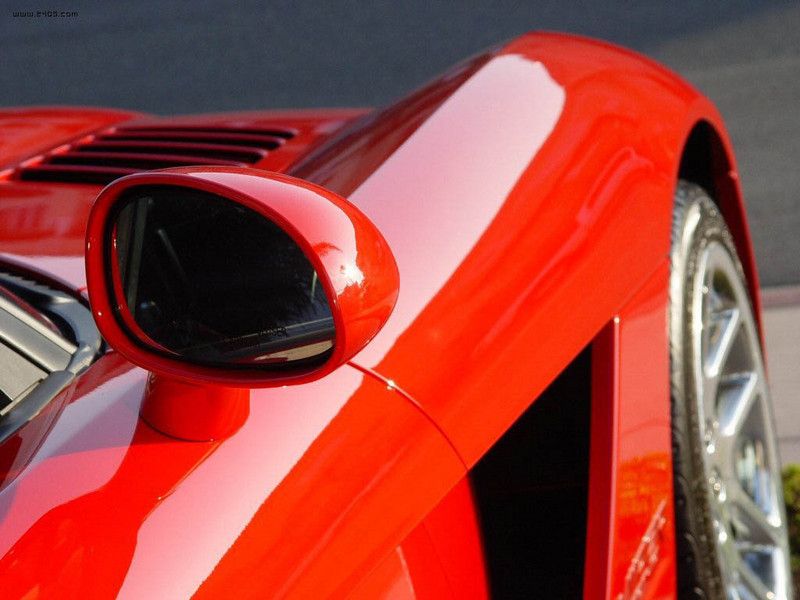
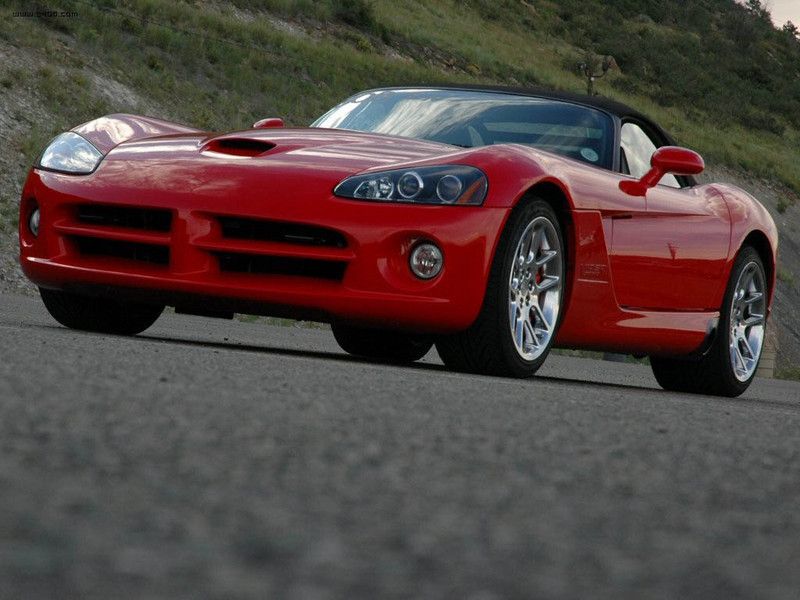
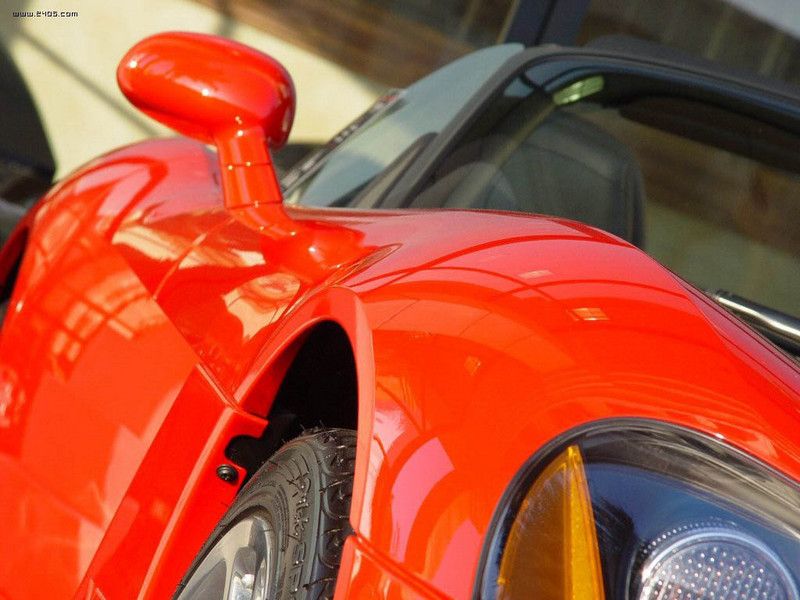
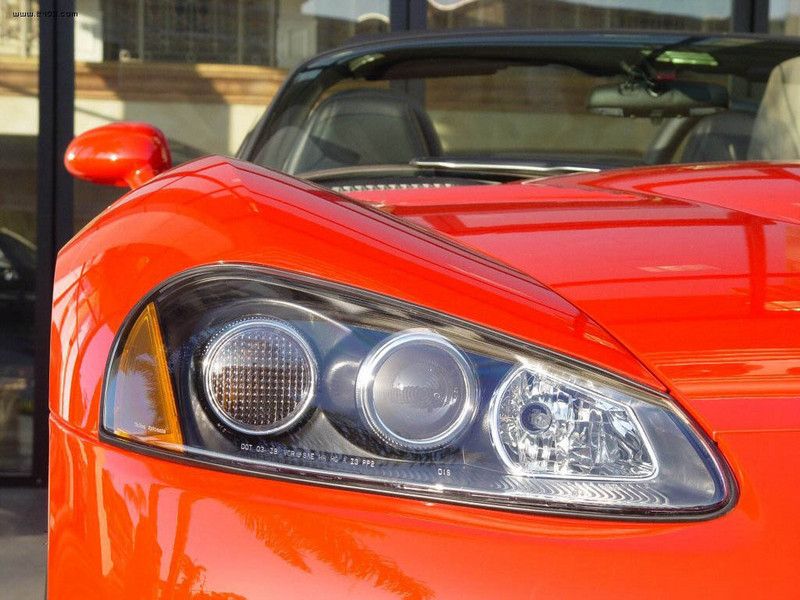
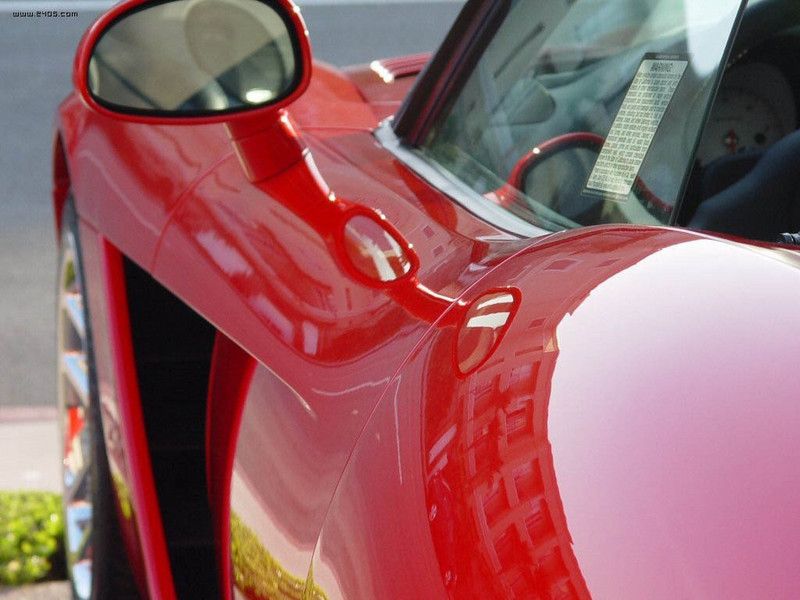
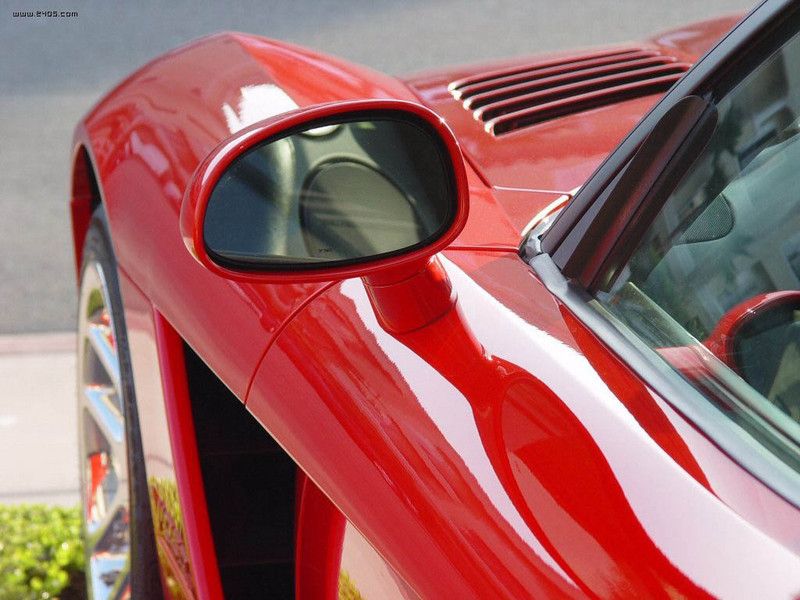
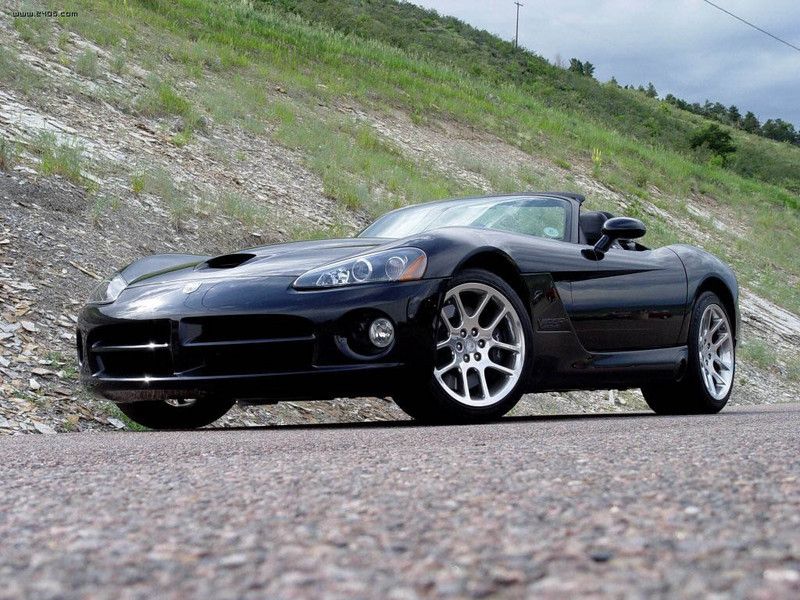
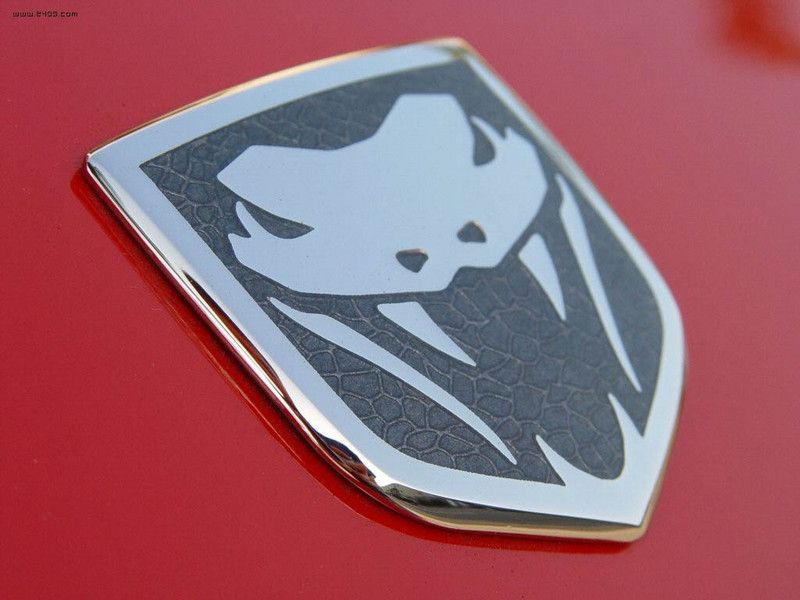
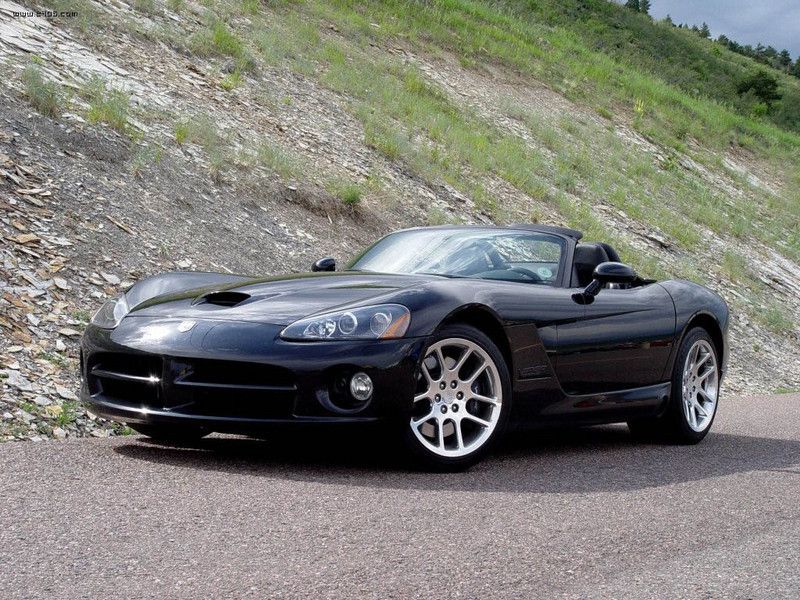
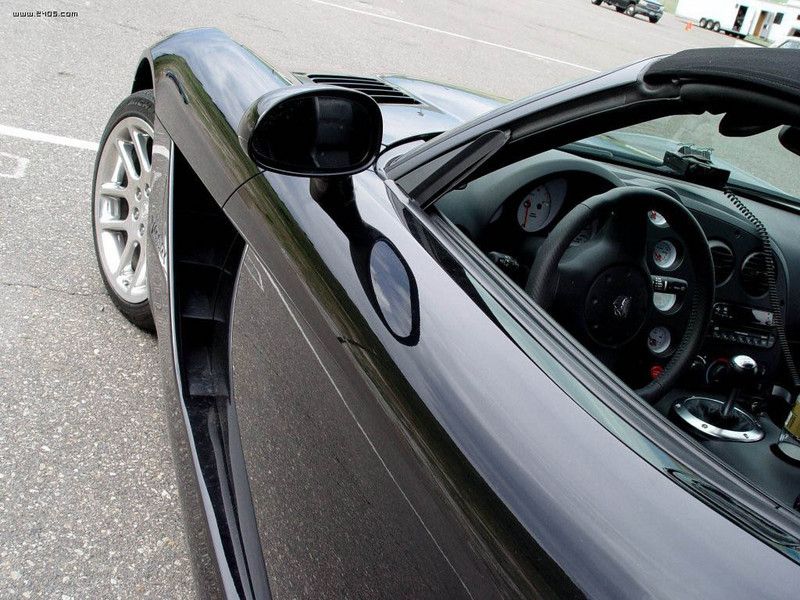
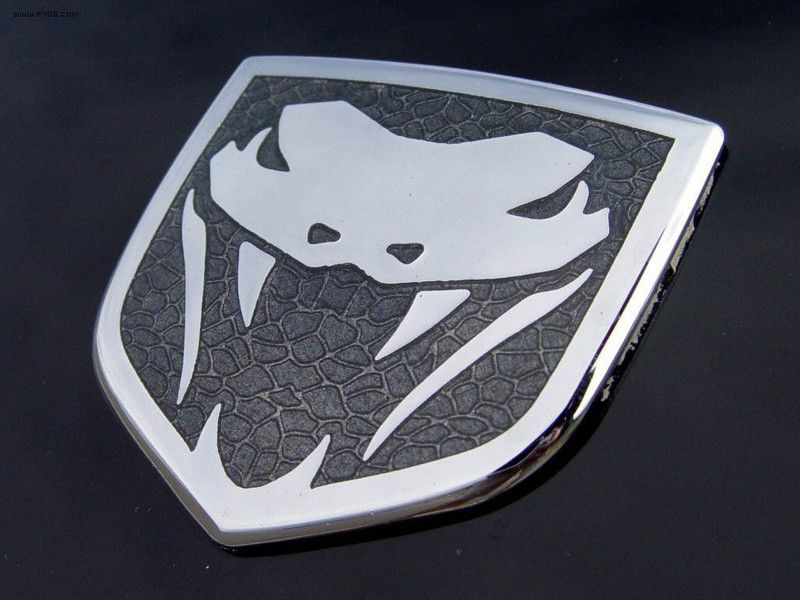
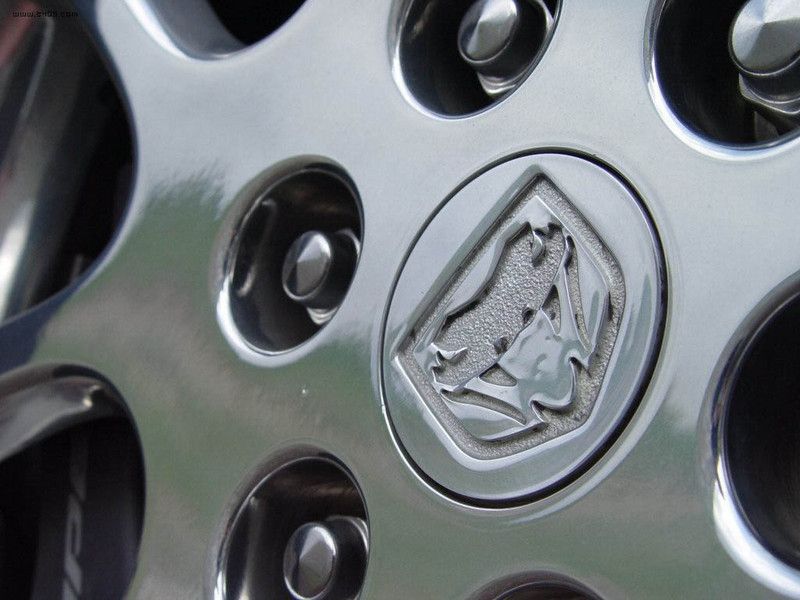
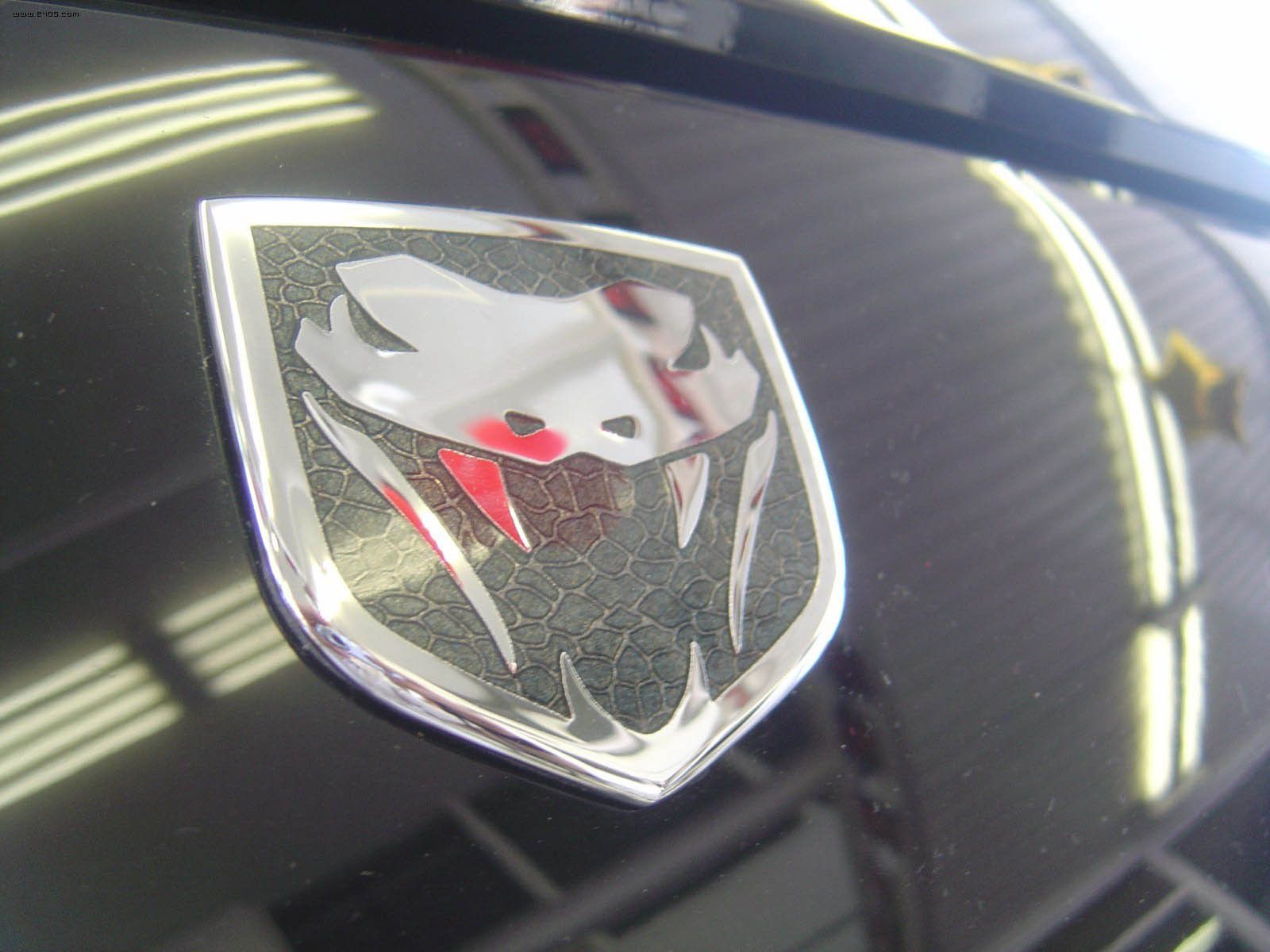
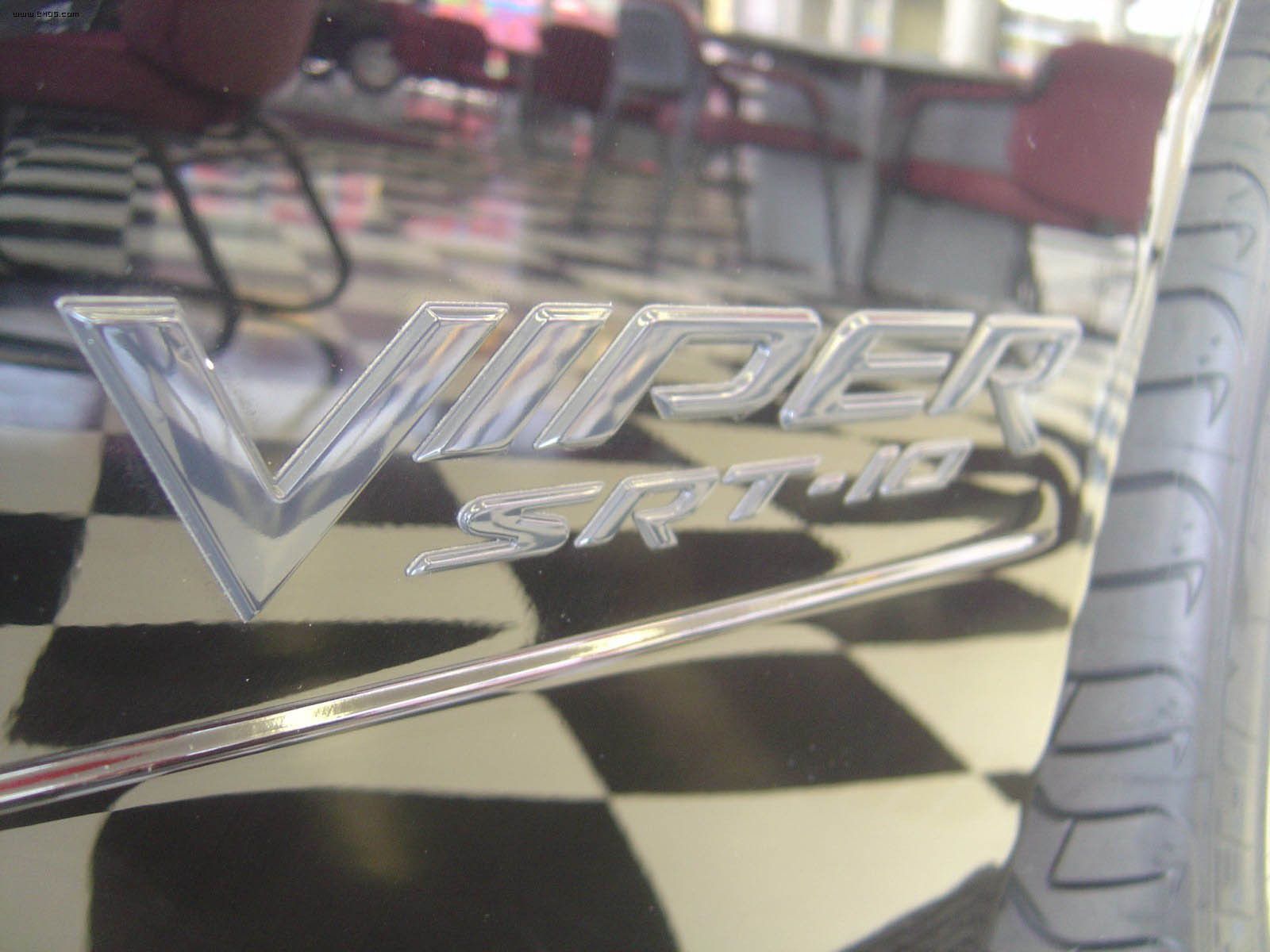
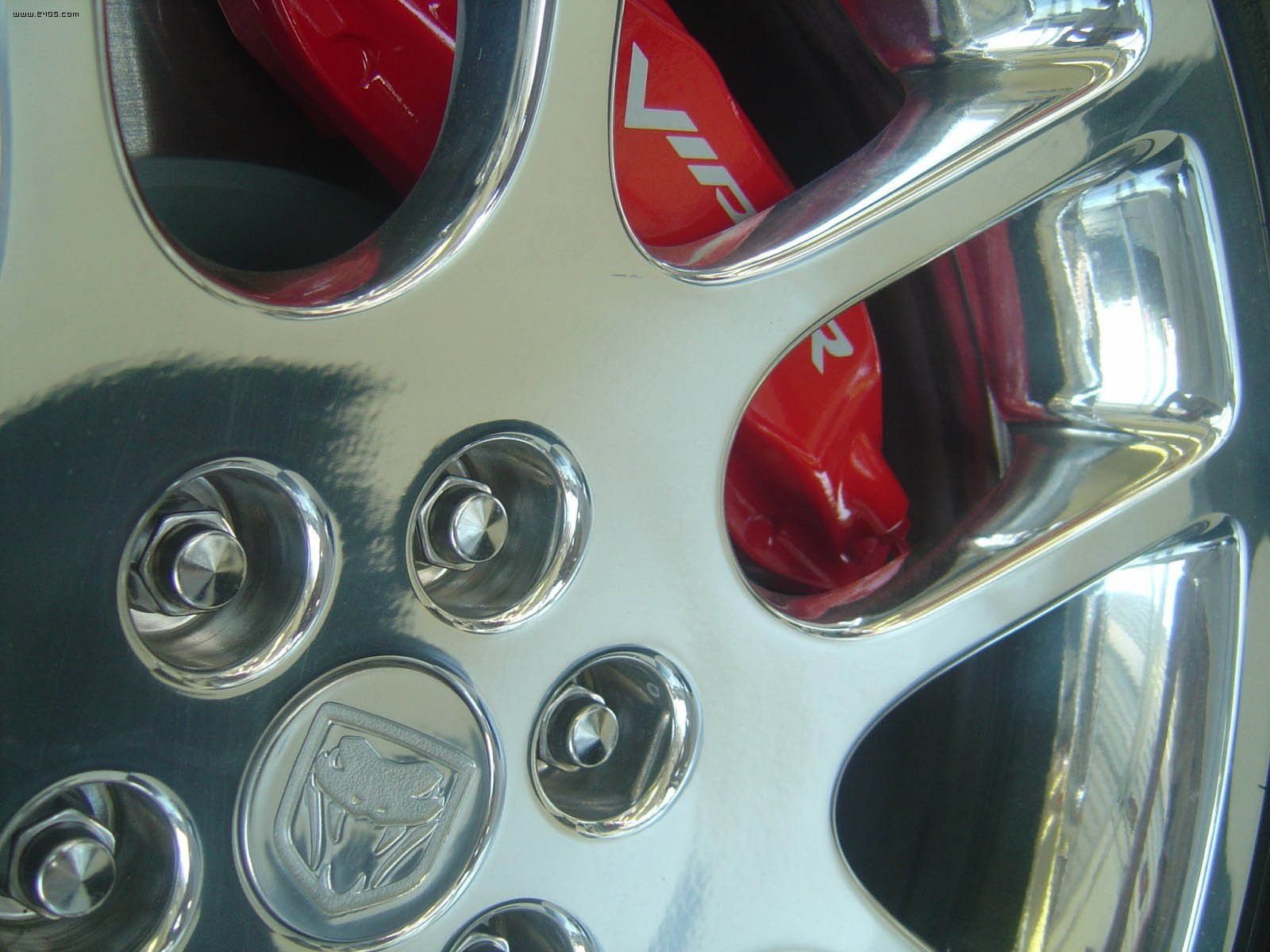
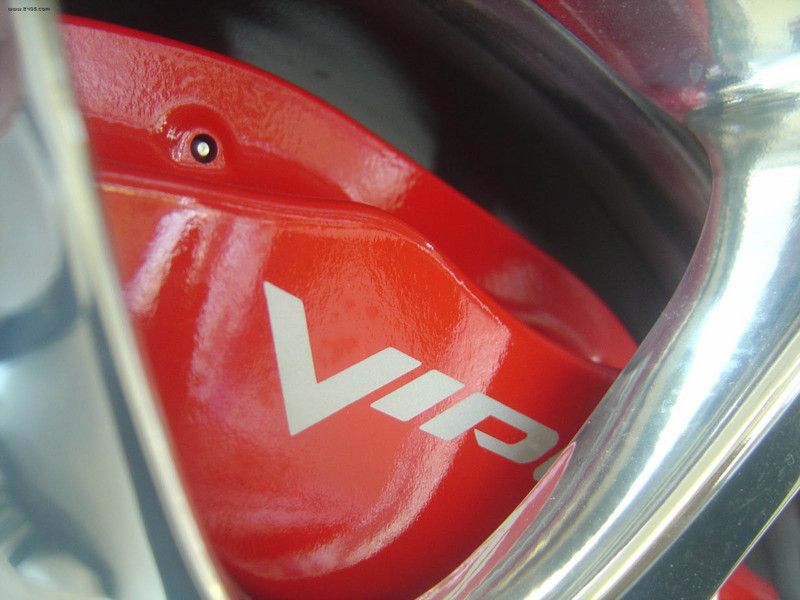
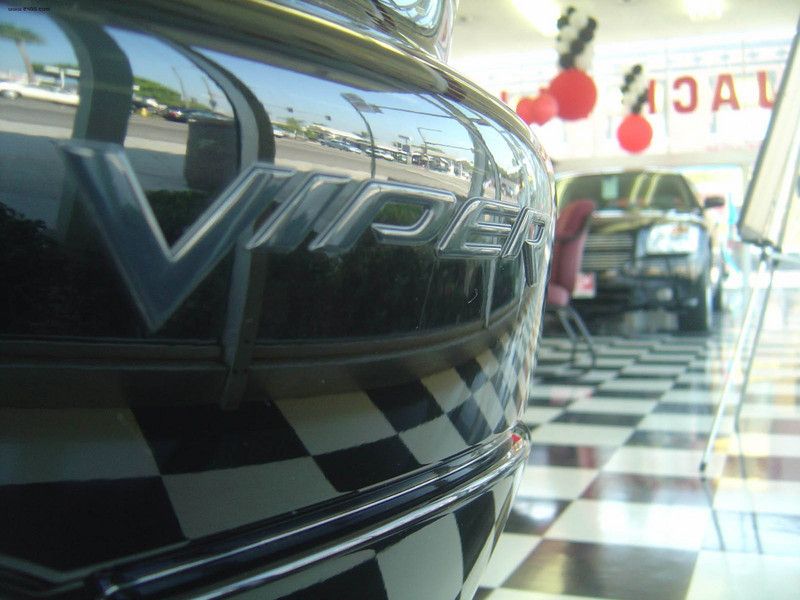
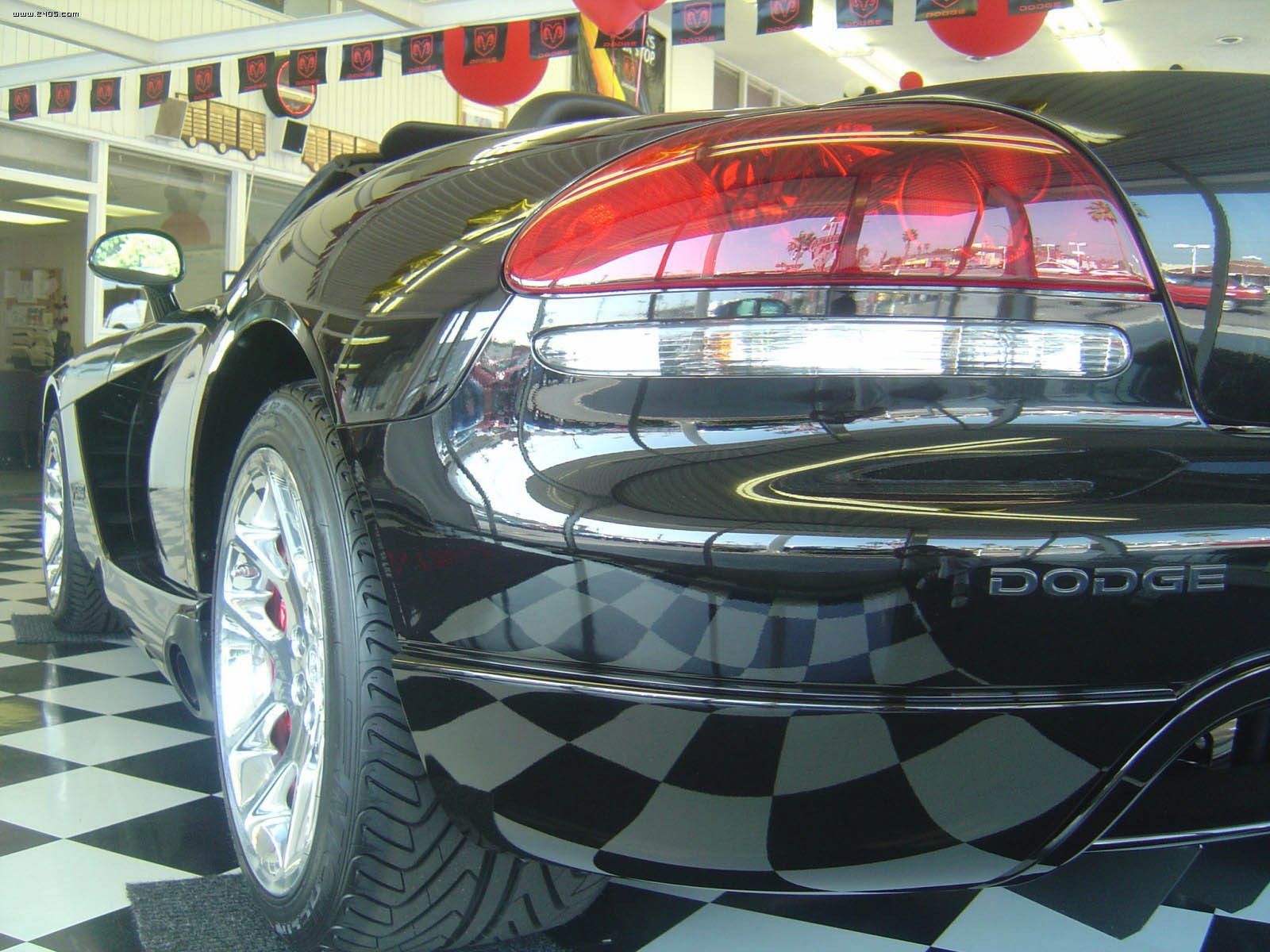
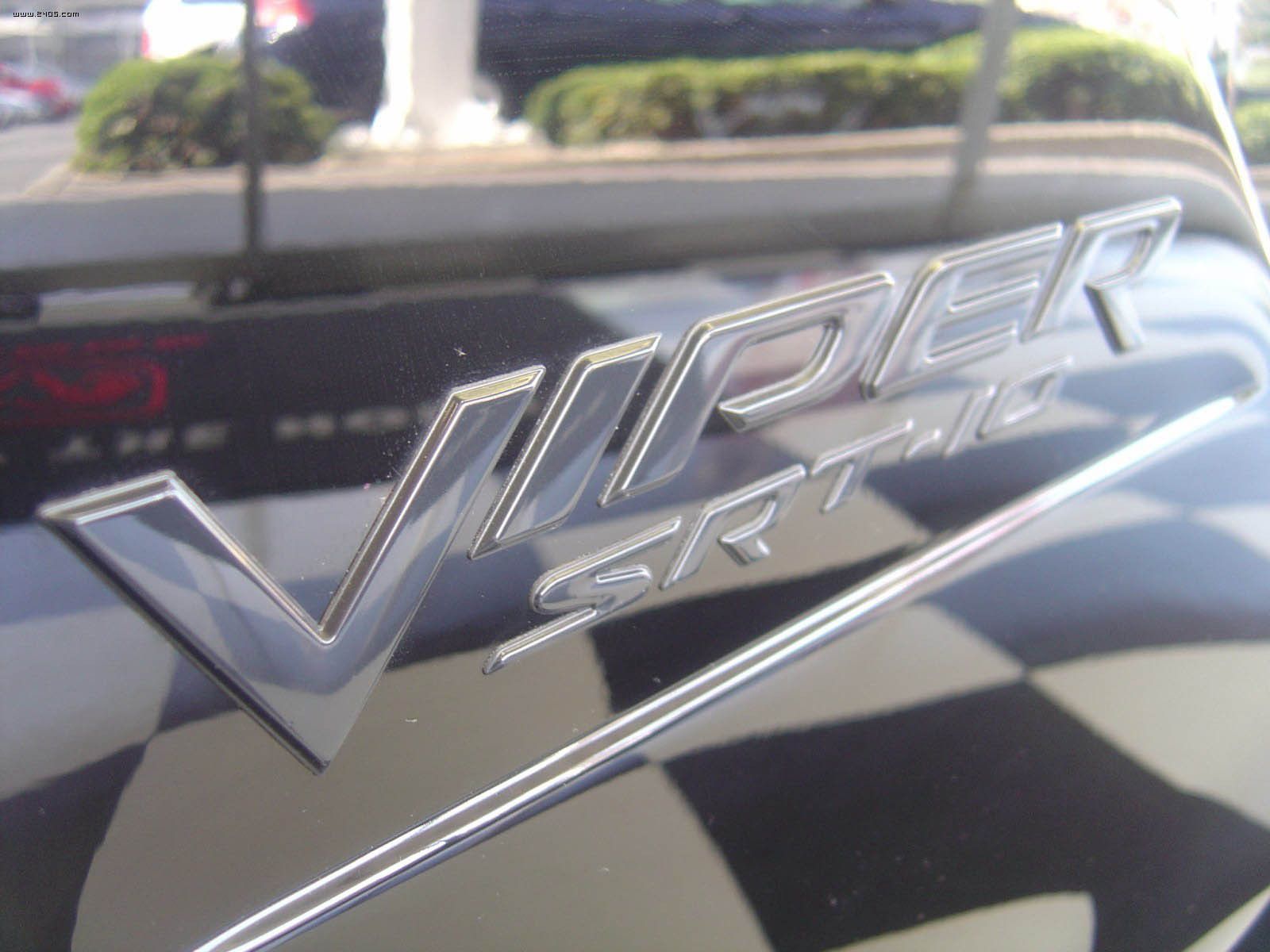
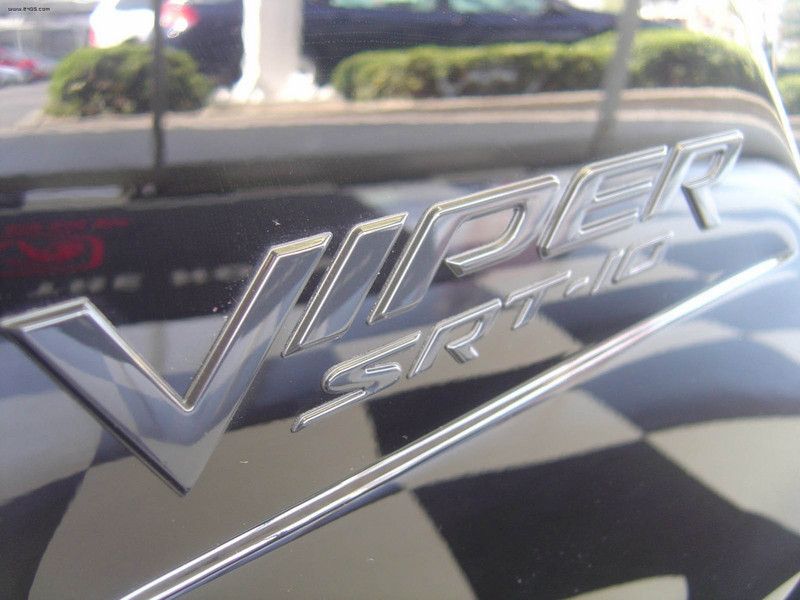
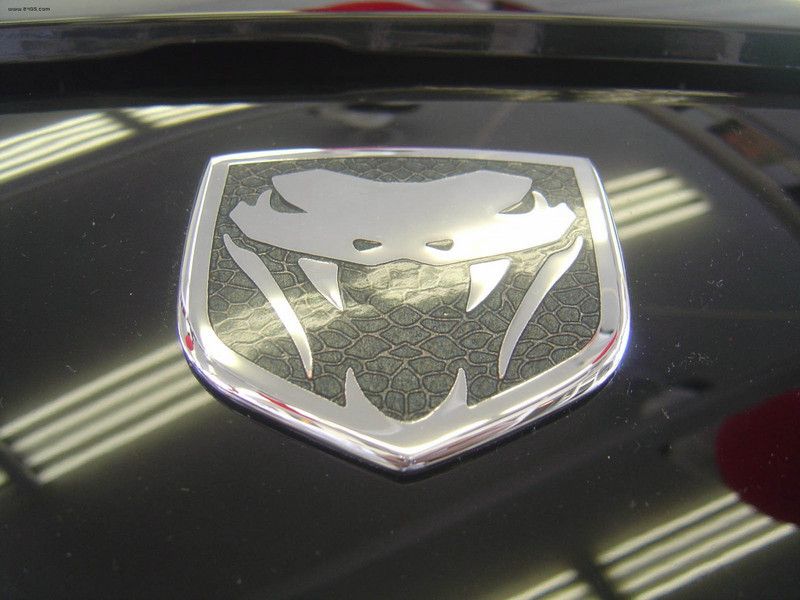
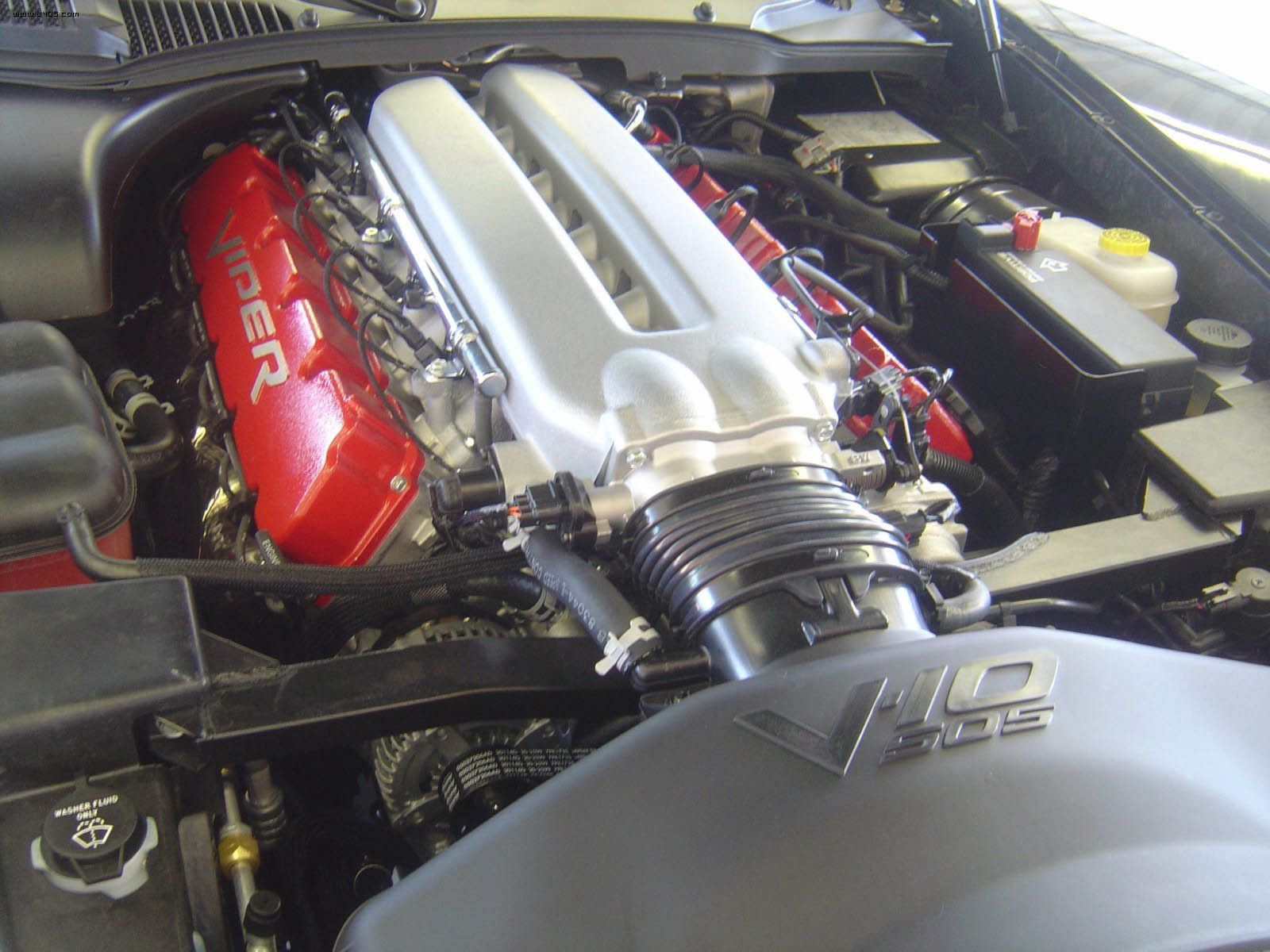
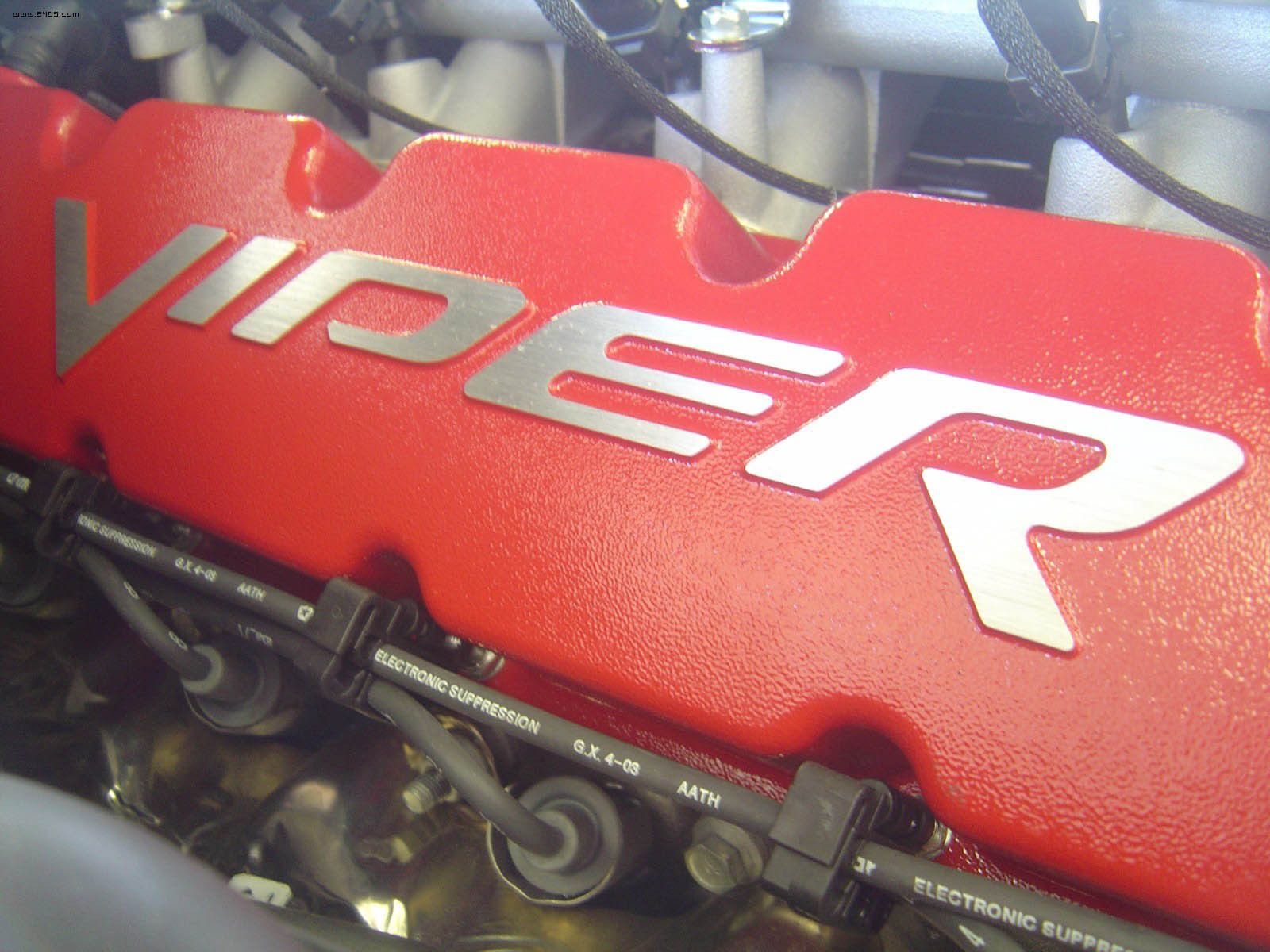
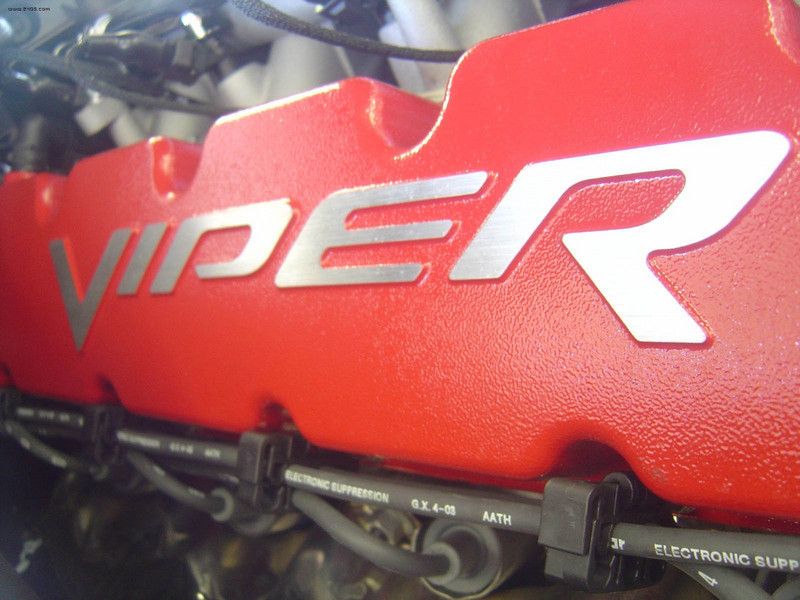
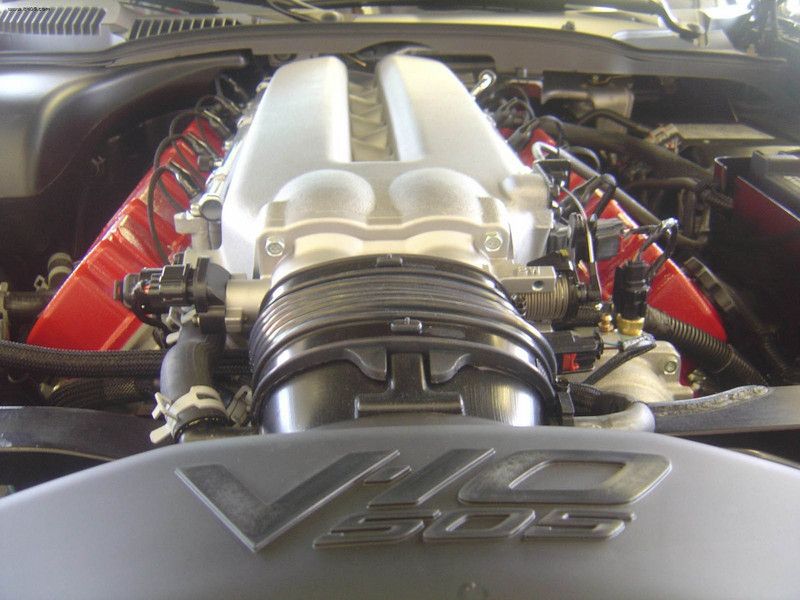
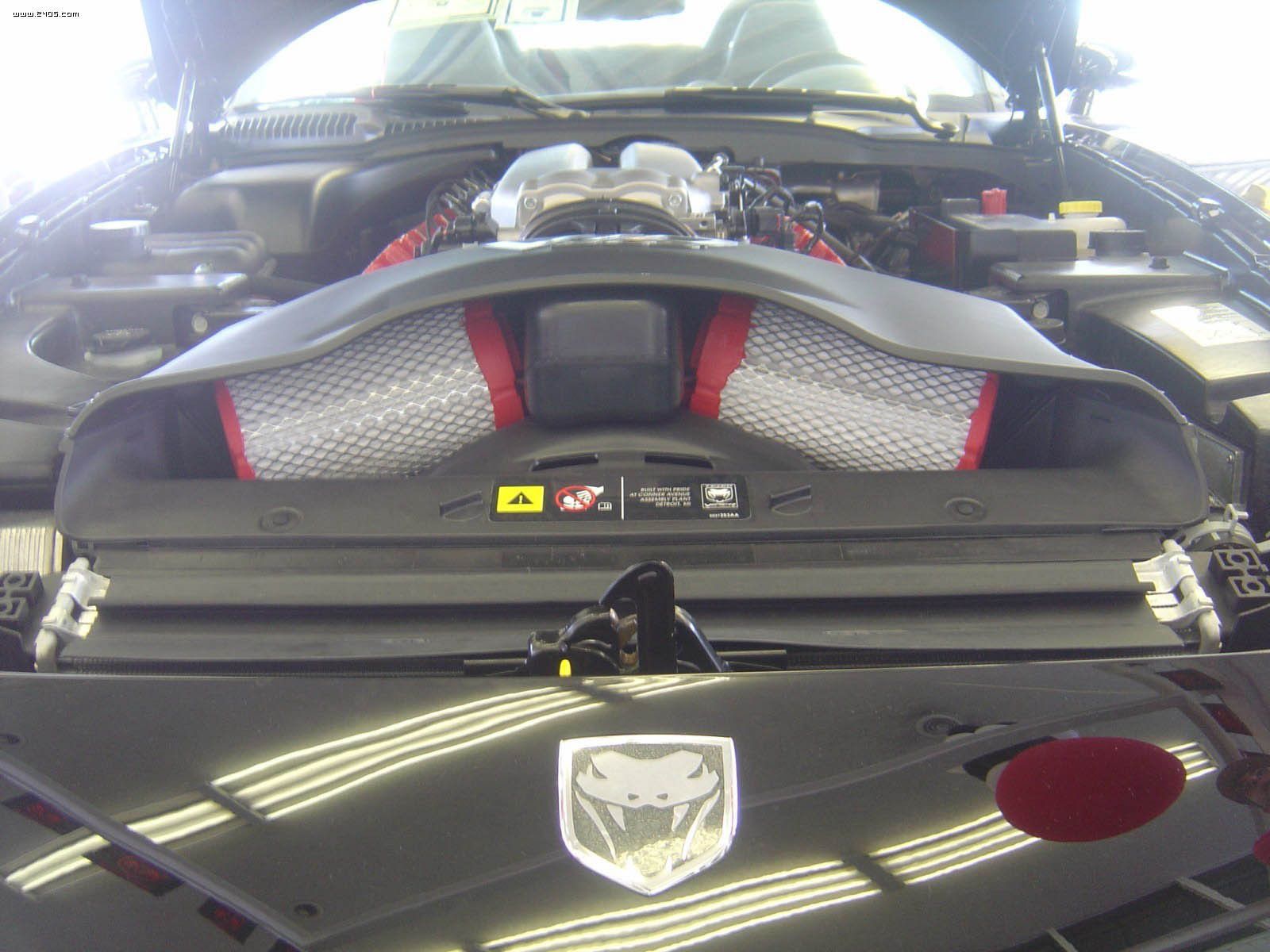
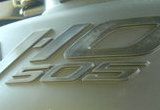
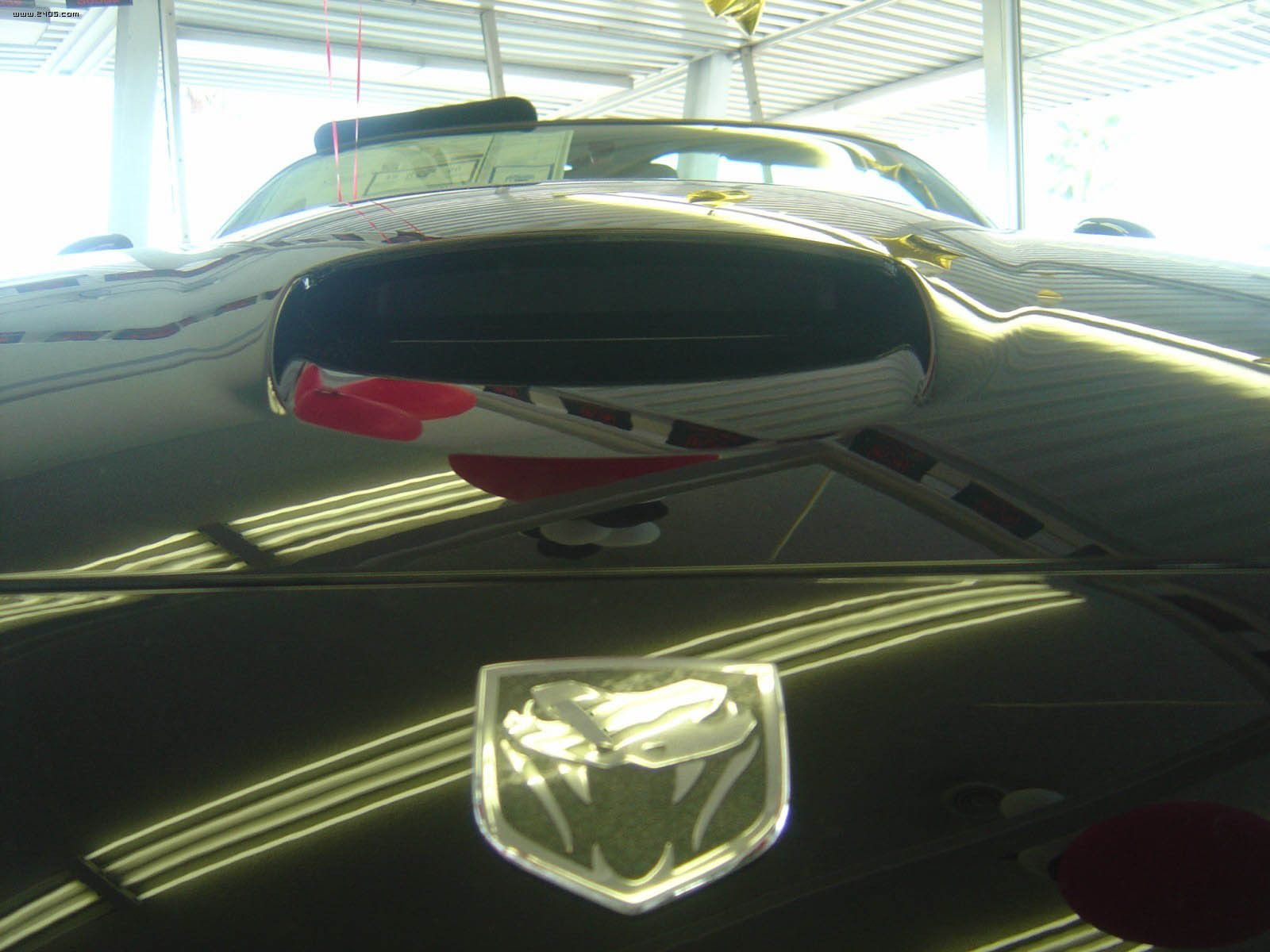
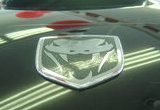
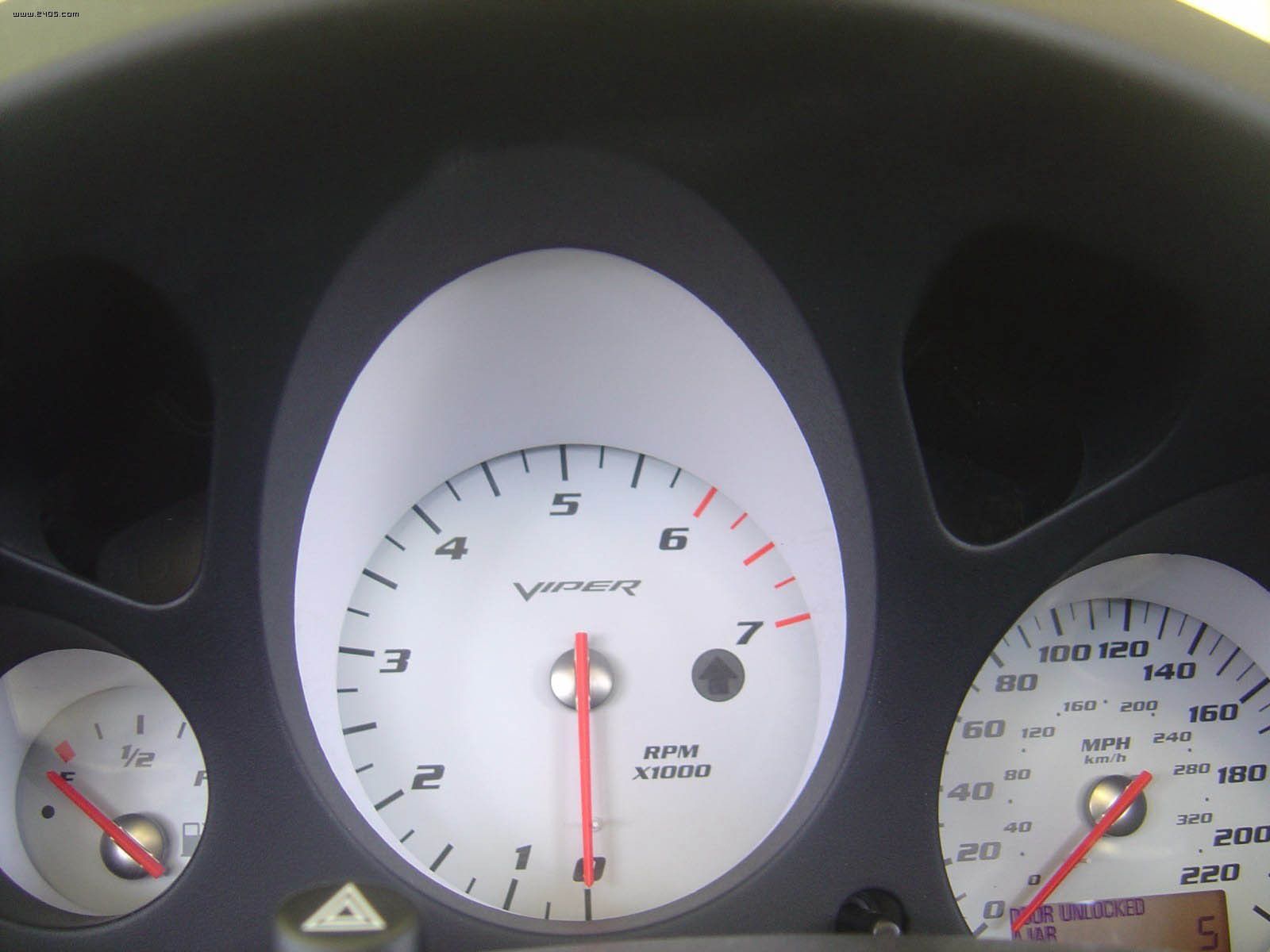
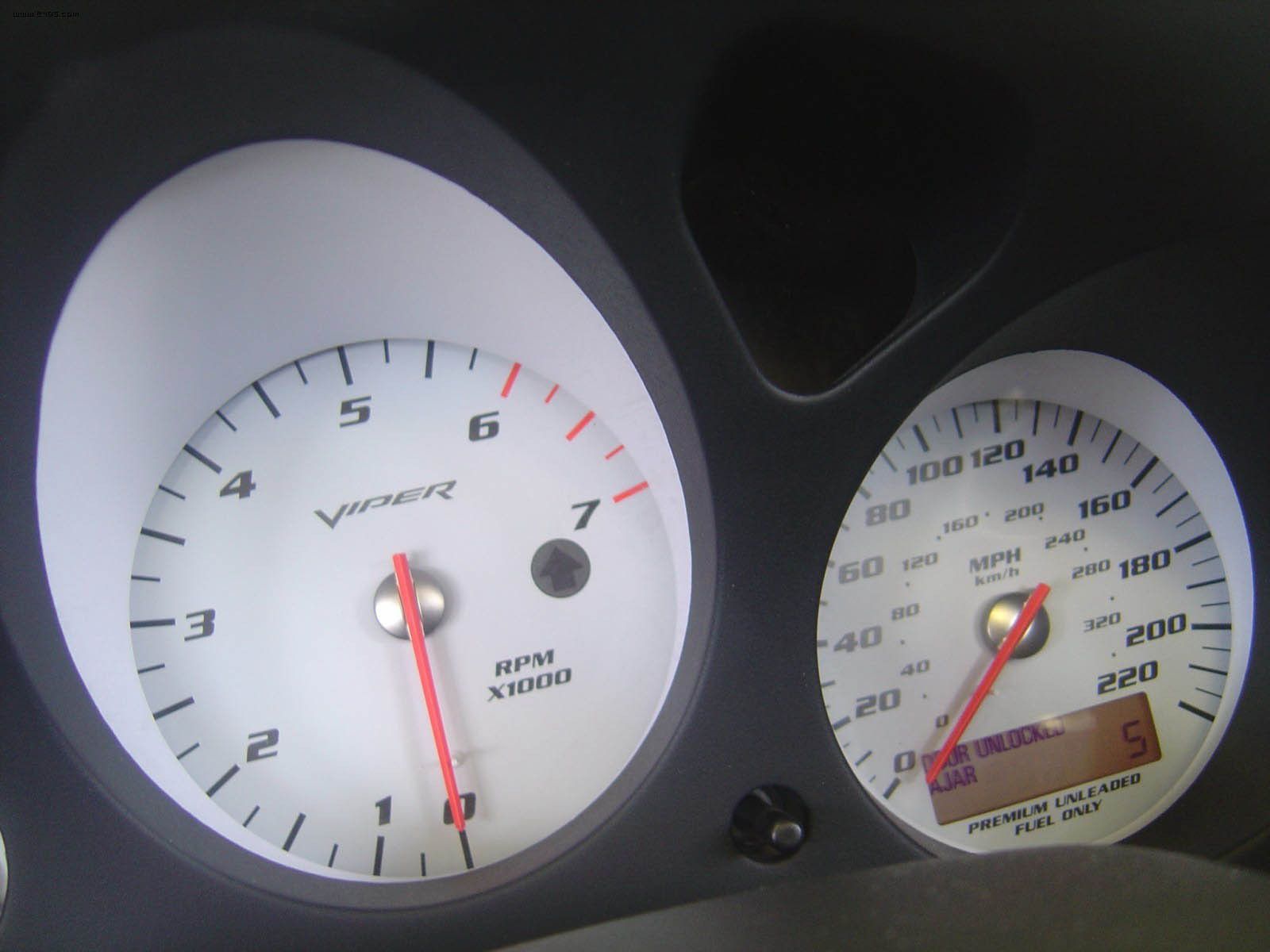

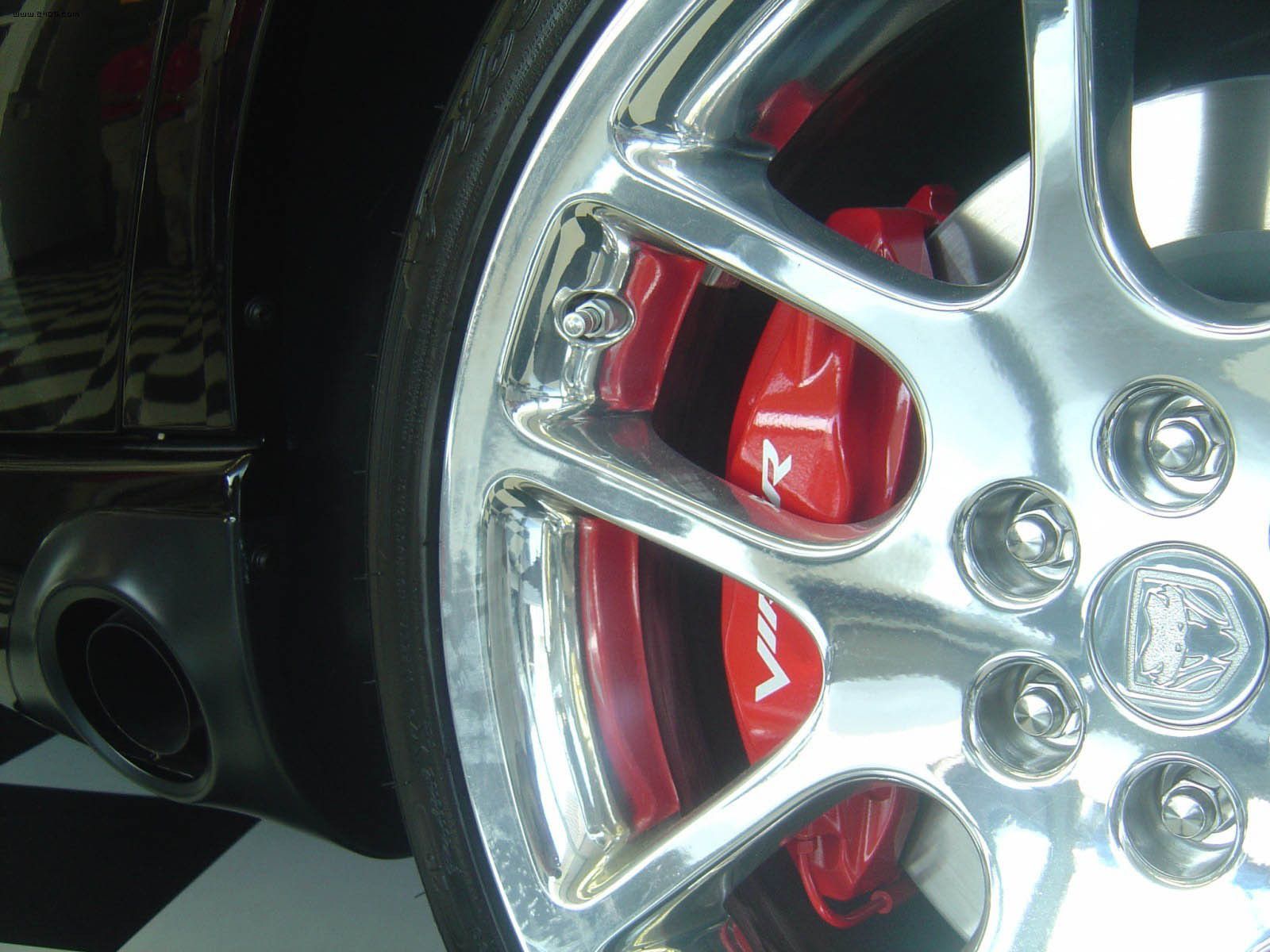

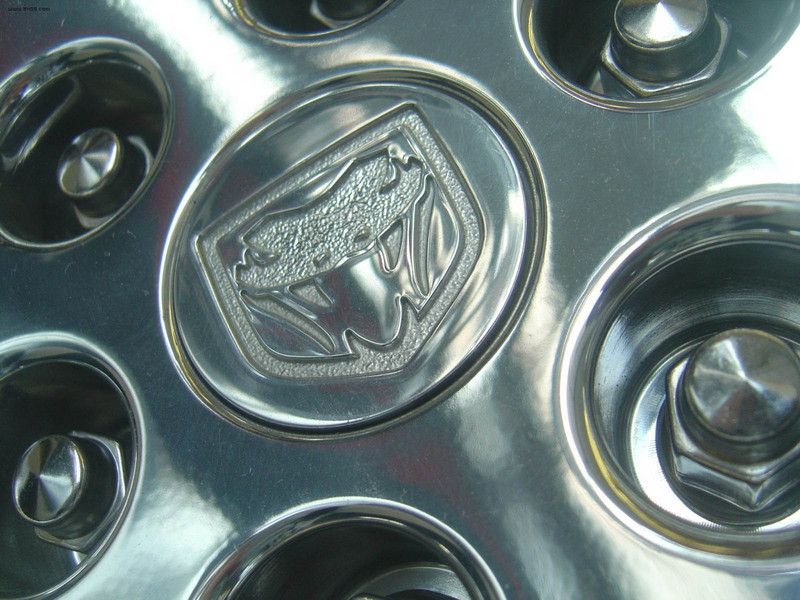
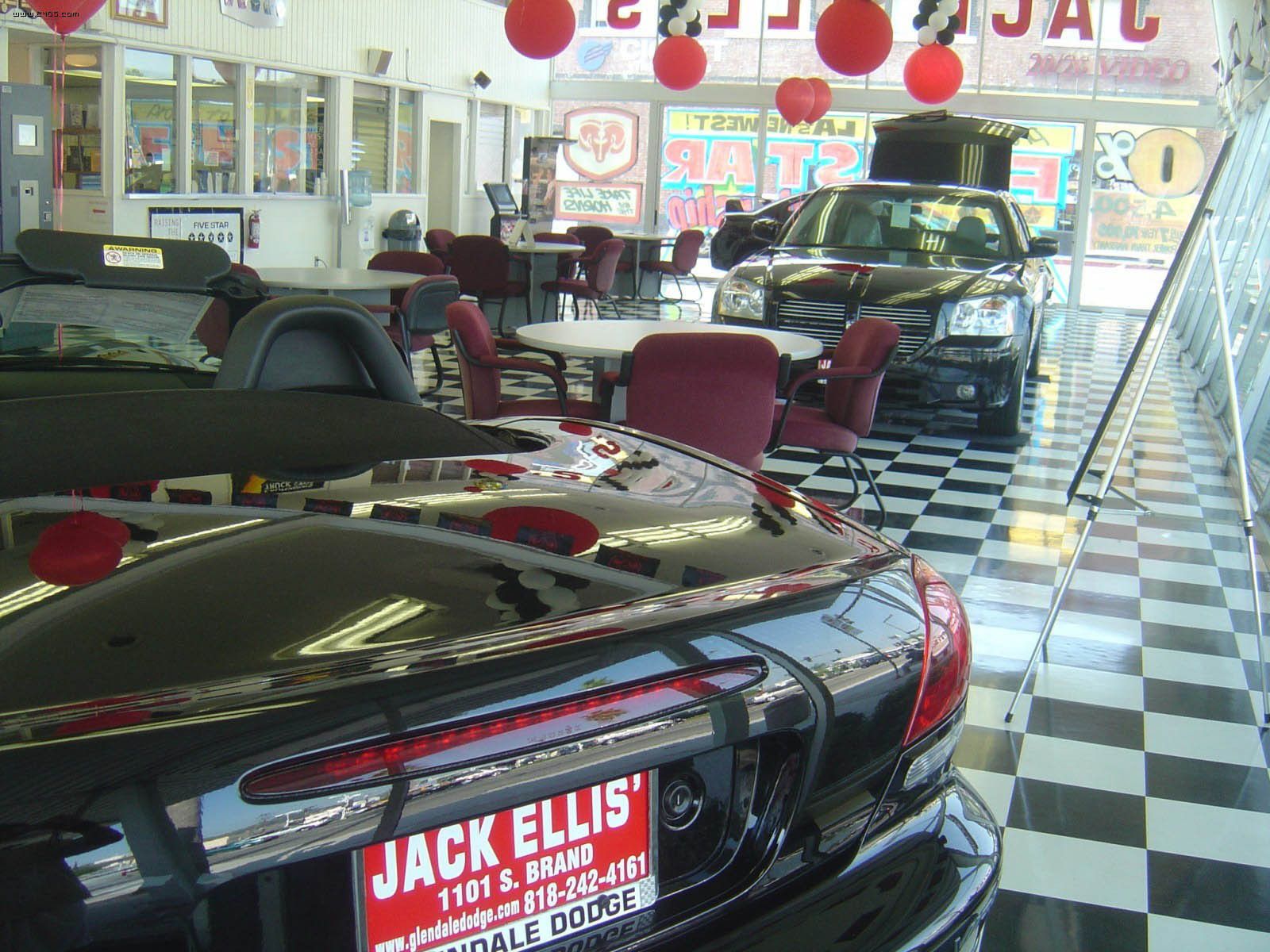
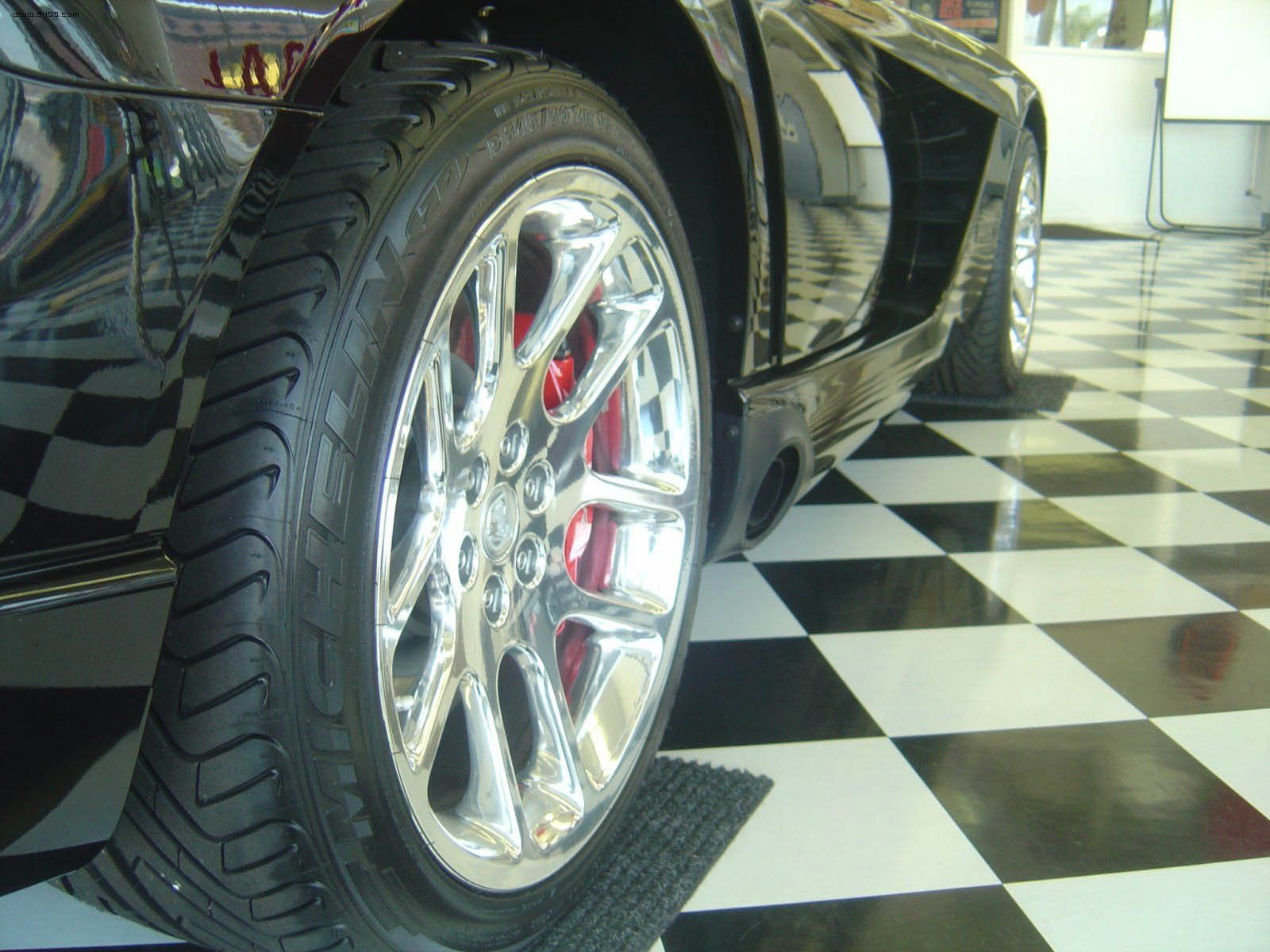
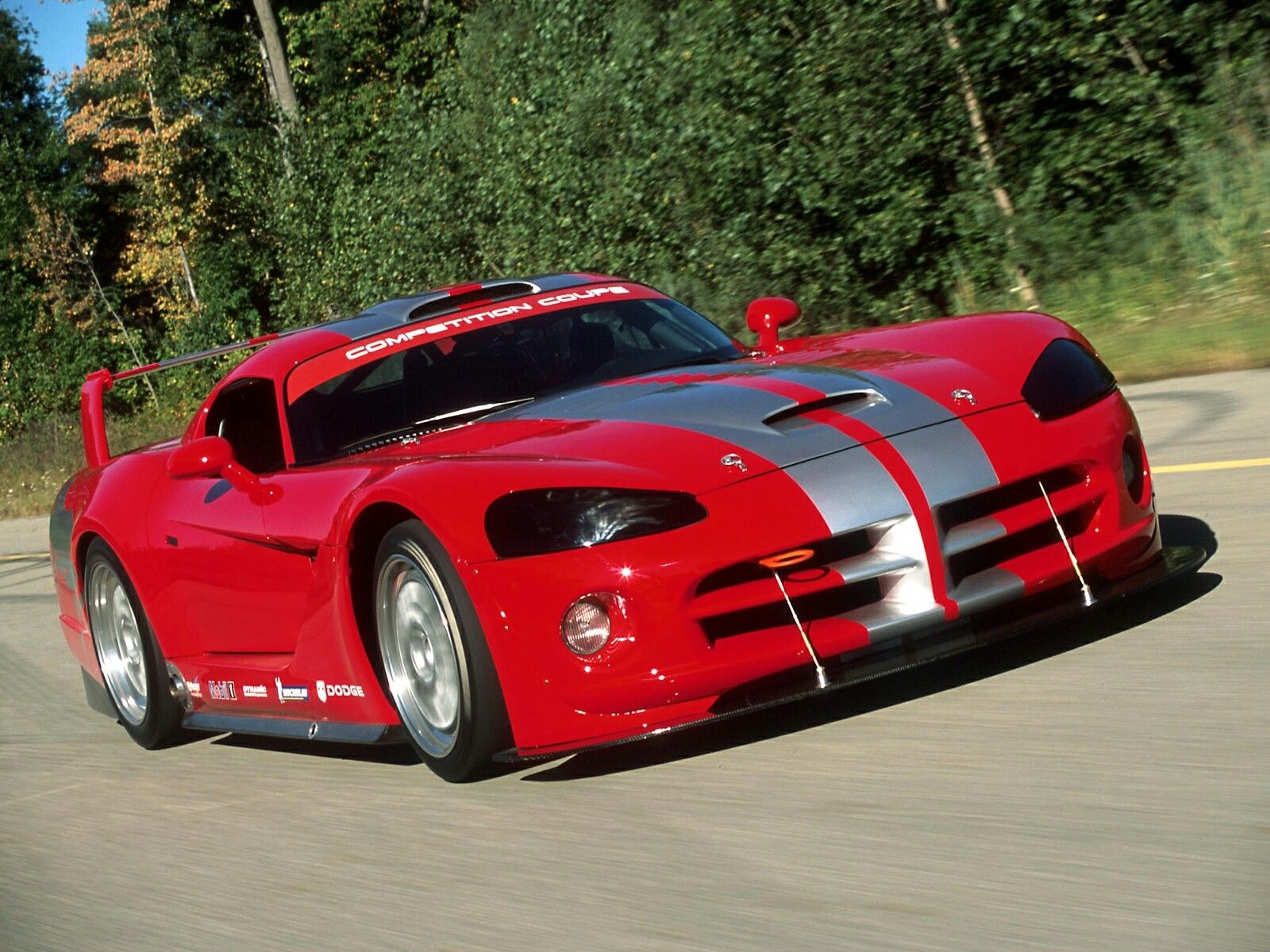
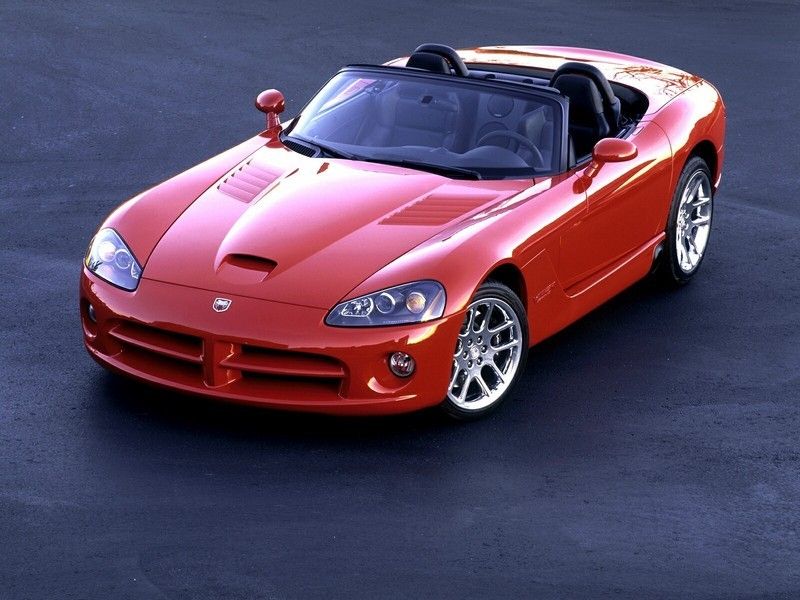
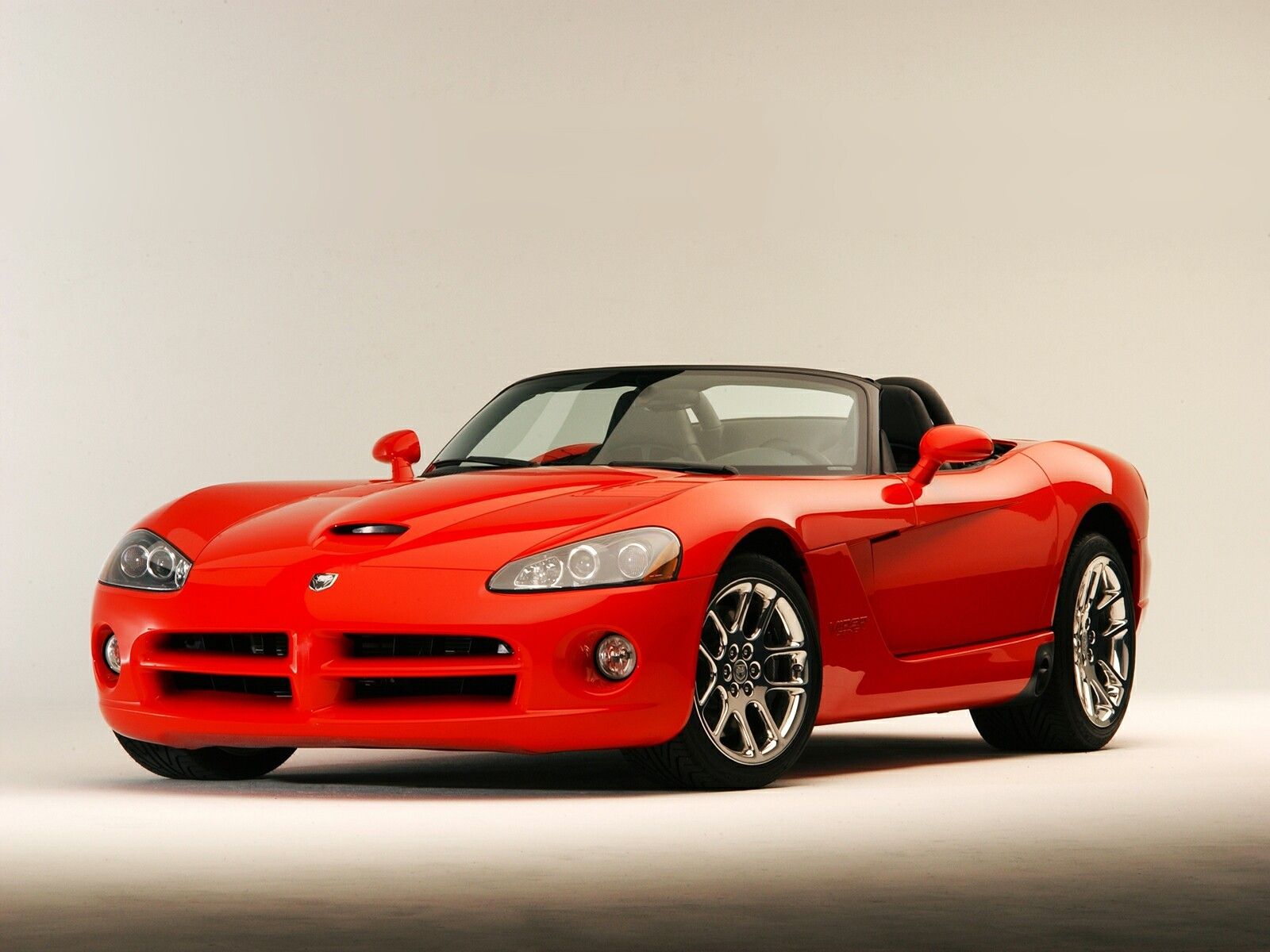
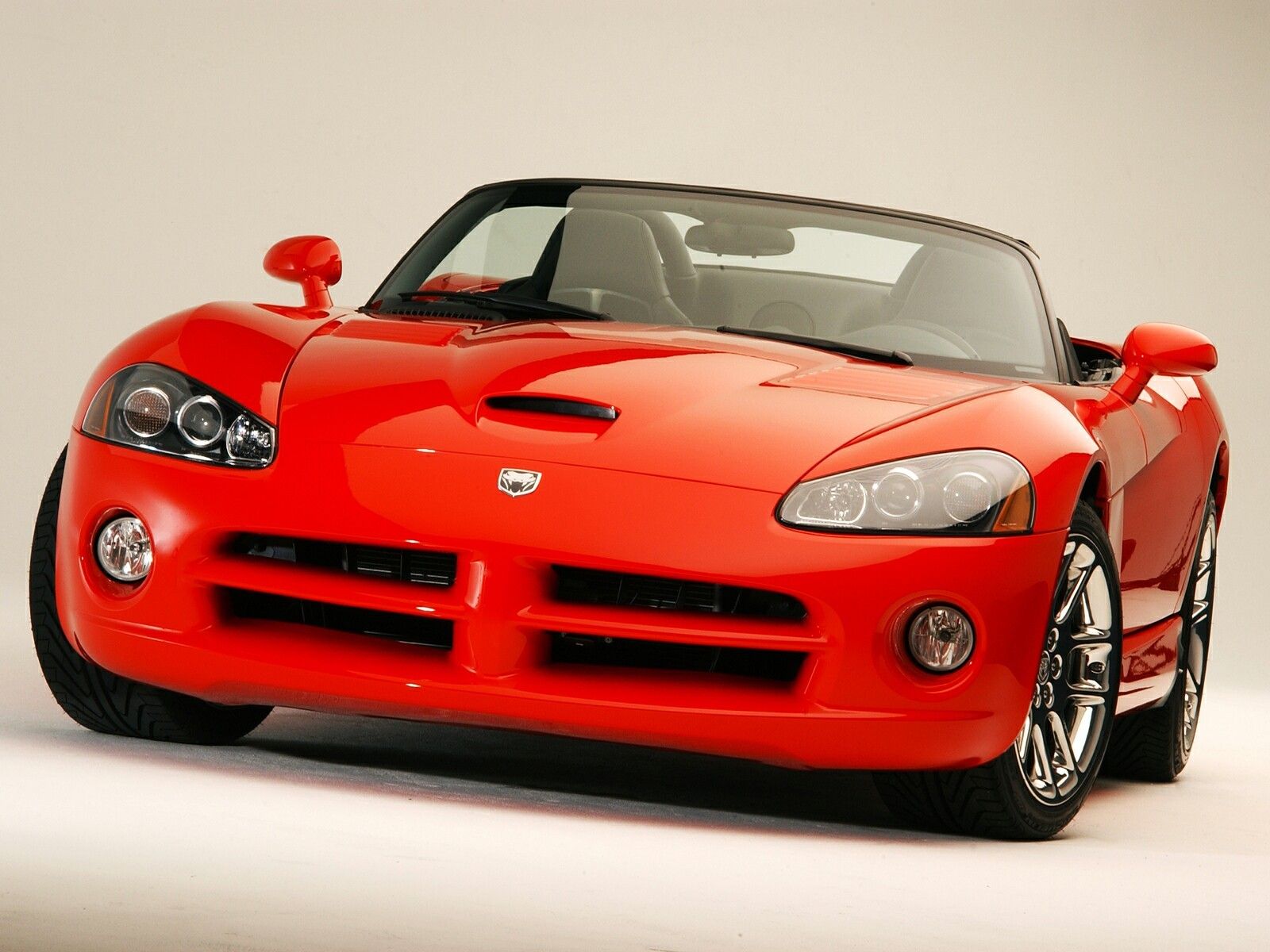
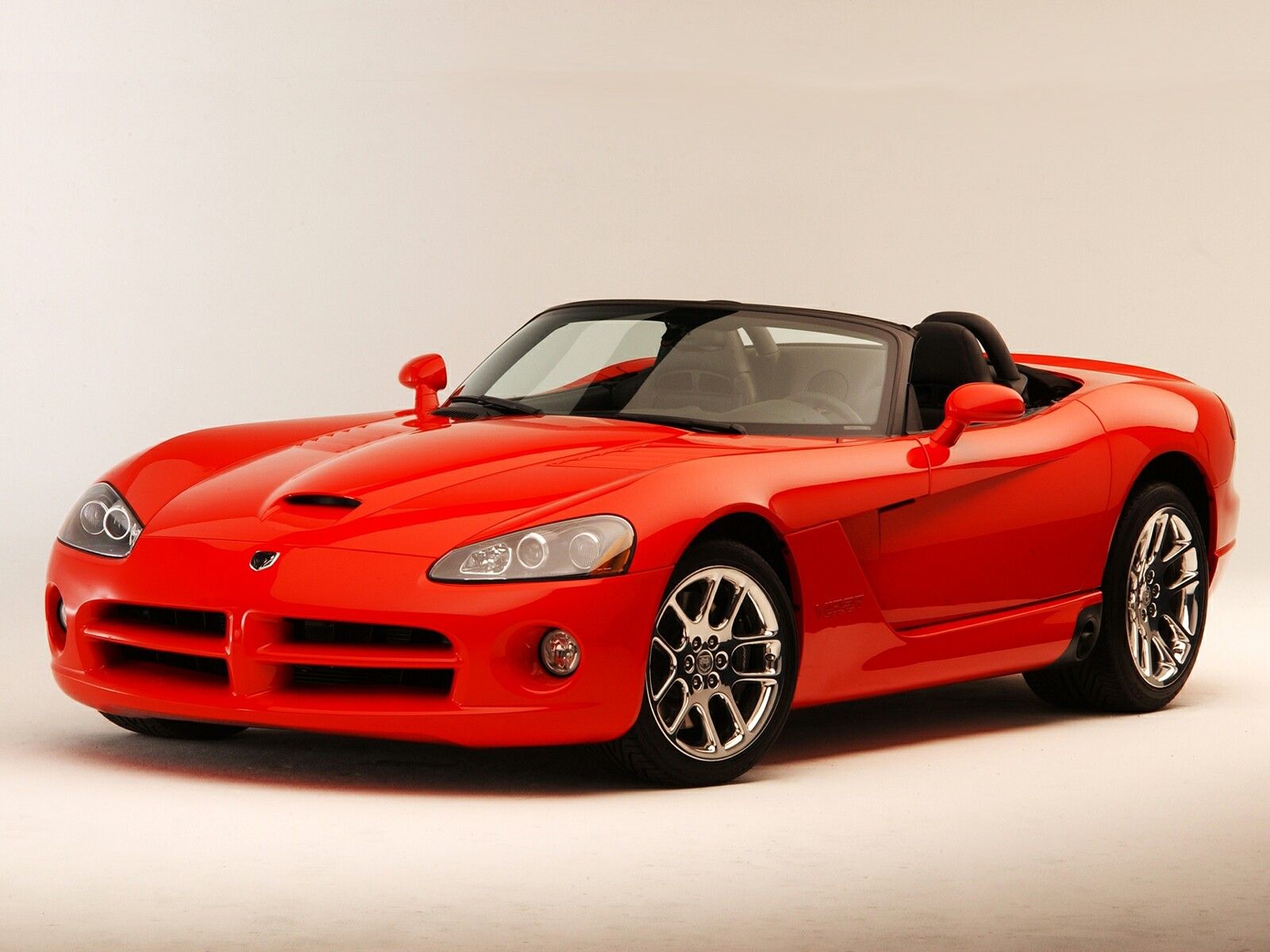
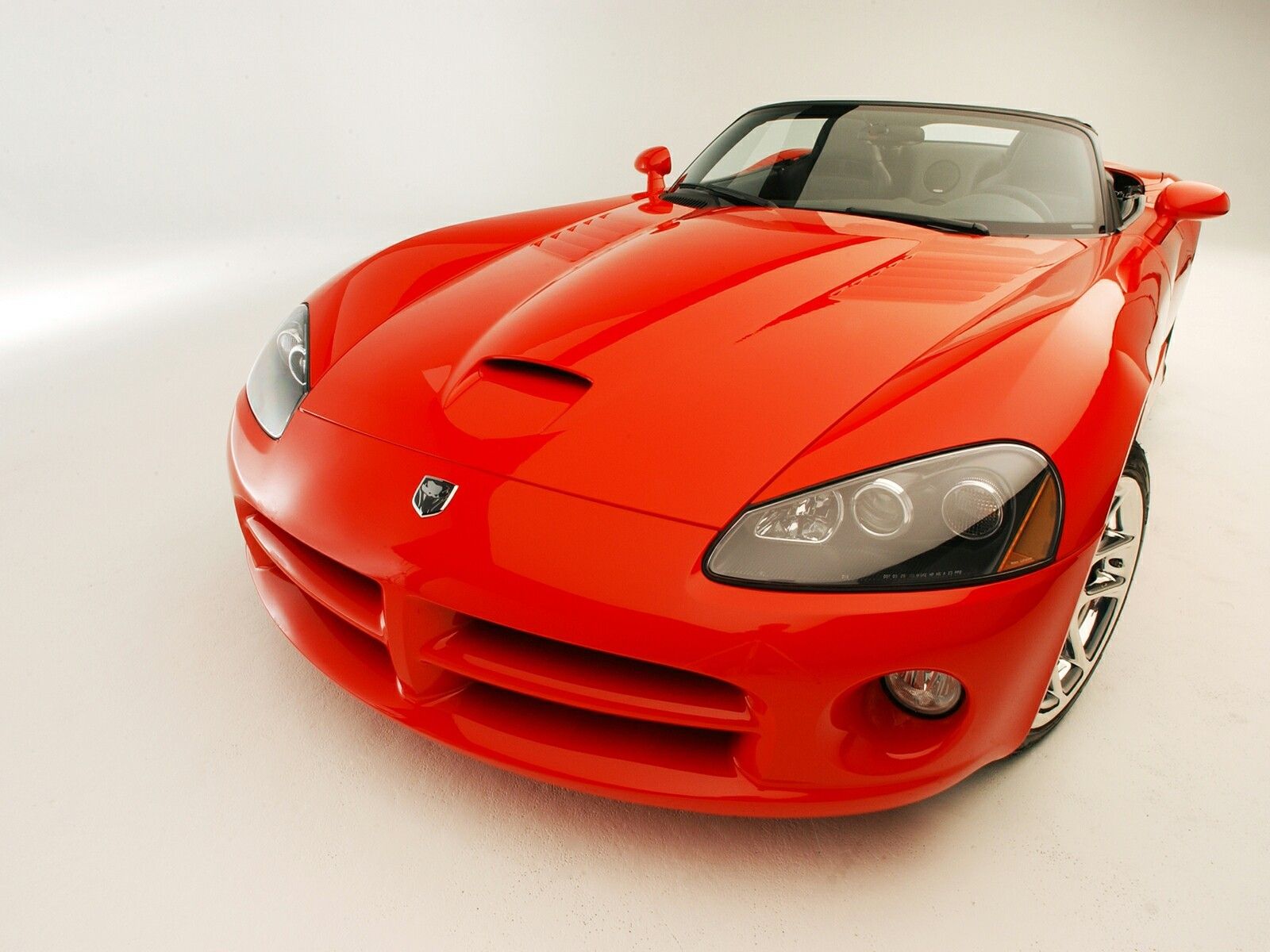
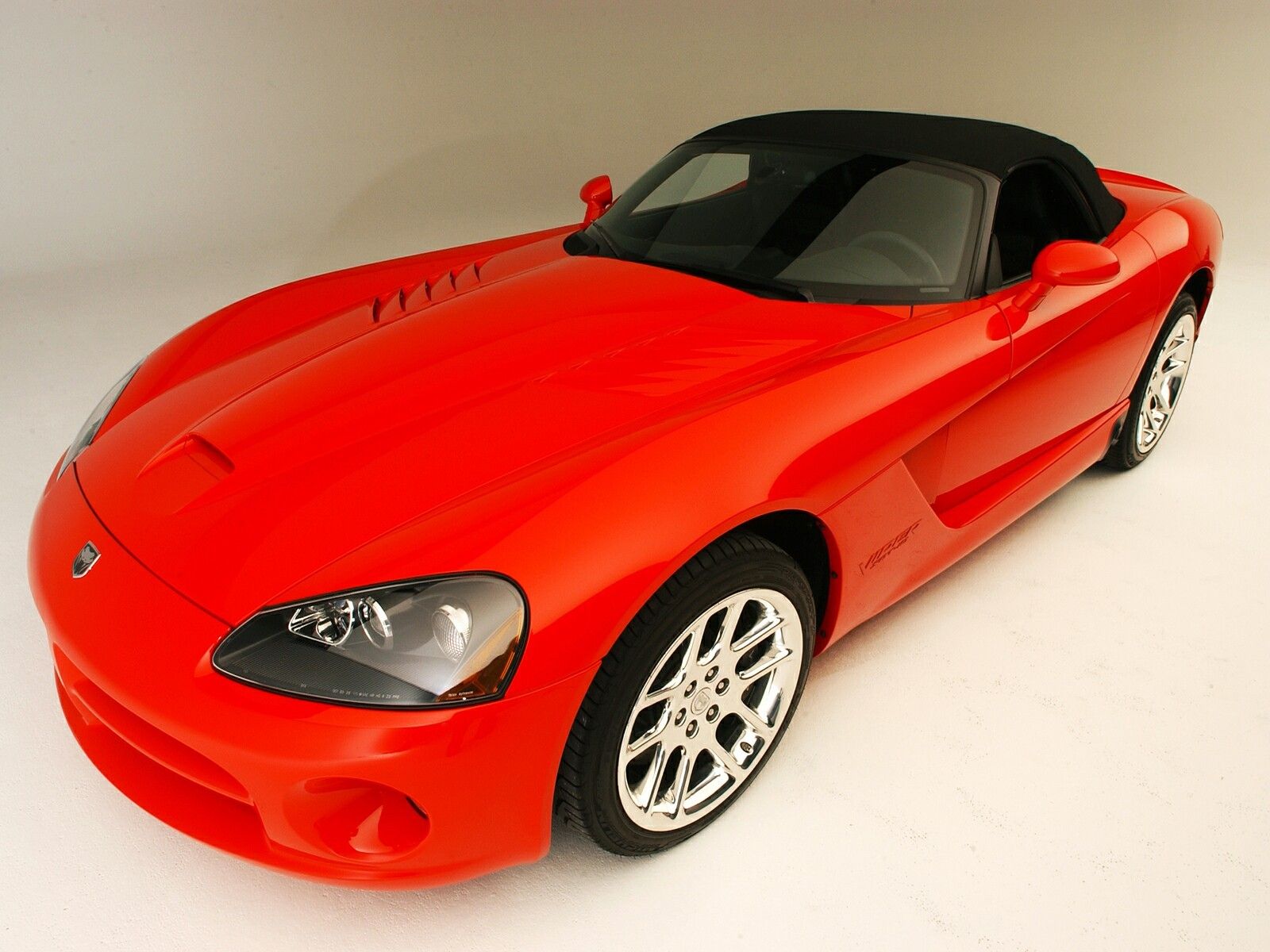
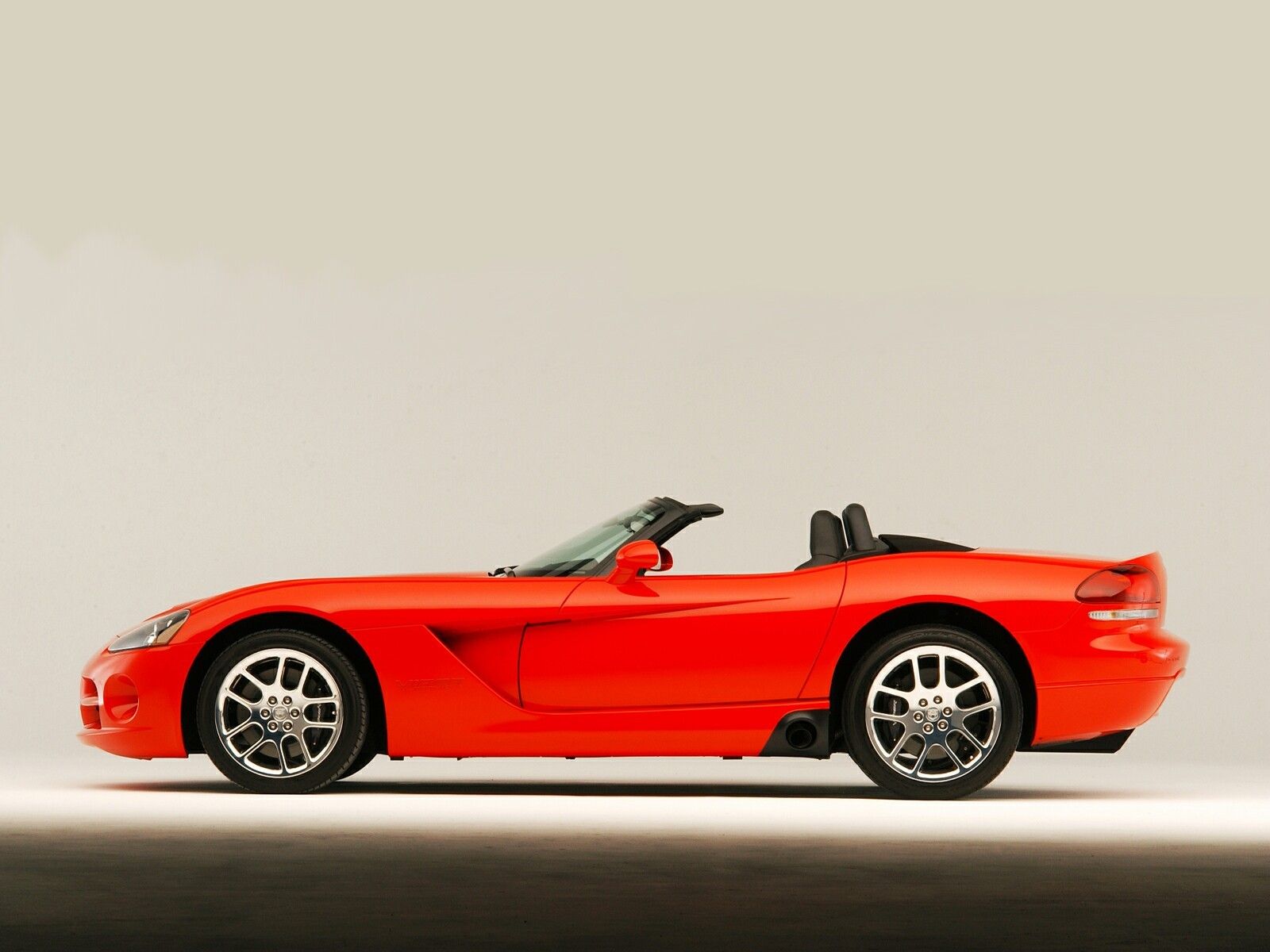
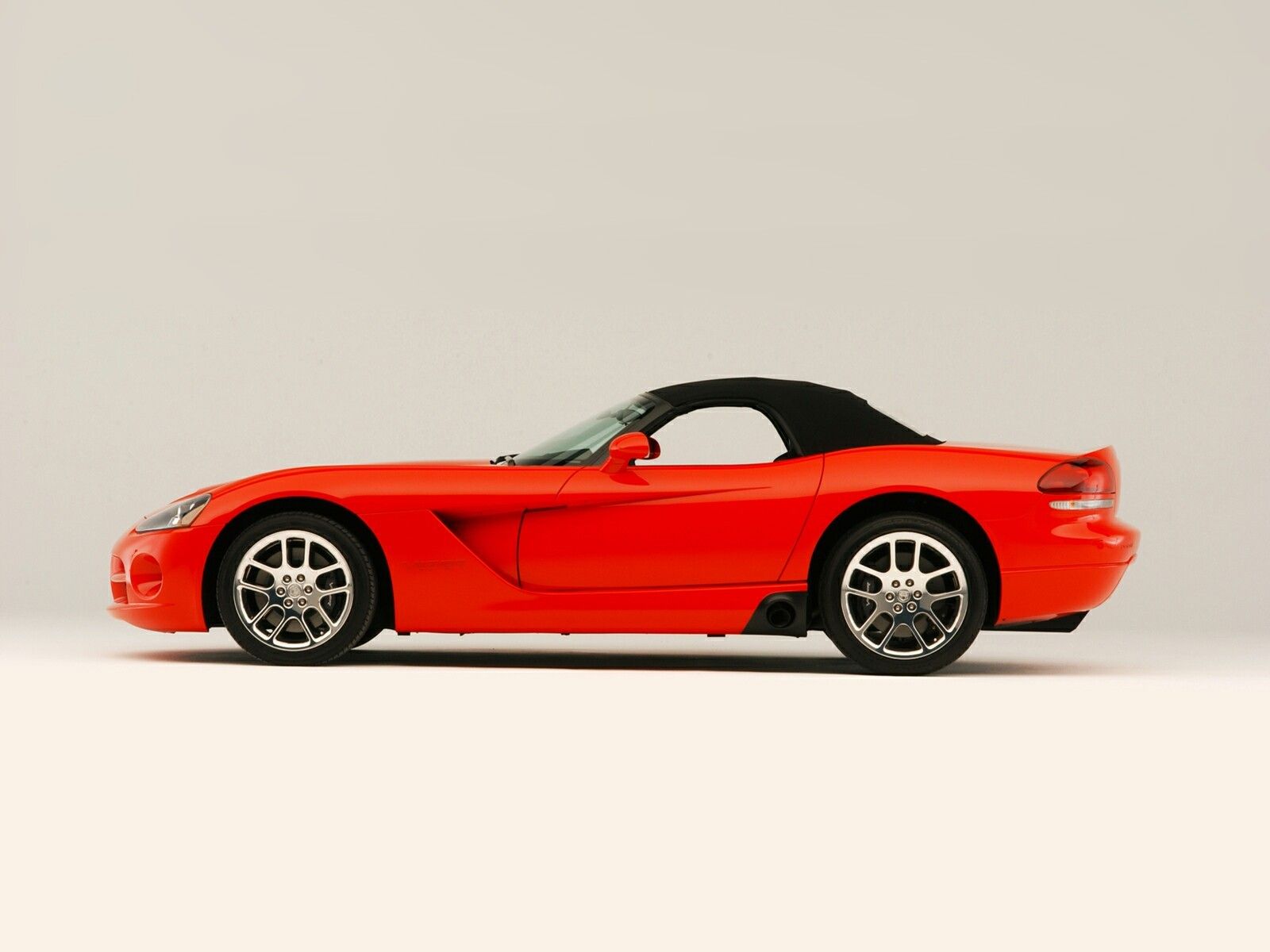
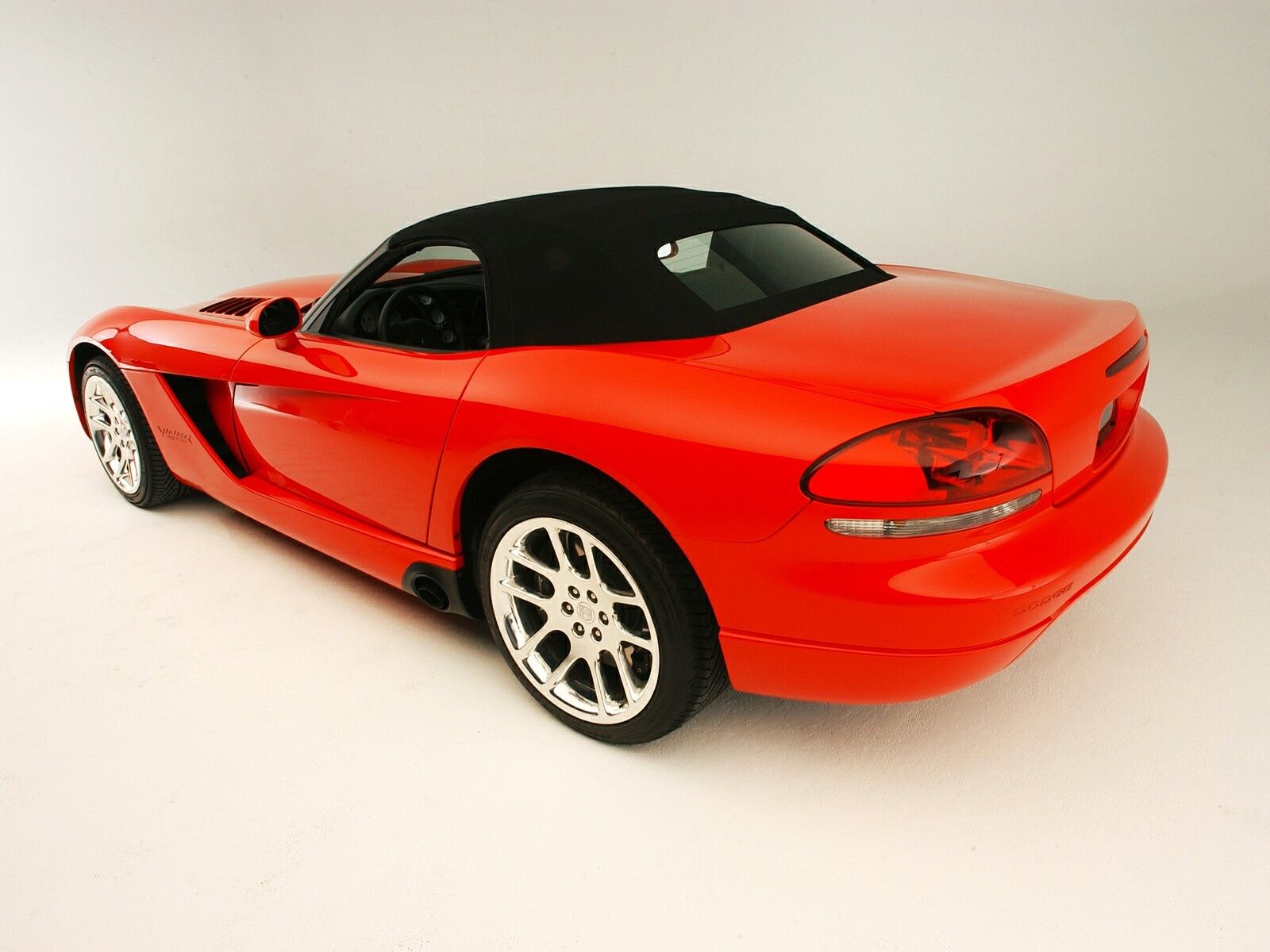
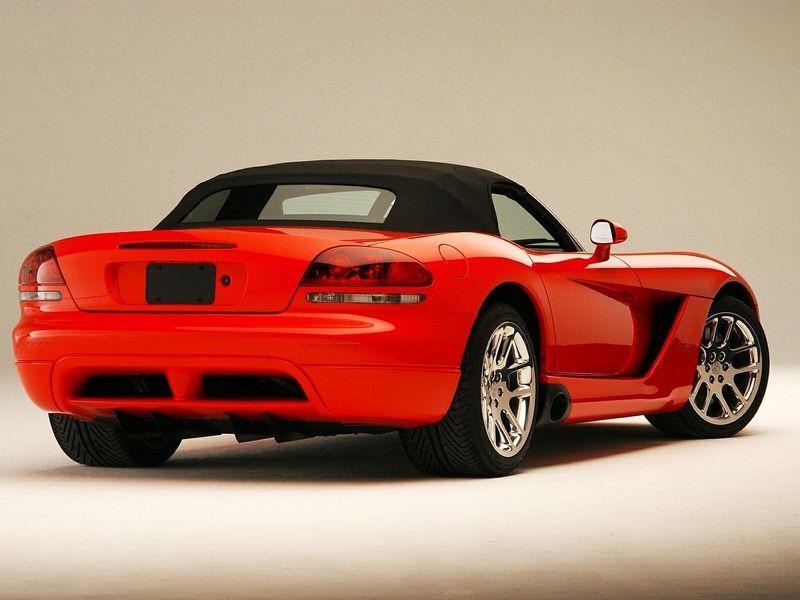
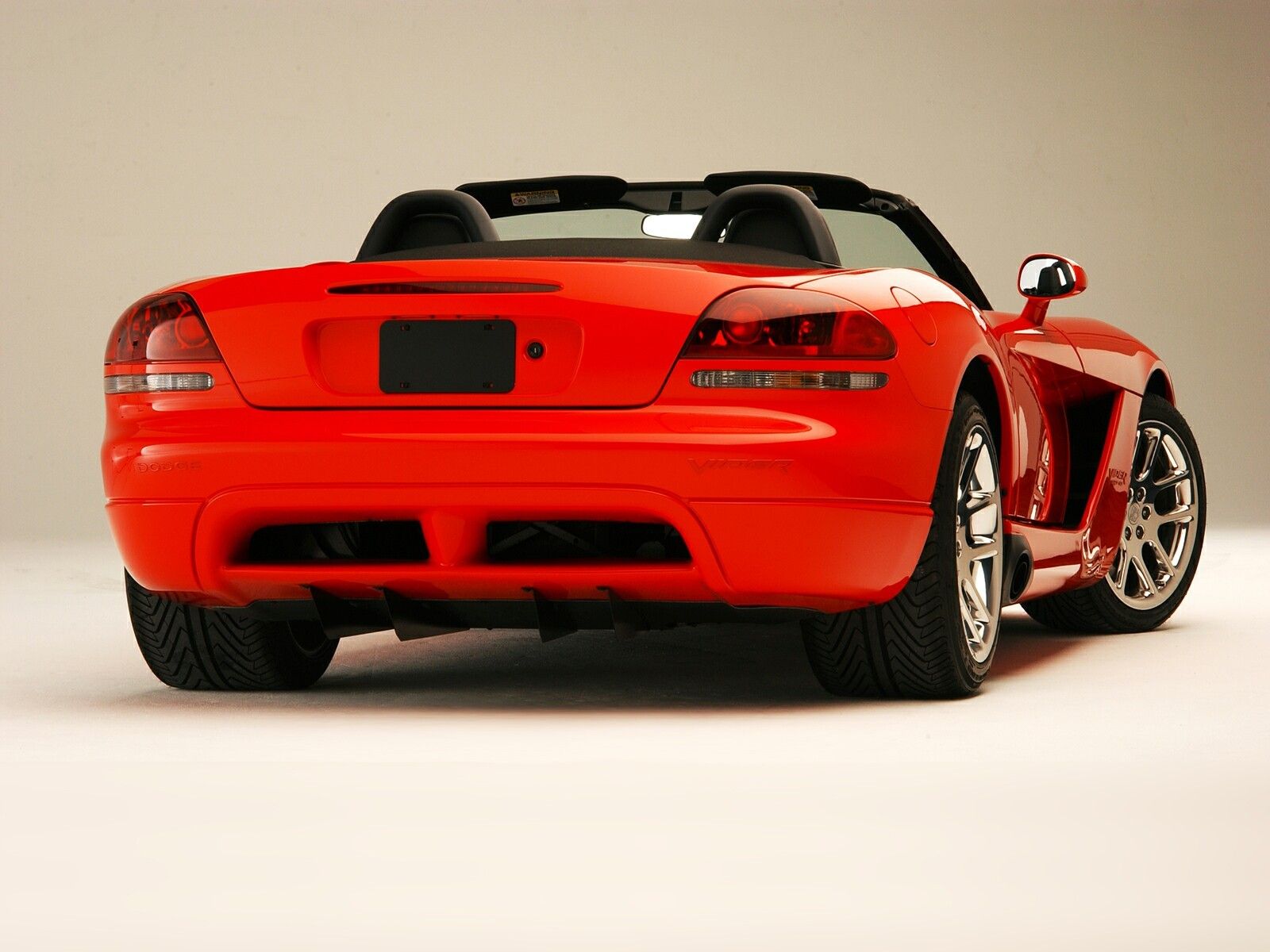
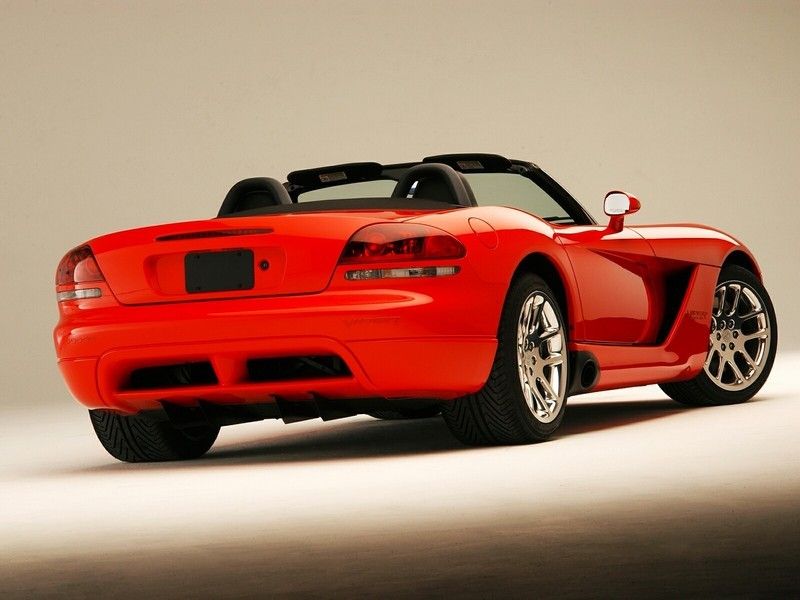
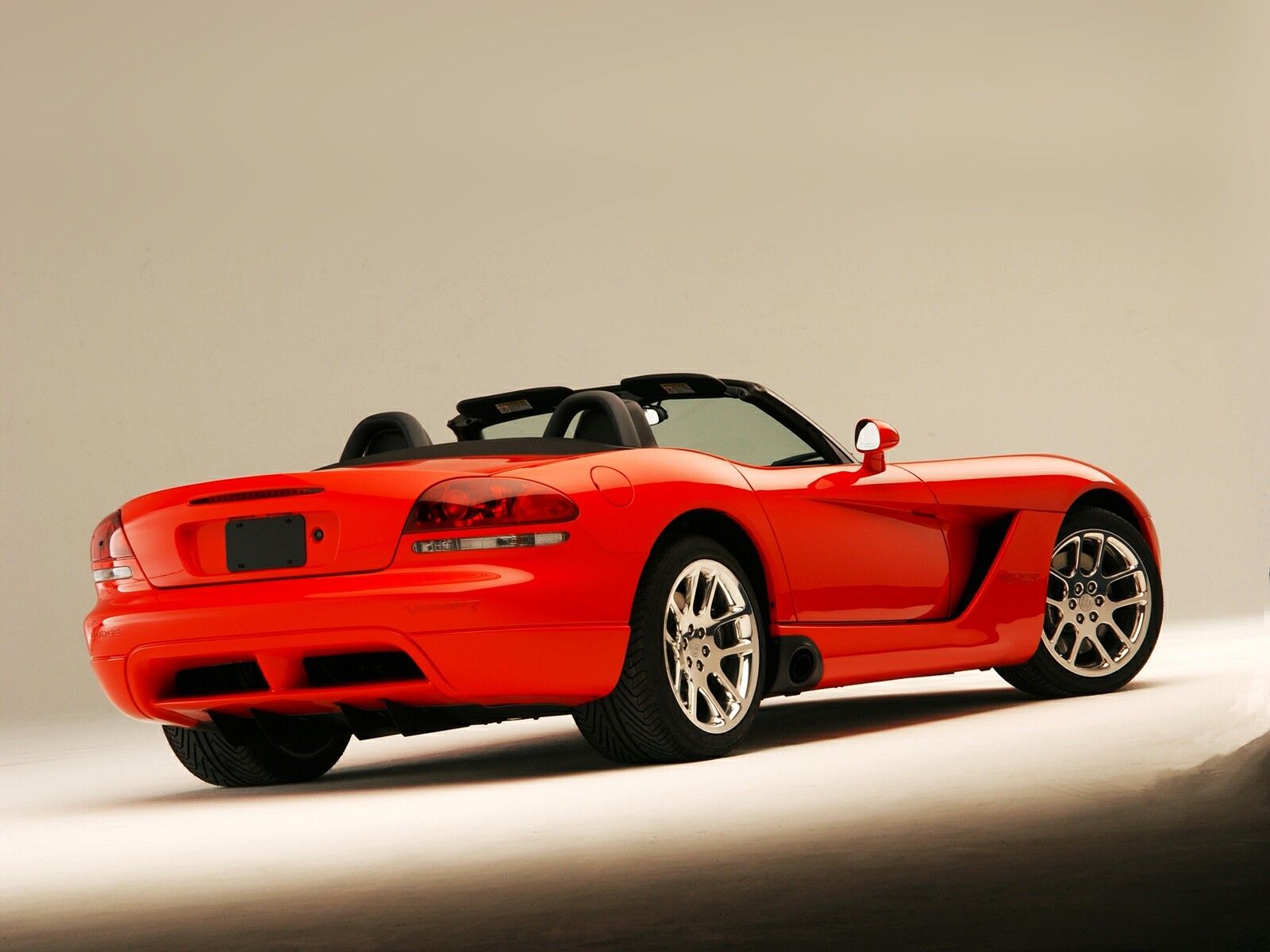
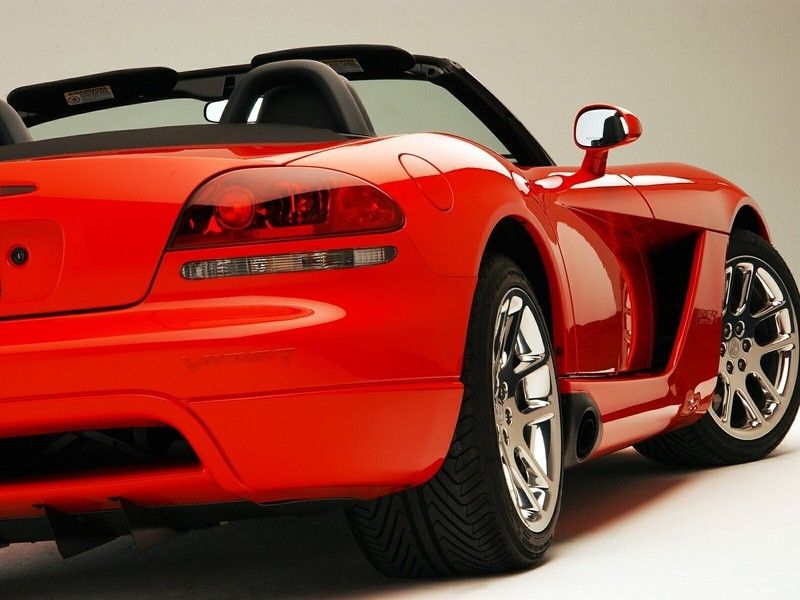
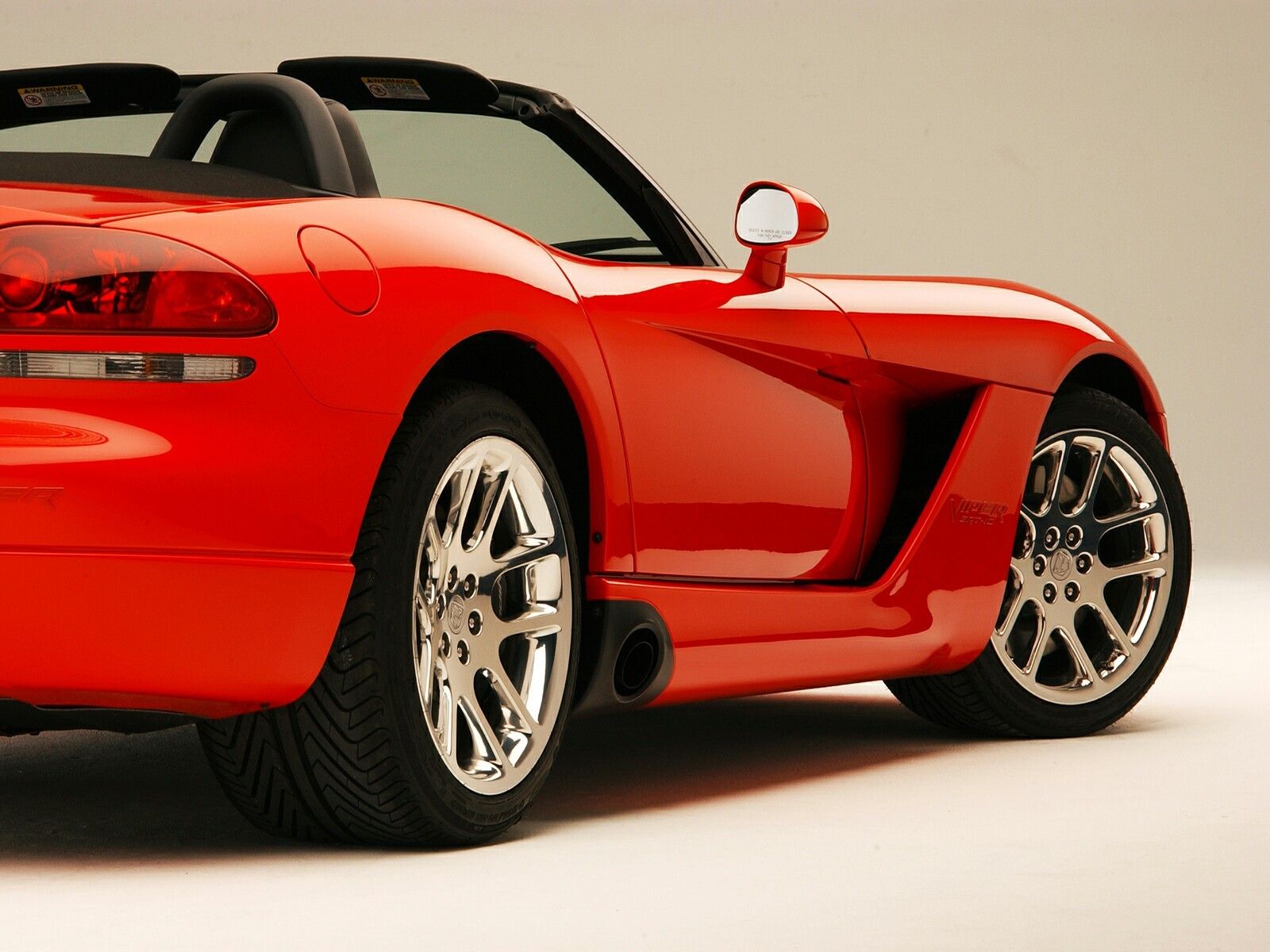
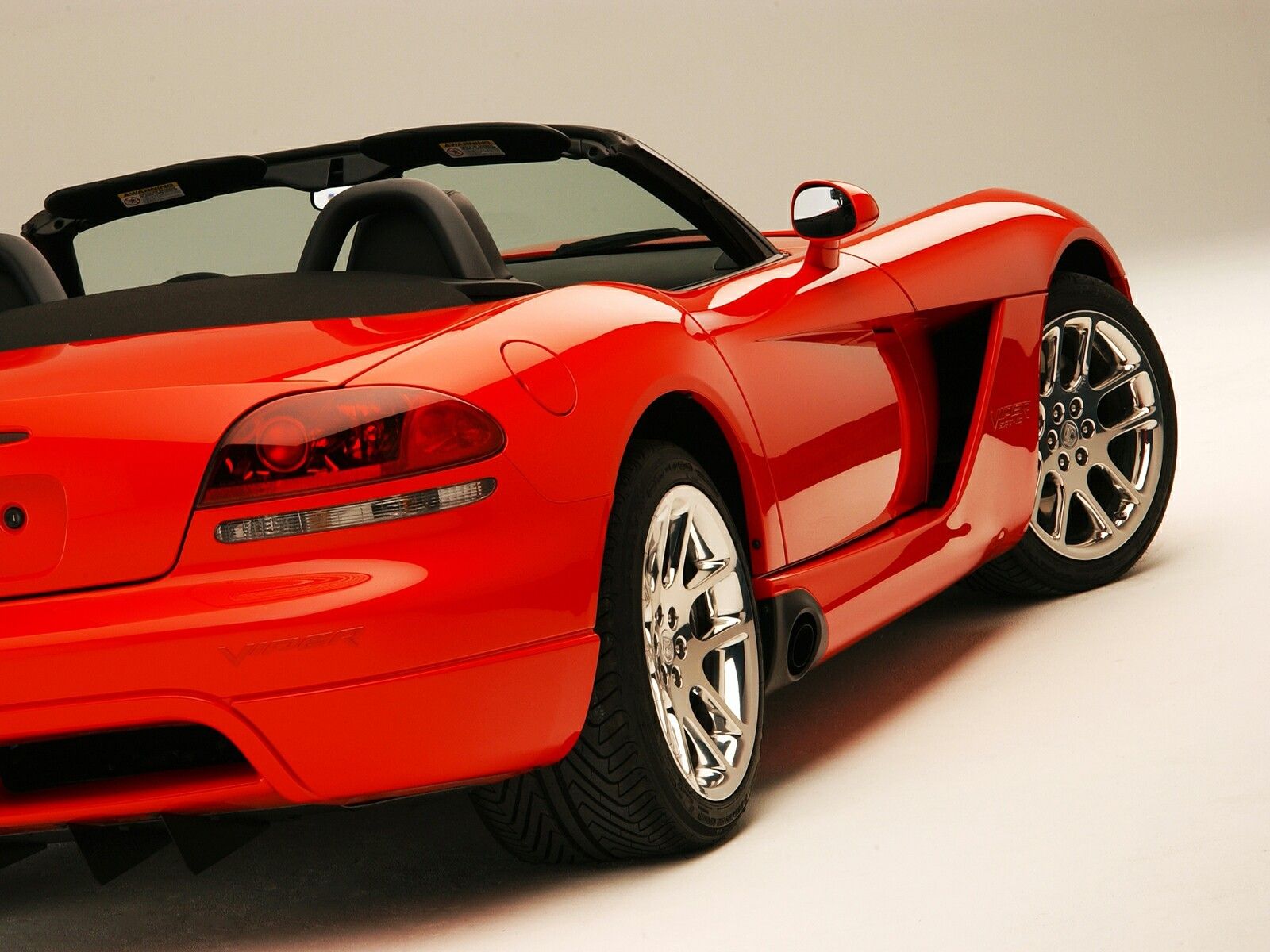
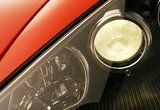
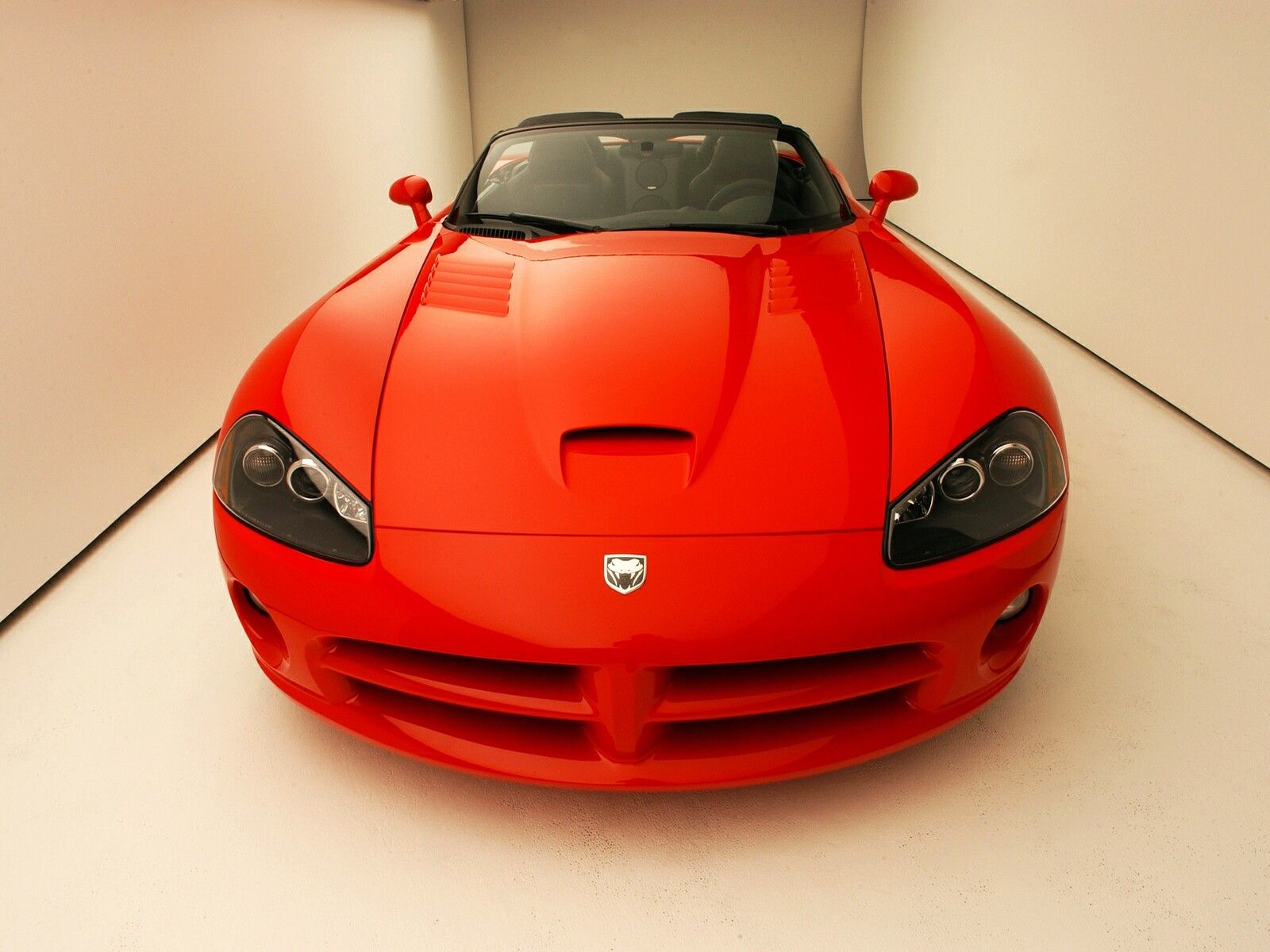
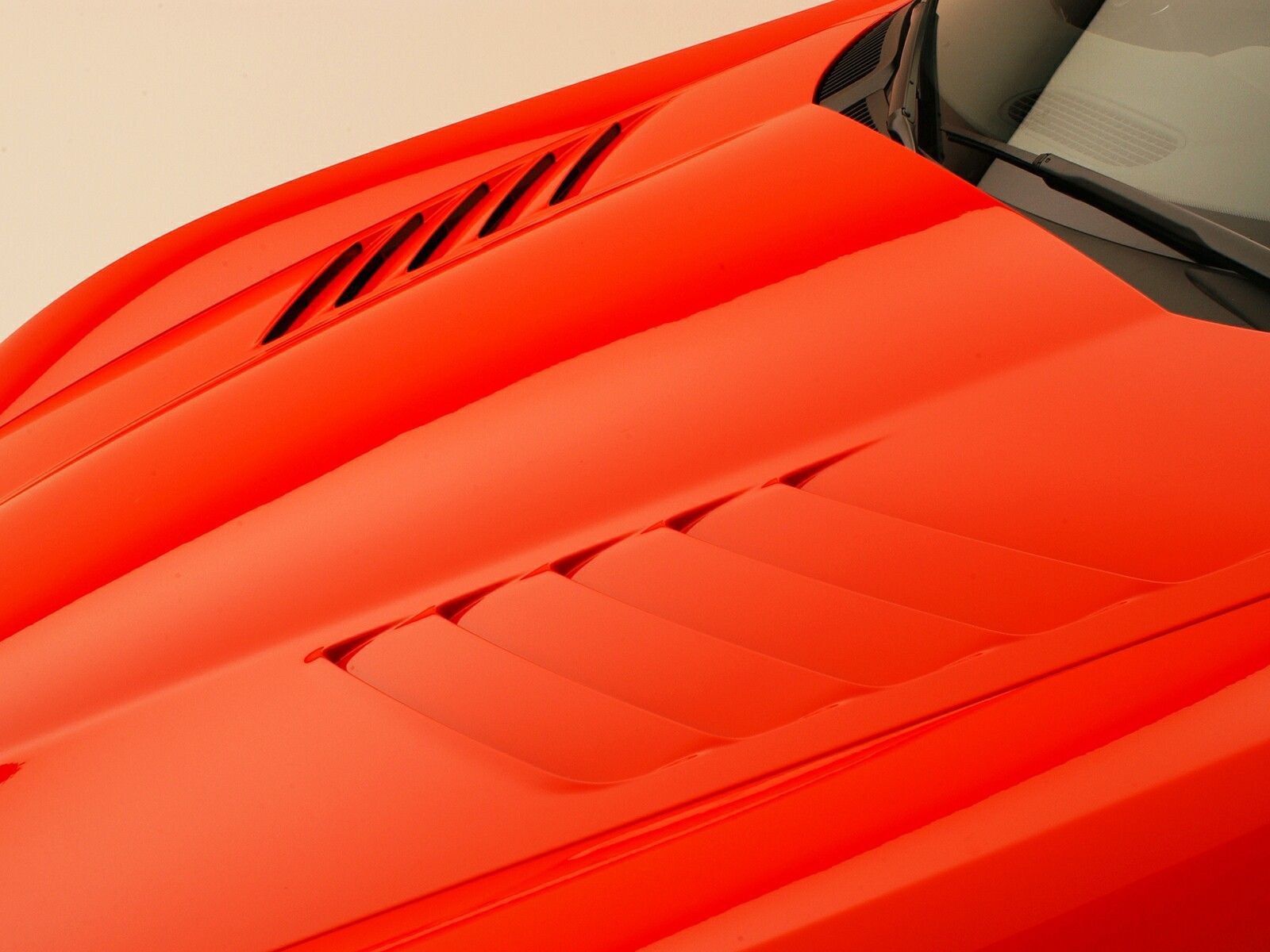
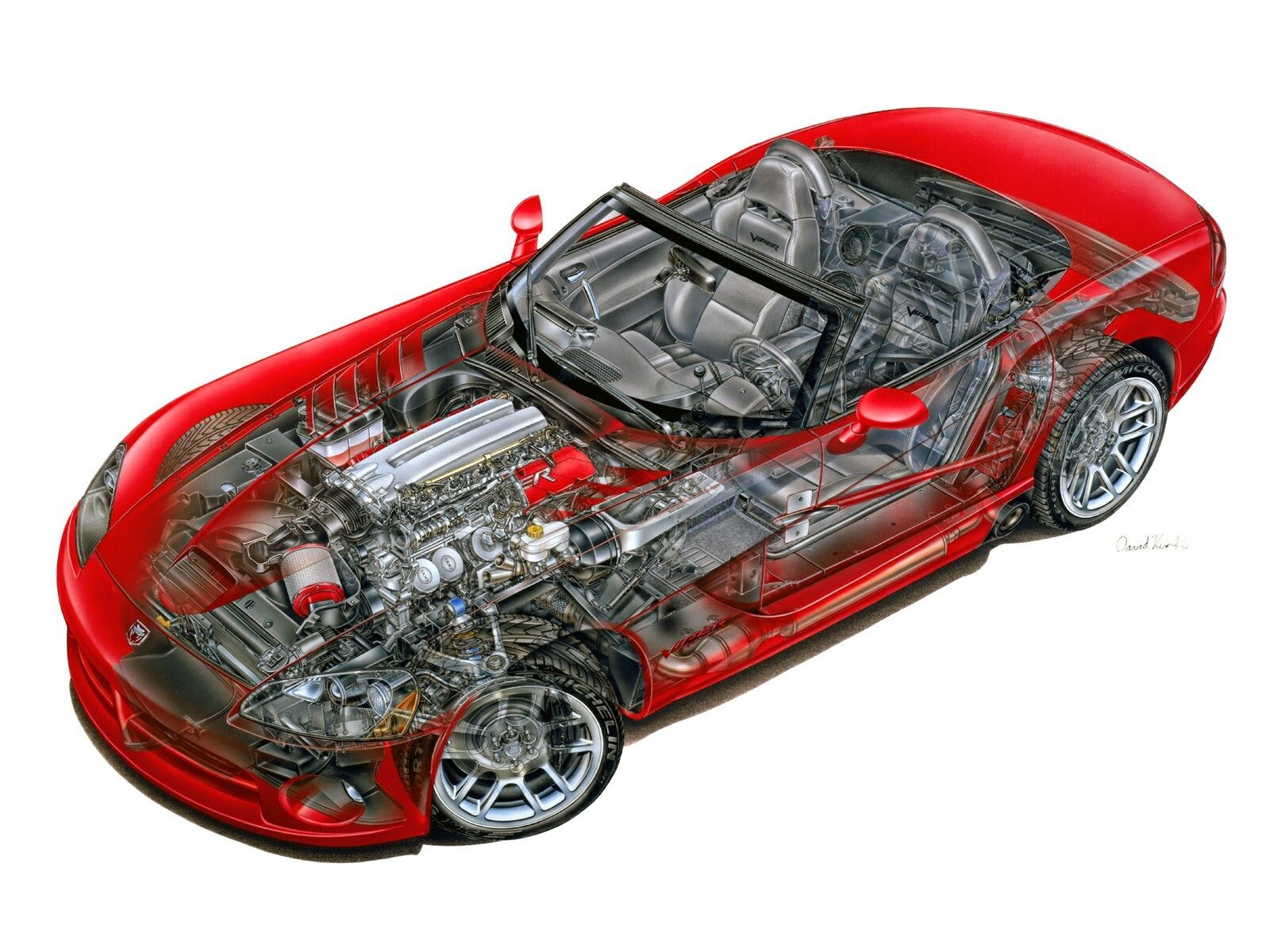
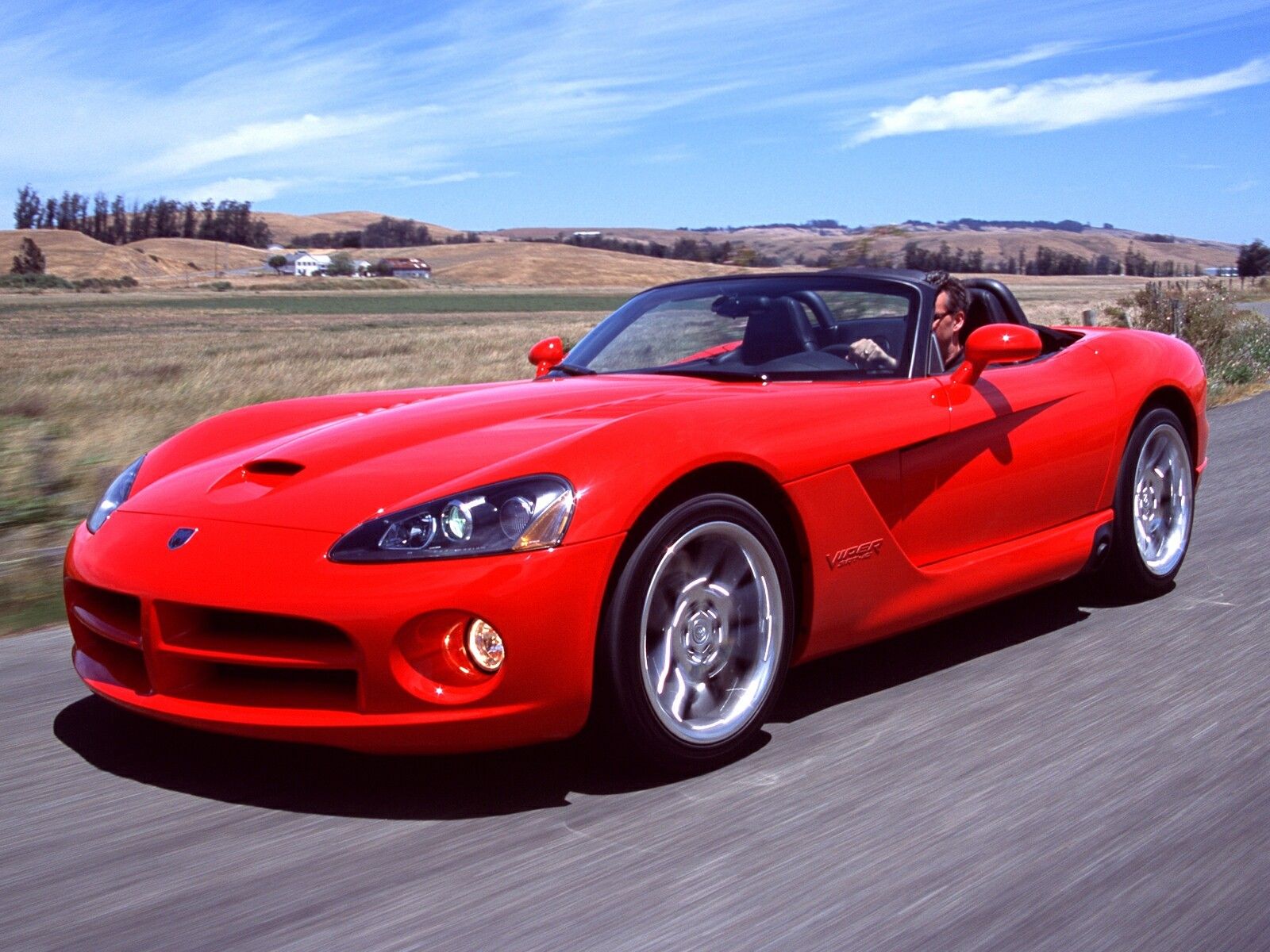
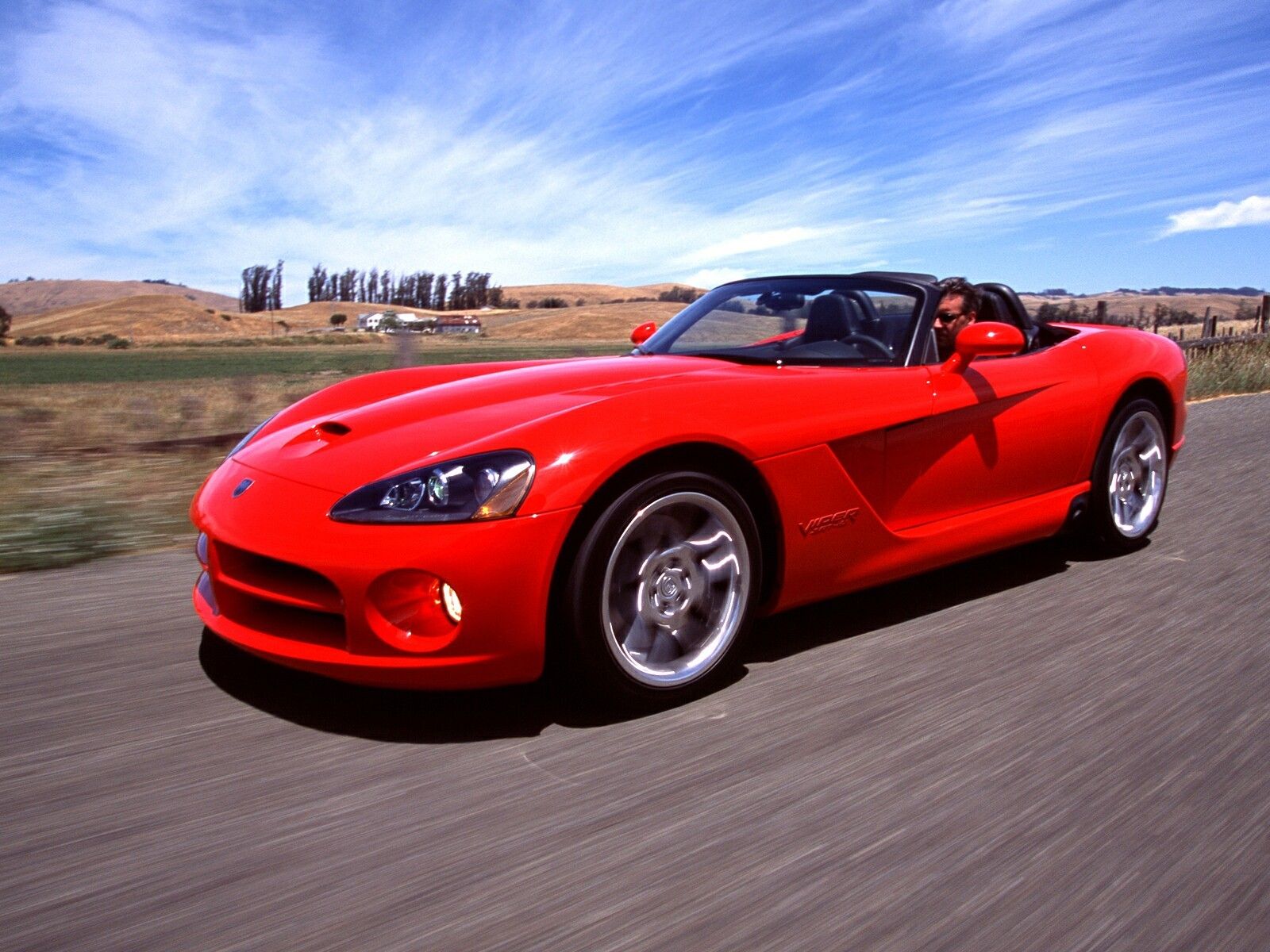
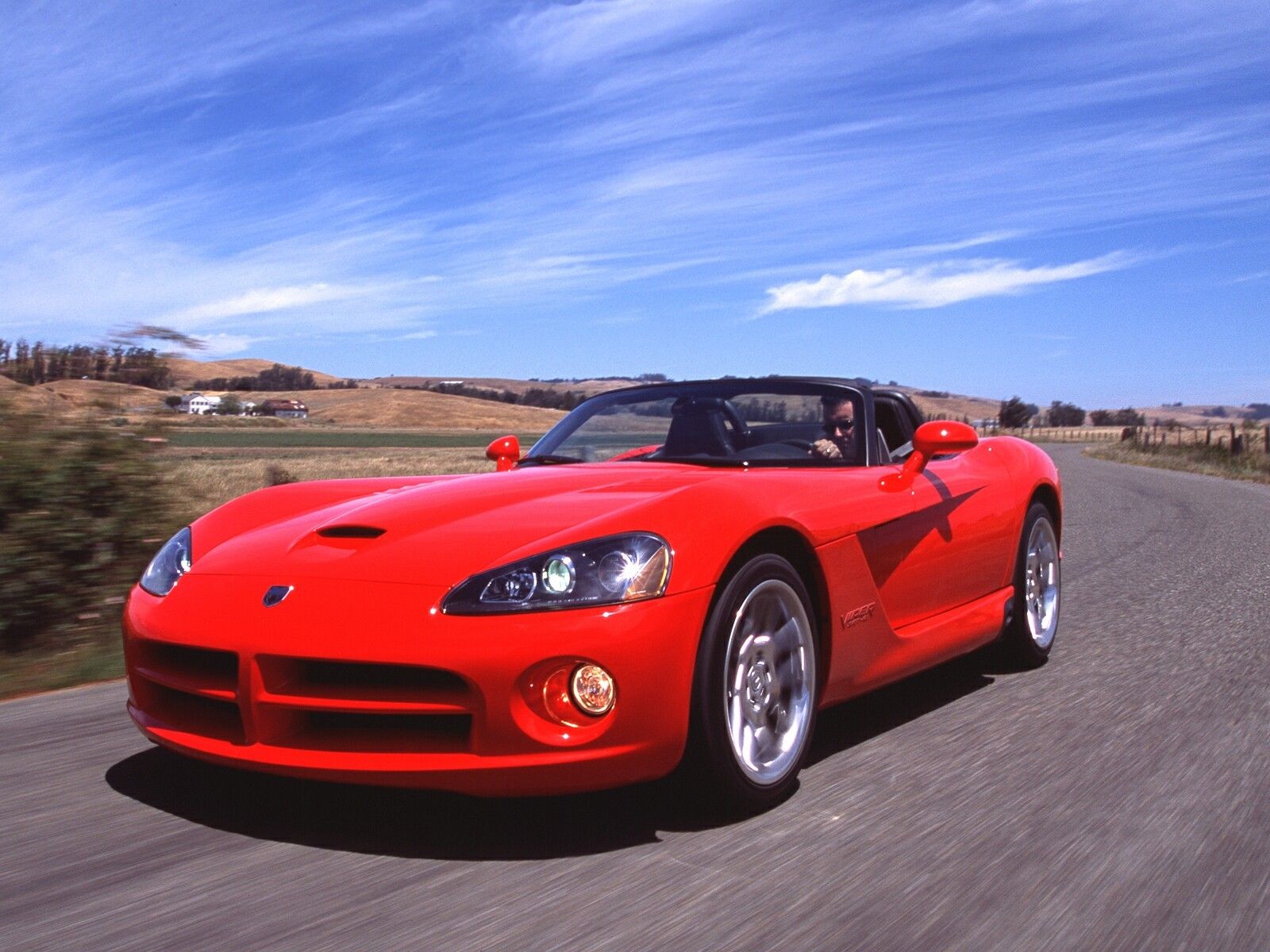
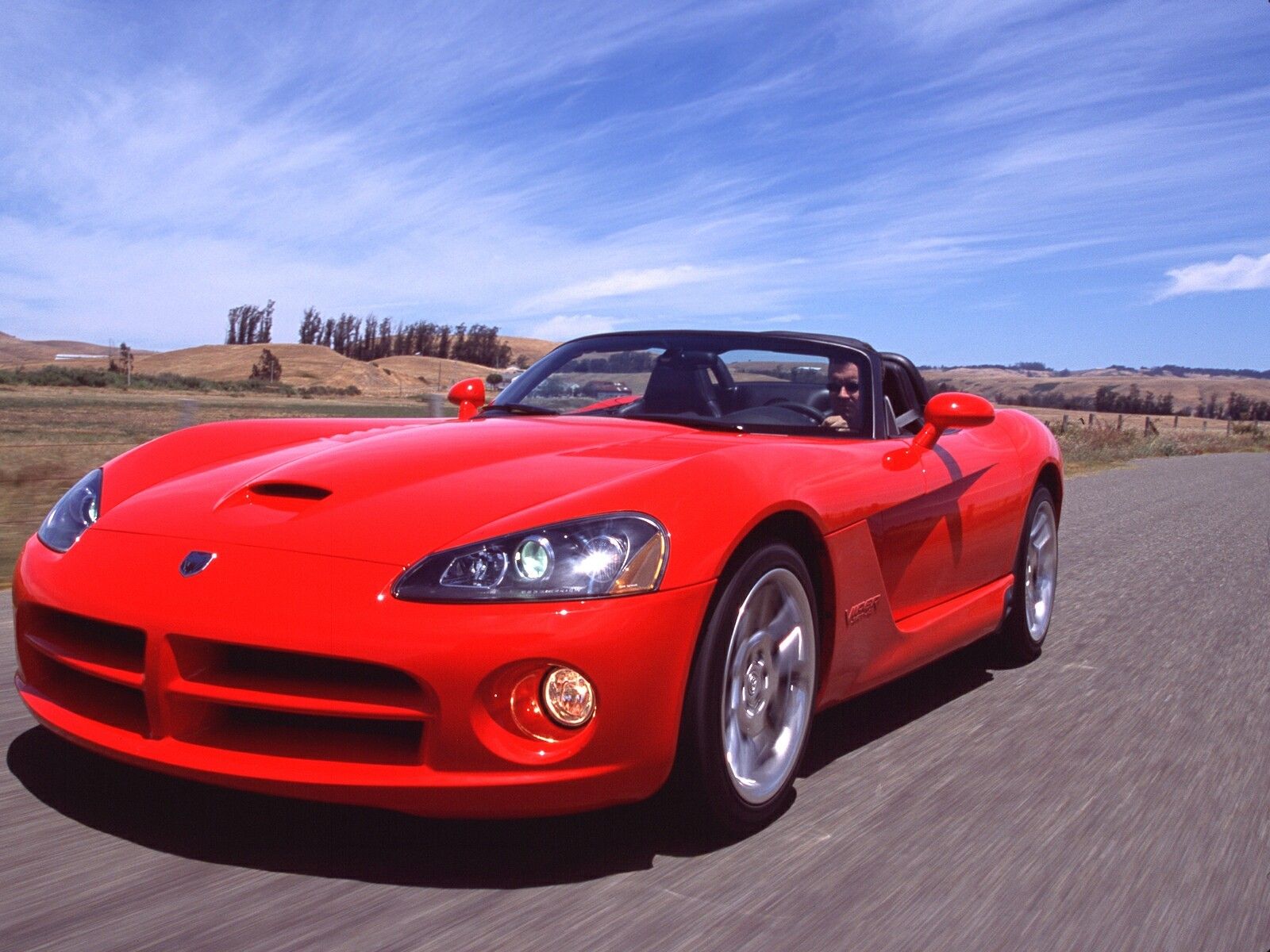
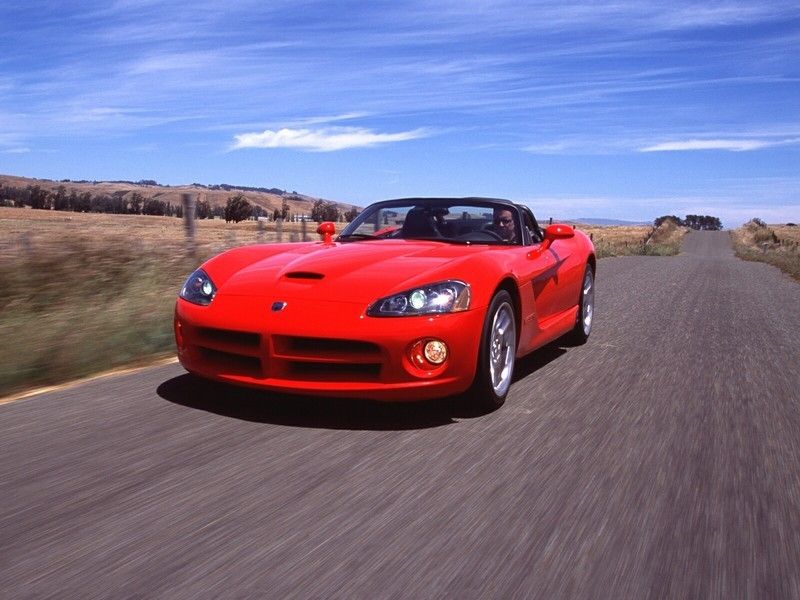
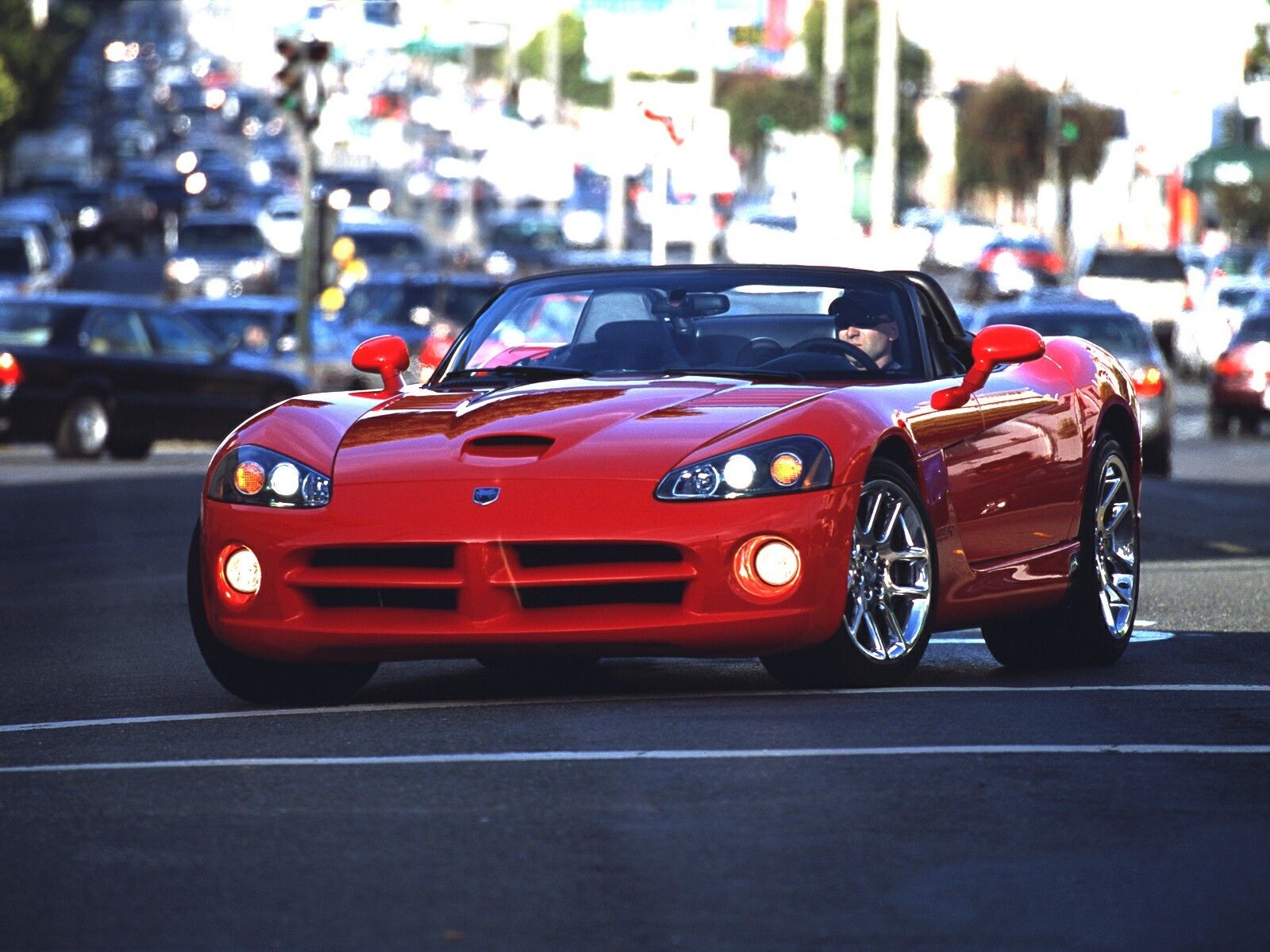
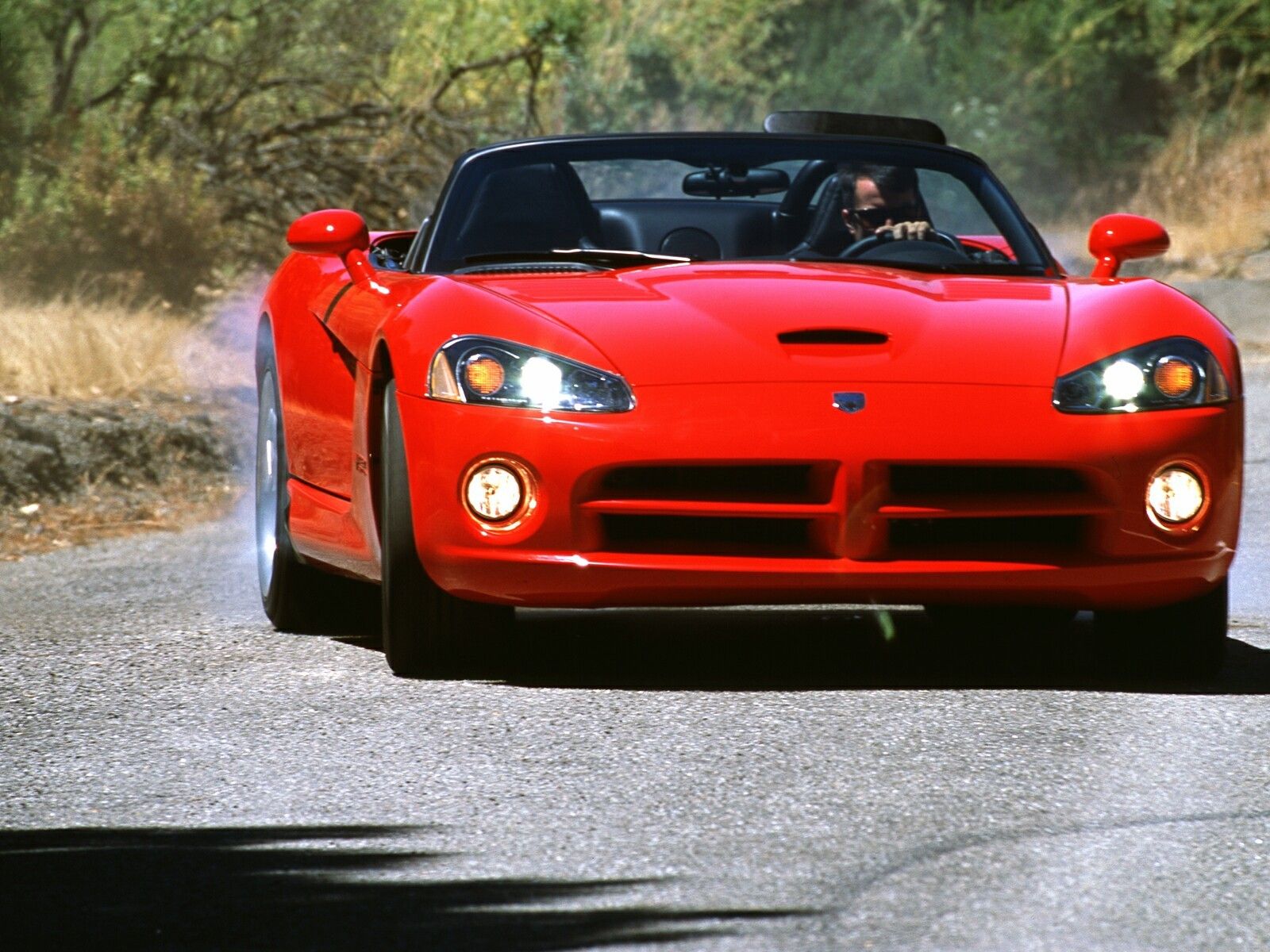
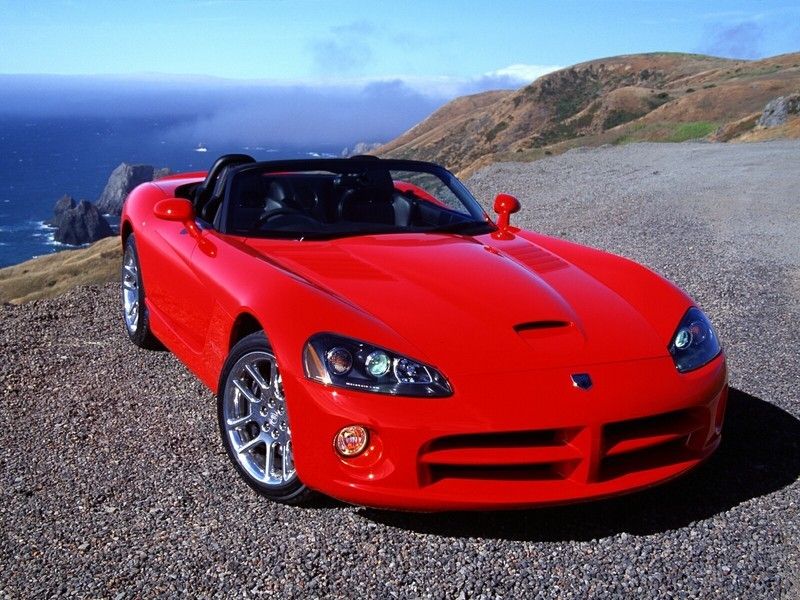
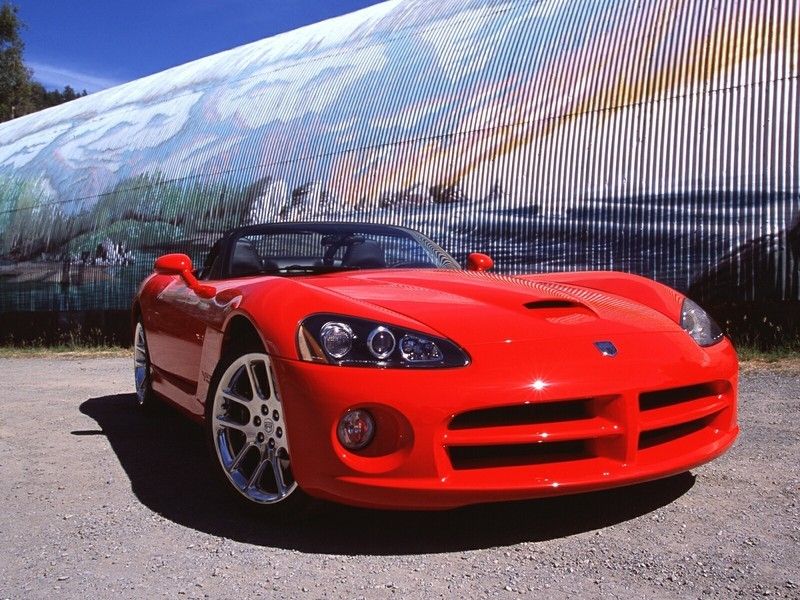
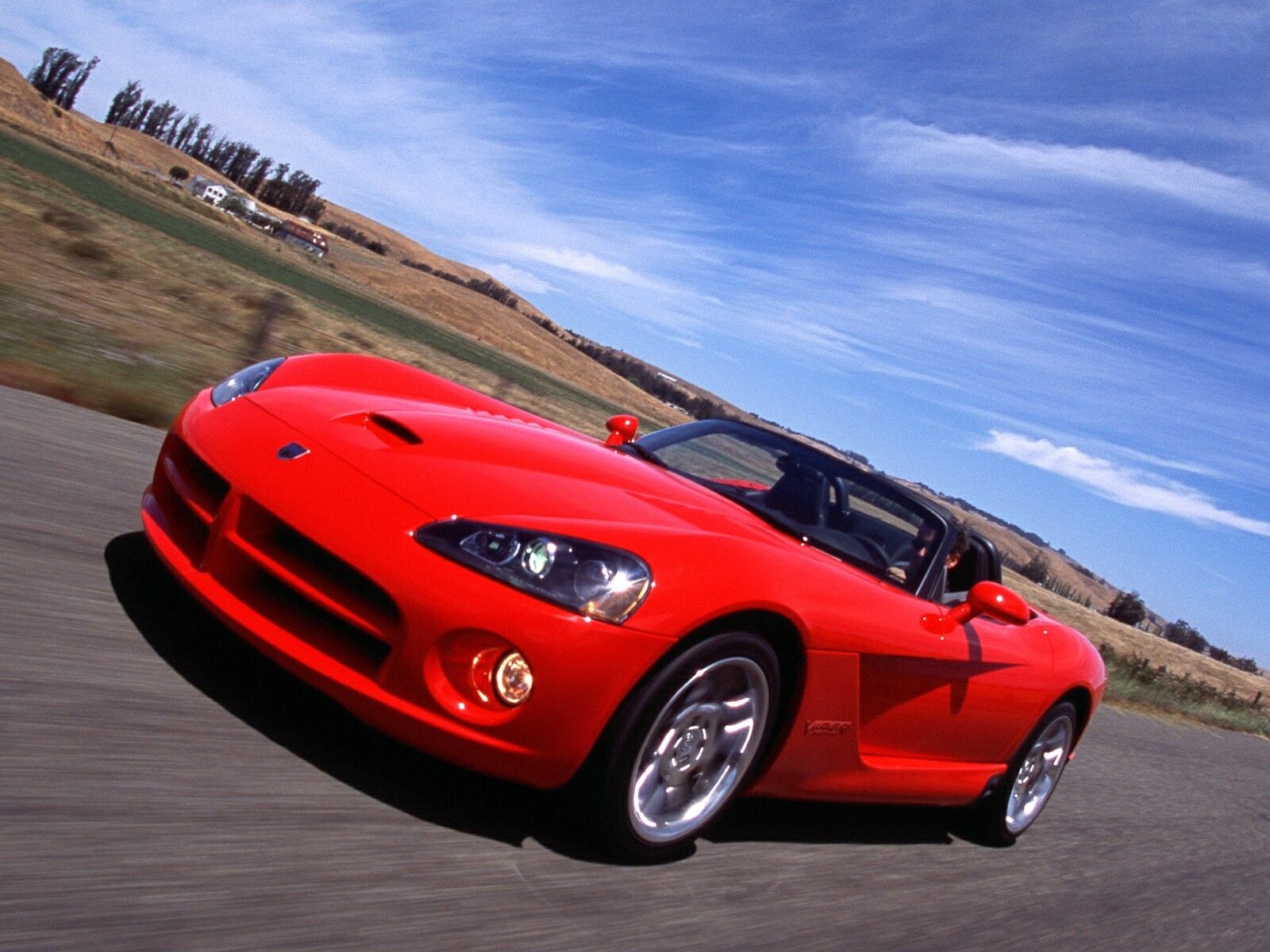
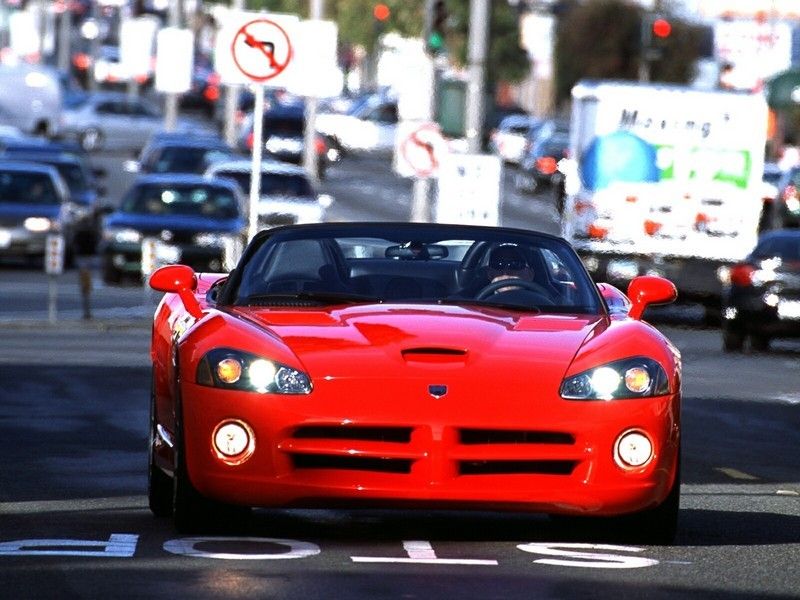
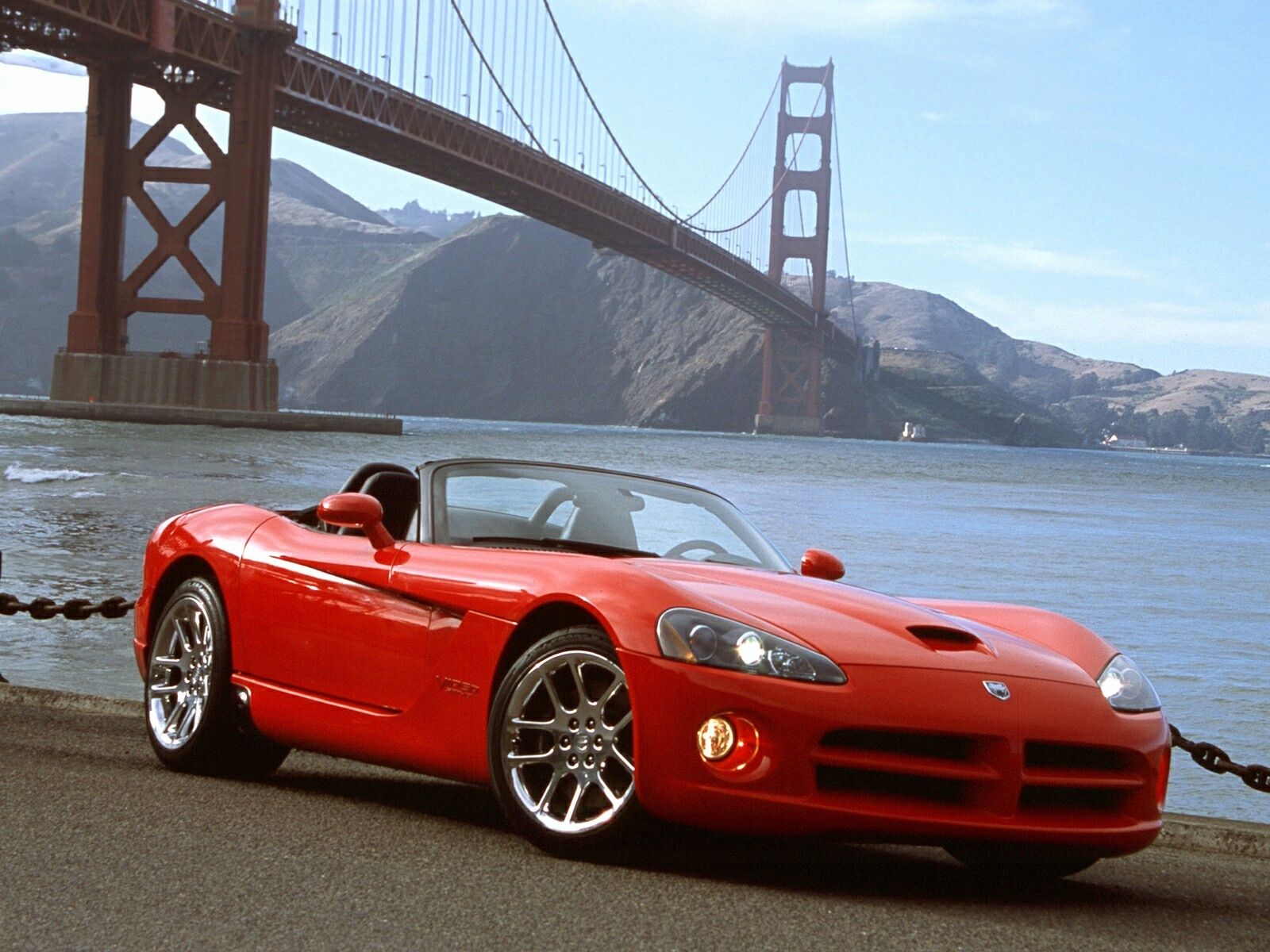
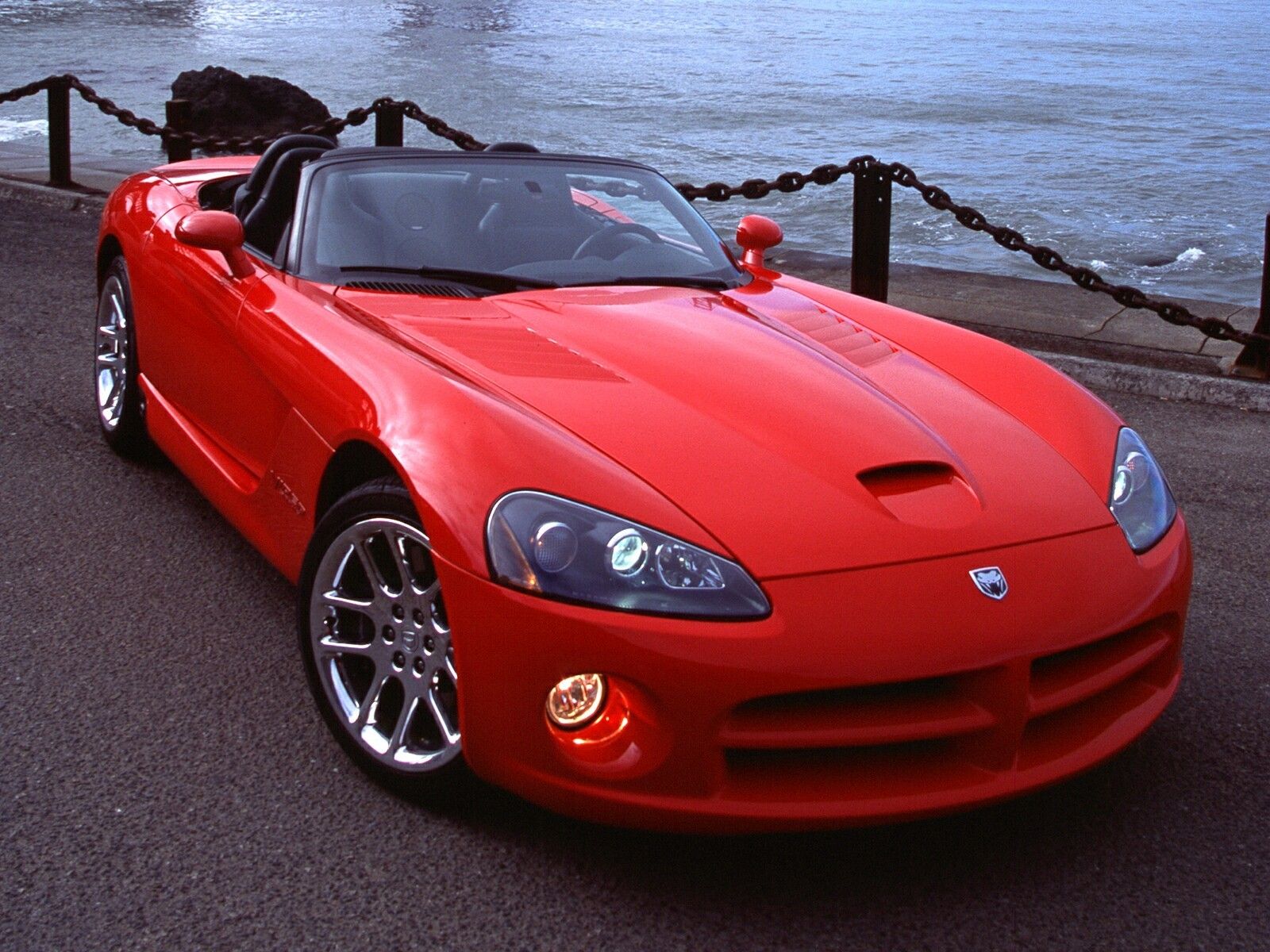
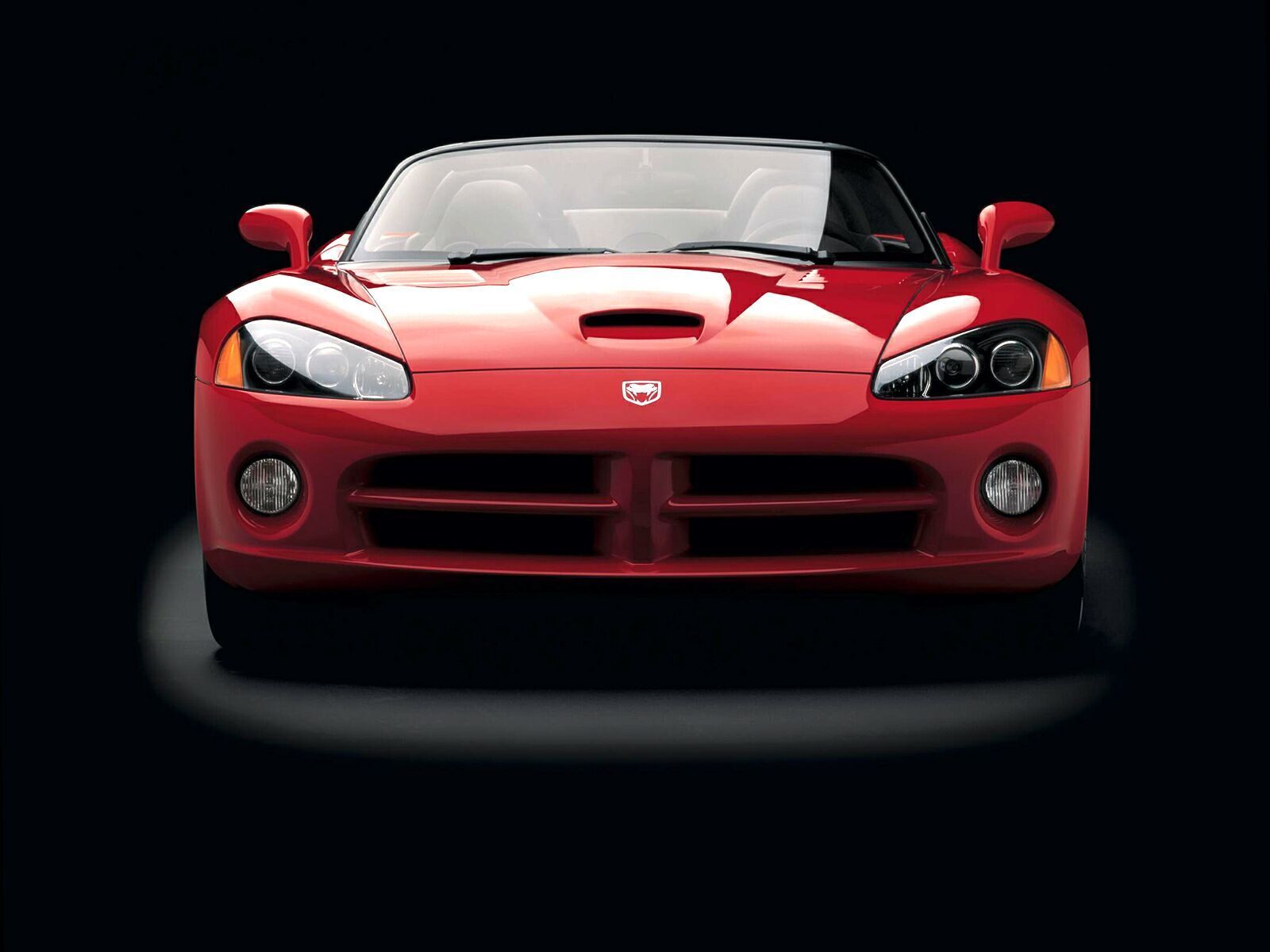
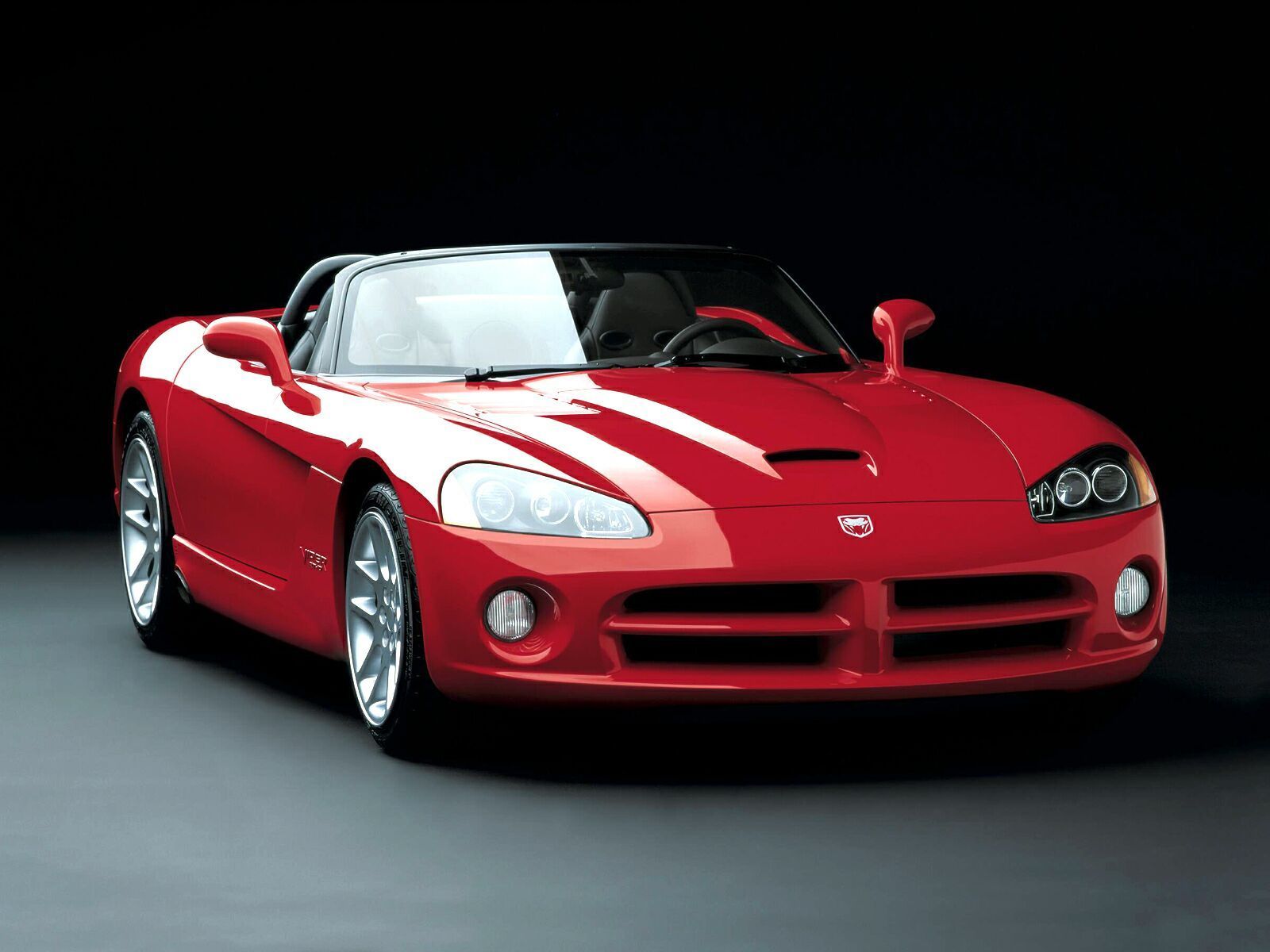
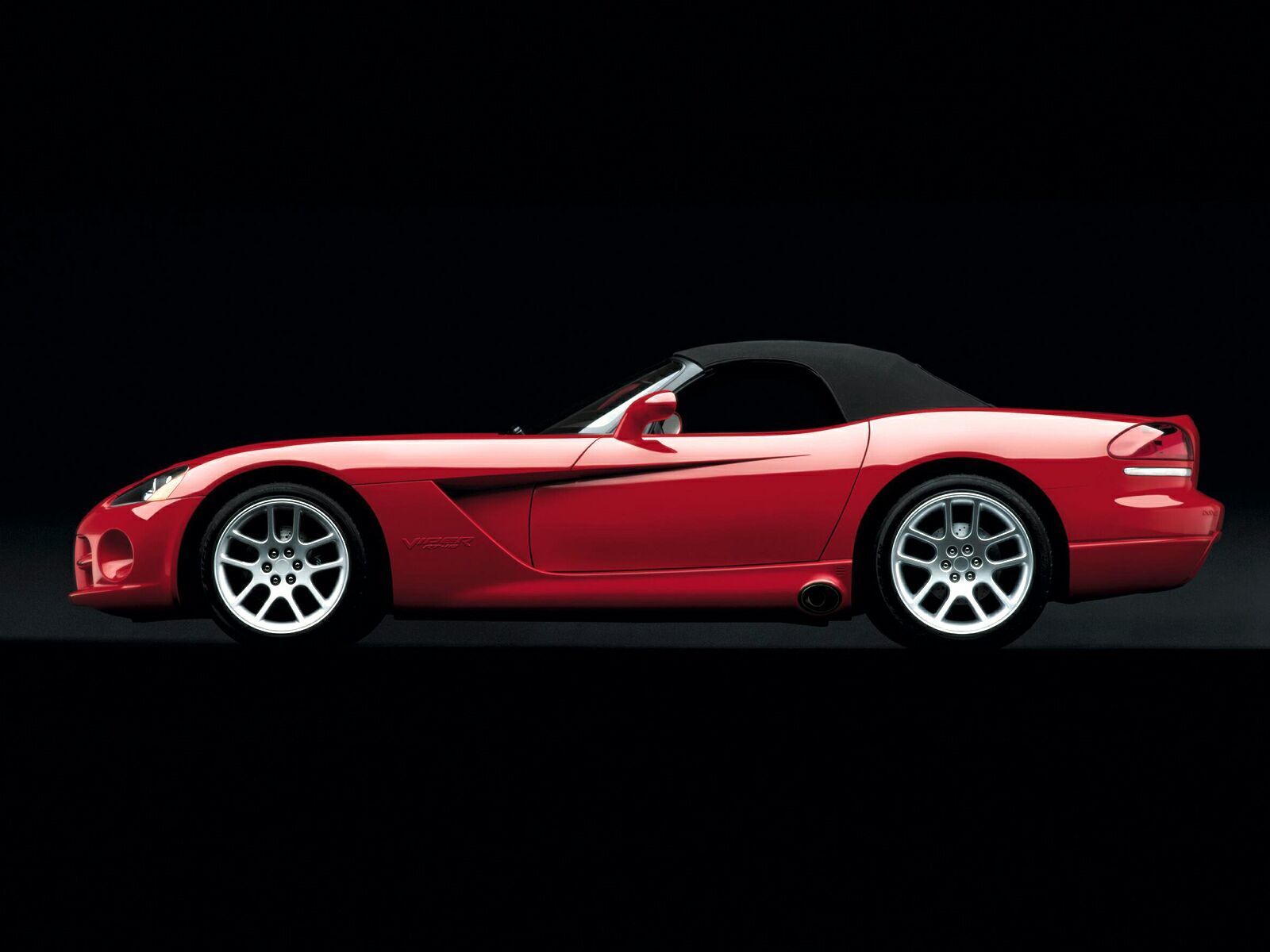
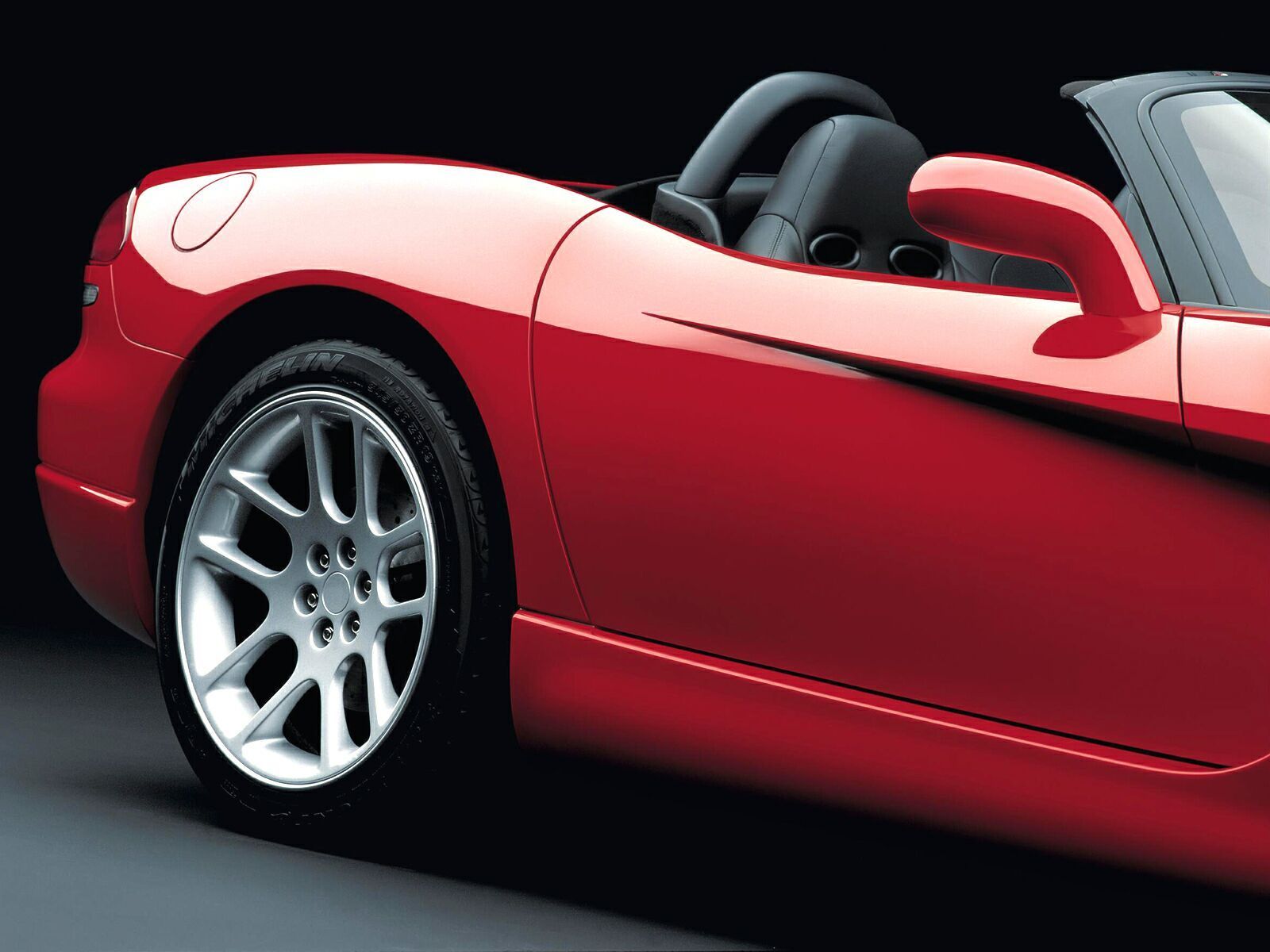
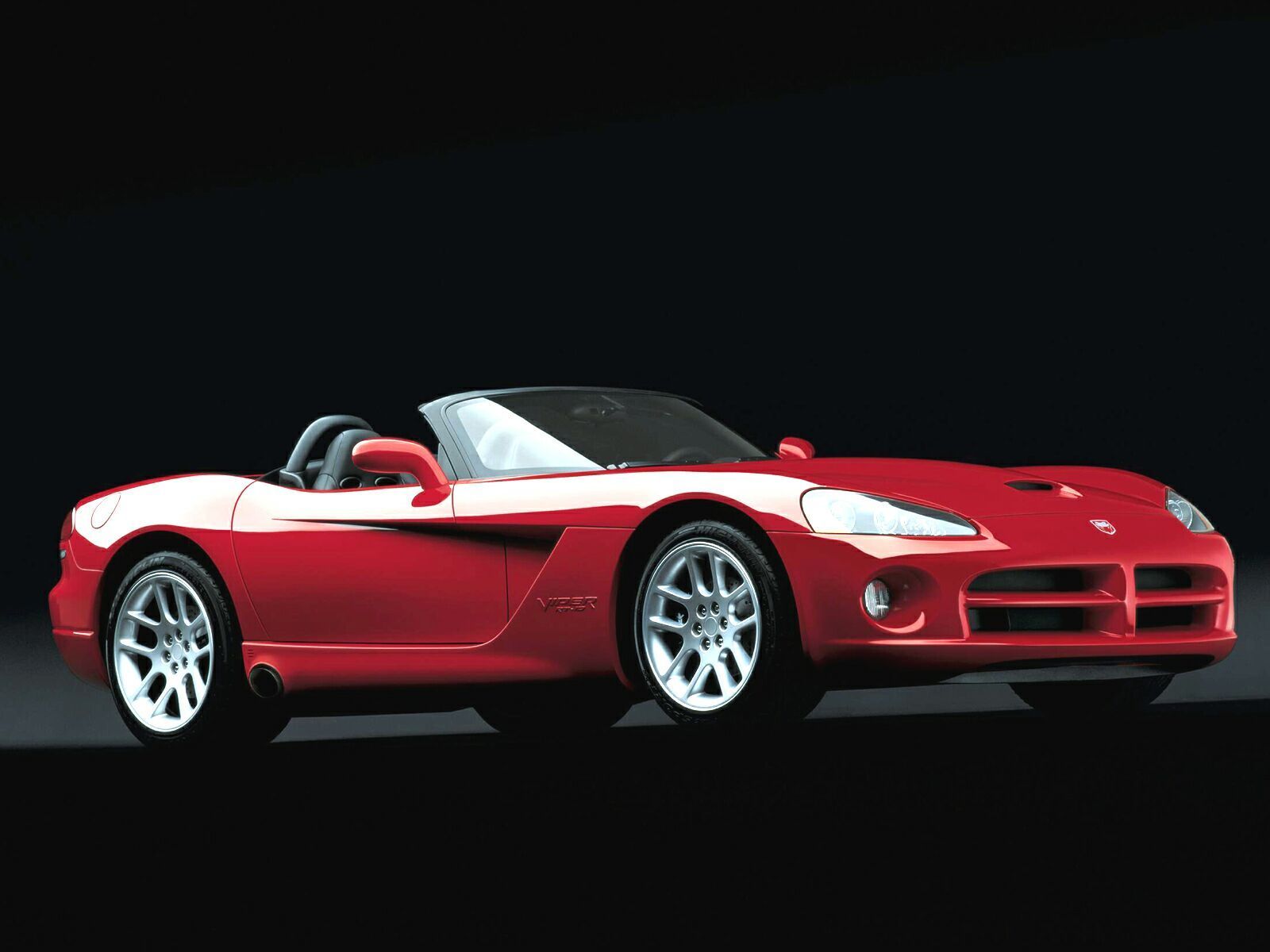
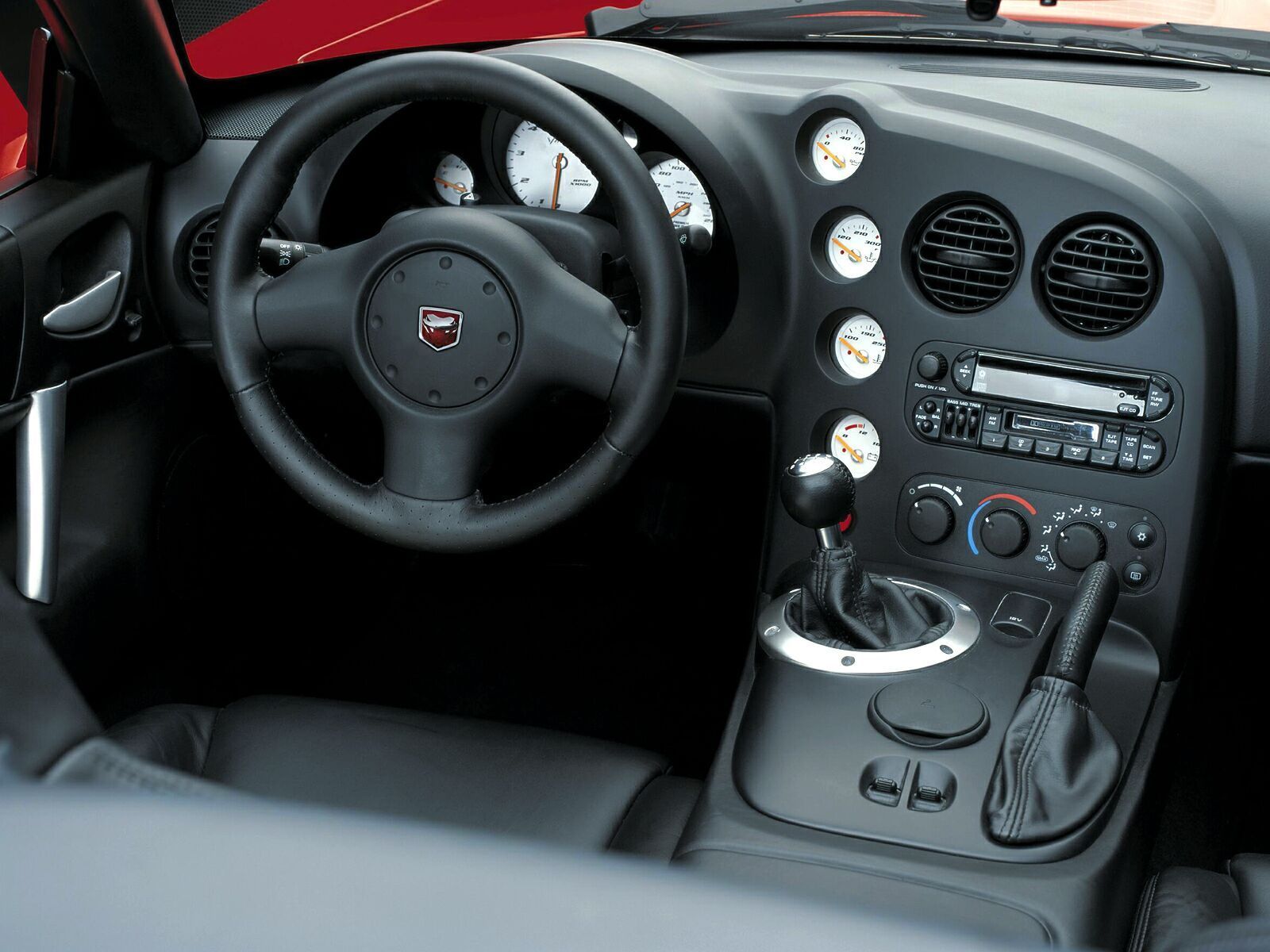
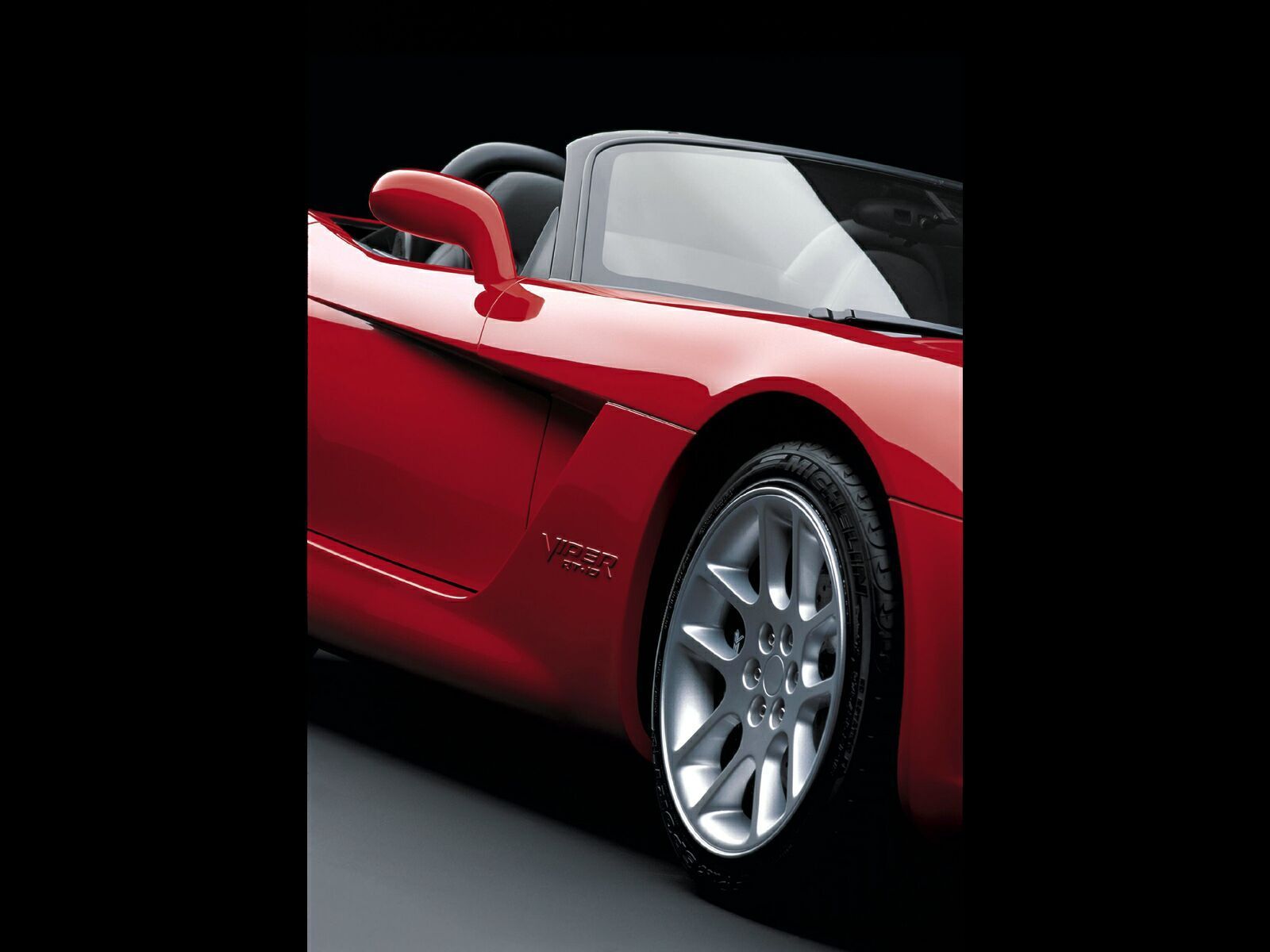
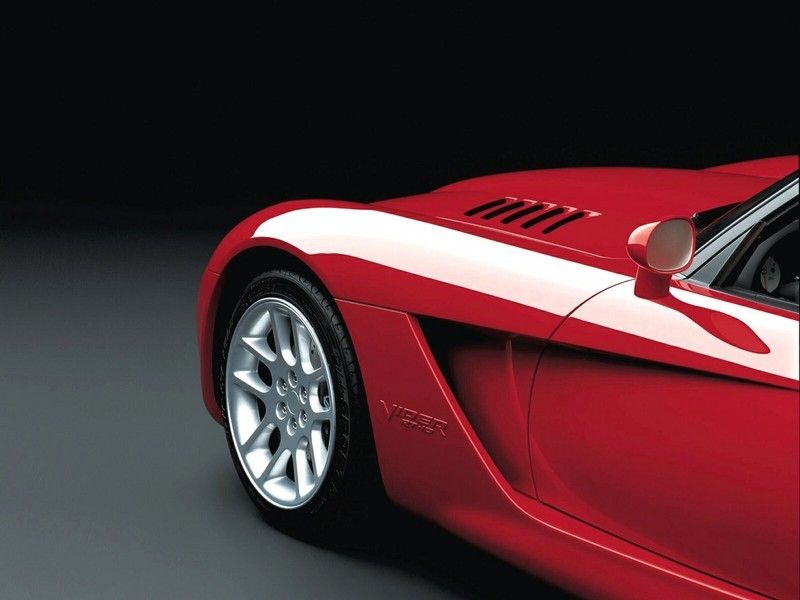
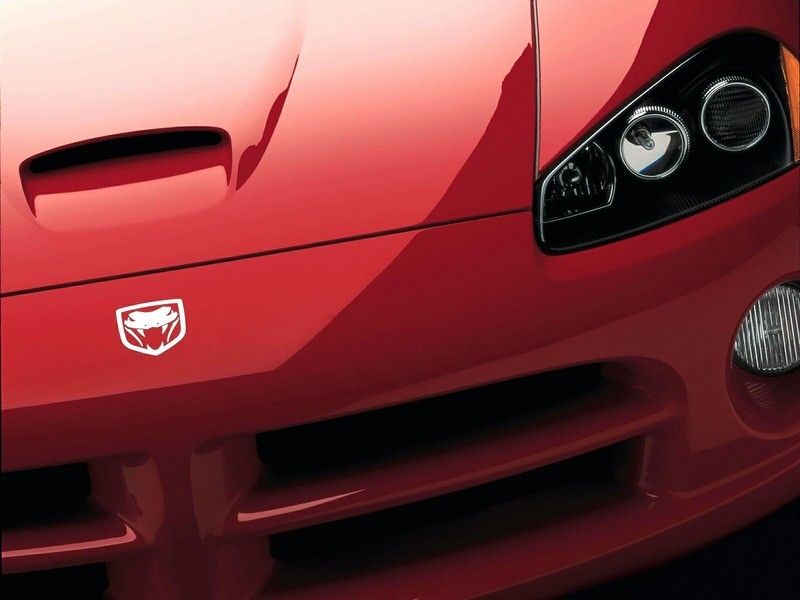
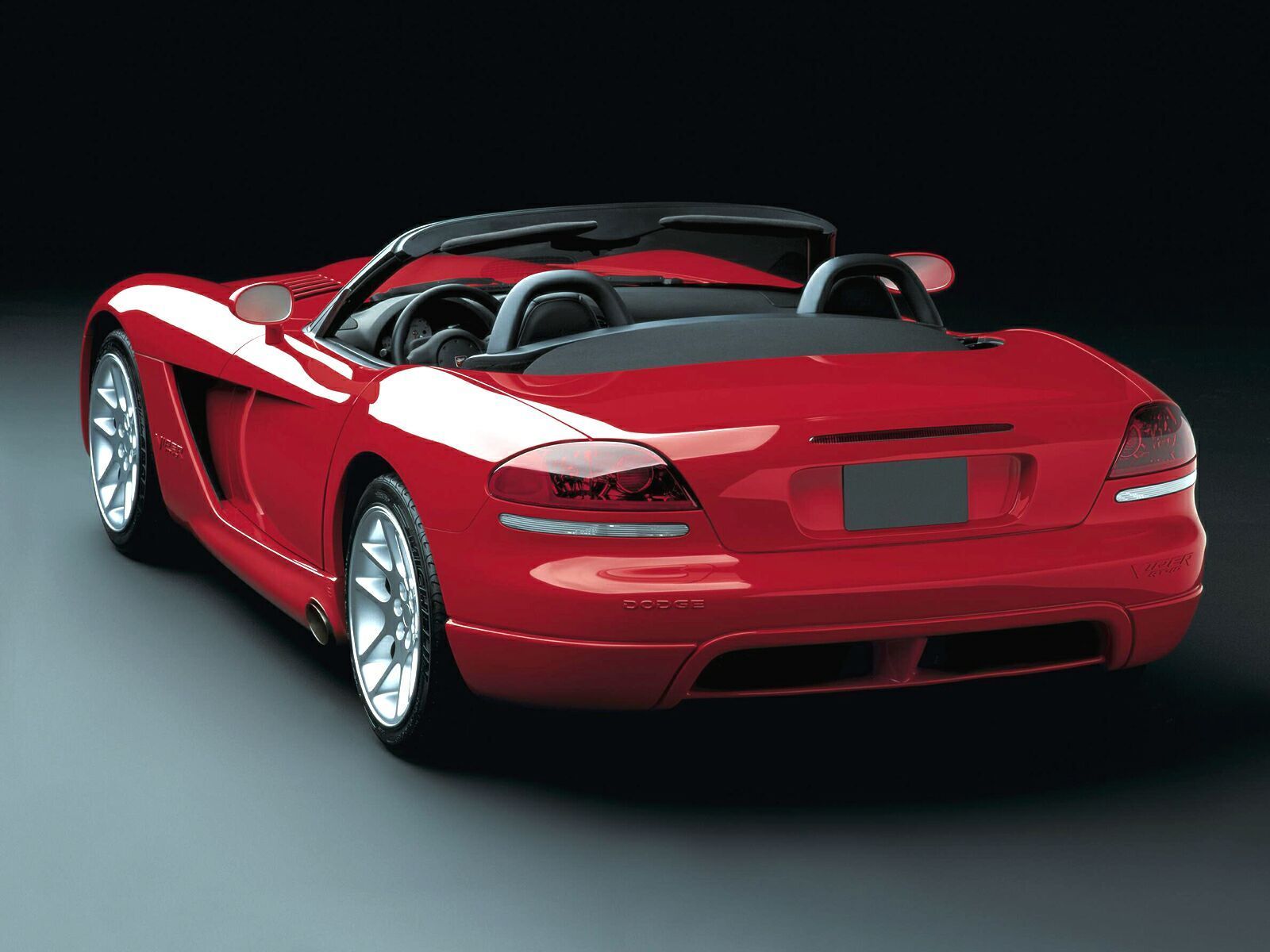
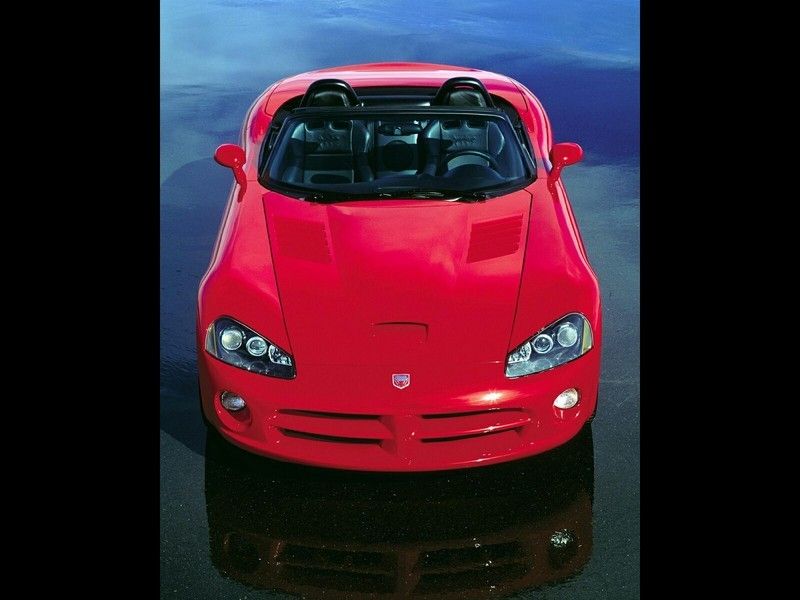
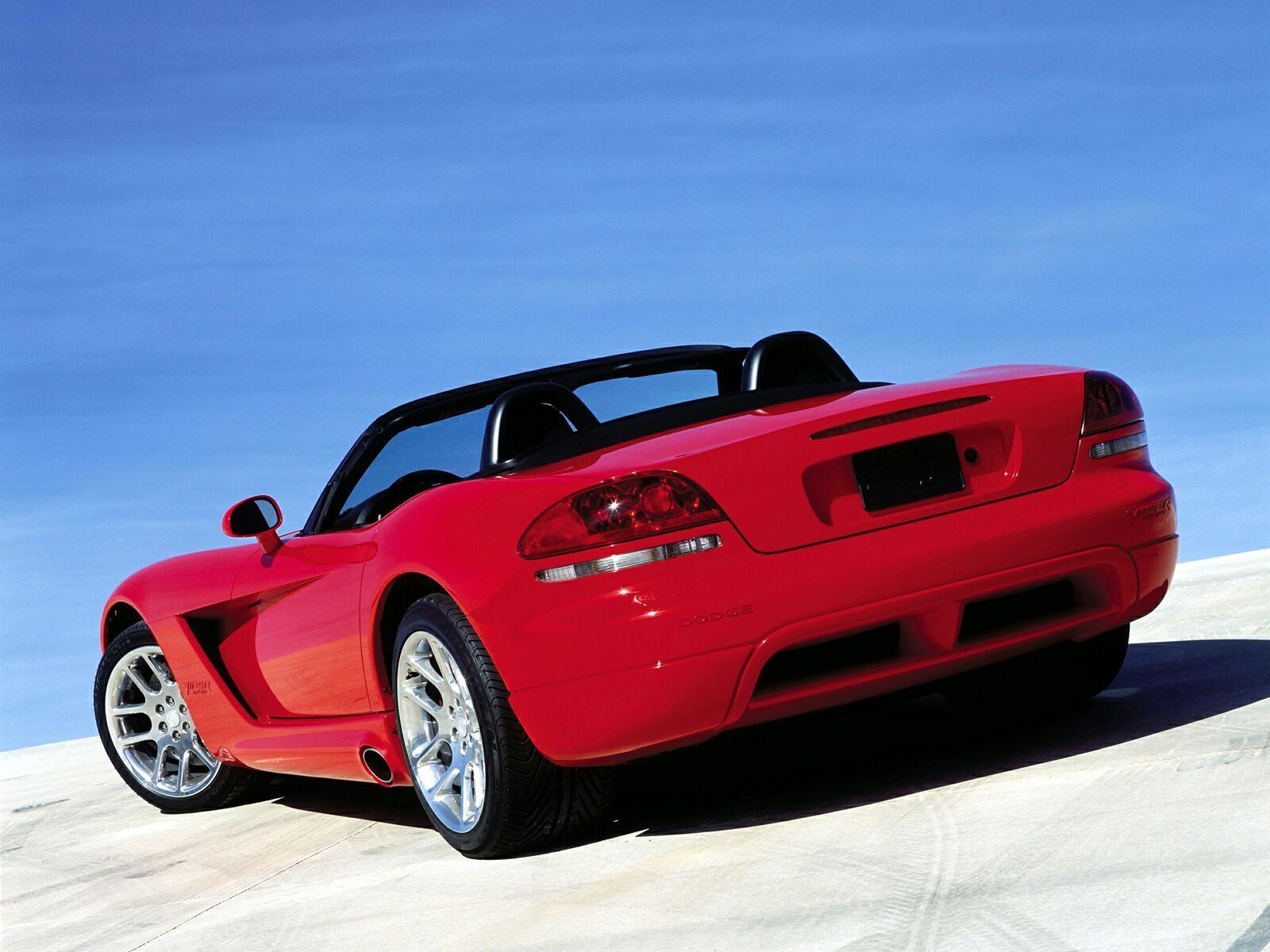
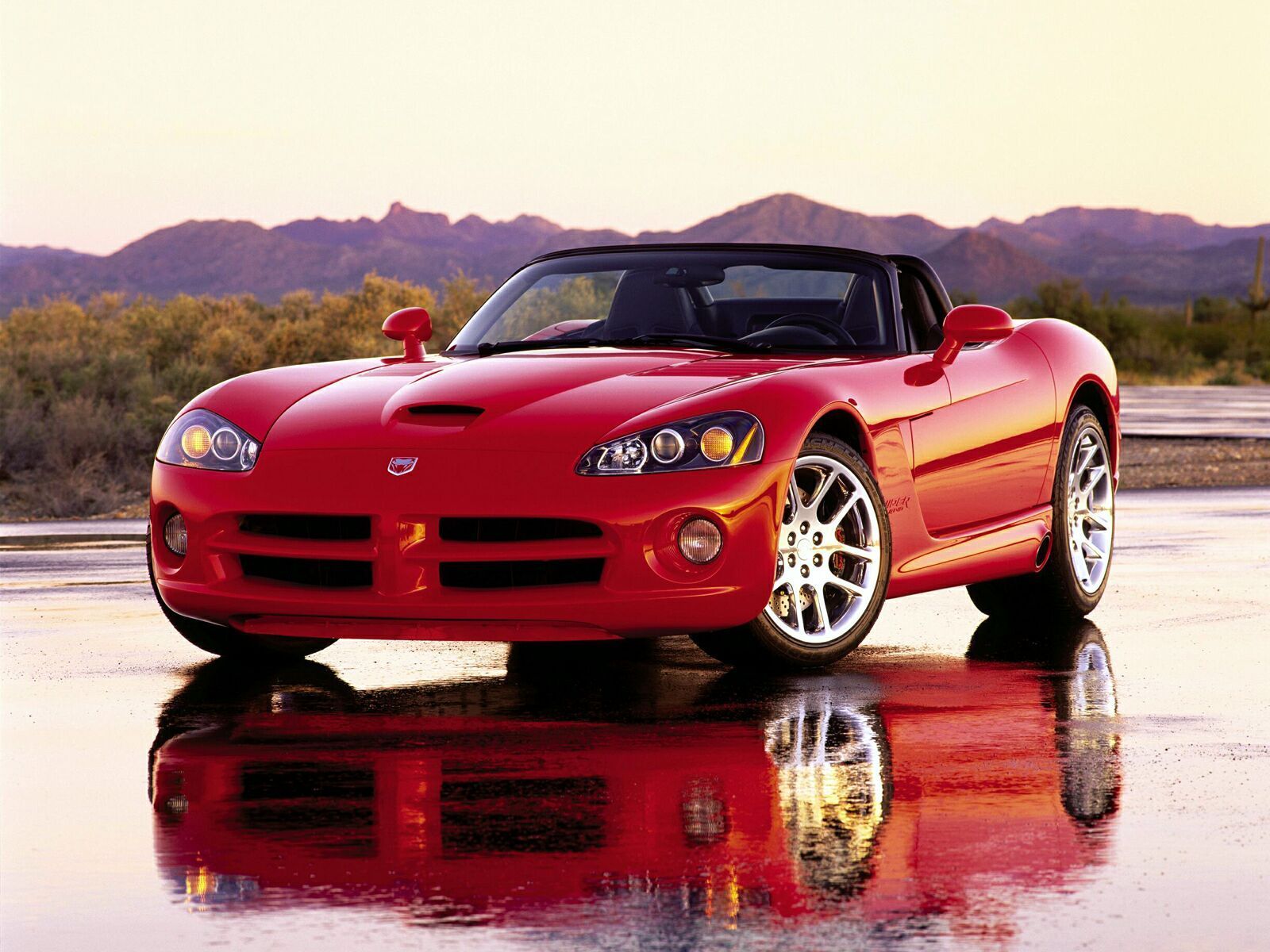
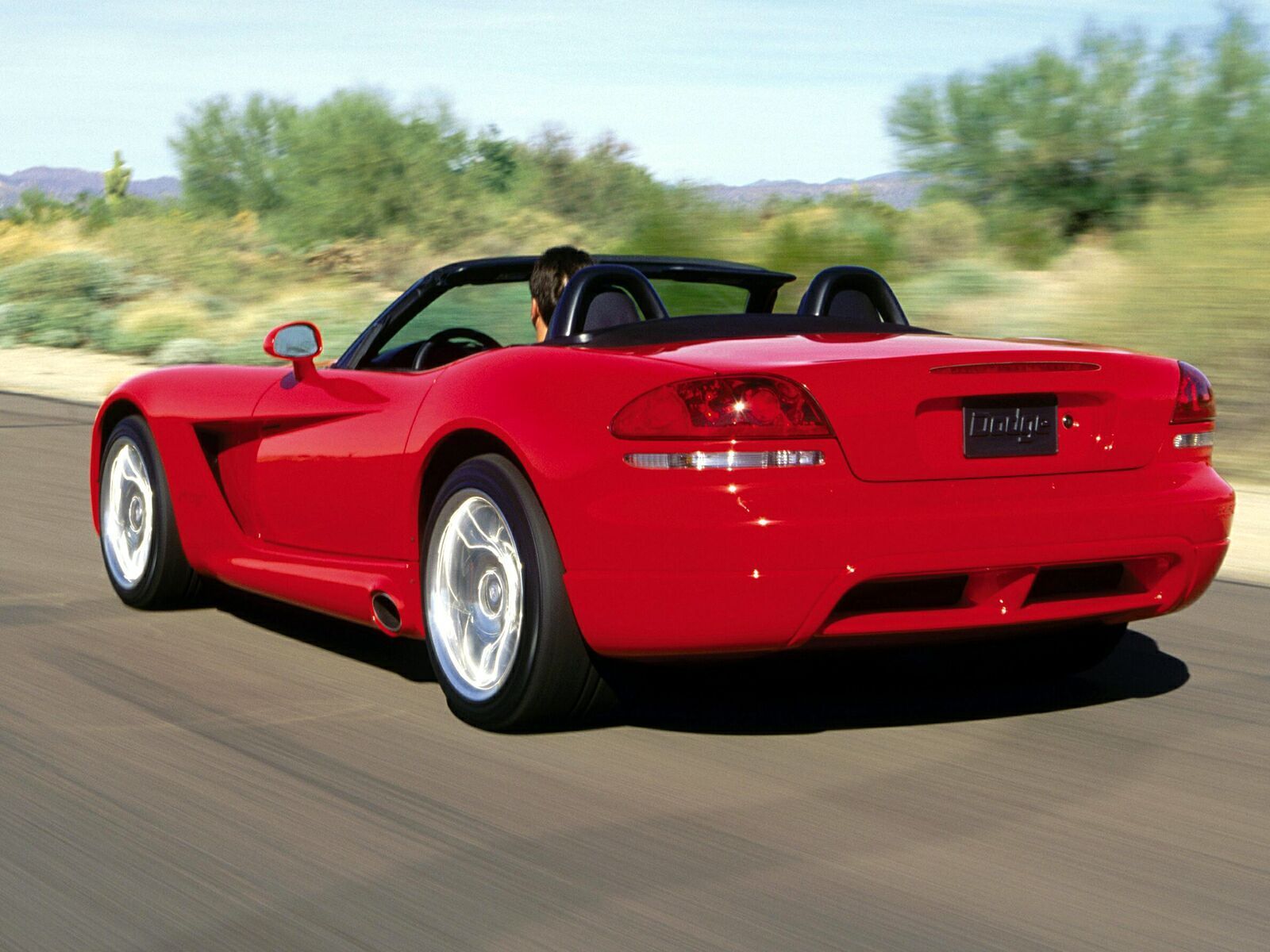
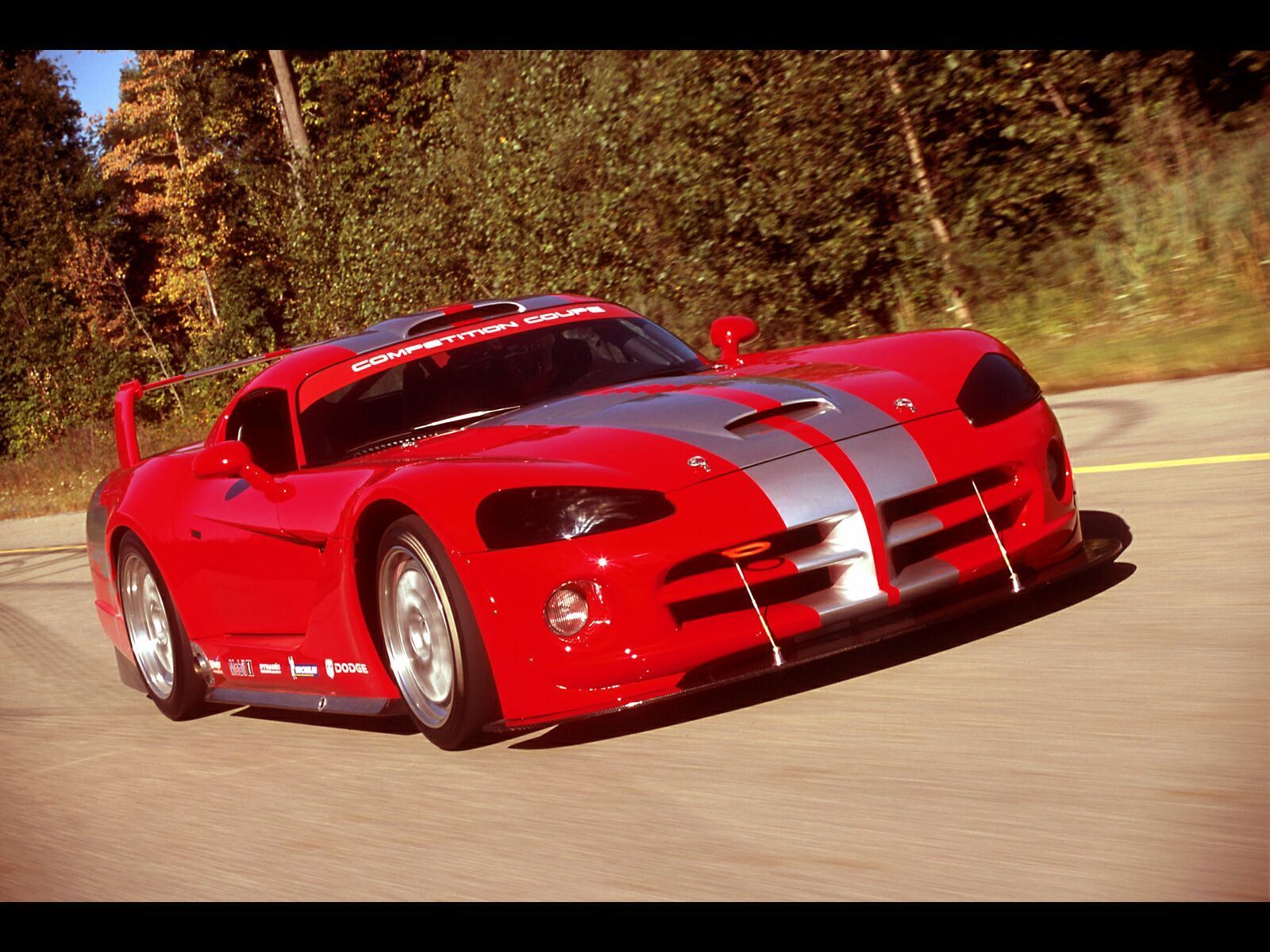
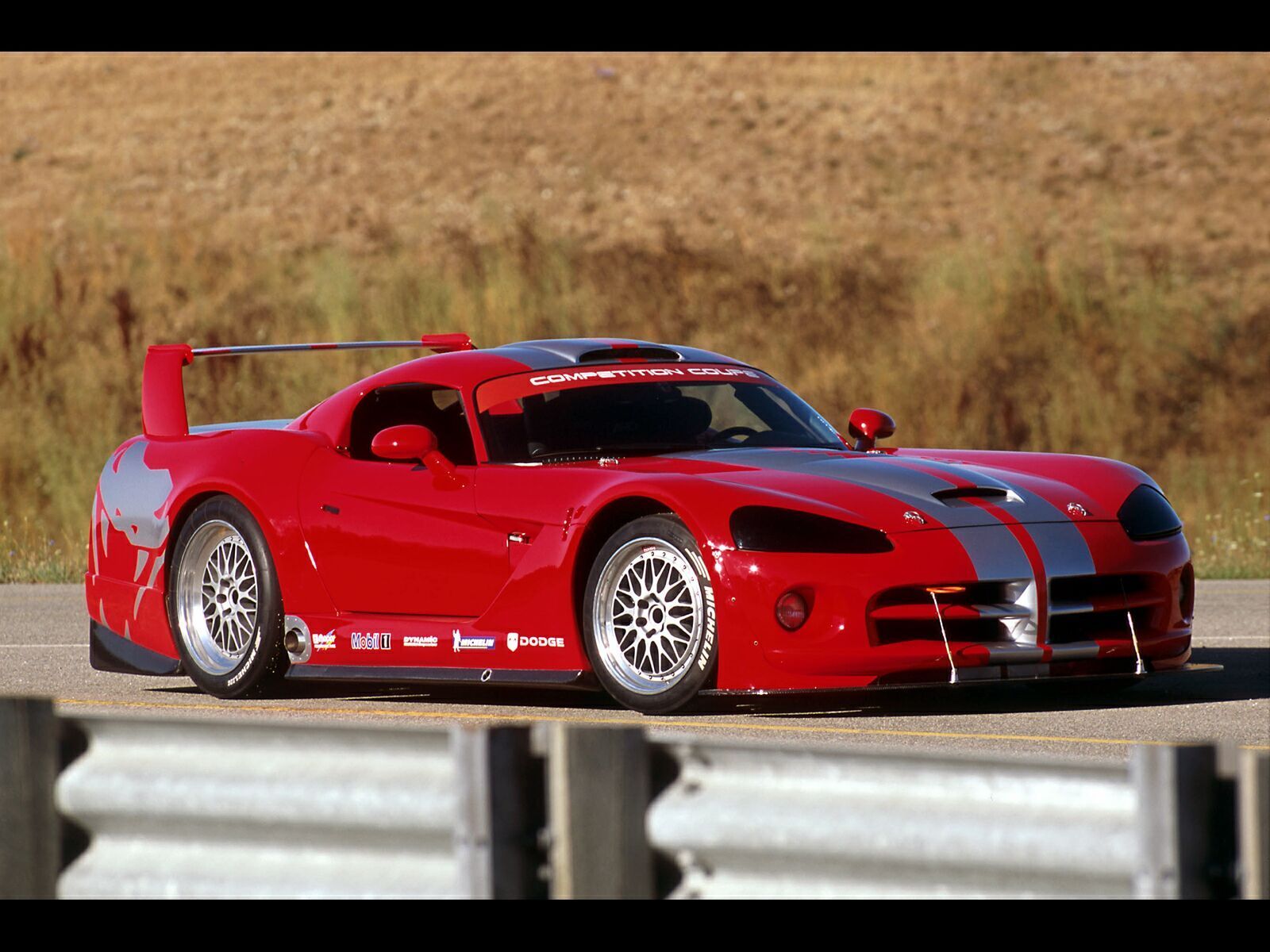
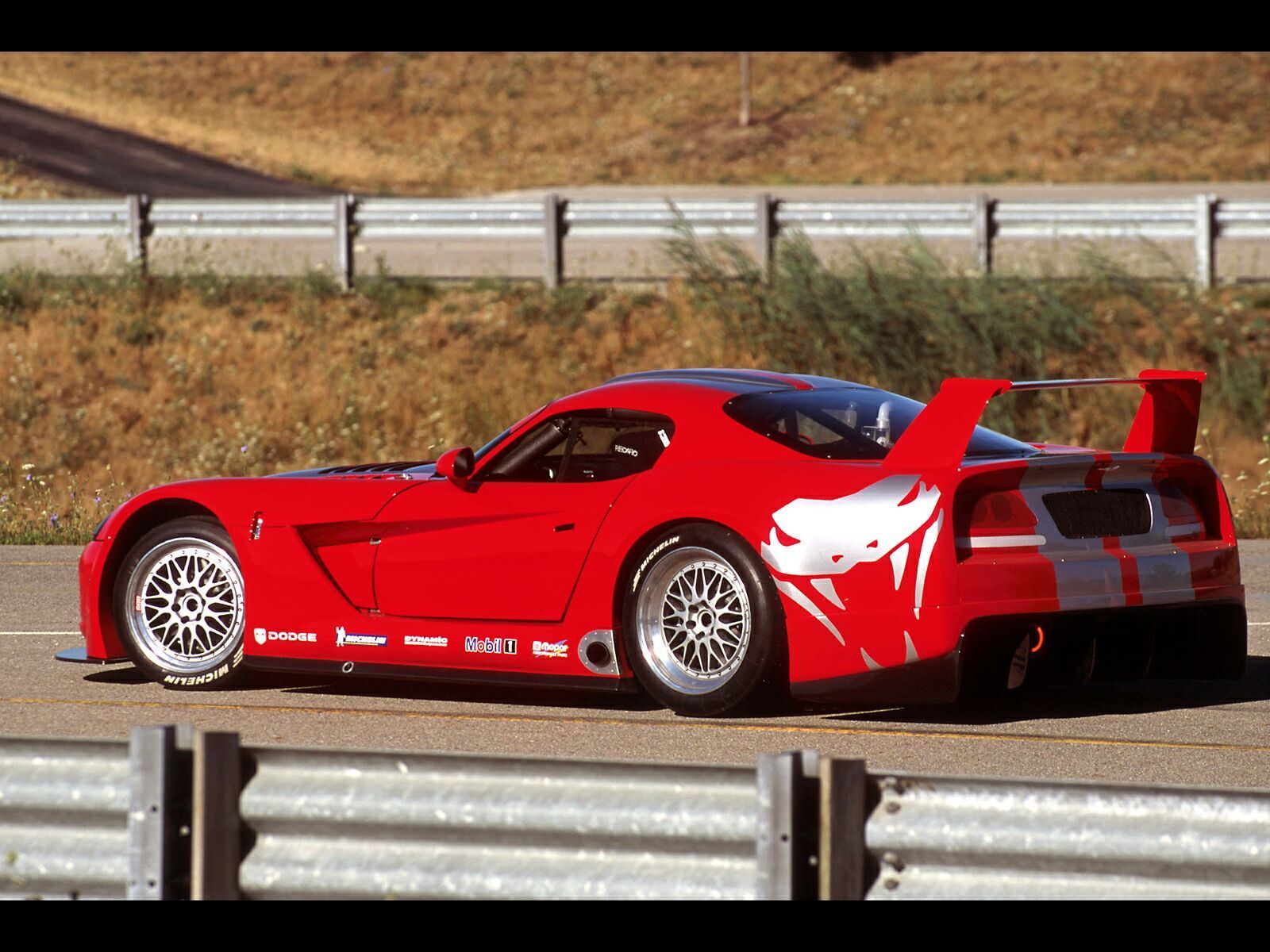
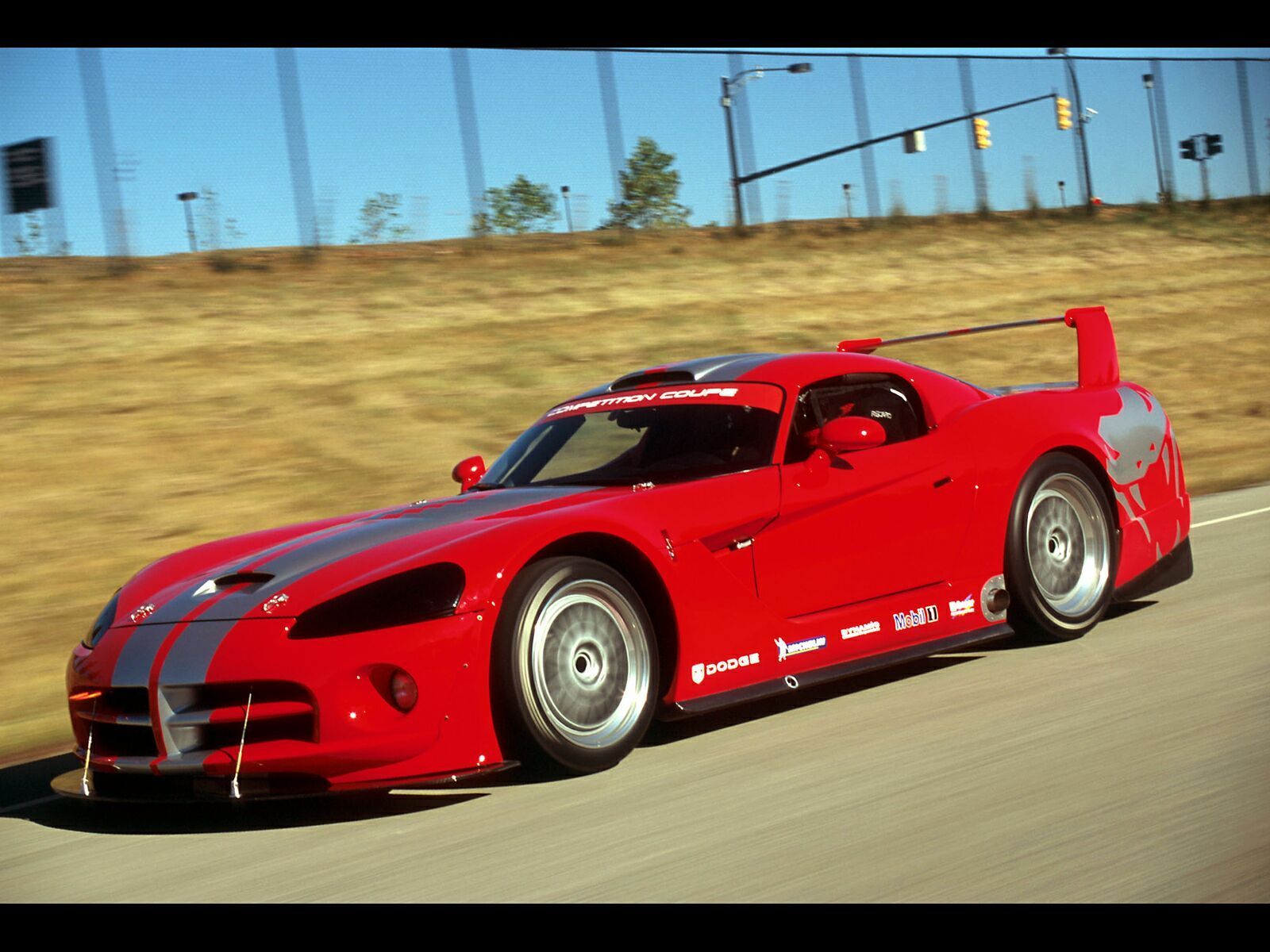
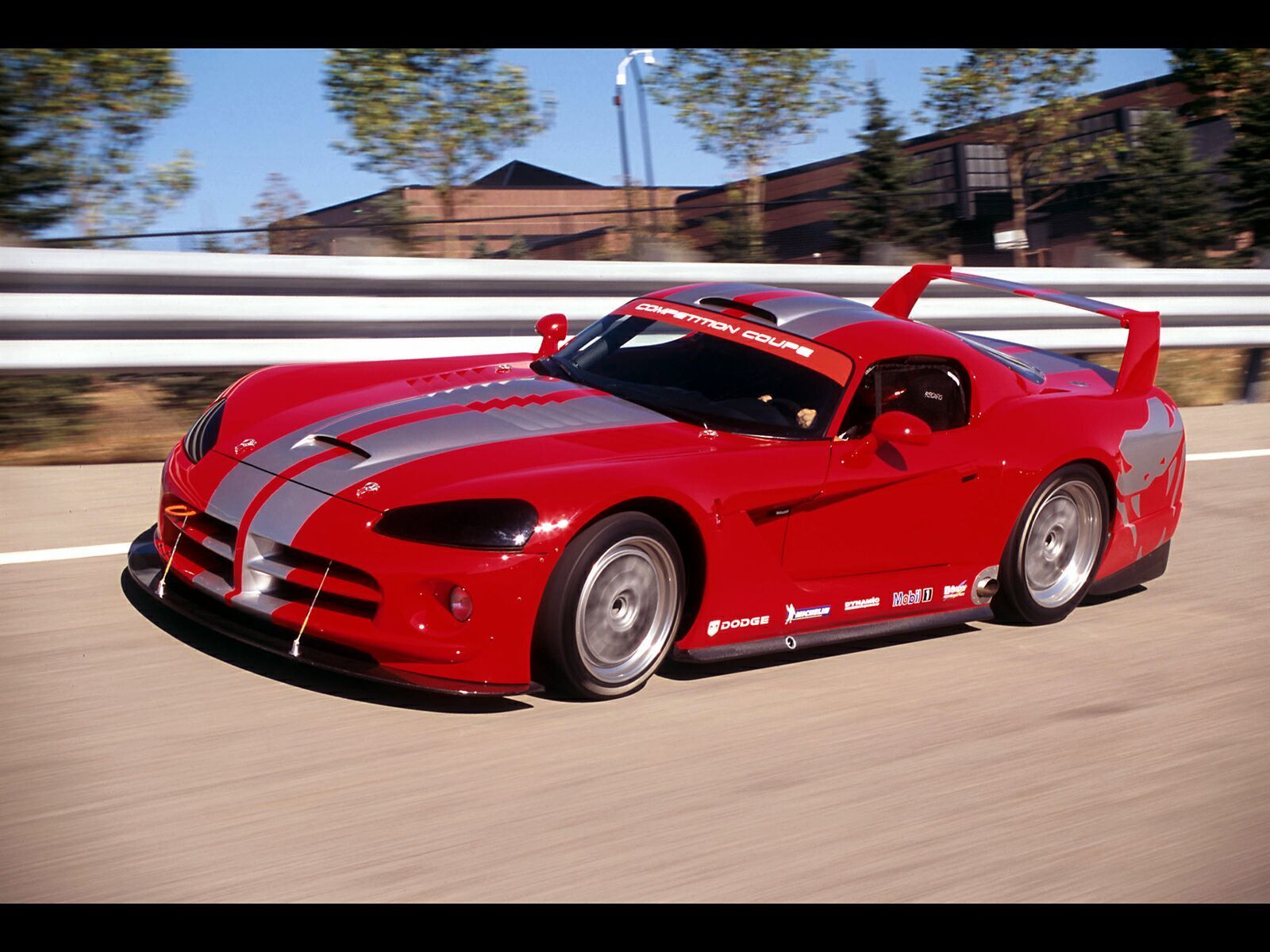
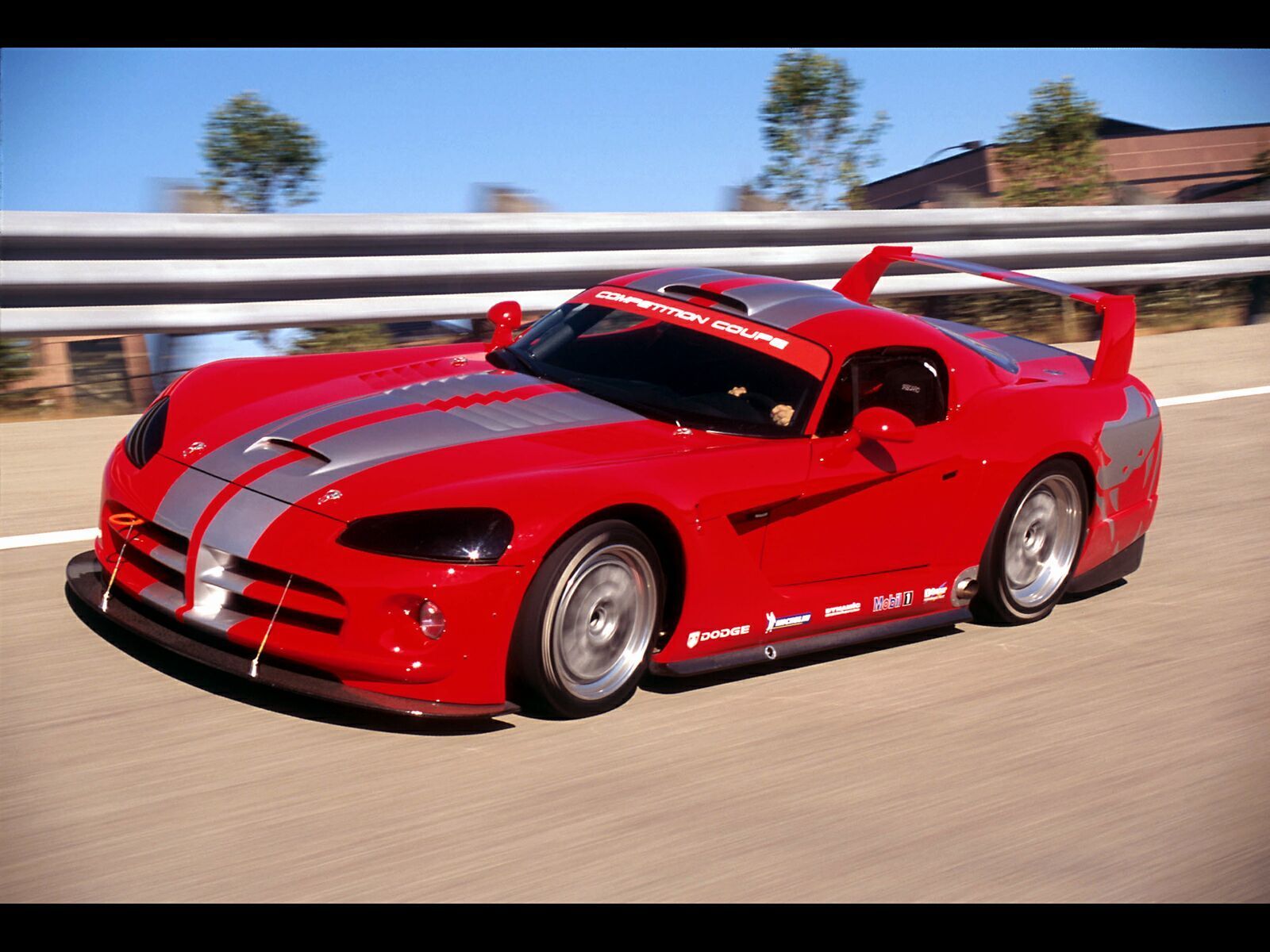
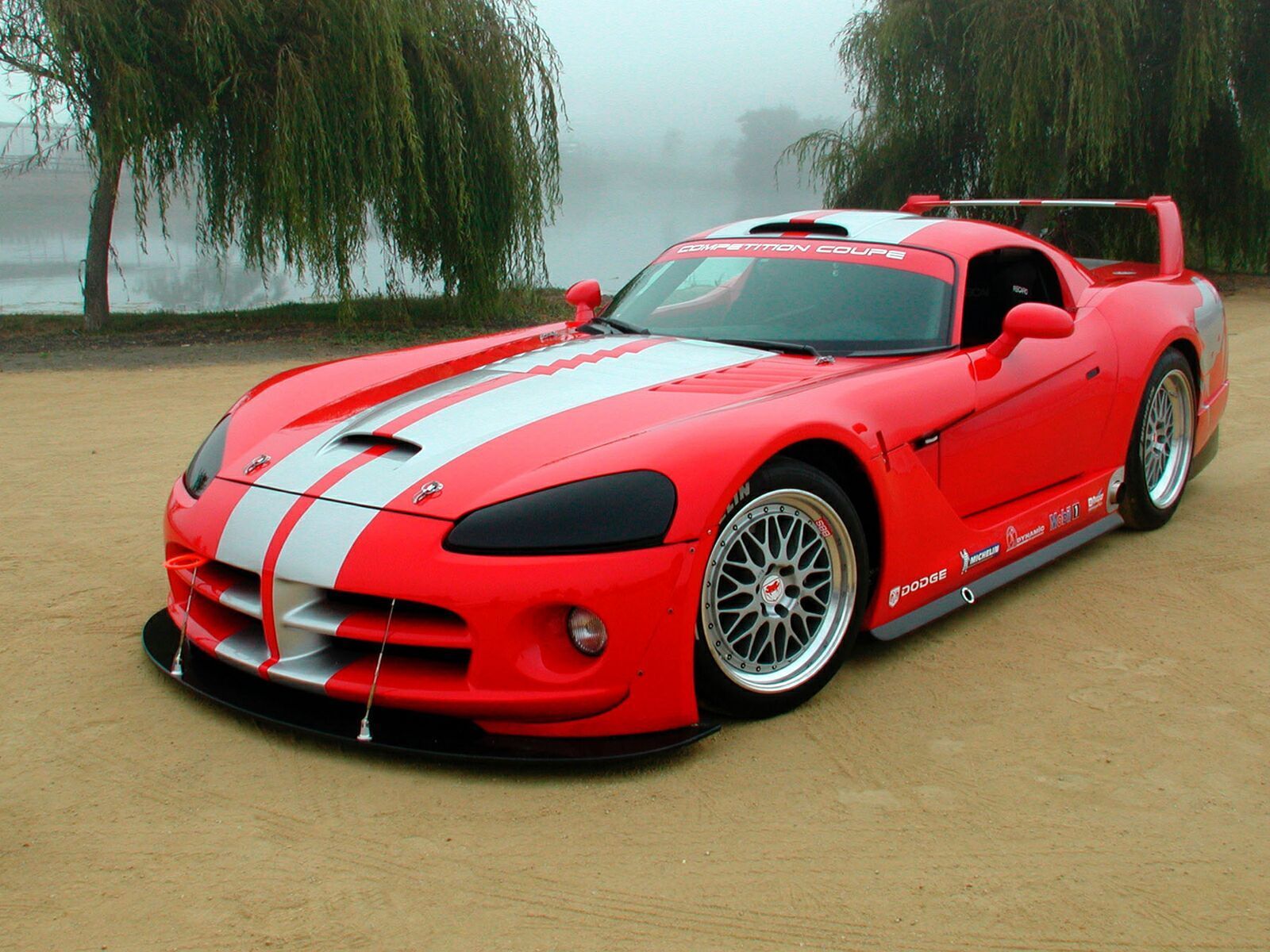
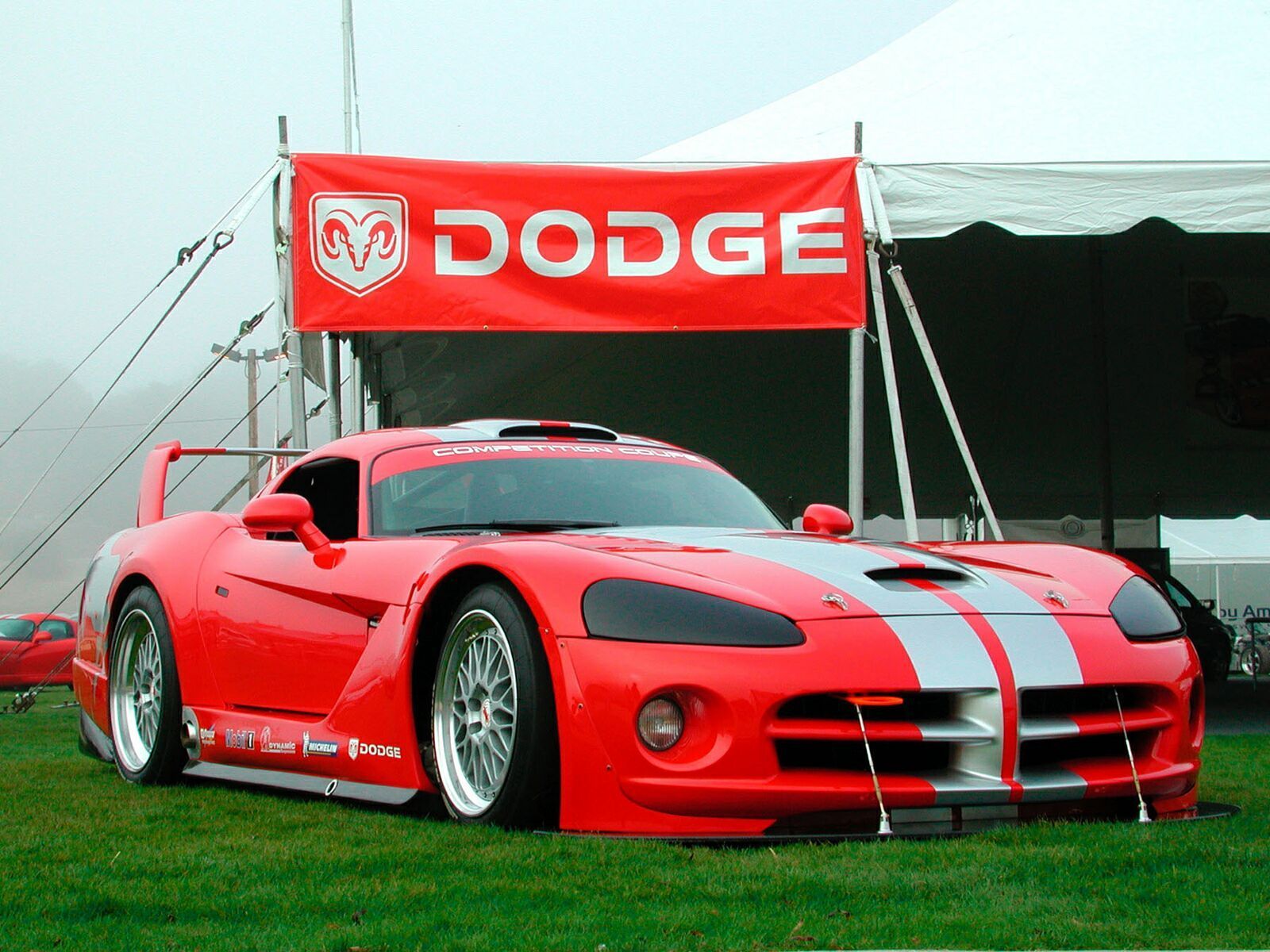
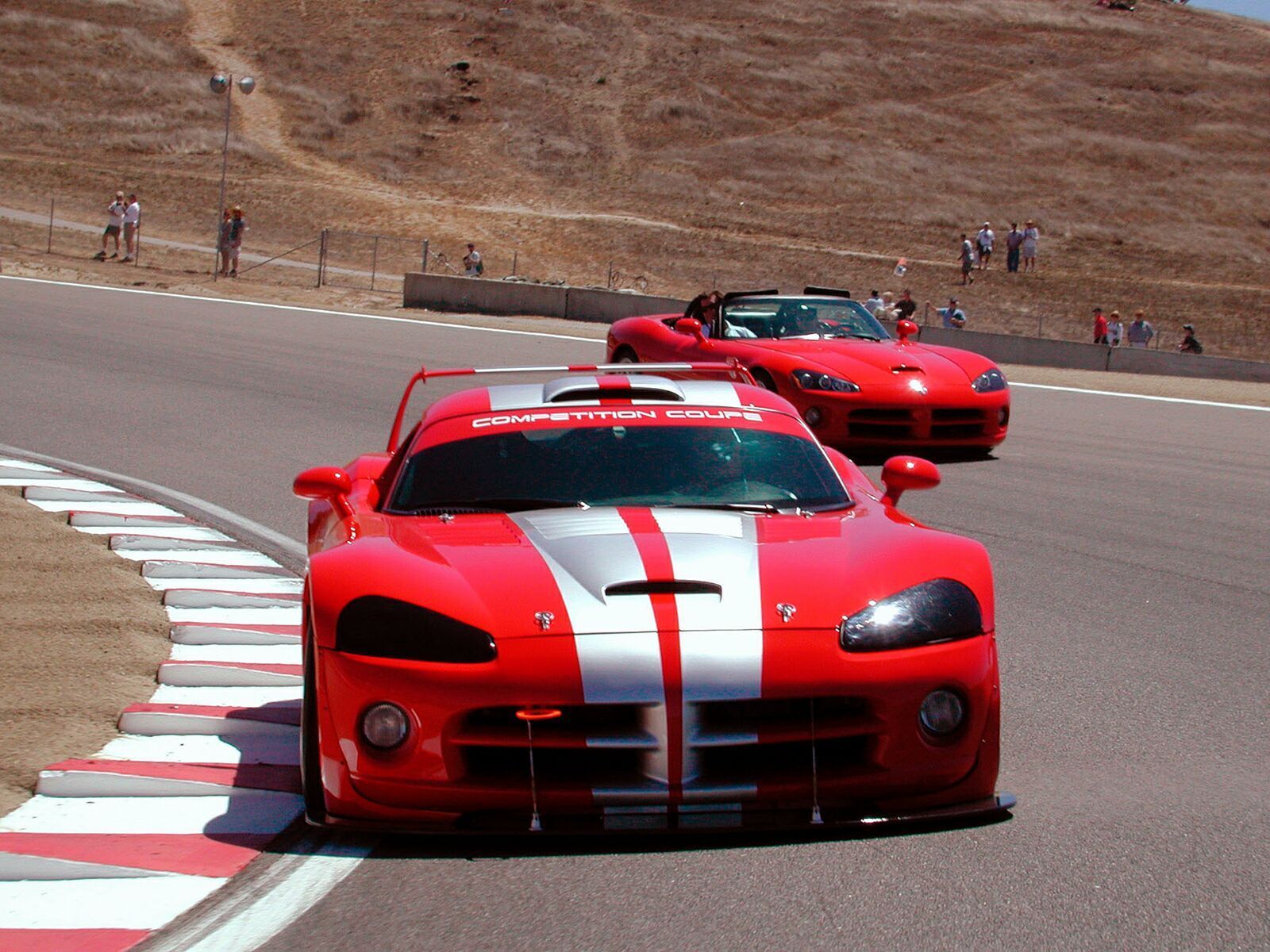
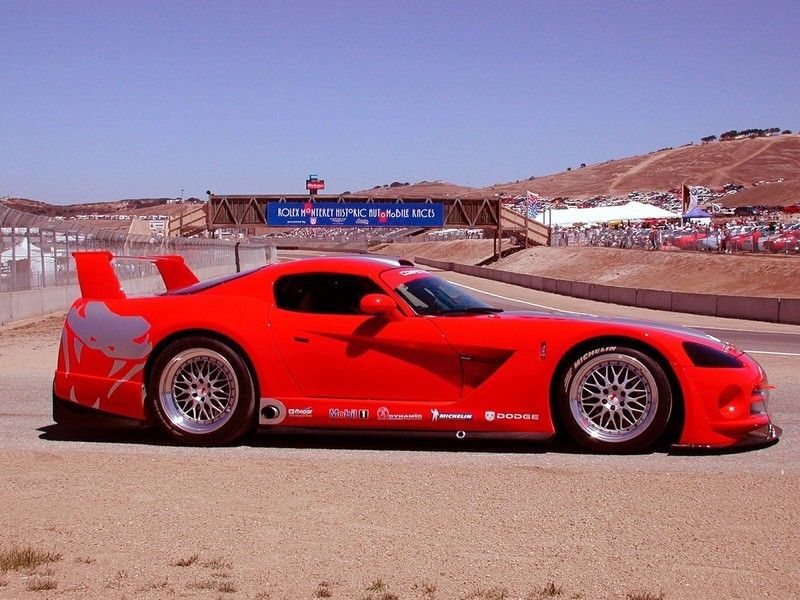
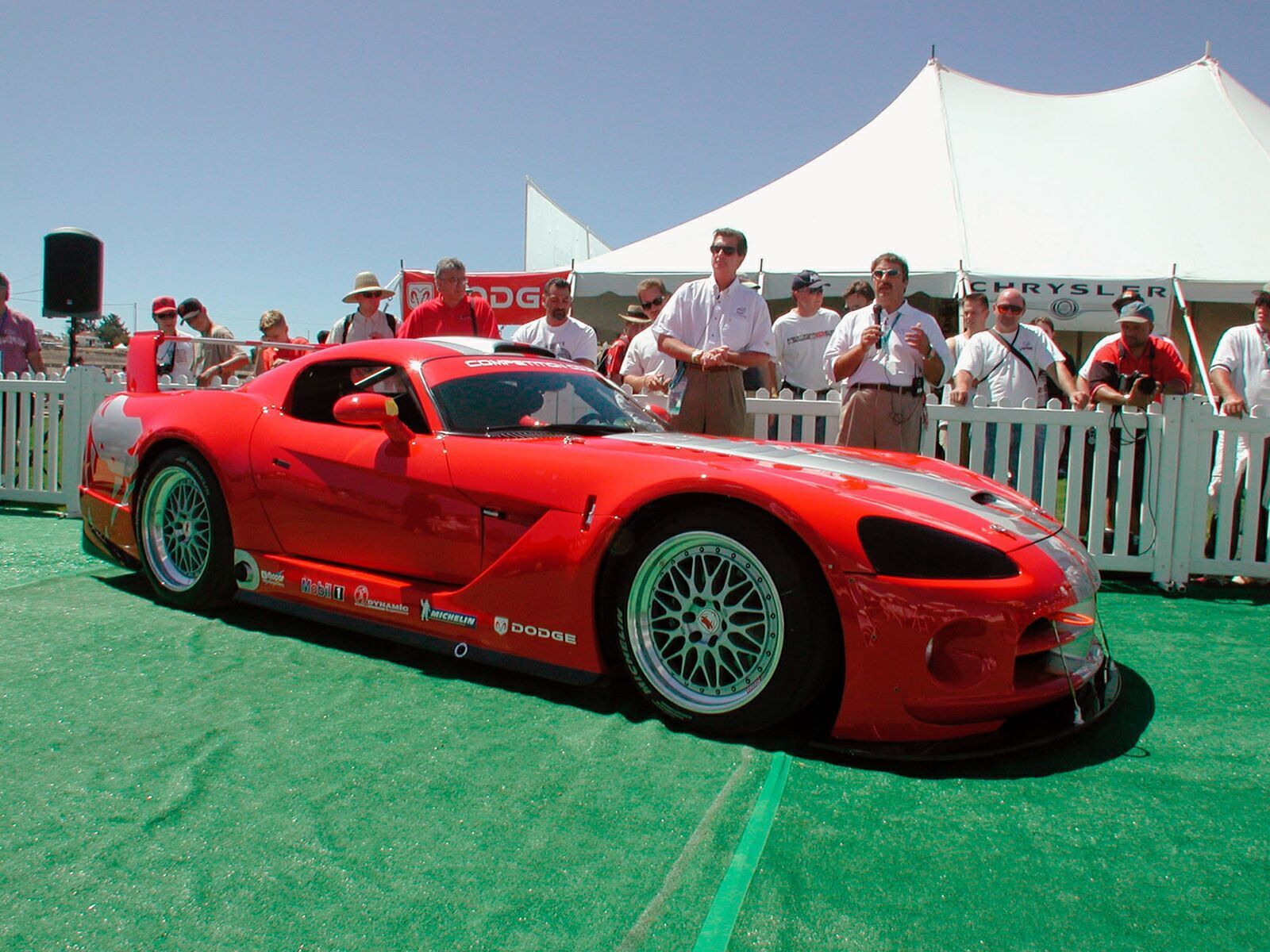
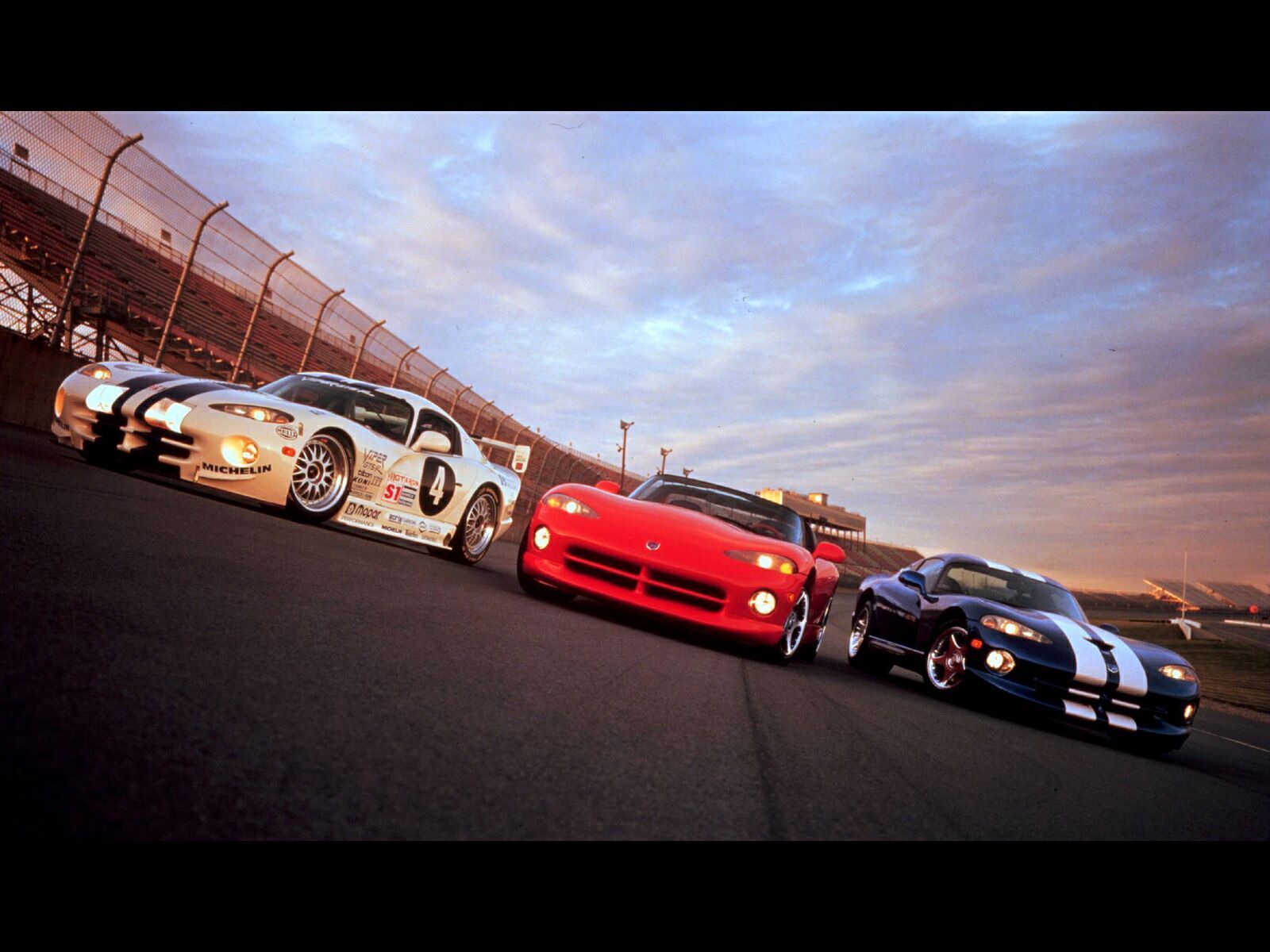
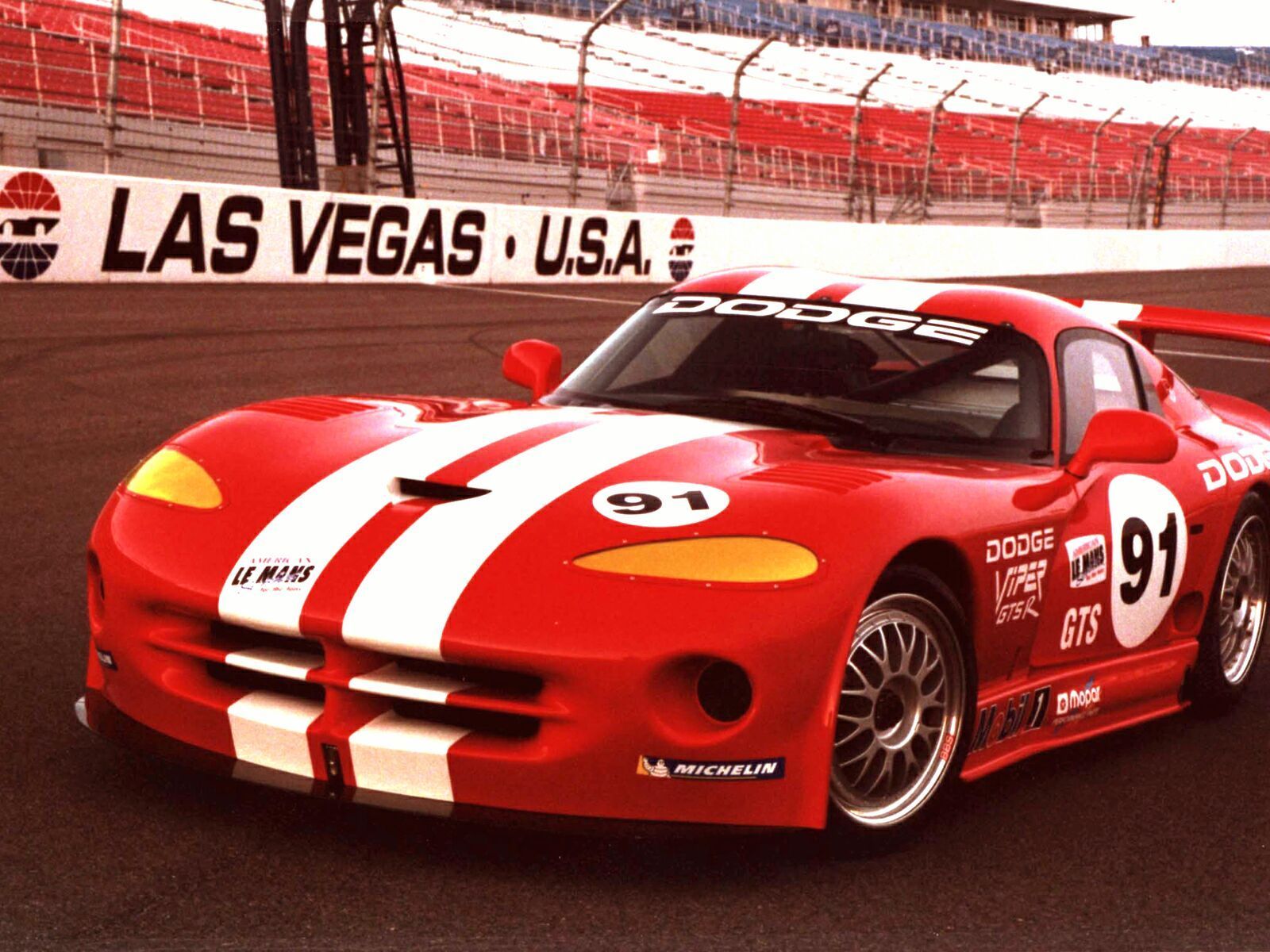
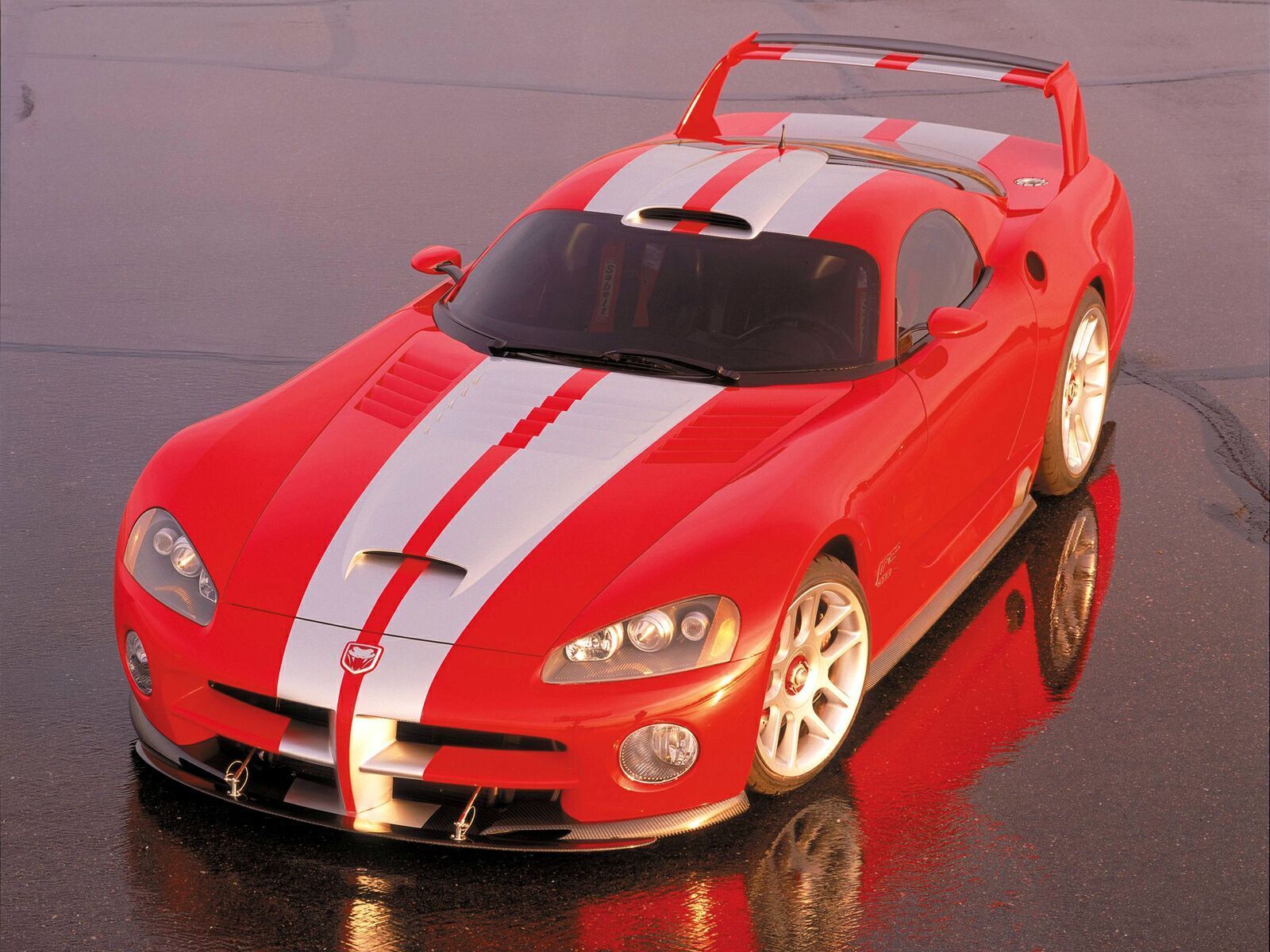
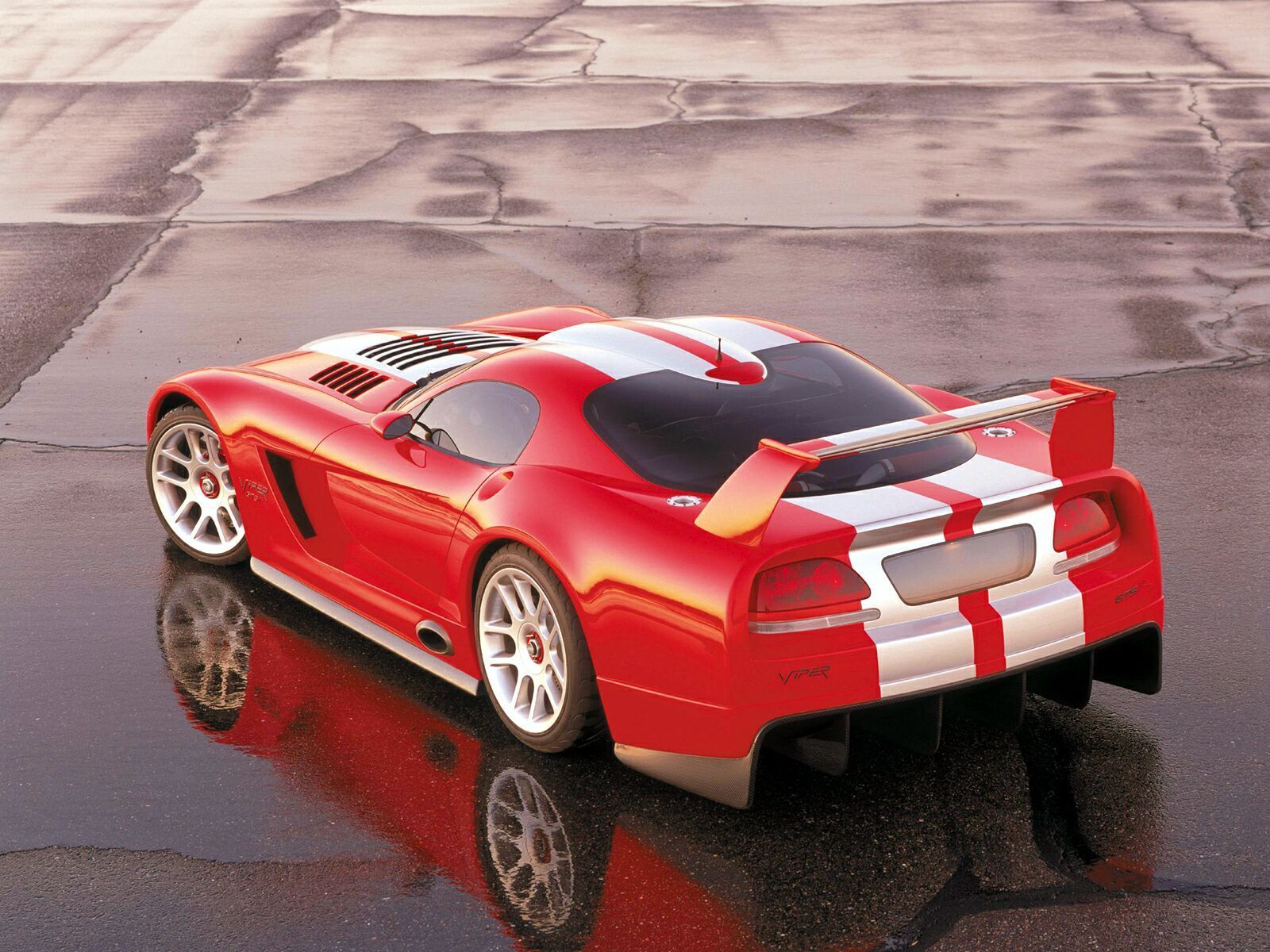
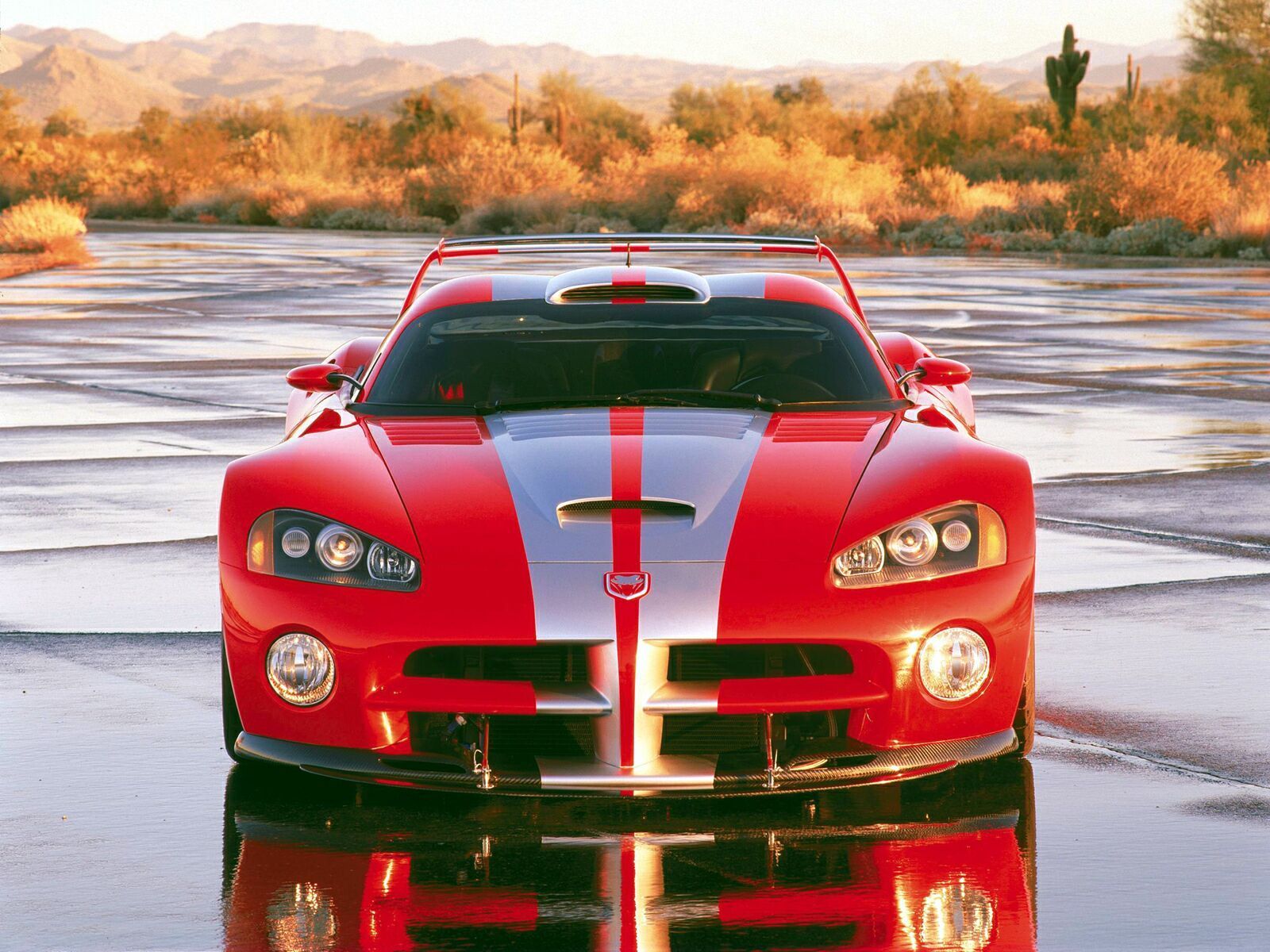
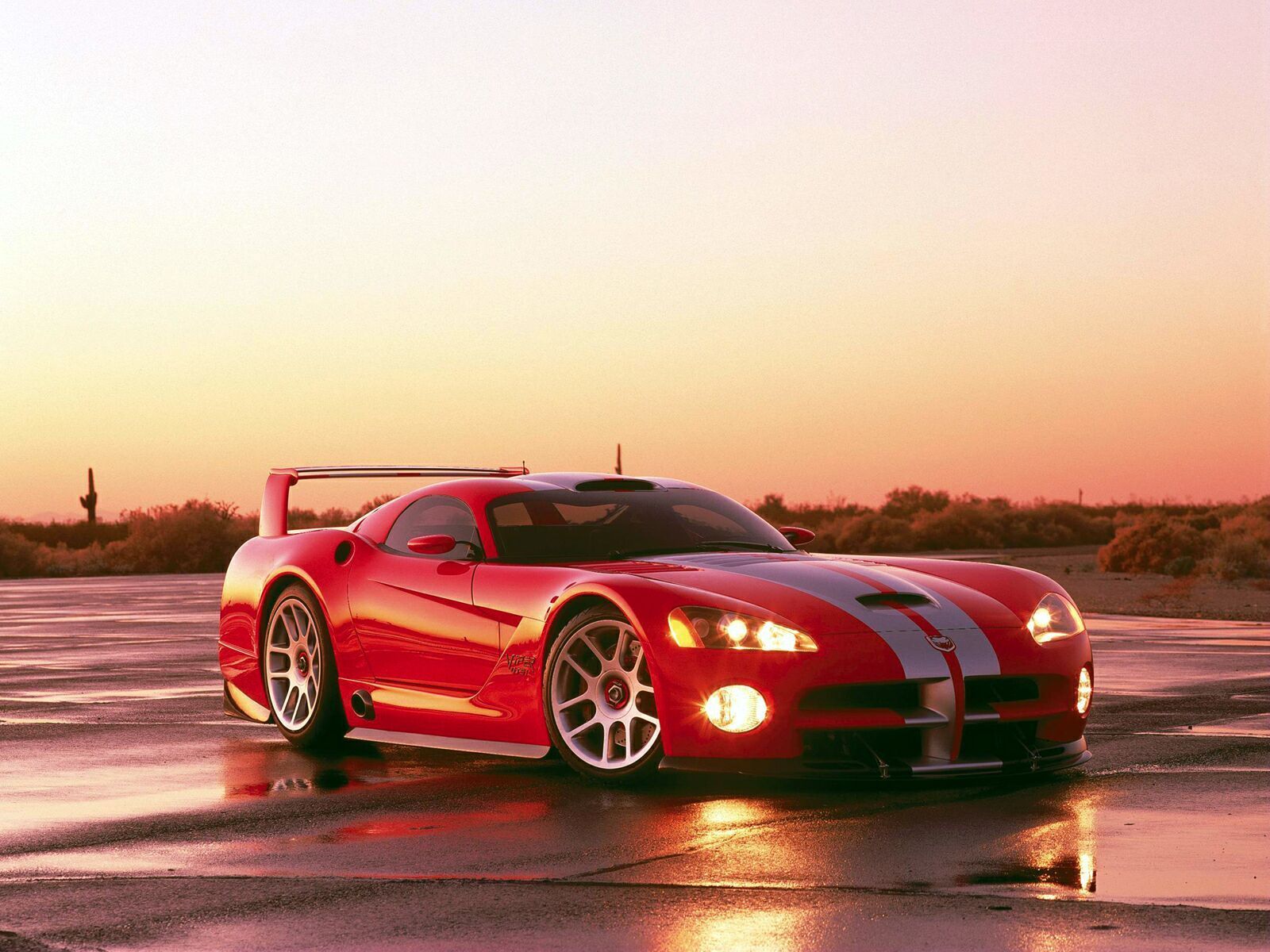
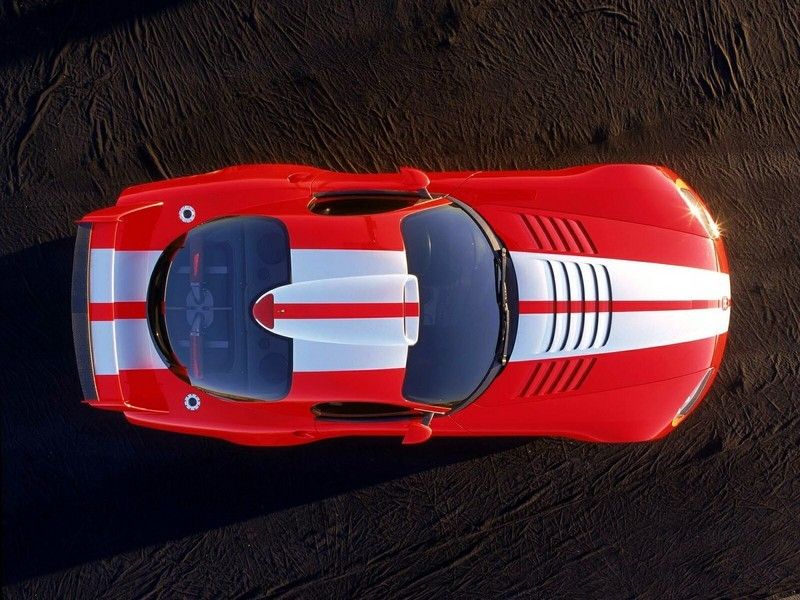
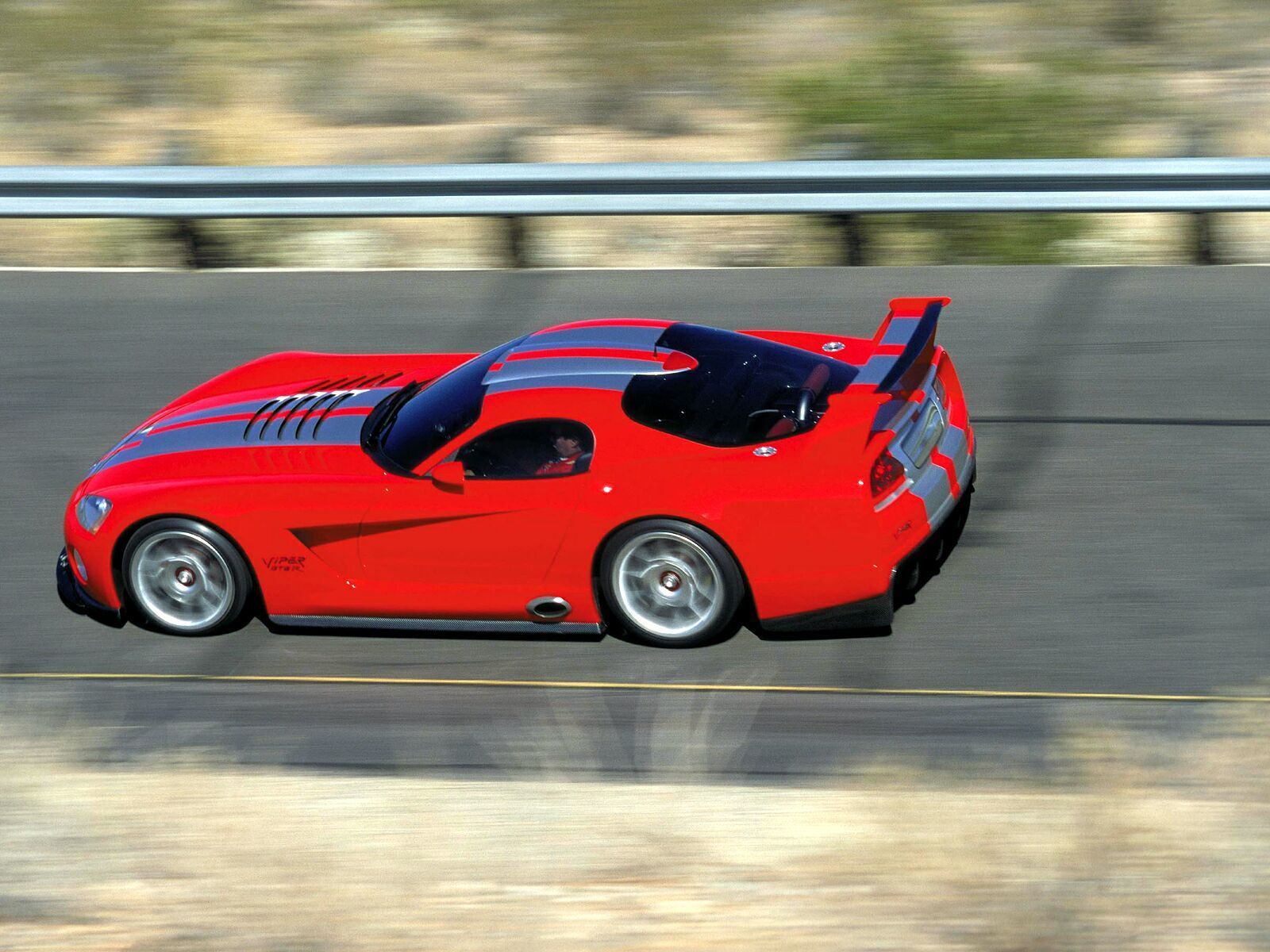
- Make: Array
- Model: 2003 Dodge Viper SRT10
- Horsepower: 510@5600
- Torque: 4200
- Transmission: 6-Speed Manual
- [do not use] Vehicle Model: Array
The next chapter of Dodge Viper continues to set the definition of extreme, yet features greater levels of refinement and finish. In other words, Viper retains its essence - its "Viperness" - while taking natural steps forward.
Those who have never driven or ridden in a Dodge Viper can scarcely understand the way the car translates torque into forward momentum, nor can they fully appreciate the turning and braking capabilities of its massive tires and disc brakes.
The new Viper SRT10 takes that unbelievable rush of performance to an entirely new level - beyond even that of the current American performance car standard. If one ride doesn't thrill, exhilarate, energize or excite you more than any other car on the road, check your pulse.
Convertible Top Opens the Possibilities for New Redesign
Engineers at Dodge, who had grown fond of their RT/10 Roadster and GTS Coupe and proud of the cars' performance capabilities, were fully aware of the wide tiretracks they would have to fill when the decision was made to create a new, true convertible version of America's ultimate sports car.
What began as a simple plan to alter the RT/10's roofline quickly grew to a "blue-sky" redesign when designers and engineers discovered that the accompanying 2.6-inch lengthening of the wheelbase would change more than 50 percent of the car's body panels and many chassis components. Vehicle synthesis engineers, never ones to sit idly by, set to work immediately using the stretch as their opportunity to find incremental ways to update and improve the car. And quicker than you can say "hasta la vista," the teams found out that with a little bit of tweaking here and an upgraded assembly there, they would have an entirely new car to build.
While the Chrysler Group's famously creative design office staged an internal search for the best new Viper design sketch, performance-minded engineers at then Team Viper began to analyze the opportunities that a redesign could offer on the performance front.
About the same time, combined marketing, engineering and communications teams from Dodge began polling key constituencies on what the next Viper should be - and as important, what it shouldn't be.
Among one of the most vocal and enthusiastic opinion groups - the owners AKA Dodge's Viper Nation - the replies consistently demanded ...
- More horsepower
- Bigger brakes
- Lighter weight
- A new convertible top mechanism
- A dead pedal
- Greater interior comfort
- Digital instrumentation
- Cruise control
- Cup holders
- A "bow-tie" lookalike
It was universally agreed that no matter the degree of change, certain Viper attributes - the car's legacy and signature to the world - must remain.
The message was loud and clear - Viper must be a front-engined, two-seat, rear-wheel-drive sports car. It must have a V-10 making at least as much power as the current 450 hp versions. That a six-speed manual transmission be the only choice. That it be devoid of cupholders, cruise control and traction control. Viper would be a driver's package, and never a luxury boat posing as a sports car.
Build a true convertible version of the original Dodge Viper RT/10 Roadster
Refine the original caricature without losing its outrageous design
Raise the benchmark for unmatched performance
Maintain the back-to-basics approach from the original Viper
Preserve the American sports car heritage
The 2003 Viper SRT10 once again underscores the core philosophies of the Dodge brand by being the ultimate automotive icon for extreme performance and extreme attitude.
"Back in 1992, the purpose was to re-orient what the Dodge brand was all about," said Jim Julow, Vice President - Dodge Motorsports and SRT Marketing. "We had just come out of a lot of years without any significant performance-oriented products. We needed to send a message that we had a new concept - a very historically accurate concept - but one which had not been seen in America for a long time. We wanted to come up with something that was so outrageous, so cutting edge, so purpose built that it said we still had a lot of car nuts around here; people with the know-how to put the most outrageous street car ever on the road.
"The continuation of the Viper allows us to hatch a whole new line of performance cars that go across more vehicle types than just two-door roadsters," continued Julow. "This whole SRT line of vehicles will aspire to be the Viper of their category."
Improving on a Legend
In creating the next chapter of Dodge Viper, the goal was also to enhance its unfiltered blend of performance.
As part of the Dodge Viper's complete redesign, more than 100 changes and improvements have been made to the chassis, brakes, suspension, tires, engine, transmission, cockpit, electronics and more than a dozen body panels.
Yet Viper retains a traditional front-engine, rear-wheel-drive layout with a six-speed manual transmission. The commitment was made early on to use a racing-style chassis including fully independent four-wheel suspension, wide tires and wheels for maximum grip and massive brakes for stopping power.
A race-derived two-seat cockpit looks over a highly functional instrument panel with center-mounted tachometer and a 220 mile-per-hour speedometer. A traditional push-button starter reinforces the purposeful layout and race-car inspirations.
A new version of the Viper's four-wheel anti-lock disc brake system, originally introduced for the 2001 model year, is enhanced for this next-generation car.
With a new bored and stroked aluminum engine block that increases the Viper's displacement from 488 to 505 cu. in. and pushes its V-10 power output to 500 horsepower and 525 lb.-ft. of torque, Viper has no equal on the road.
"For a brand like Dodge, maintaining best-in-class performance claims are absolutely the most important thing we can do," said Julow. "As a brand, we must differentiate ourselves based on performance and driveability in creating a true enthusiast car. We need these proof points because frankly, not everyone wants to have a 500-horsepower, two-door convertible. Not everyone necessarily wants to have a turbocharged, manual transmission small car. Not everybody's looking for an aluminum block full-size truck.
But they're looking for a brand that's willing to put a little bit extra into everything it builds, and the proof points for that are the SRT (Street and Racing Technology) line, which pushes the envelope as far as we can."
Exterior
With styling cues derived from the Dodge Viper GTS/R concept car first shown at the 2000 North American International Auto Show, the all-new 2003 Dodge Viper SRT10 convertible packs an outrageous new design into a low-slung roadster shell.
Lowered hood lines, swept-back fenders and deep-cut side scallops take their cues from the classic original, yet bring the Viper into the 21st century. Improved aerodynamics and a partial undertray add functional performance enhancements.
Viper's visceral lines speak volumes of the passion that Dodge designers bring to their craft. The new Viper gives enthusiasts an American sports car that remains true to the credo of pure performance.
The new Viper has a new roofline profile with an easy-to-operate drop top. The Dodge Viper was initially introduced with a full-width sport bar that brought open-air motoring to the Dodge lineup. The second chapter of Viper history was written when the GTS Coupe was added in 1996, and added classic gran tourismo styling to match the car's prodigious performance capabilities.
The new Viper's bi-fold clamshell top with single center latch now makes it a true convertible, harking back to a time when sports cars delivered serious performance capabilities and stood for untamed freedom.
For drivers seeking the farthest edge of the performance envelope, Viper remains nothing less than a streetable supercar - sophisticated yet brutal.
The Dodge Viper SRT10 is available in red, black and bright silver metallic.

